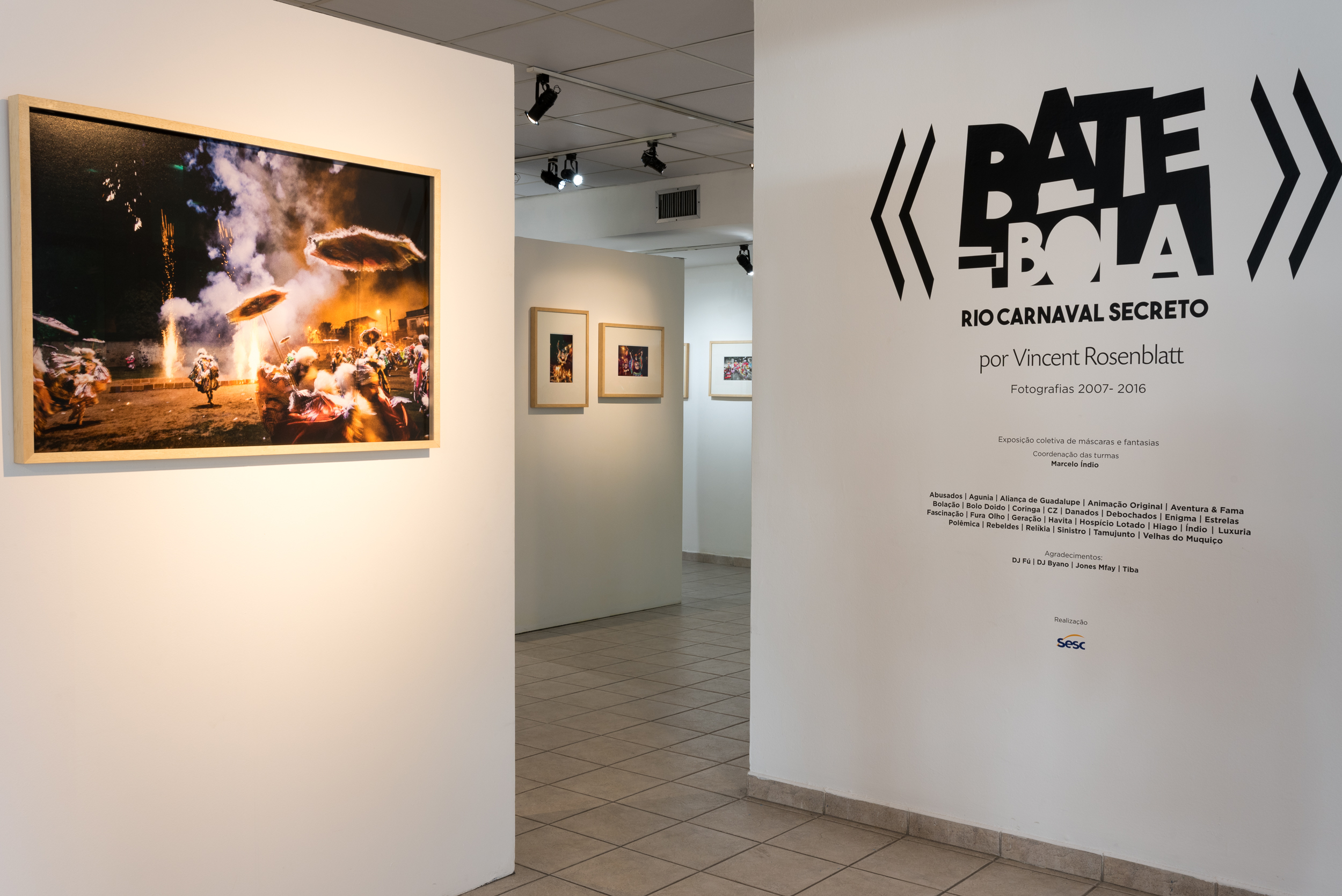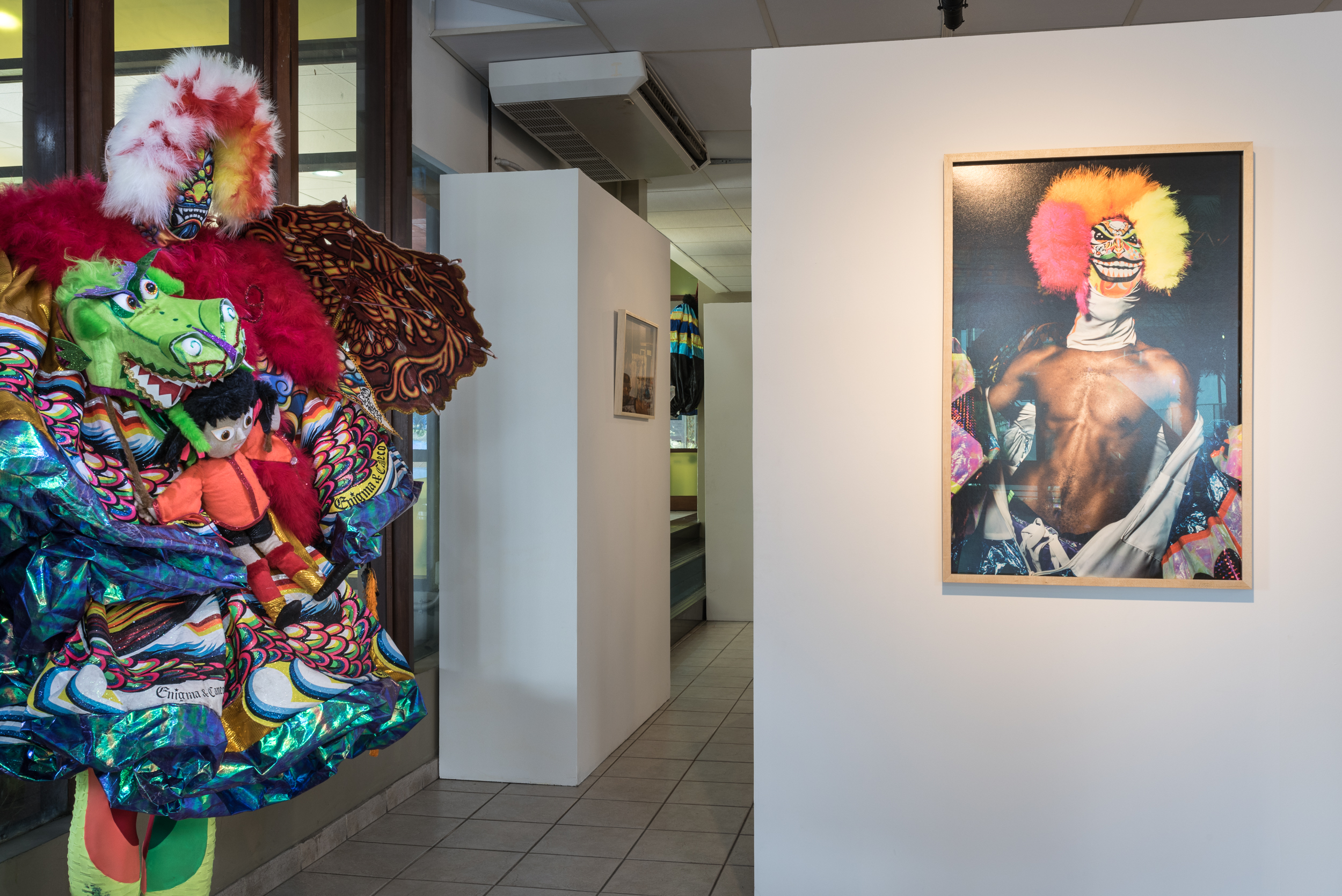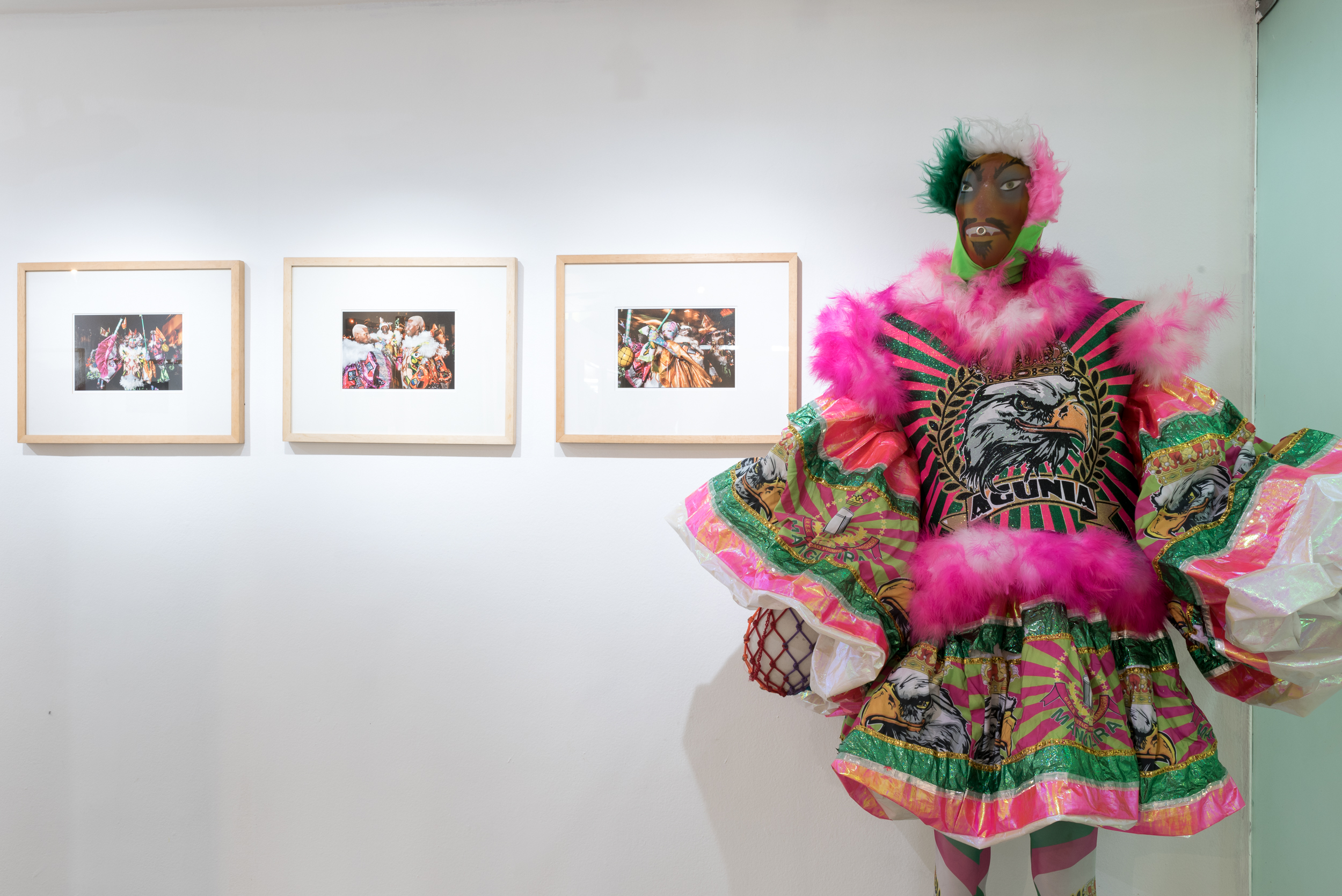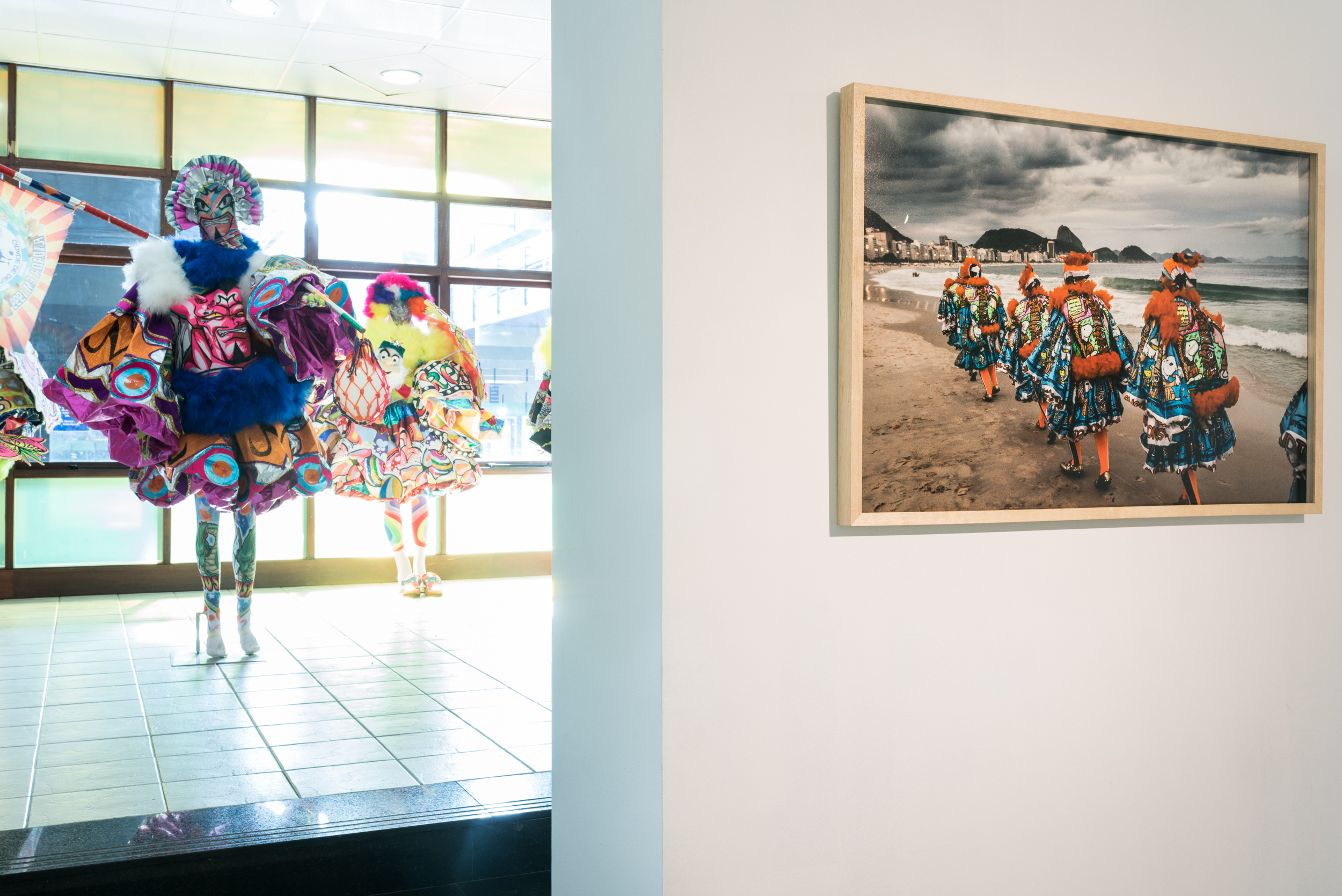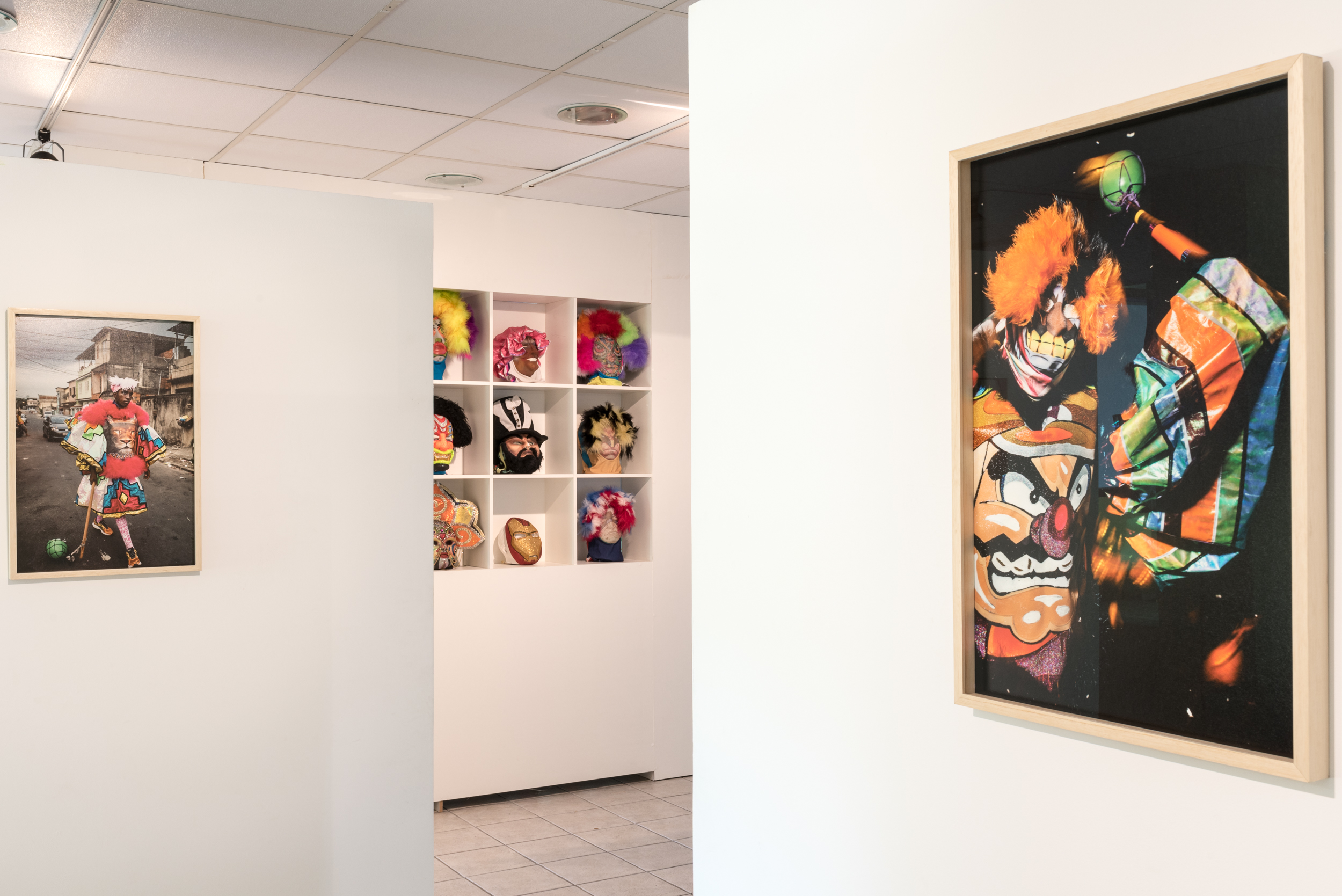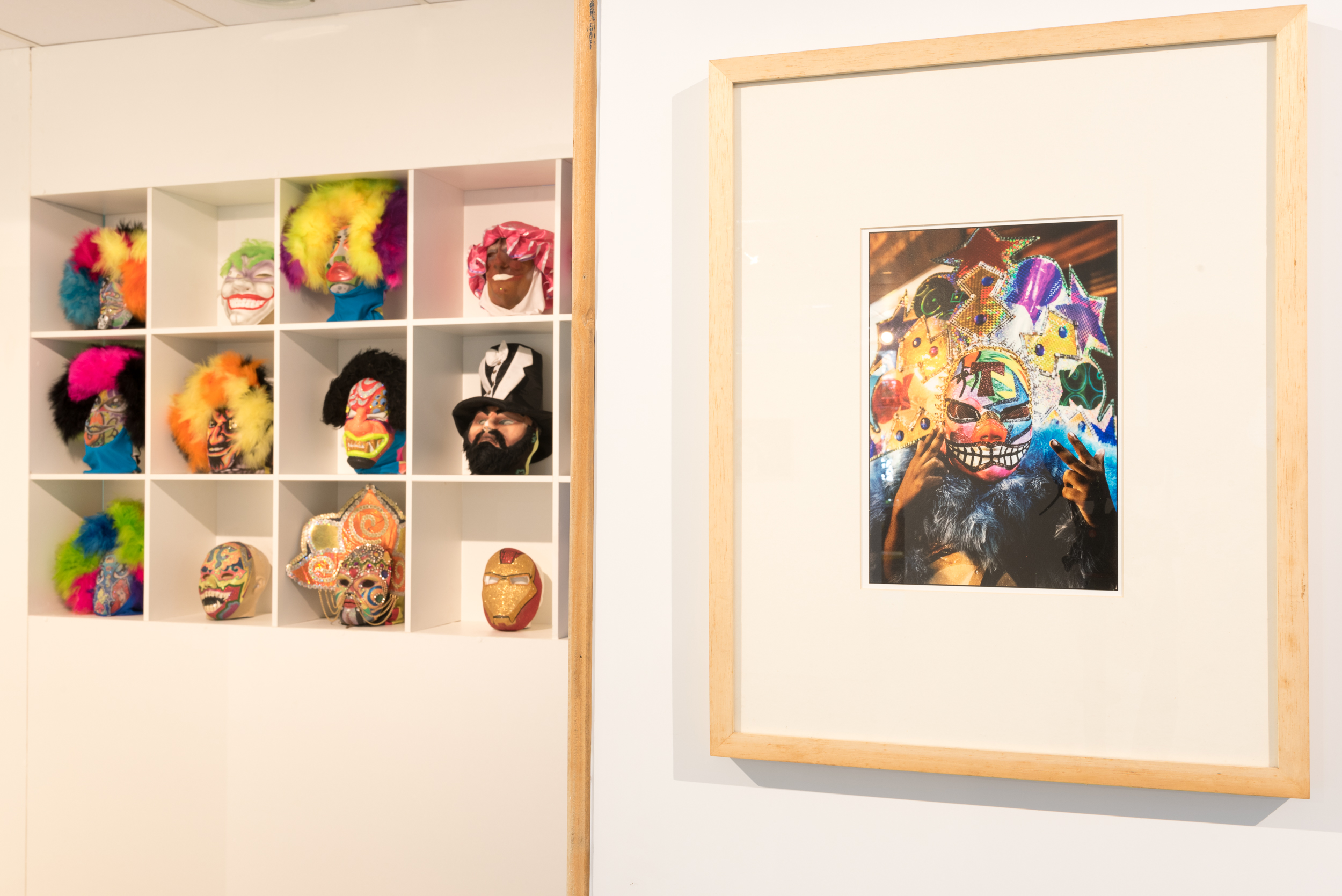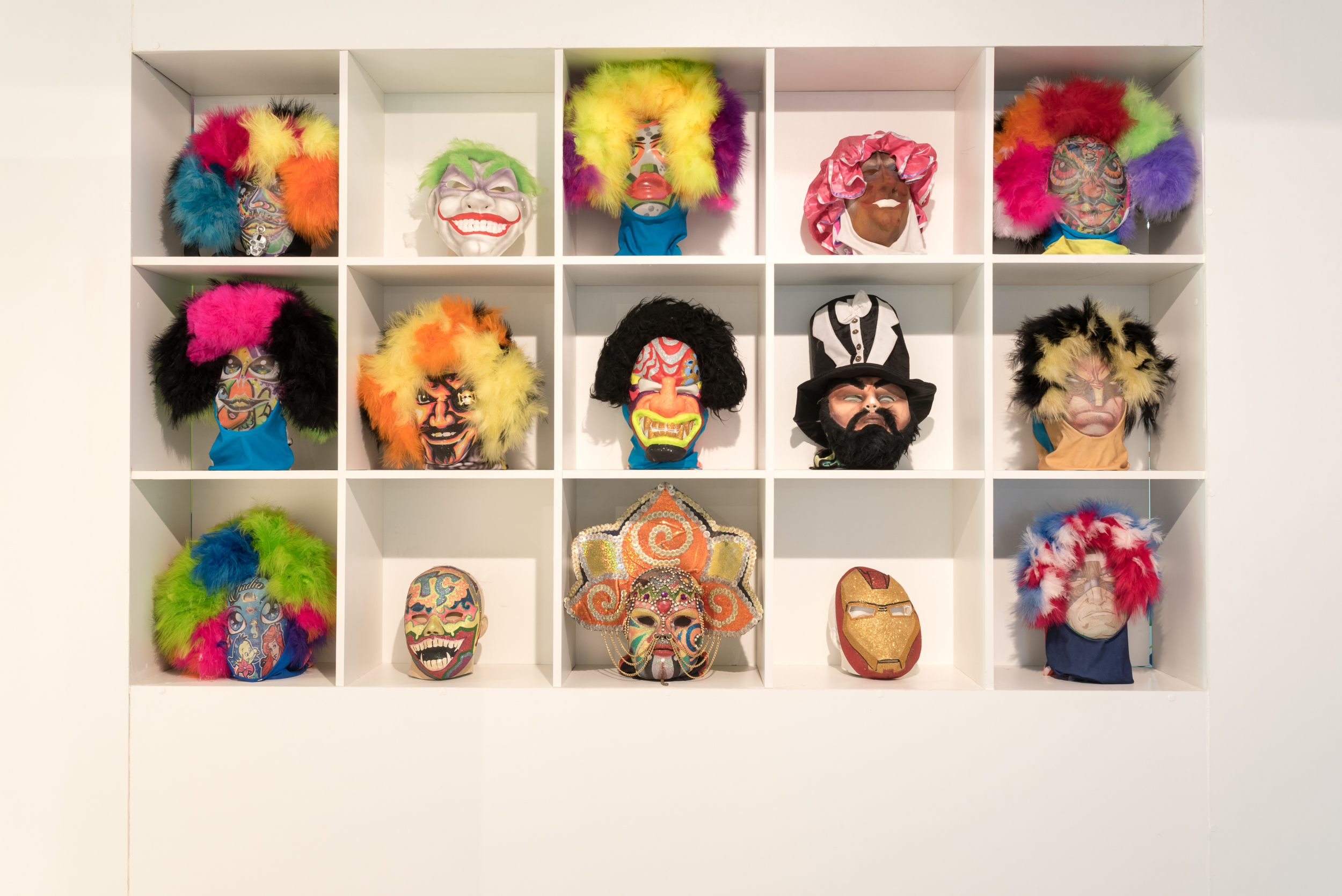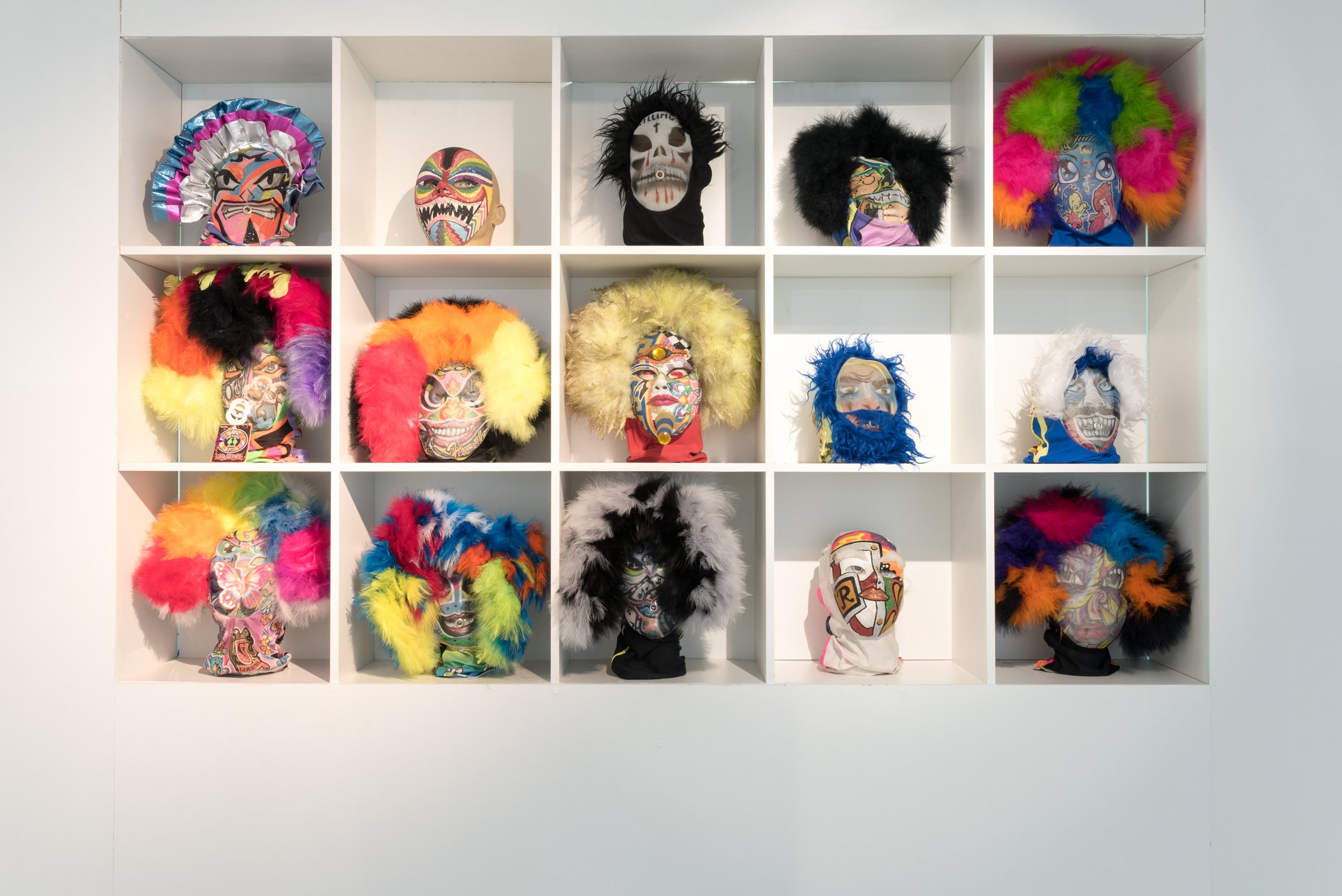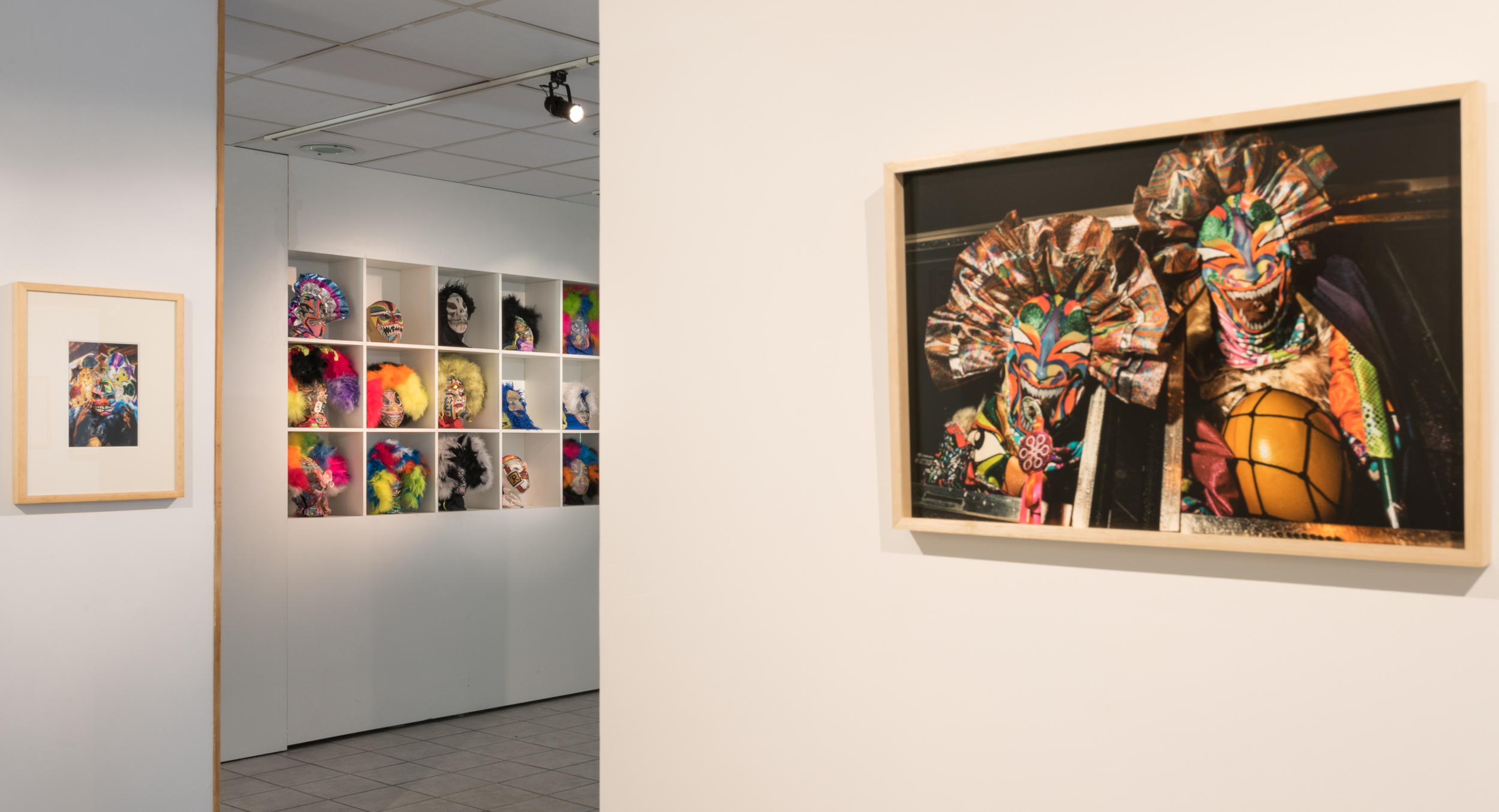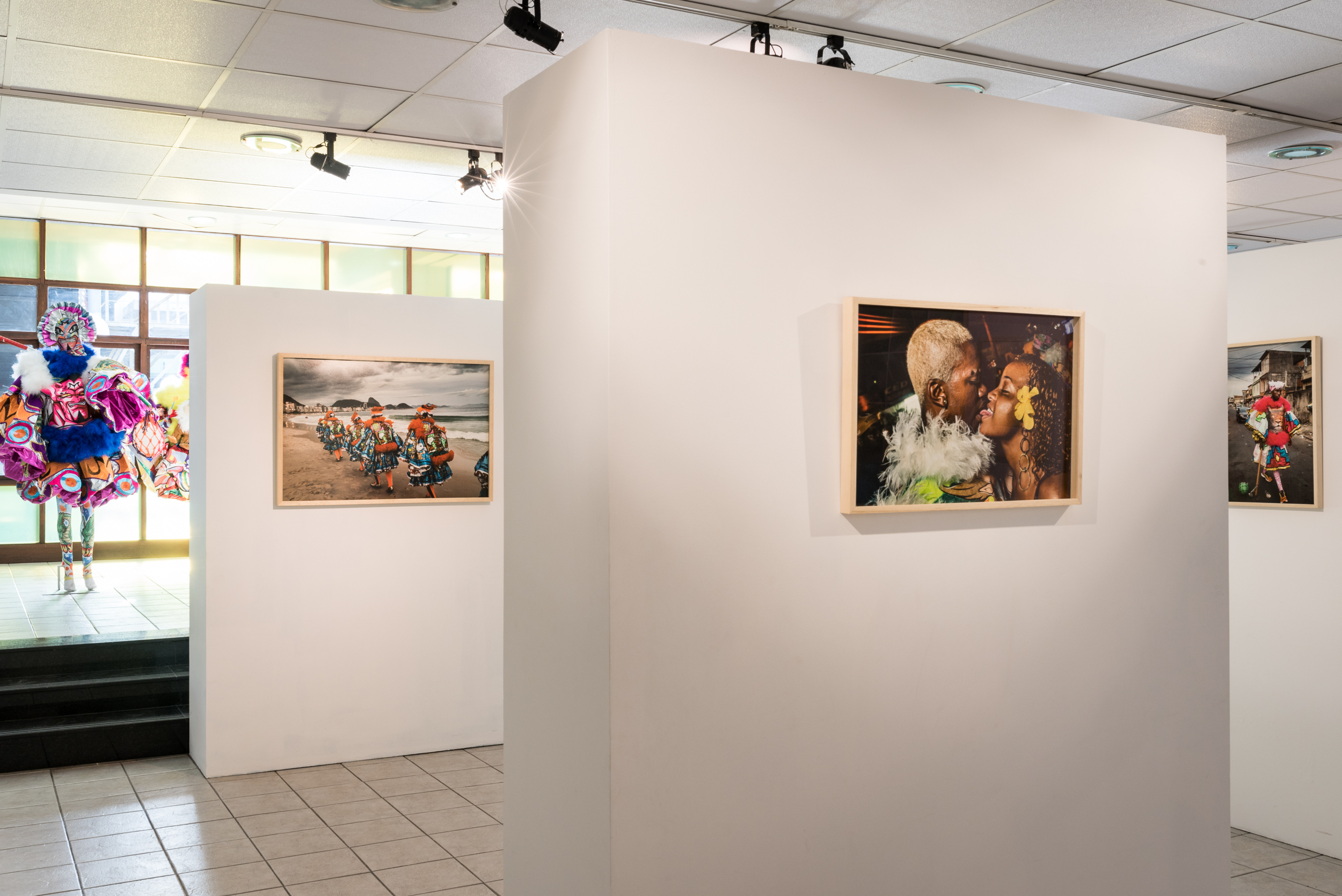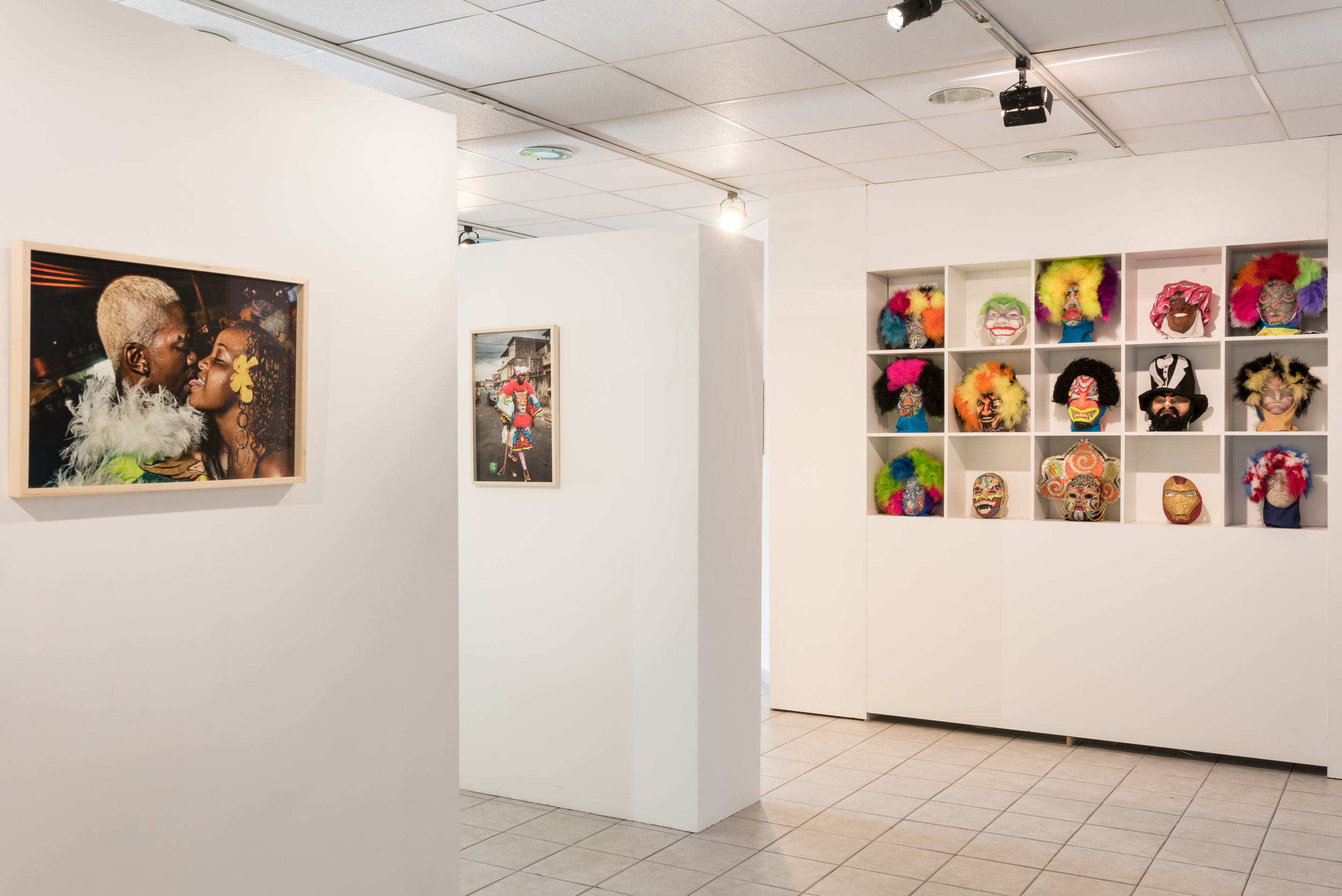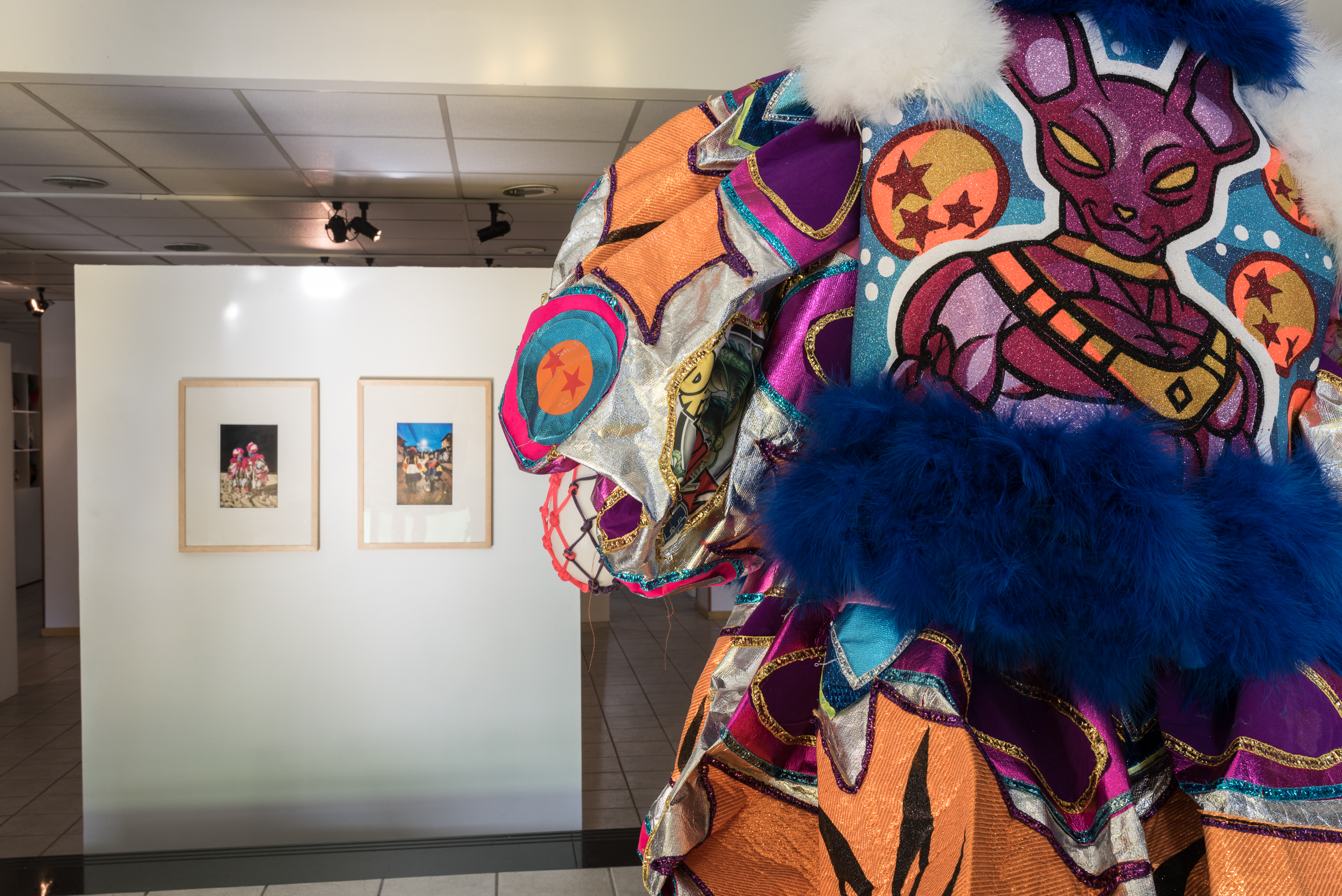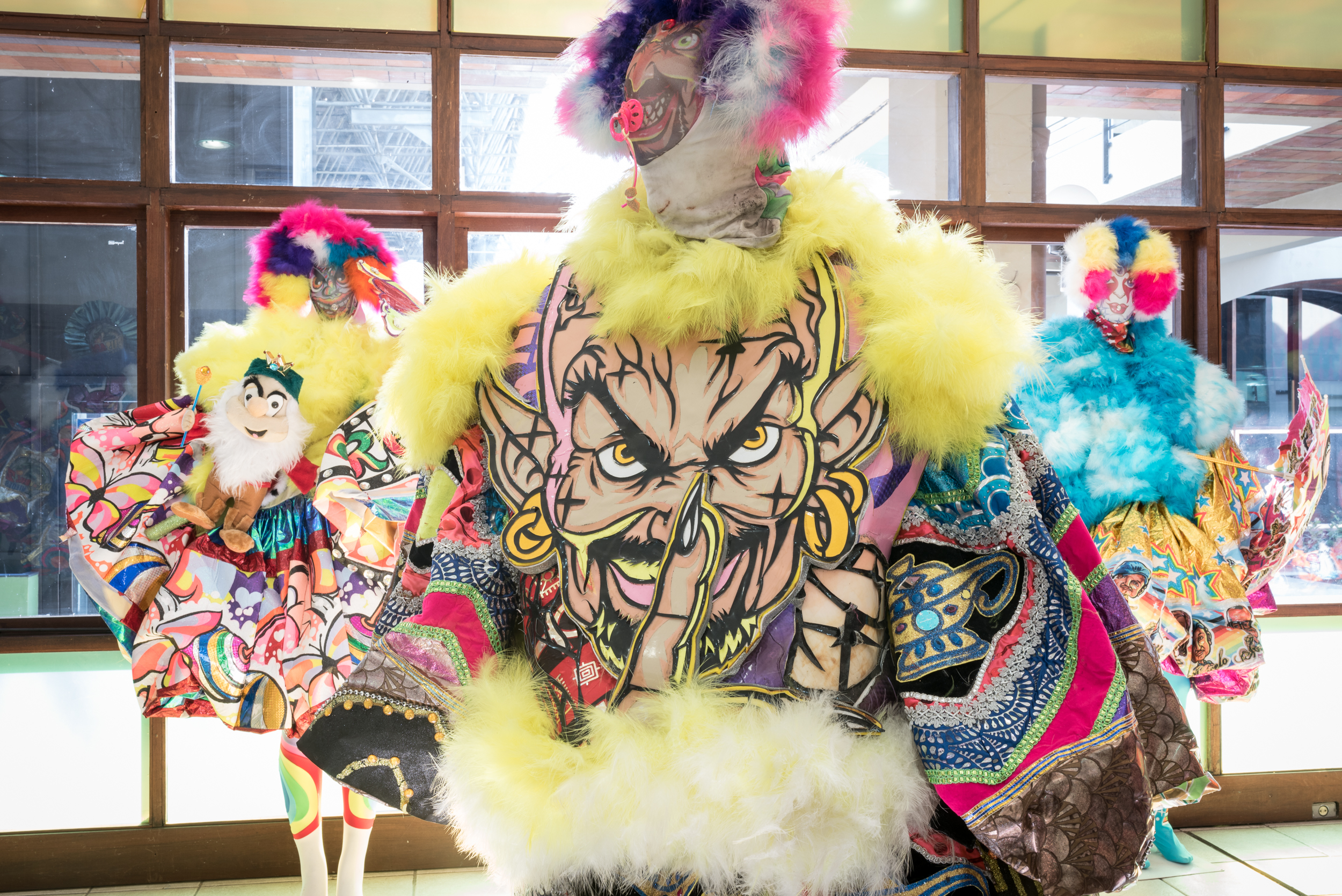Bate-Bola - Rio Secret Carnival
Rio's suburban futuristic, sweet & violent clowns erupt during carnival.

Turma do Indio - Guadalupe - Zona Norte, Rio de Janeiro 2017
When the focus of the carnival is set on the glamorous Sambodrome and its tightly rhythmed samba parades, curious creatures overflow the abandoned suburban streets of Rio. Their soundtrack is not Samba, but Funk Carioca.
The phenomenon dazes the eye. It follows the tradition of street-art: vivacious, inventive, ever evolving. It is here that lies Rio's carnival's real originality. Yet this suburbanand favela-born expression continues unacknowledged by the Brazilian media and high society. It is difficult to understand how such a loud and bright movement could remain so muffled.
Bate Bola, or "hit the ball" in Portuguese is indeed loud and bright. Each year, groups soaring up to a 300 members, orchestrate their much awaited "Saída" (exit in Portuguese) in a flamboyant mise-en-scène, thus presenting the year's new theme and costume design. Much like thunderous hounds, these bright clowns roar through the suburbs thrashing their ball on the ground, seizing the senses. They both delight and terrorize screaming children all at once, much like a rollercoaster ride. Yet in spite of their mainly male tribal performance, their costumes are oddly feminine. Their dresses' bright colors and exaggerated volumes, actually make them look like over-sized lollipops. The tainted plumes, Disney-like drawings on the shiny materials add to their irresistible appeal, while the peach or strawberry perfume they copiously splash on constitutes the final touch of an almost unbearable sweetness.
"Clashes" between rivals sometimes skid. That's why many groups have adopted the umbrella in place of the balloon, to openly show their peaceful mood.
The rivalry - ubiquitous - is mostly limited to a verbal brawl. It's part of the game.
The groups scrutinize and compare their disguises to the smallest detail. The making of the costume is a complex, elaborate art. Each year, each group makes a new costume in its entirety. Everything is homemade or by specialists and the cost is extremely high. A suit can cost 600 euros, or three months minimum wage in Brazil - ordered from the group leader (who is both the artist and the authority holder) and paid in monthly parcels throughout the year. This shows the degree of desire for art and sublimation of the daily lives of the inhabitants of the less favored areas of Rio. It all starts with the choice of the main theme: Saint George slaying the dragon - syncretism of the warrior orisha Ogum, the world of Walt Disney, the history of Brazil or the latest Hollywood blockbusters.
While the middle class and the elite of Rio still misunderstood the phenomenon, the Bate Bola seems to ignite the northern neighborhoods. It's hard to understand why these big boys would like to disguise themselves as pink clowns, scented with strawberry or vanilla. How does Bate-Bola bring so many people together each year? We are talking about 1000 groups, from 3 to 250 members each, throughout the state of Rio.
It should not be forgotten that most come from favelas and that all year they are ignored by the rest of society.
Ritual belonging, collective identification, solidarity within the group, it seems that the phenomenon attracts all participants. In some groups, police, bandits, people who normally make war but who during the carnival forget their differences and come together for the pleasure of going out in Bate-Bola! A small miracle in this city where war is literally raging between police and favelas. A carnival on the sidelines of the official organization, often threatened with prohibition and whose music is also "badly seen": the clowns parade and dance on Funk carioca, a rhythm whose freedom is threatened more and more.
See more images at my Editorial website
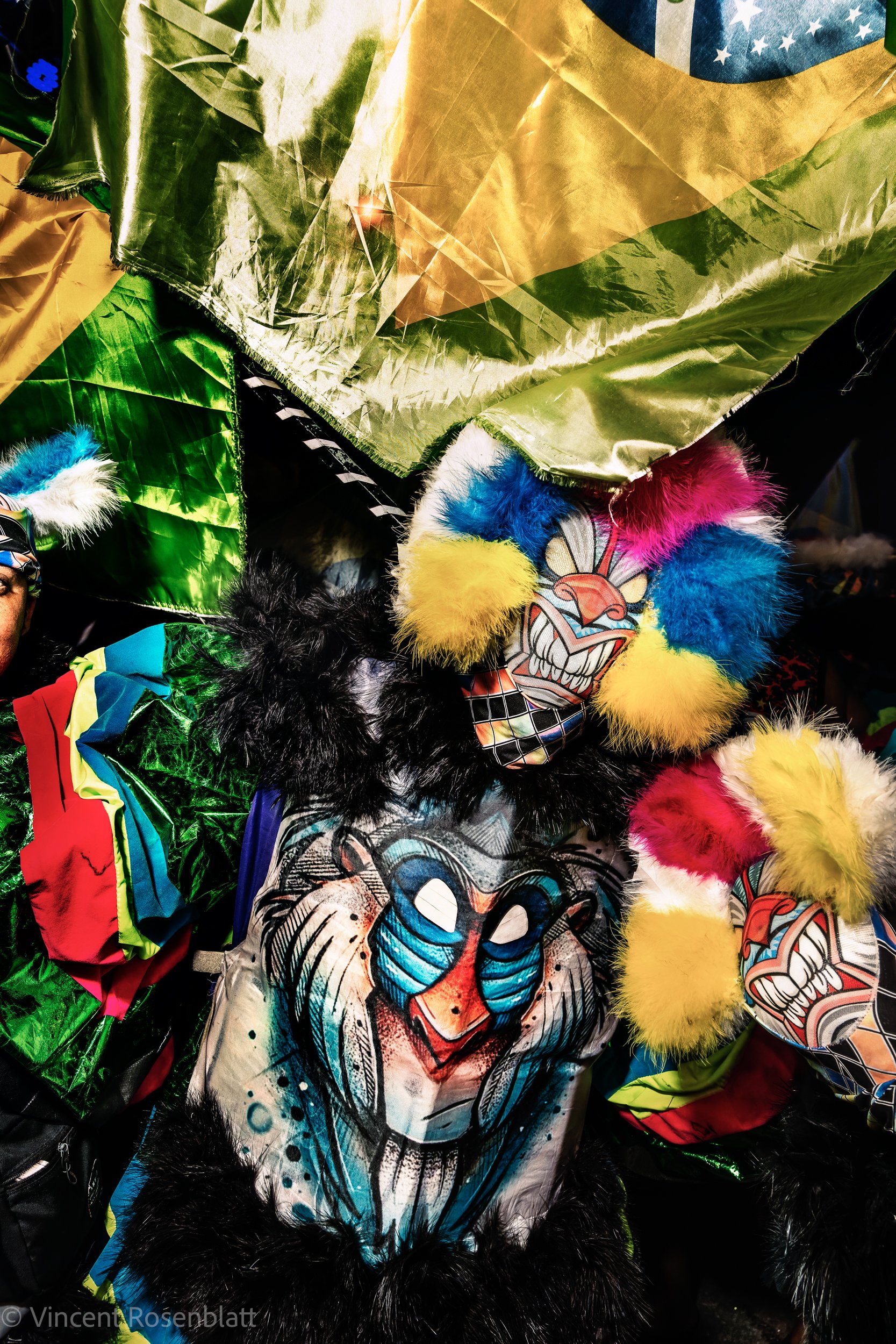
Tropa do 22, bate-bola group from Bento Ribeiro, photographed in Marechal Hermes, Zona Norte, Rio de Janeiro, 2022.
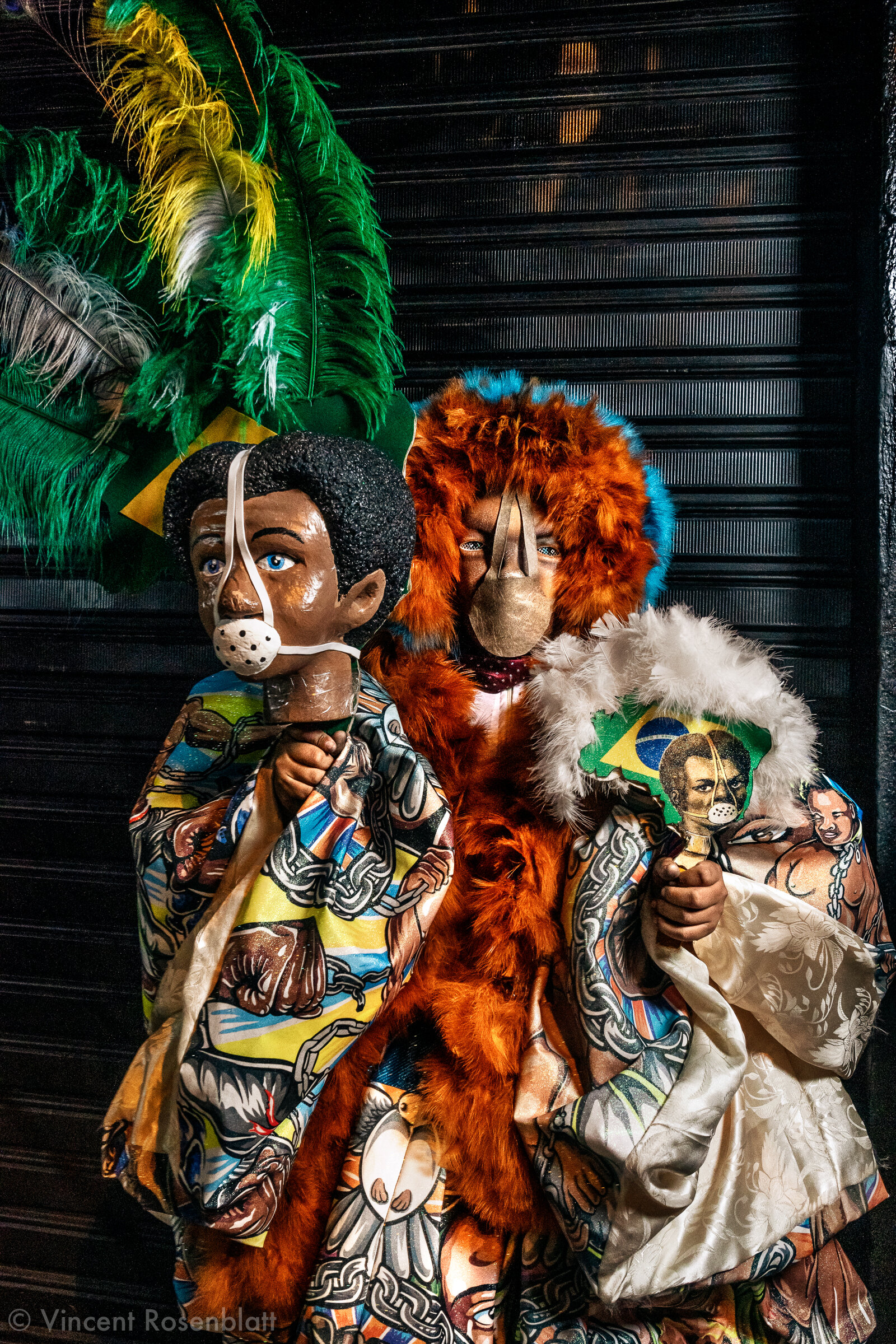
The TBL group of Santissimo made a fantasy about the history of slavery and abolition - Carnival 2020 - Santissimo, West Zone of Rio de Janeiro.
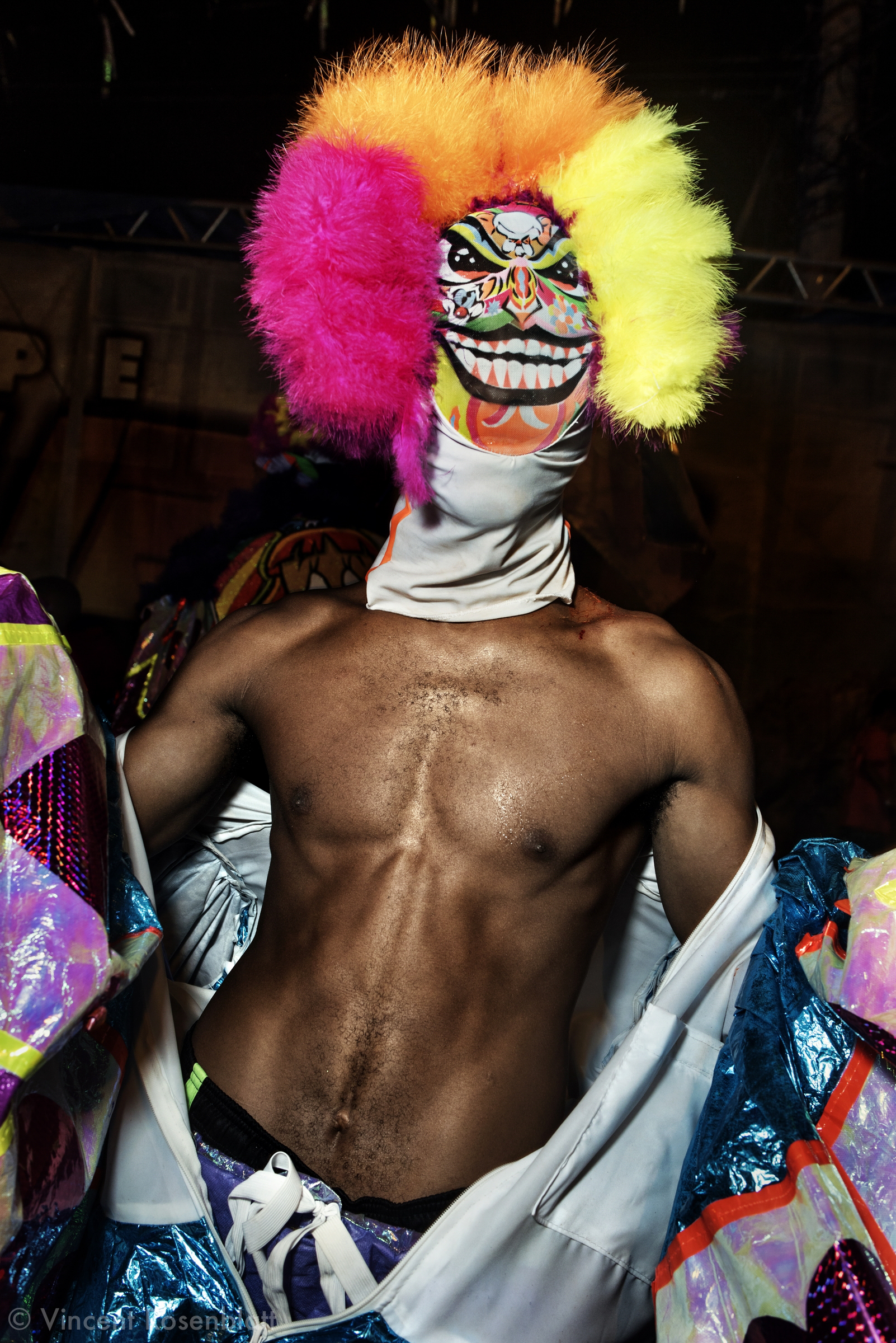
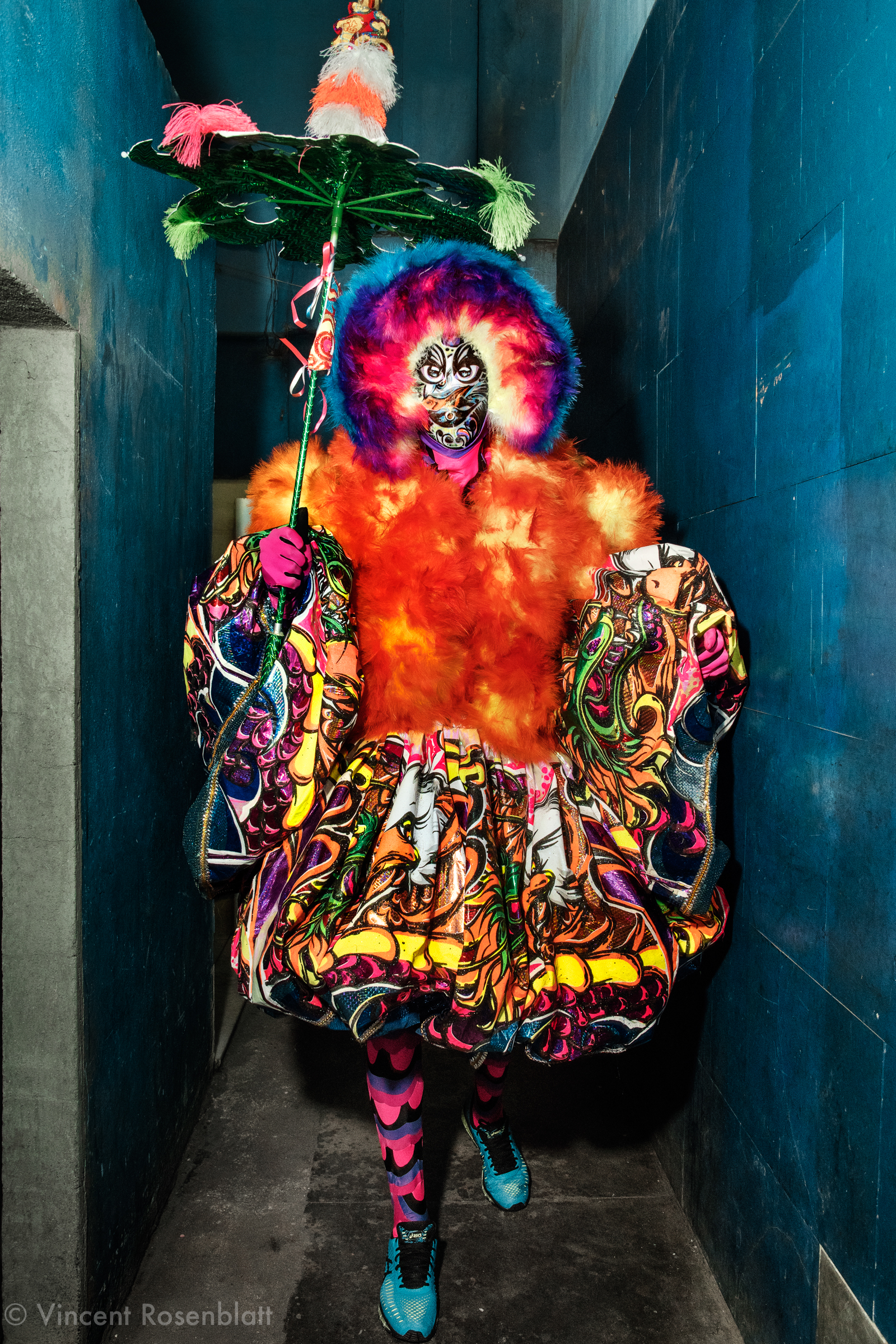
Preparations for the show of the "Amidia" group of Bate-bola (Carnival clowns) - Olaria, North Zone of Rio de Janeiro, 2017.

Show of the bate-bola group Truque de Mestre (Master Trick) in the Urubu favela, North Zone of Rio de Janeiro, Carnival 2020.

Havita is one of the most ancient Bate-bola group in Rio de Janeiro; with nearly 30 years of existence. They often parade with 150 members - it's also one of the largest group of RIo. Their party on Sundays of Carnival is the meeting point for dozens of rival groups from the neighborhood to show of their costumes.
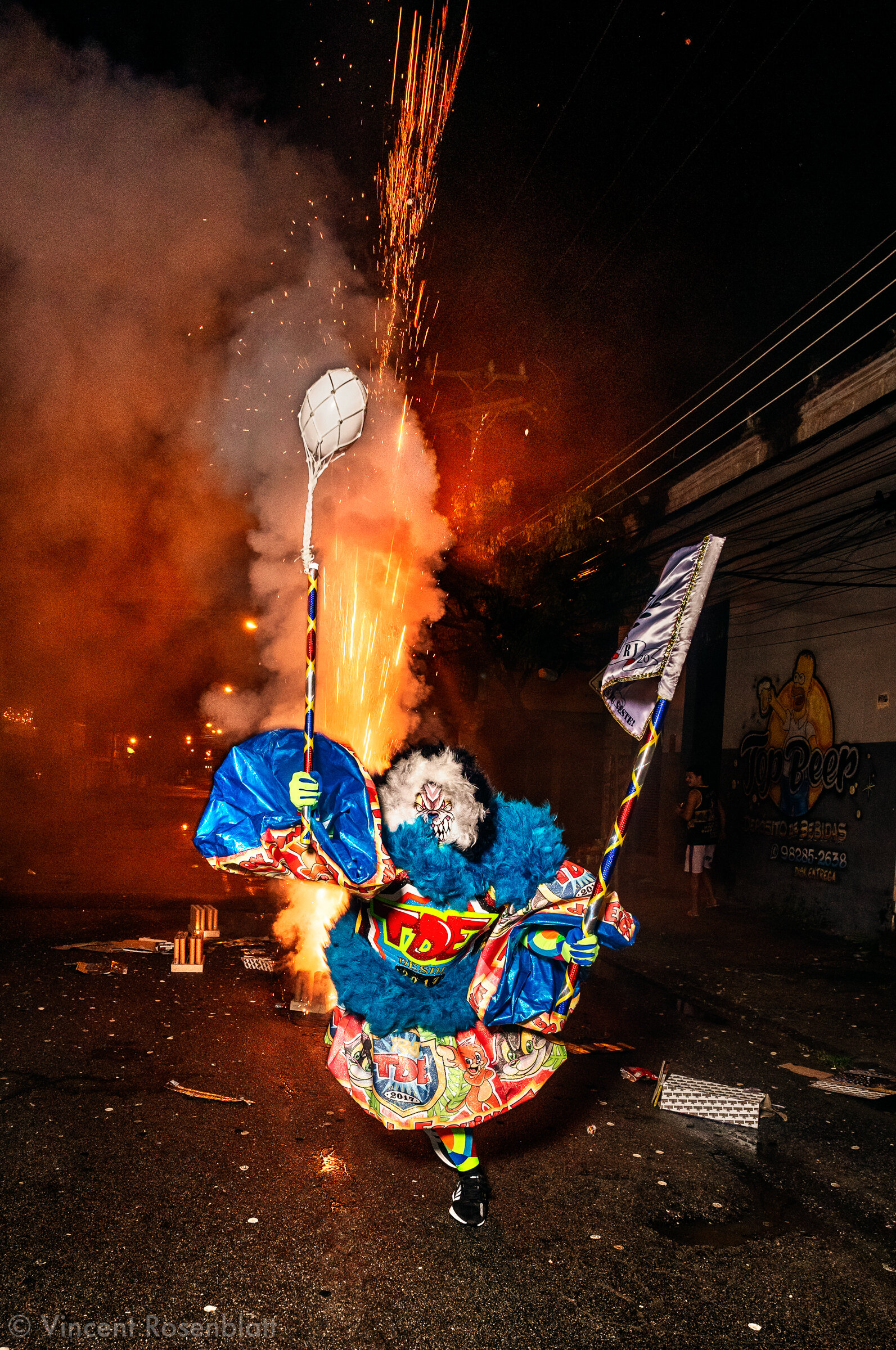
Show of the Turma da Esquina in Oswaldo Cruz, North Zone of Rio de Janeiro, Carnival 2020.

Old fashioned retro-styled Bate-Bola, favela of Muquiço, North Zone of Rio de Janeiro, Carnival 2018. Retro Bate-bola are a tendency since the economic crisis in Brazil.
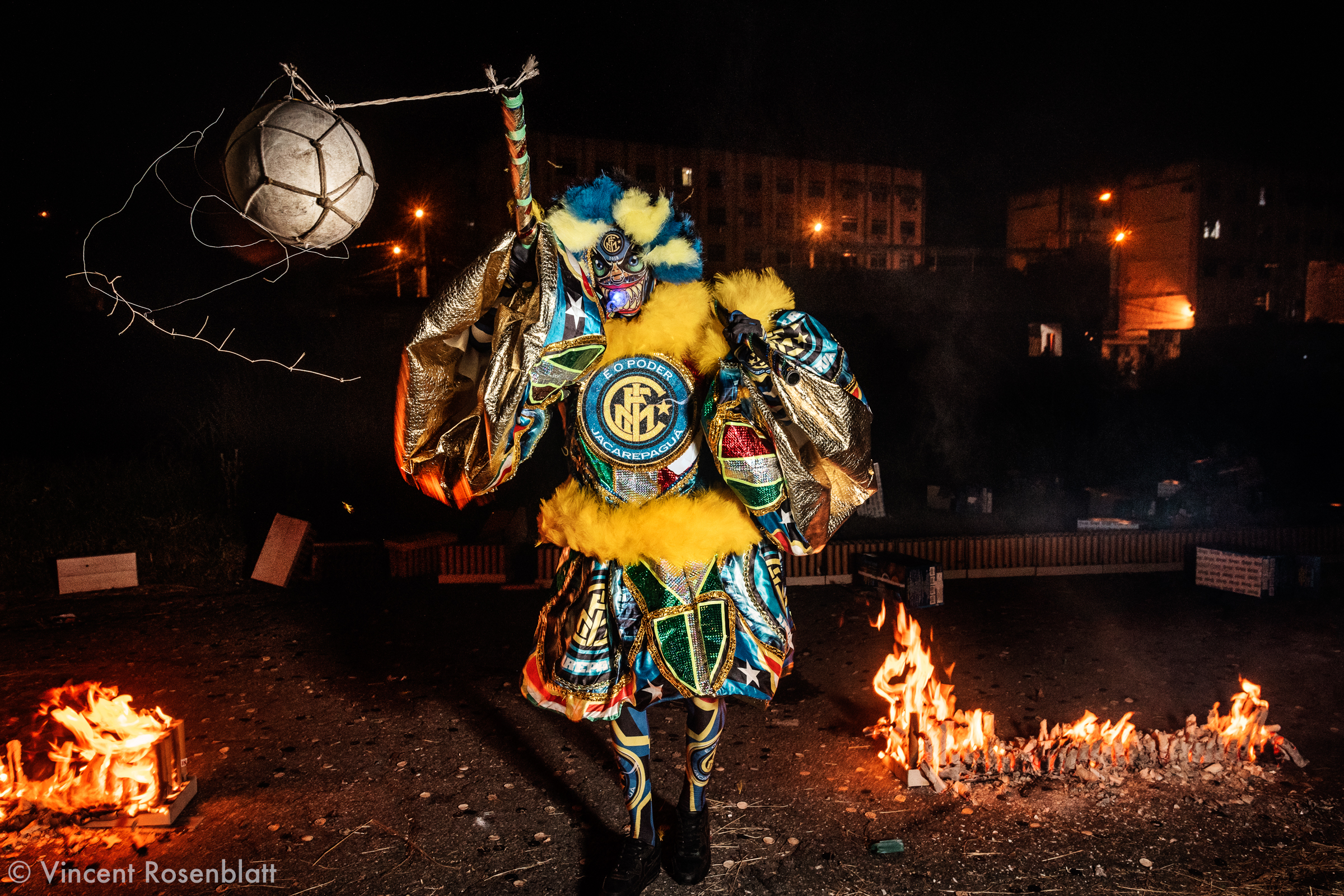
"É o Poder" - It's the Power ! Bate-Bola group from Jacarepaguá, West Zone of Rio de Janeiro, showing off in Oswaldo Cruz, territory of other groups.
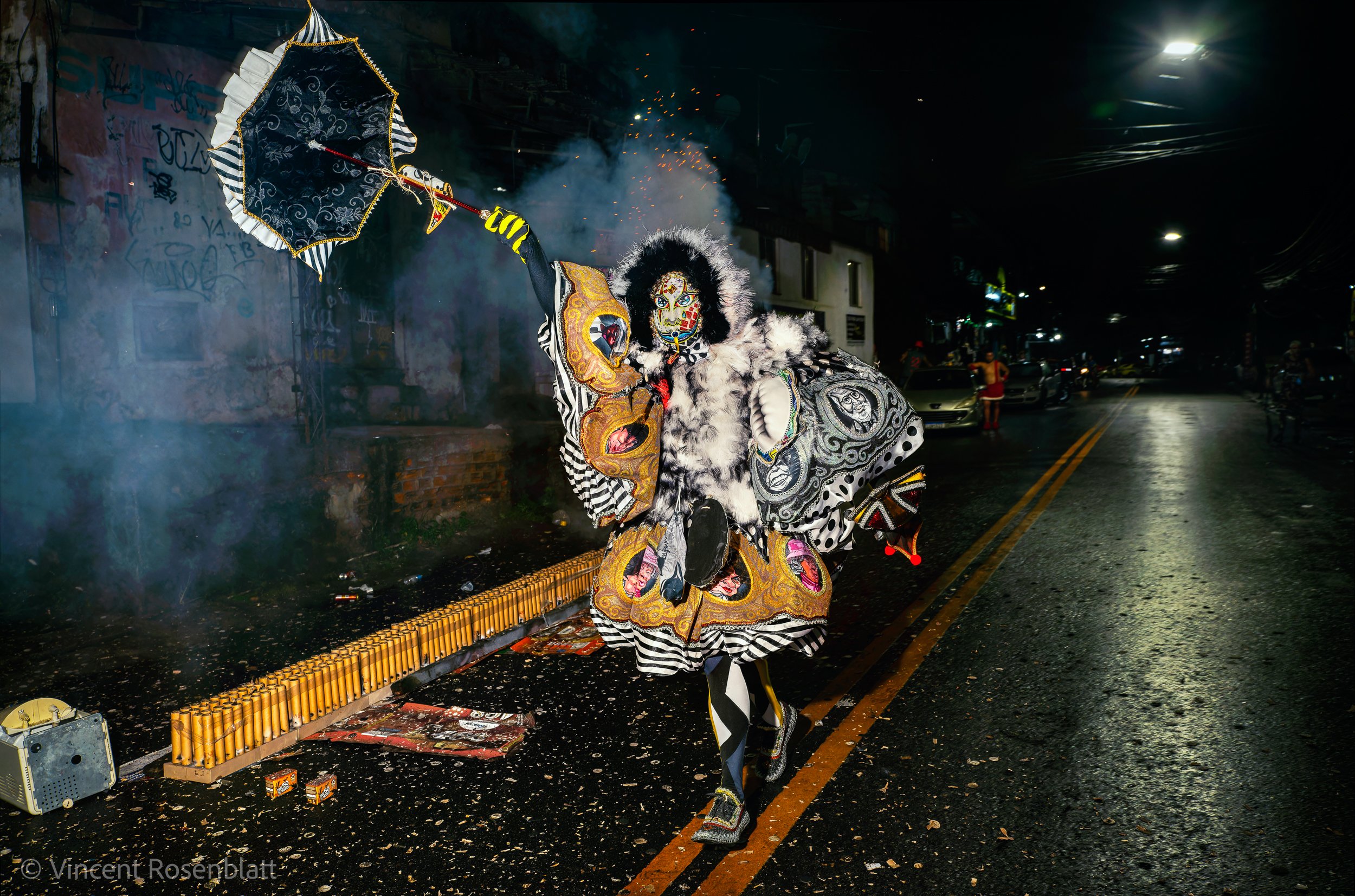
Conceito - Bate-bola group from Vila Valqueira, Zona Norte, Rio de Janeiro, 2023.
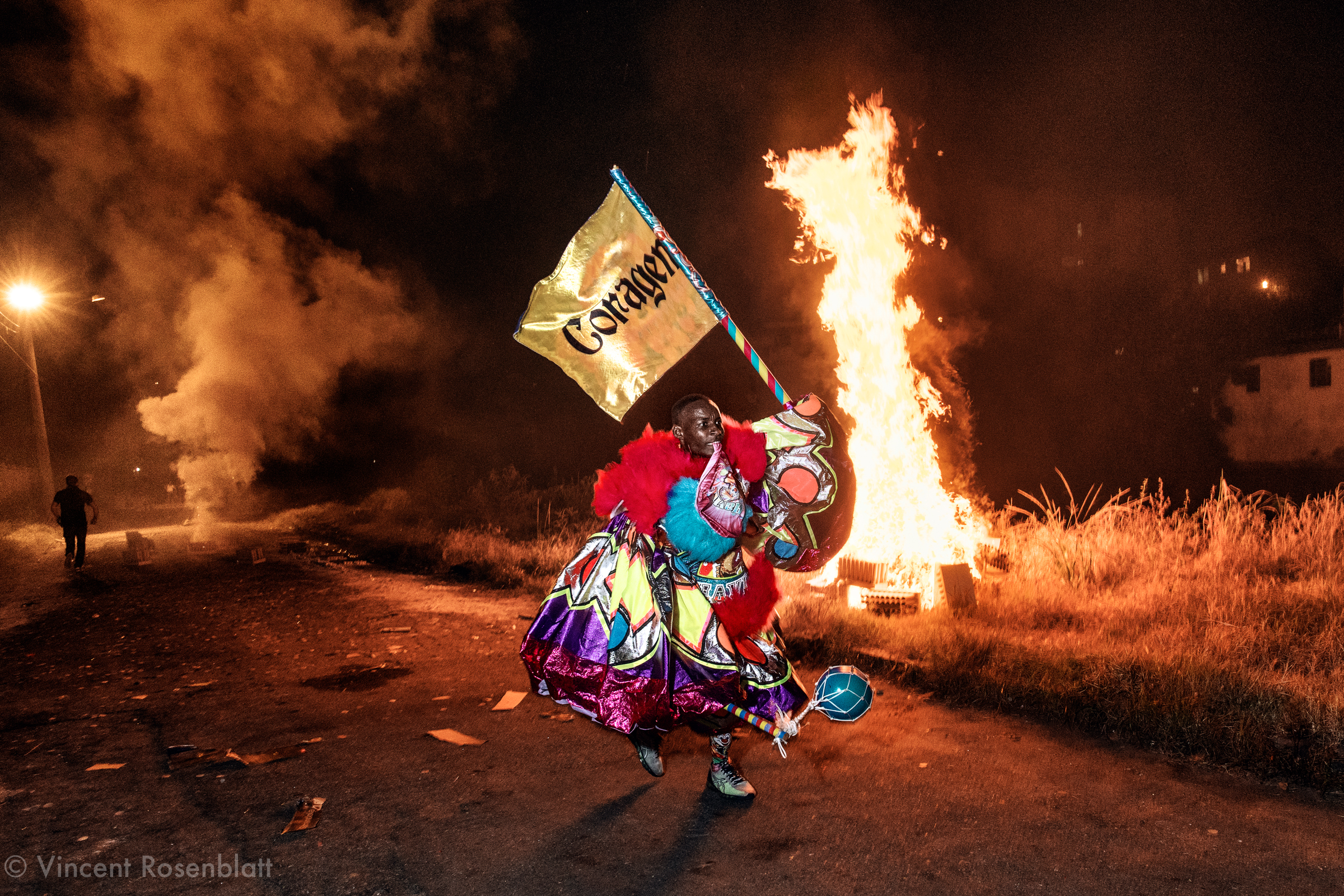
Havita is one of the most ancient Bate-bola group in Rio de Janeiro; with nearly 30 years of existence. They often parade with 150 members - it's also one of the largest group of RIo. Their party on Sundays of Carnival is the meeting point for dozens of rival groups from the neighborhood to show of their costumes.
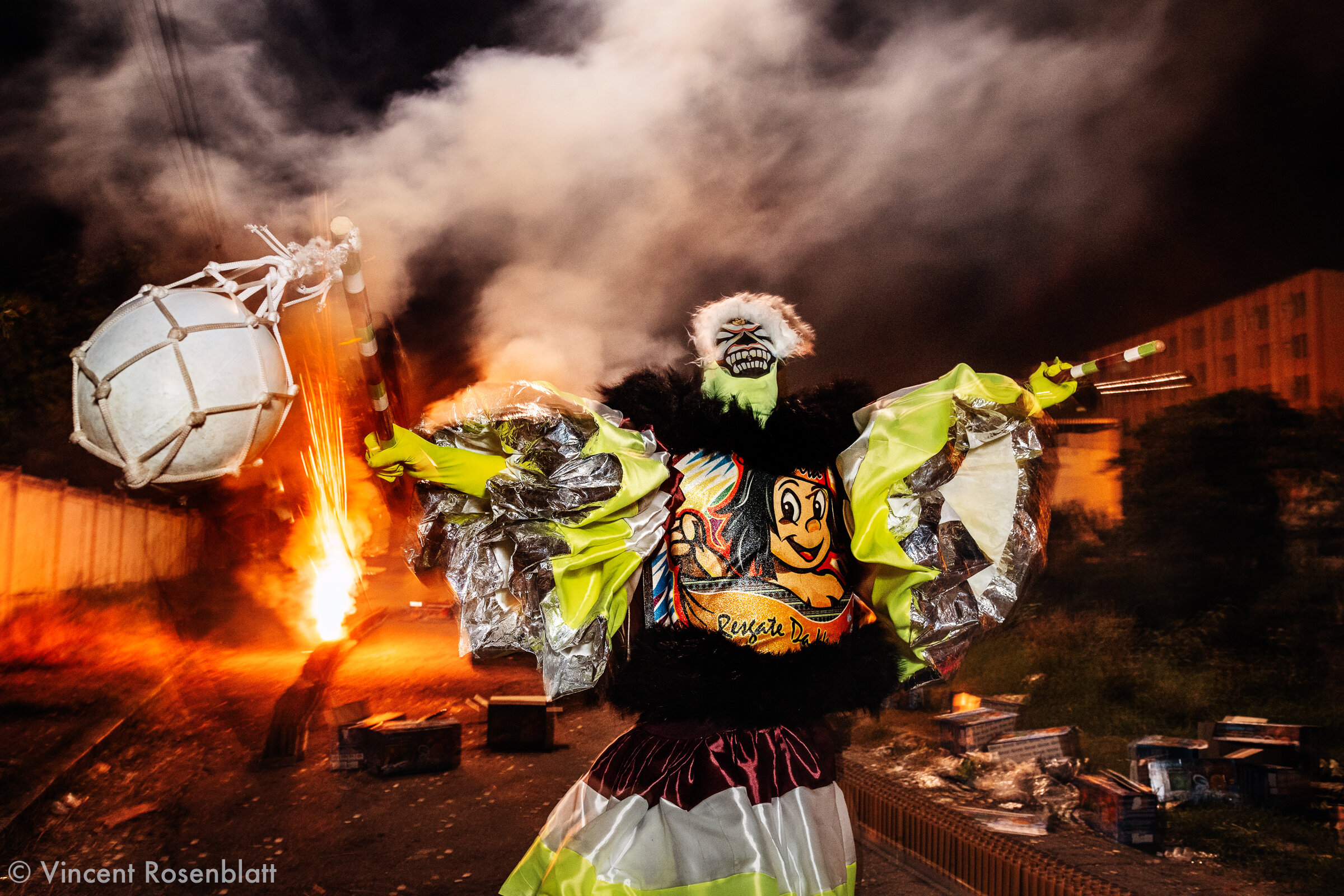
"Havita" group of Bate-Bola, Oswaldo Cruz, North Zone of Rio de Janeiro.
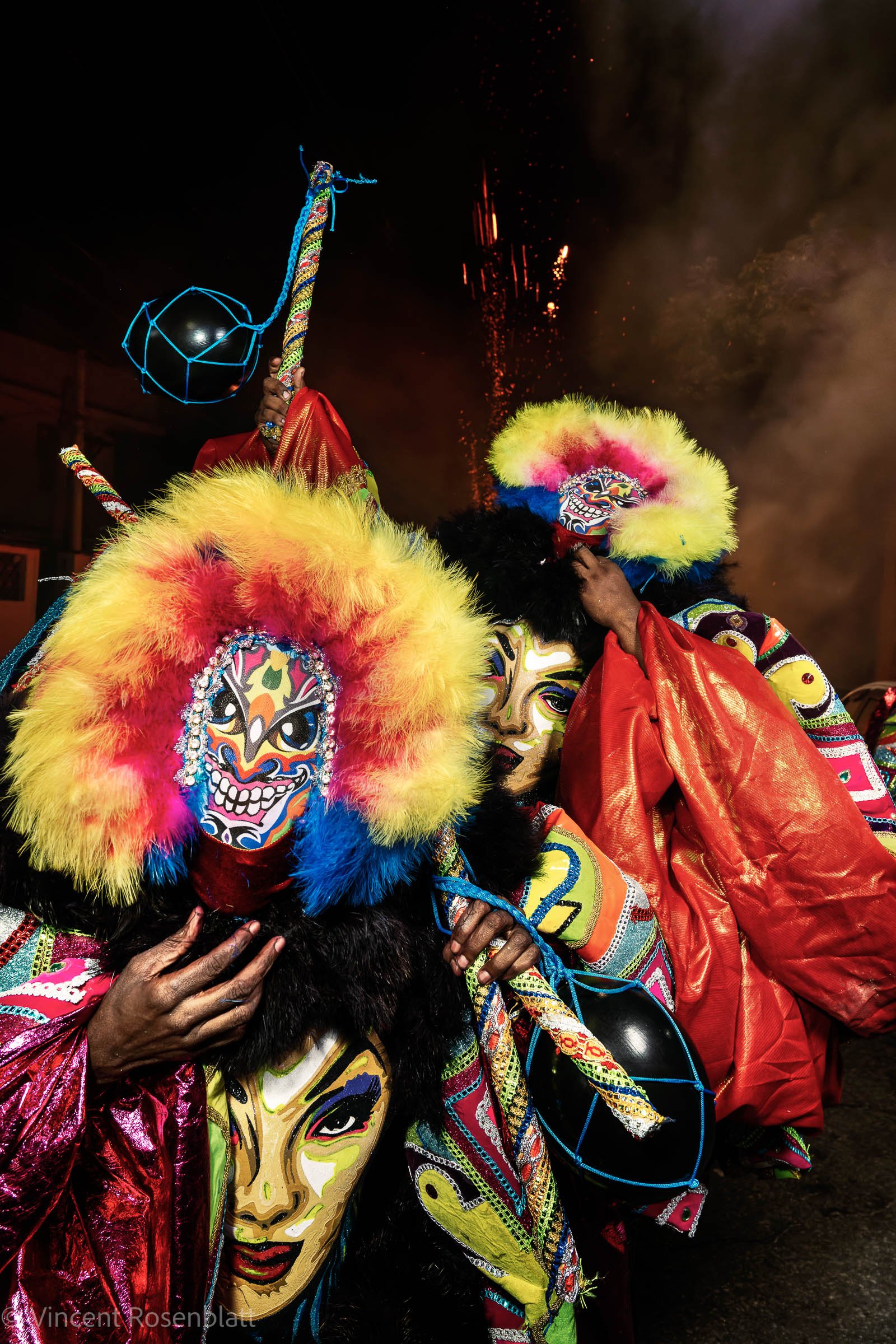

"Havita" group of Bate-Bola, Oswaldo Cruz, North Zone of Rio de Janeiro, Carnival 2018.

Bate-bola from the Constelaçao group from the Vila Aliança favela, photographed in Santissimo, Zona Oeste, Rio de Janeiro, Carnaval 2022.

Sleepy & exhausted young man, in the Center of Rio de Janeiro, after 5 days of Carnival as a "bate-bola" clown. Tuesdays of Carnival, the cityhall organize a competition for the most beautyfull clowns, in Cinelandia, Centre of Rio de Janeiro.
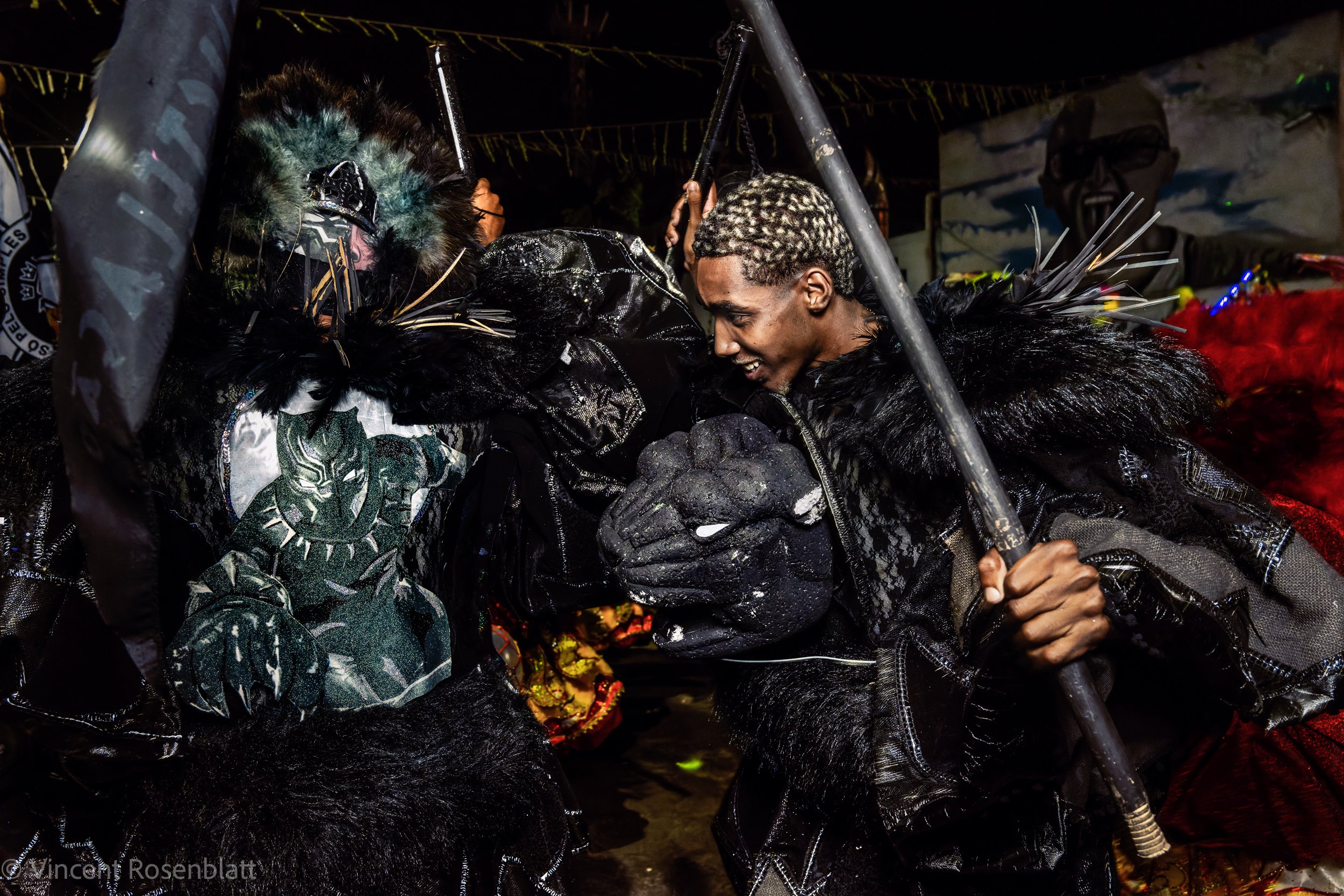
Bate-bola from the Constelaçao group from the Vila Aliança favela, photographed in Jacarepagua, Zona Oeste, Rio de Janeiro, Carnaval 2022.
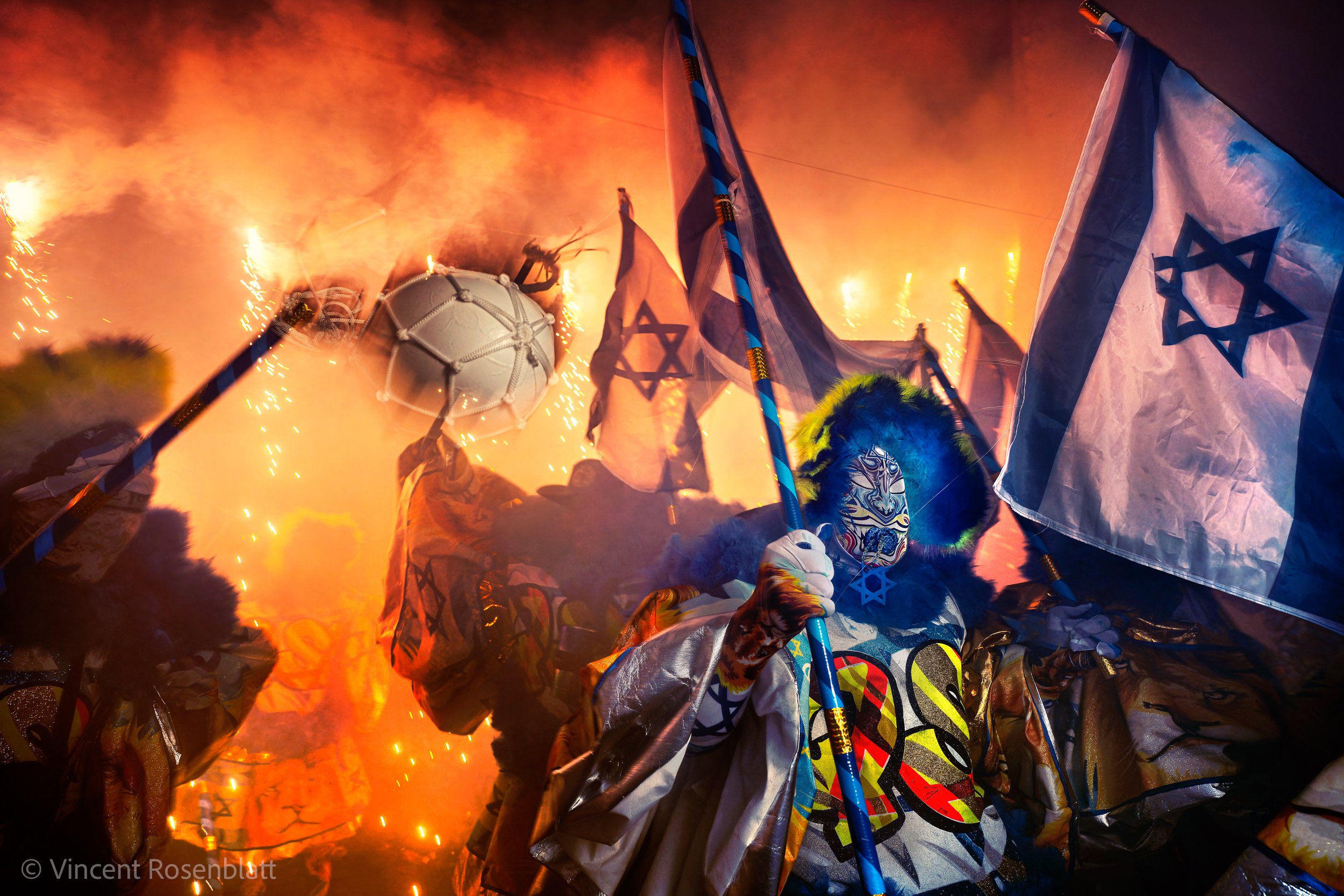
QFS (Que se Foda), Bate-bola group from Oswaldo Cruz, Zona Norte, Rio de Janeiro, 2023.
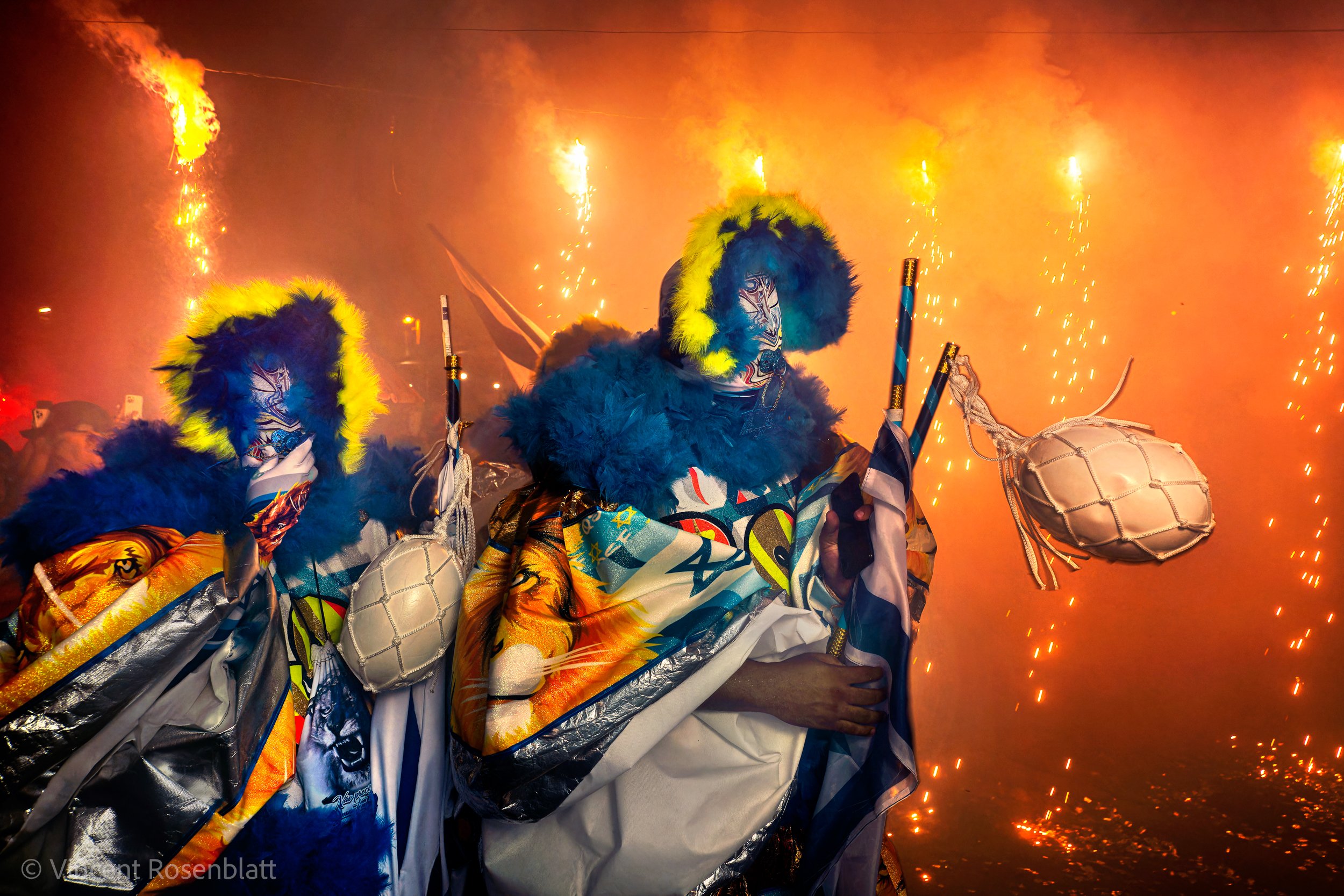
QFS (Que se Foda), Bate-bola group from Oswaldo Cruz, Zona Norte, Rio de Janeiro, 2023.
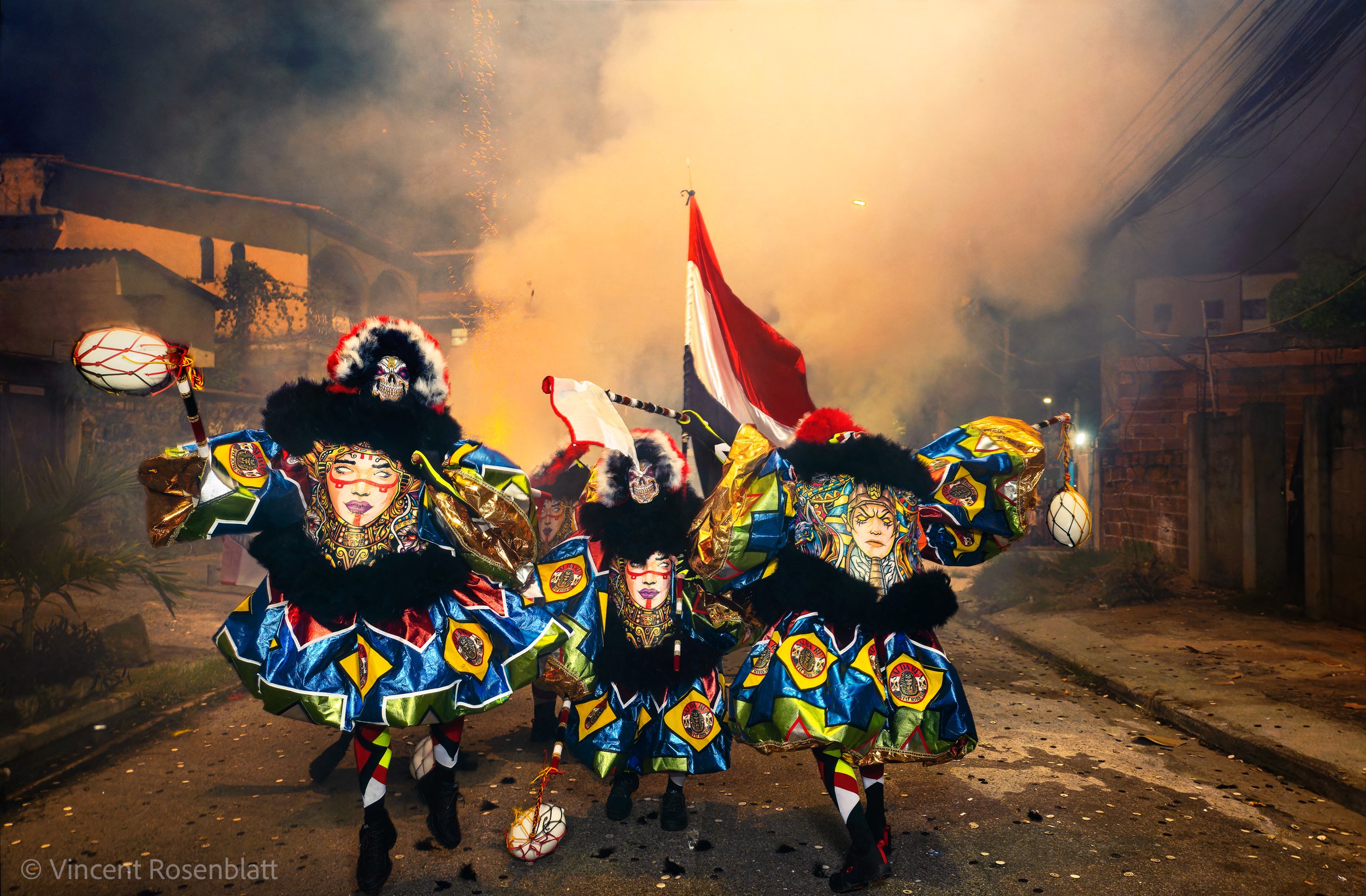
Sai da Rua, Bate-bola from Bento Ribeiro, Zona Norte, Rio de Janeiro, 2023.
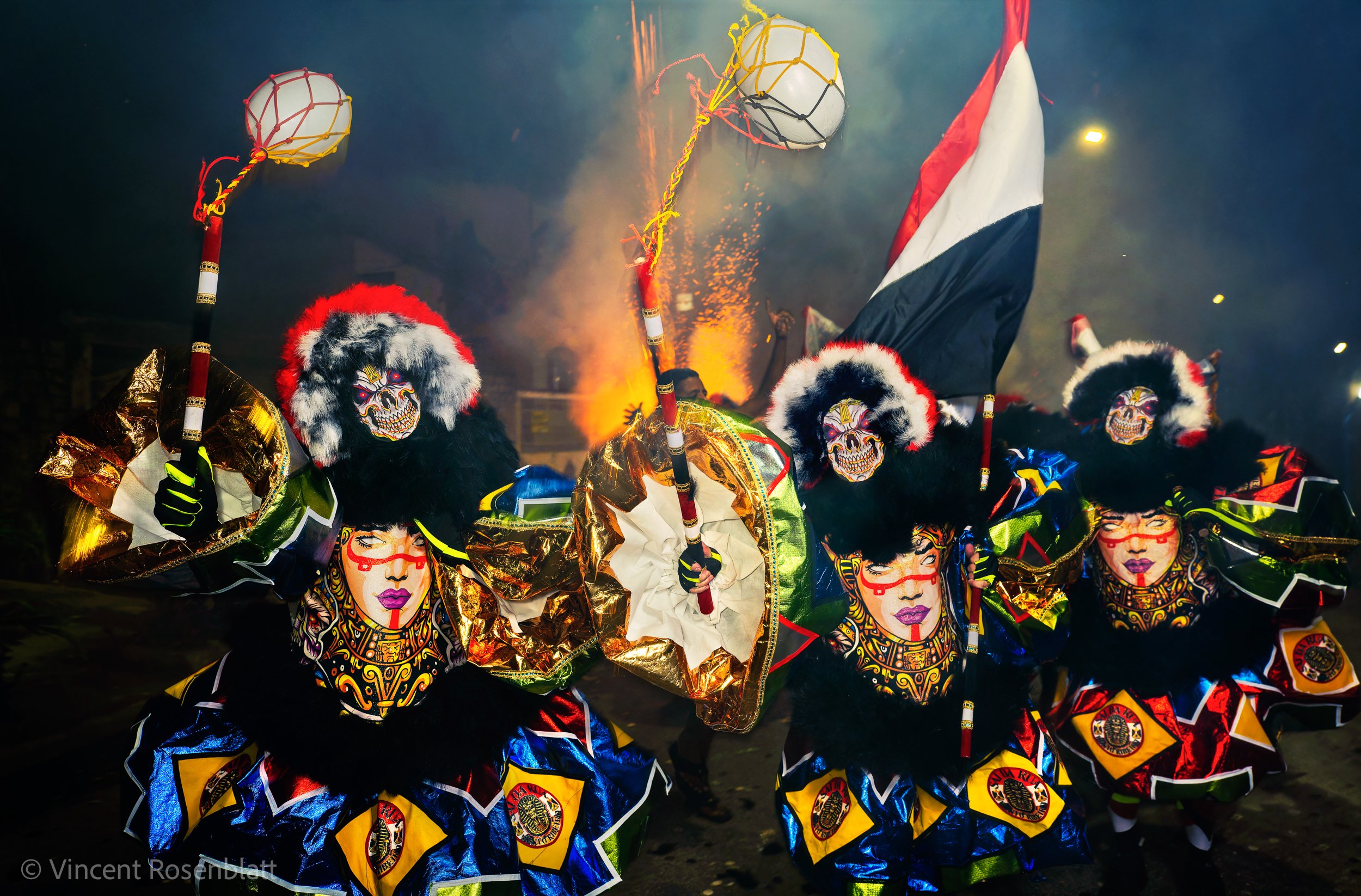
Sai da Rua, Bate-bola from Bento Ribeiro, Zona Norte, Rio de Janeiro, 2023.

Turma Unio de Rocha Miranda - Cinelndia - Carnival 2019 - Rio de Janeiro
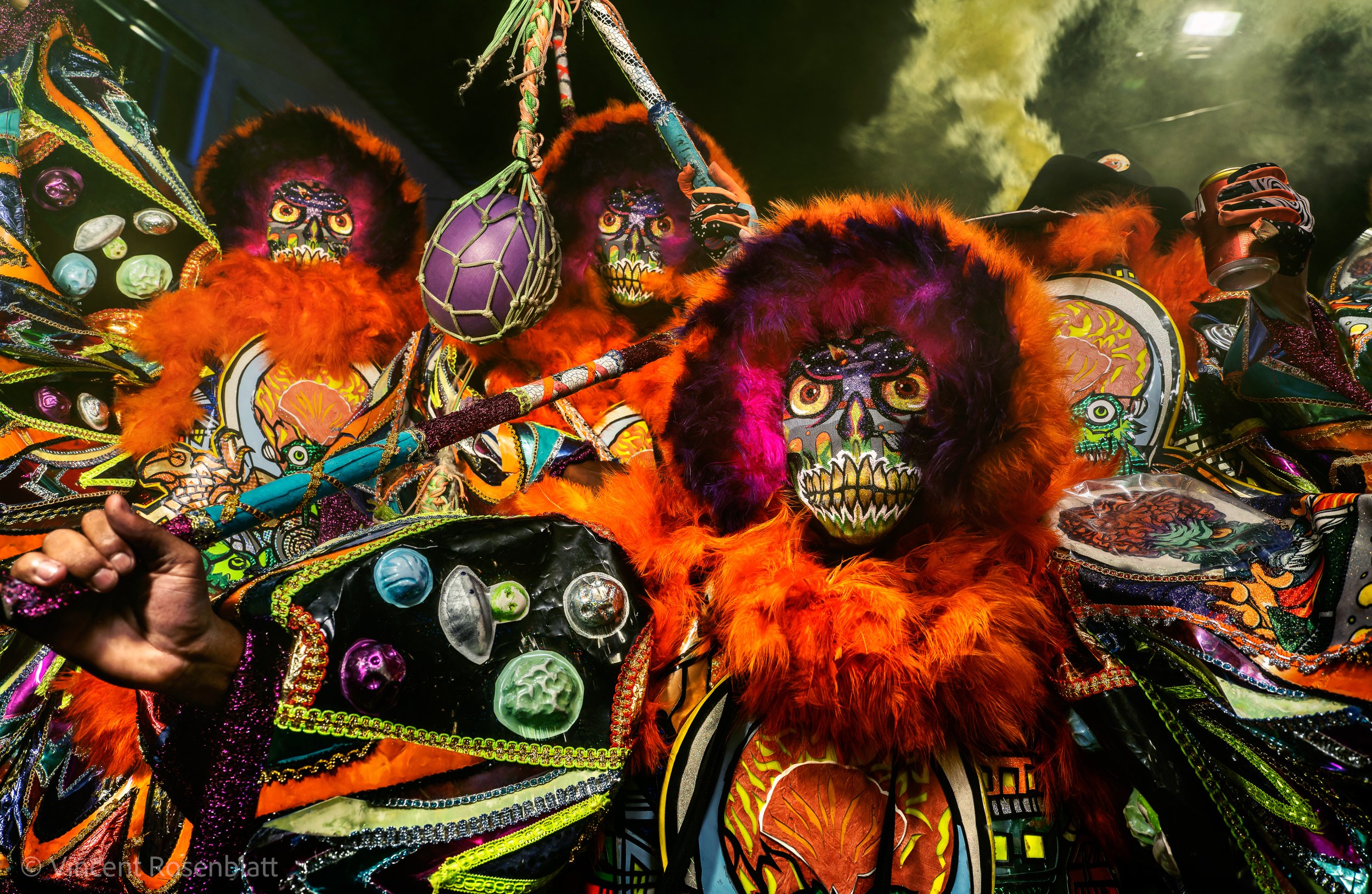
Consideraçao, Bate-bola group from the favela City of God (Cidade de Deus), photographed in Santissimo, Zona Oeste, Rio de Janeiro, 2023.

Consideraçao, Bate-bola group from the favela City of God (Cidade de Deus), photographed in Santissimo, Zona Oeste, Rio de Janeiro, 2023.
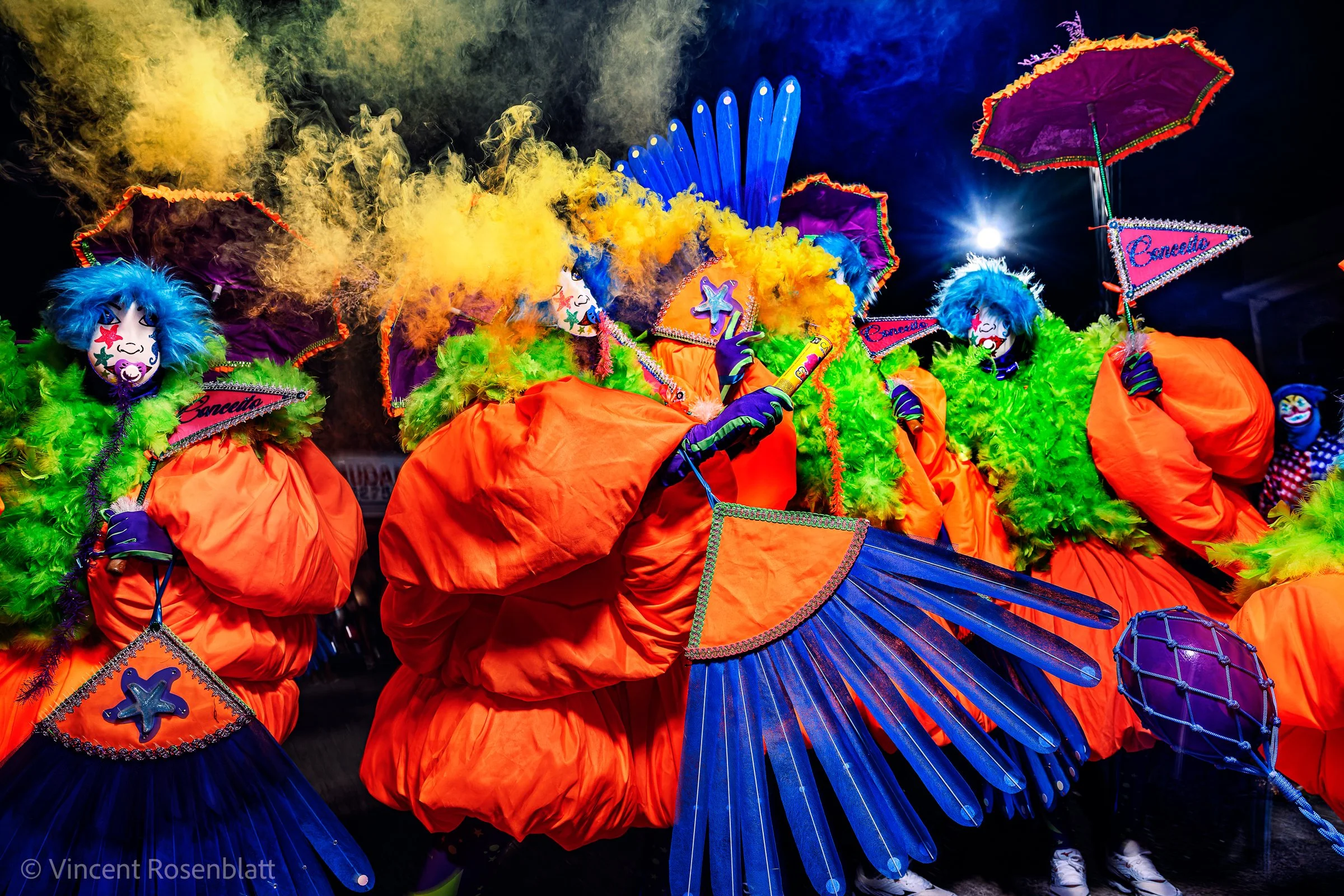
Turma Conceito from Vila Valqueire. Marechal Hermes, Rio de Janeiro, 2025. © Vincent Rosenblatt
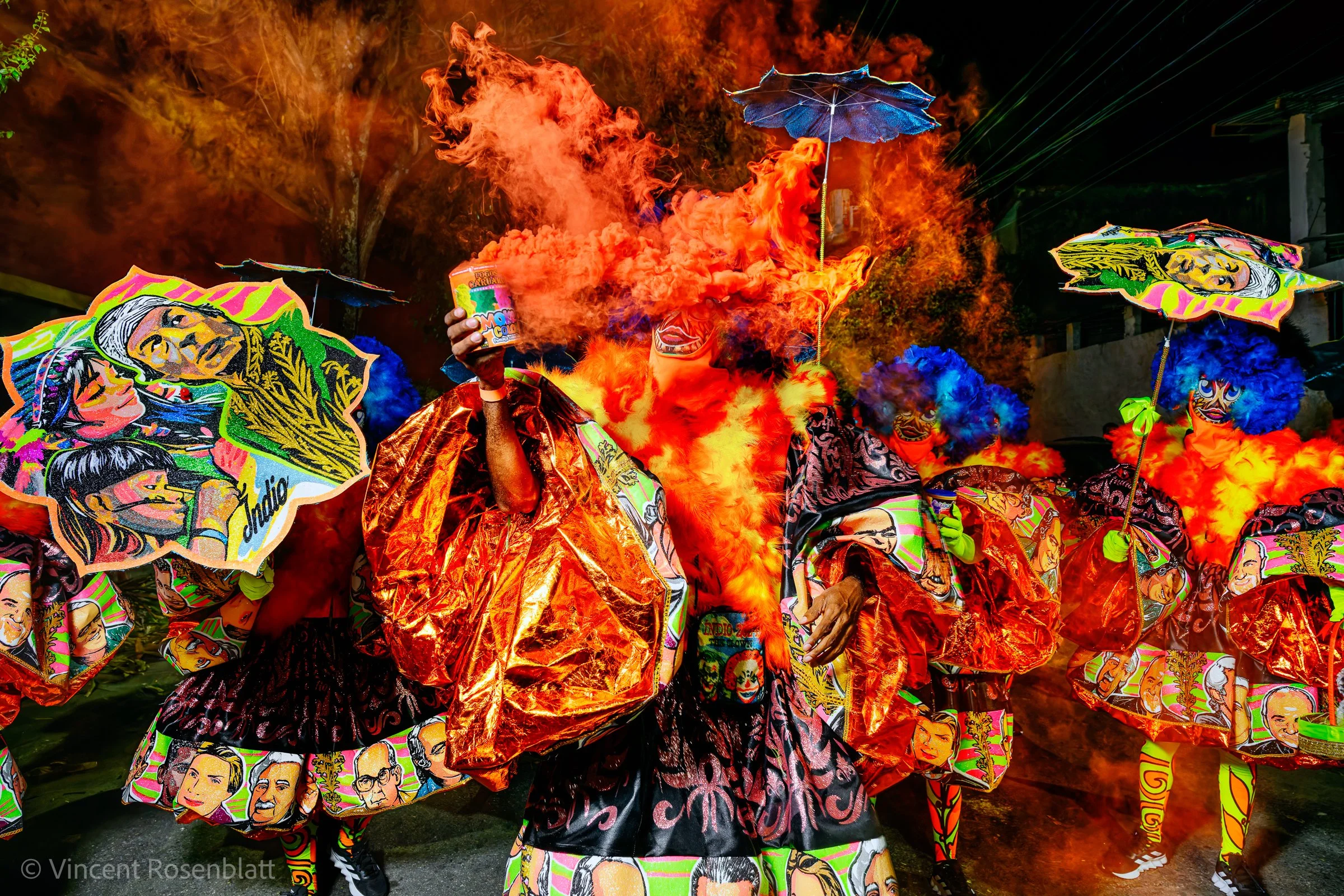
Turma do Indio, Guadalupe, Rio de Janeiro, 2025.

Havita is one of the most ancient Bate-bola group in Rio de Janeiro; with nearly 30 years of existence. They often parade with 150 members - it's also one of the largest group of RIo. Their party on Sundays of Carnival is the meeting point for dozens of rival groups from the neighborhood to show of their costumes.
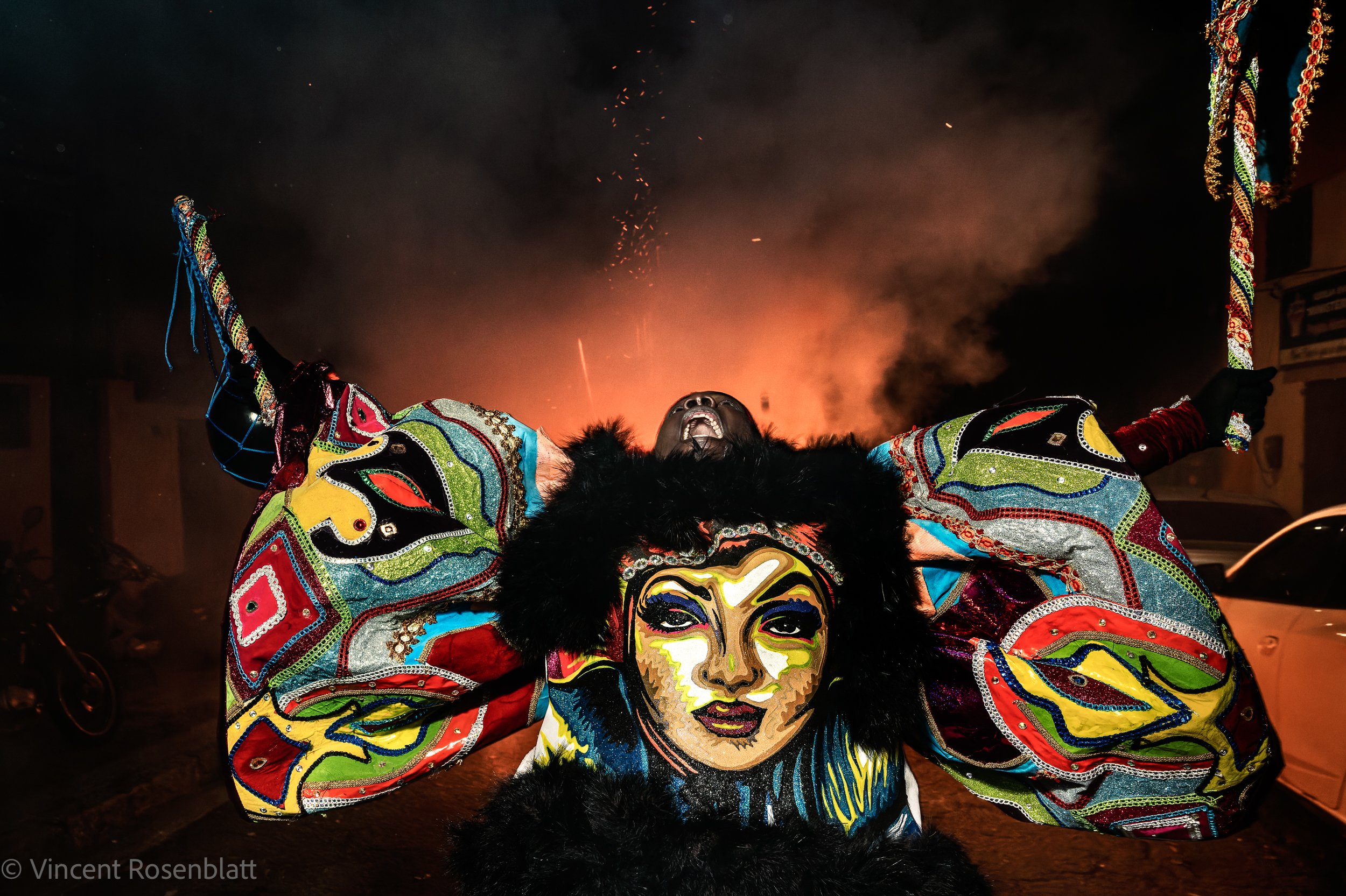
Bate-bola from the Uniao de Rocha Miranda (UDRM), Zona Norte, Rio de Janeiro, Carnaval 2022.
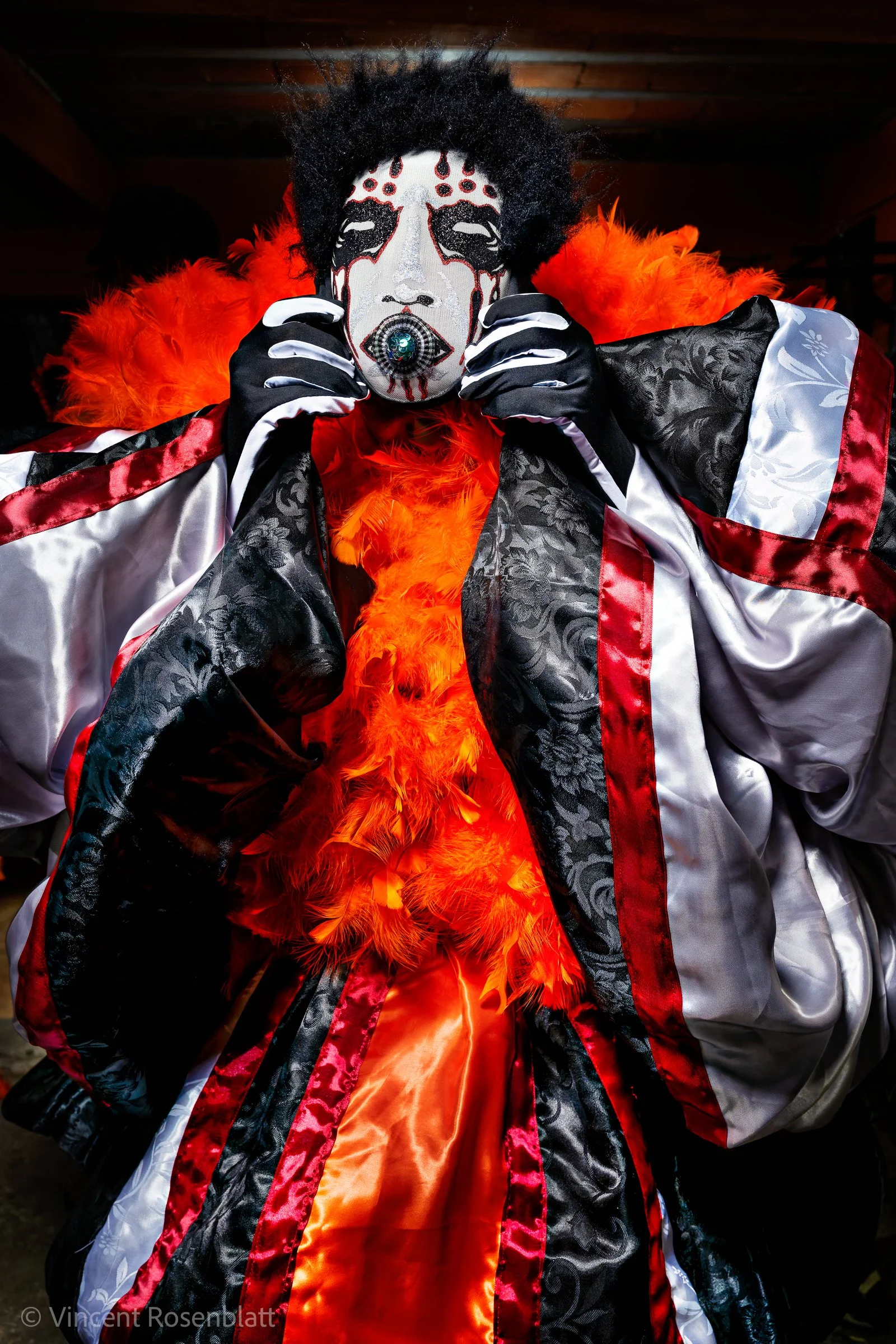
Turma Afeiçao from Praça Seca. Marechal Hermes, Rio de Janeiro, 2025. © Vincent Rosenblatt
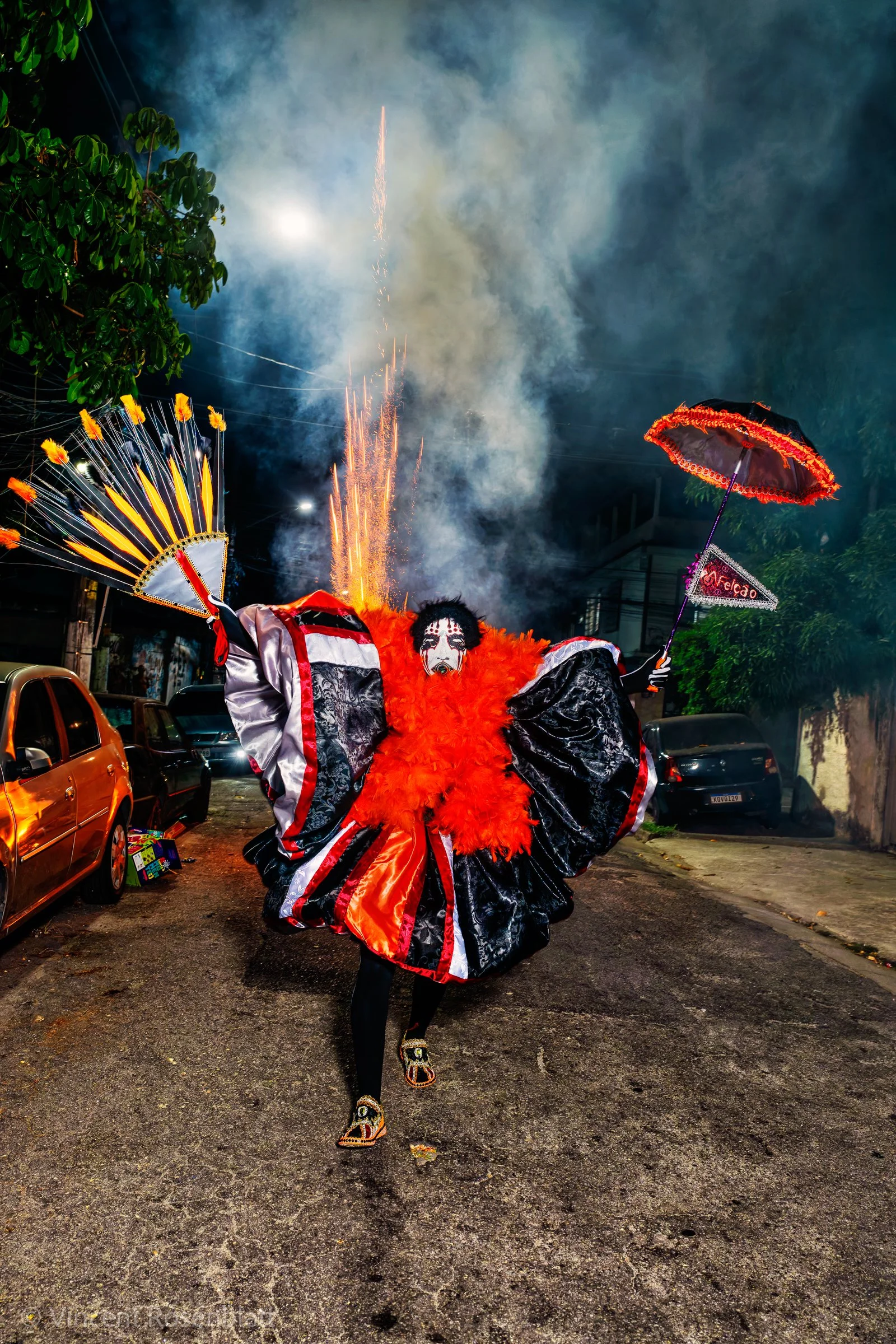
Turma Afeiçao from Praça Seca. Marechal Hermes, Rio de Janeiro, 2025. © Vincent Rosenblatt
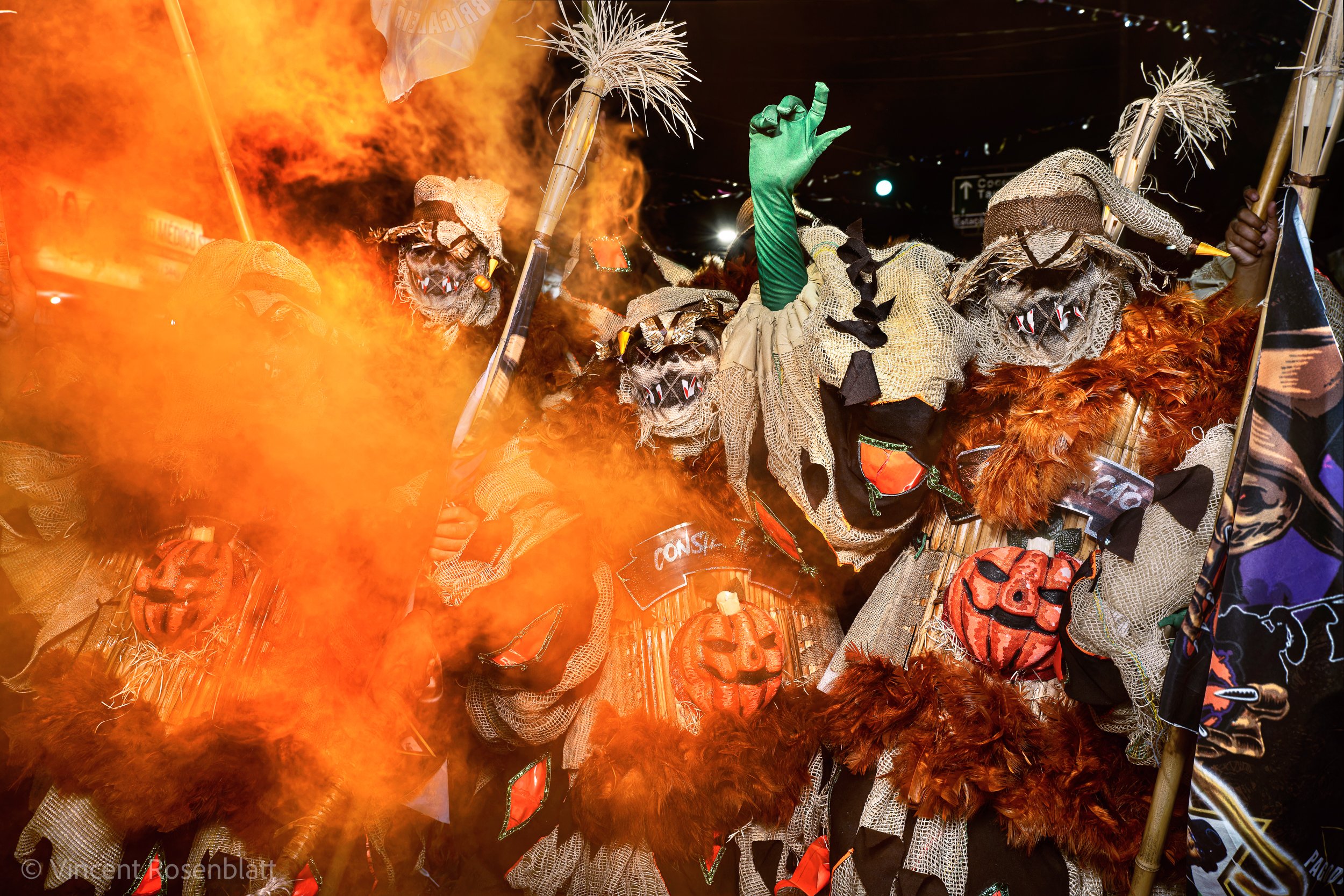
Constelaçao - bate-bola group from the Vila Aliança favela, photographed in Cacuia, Ilha do Governador, Rio de Janeiro, Carnaval 2022.
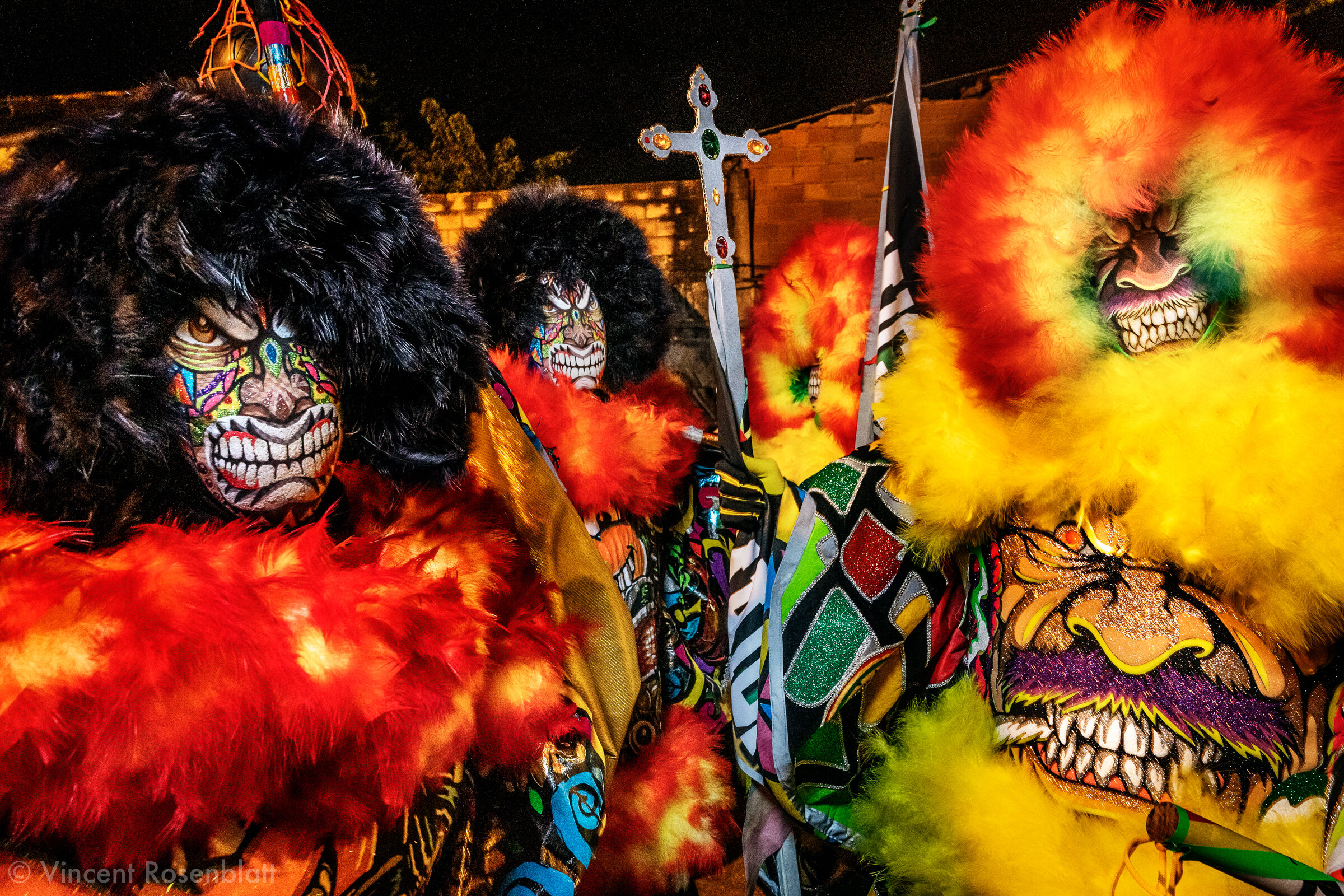
The Nestor of Campo Grande & Marvin from Vargem Grande bate-bola groups meeting in Santissimo, West Zone of Rio de Janeiro, Carnival 2020
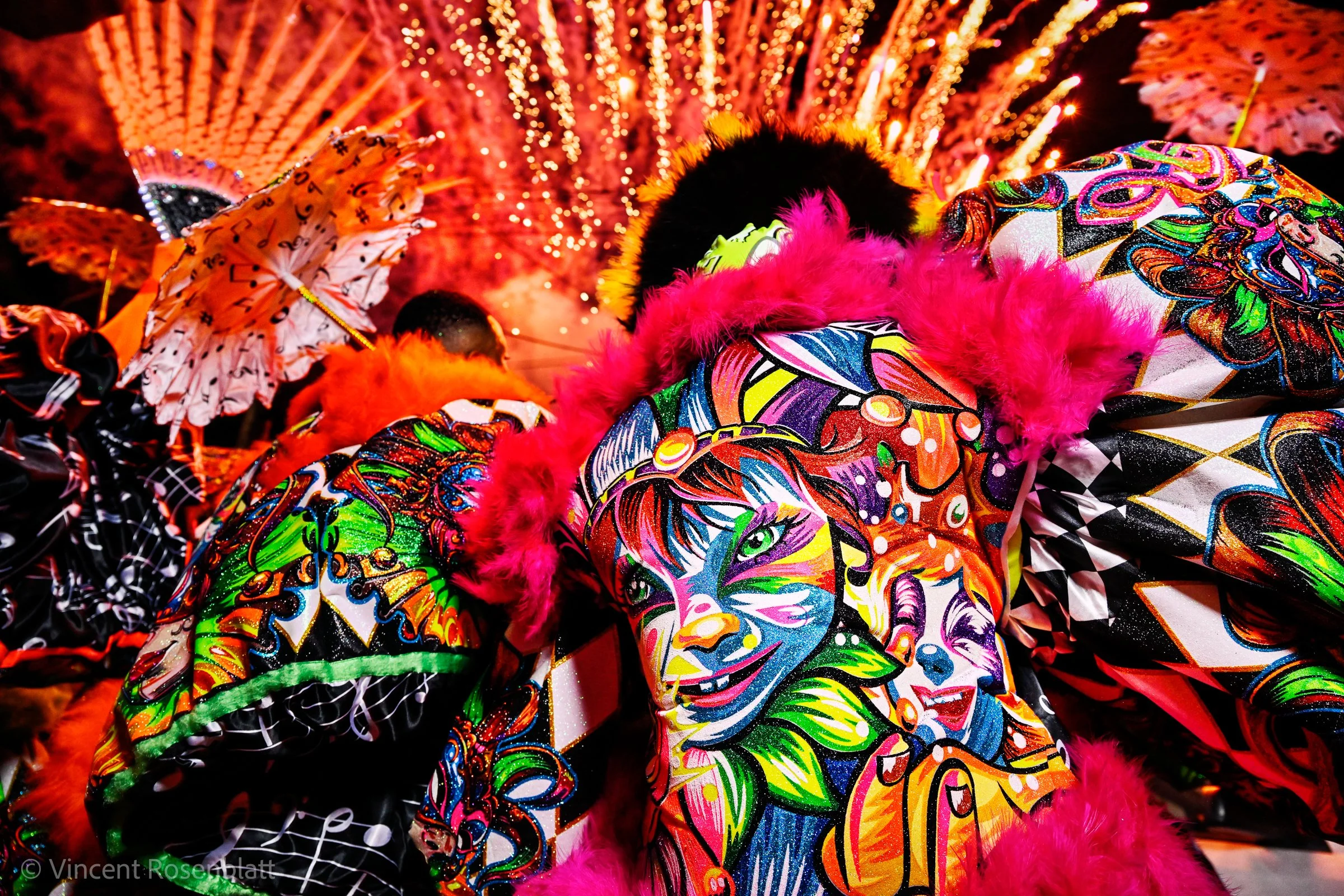
Turma Bolo Doido, Muquiço, Rio de Janeiro 2025. © Vincent Rosenblatt
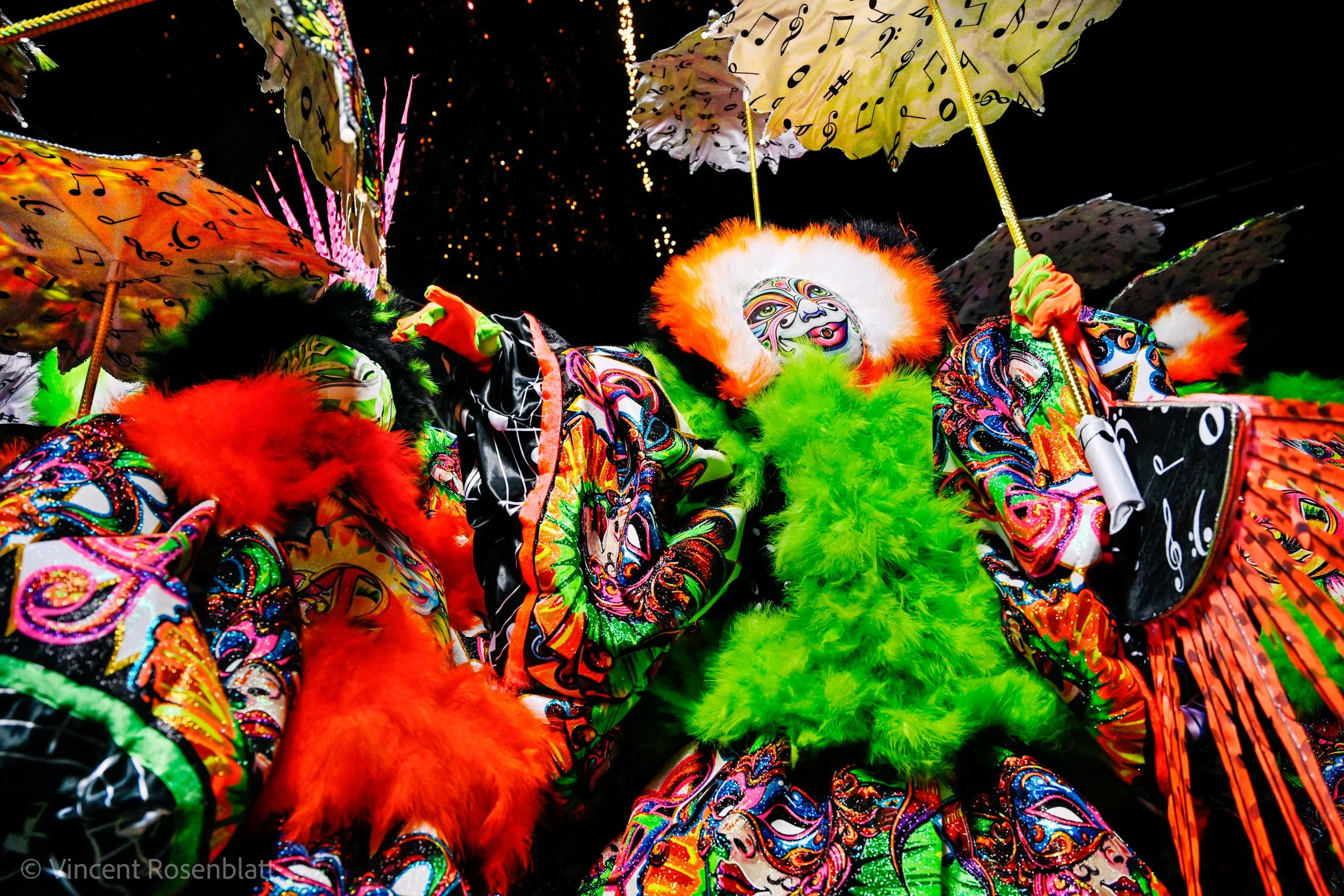
Turma Bolo Doido, Muquiço, Rio de Janeiro 2025. © Vincent Rosenblatt
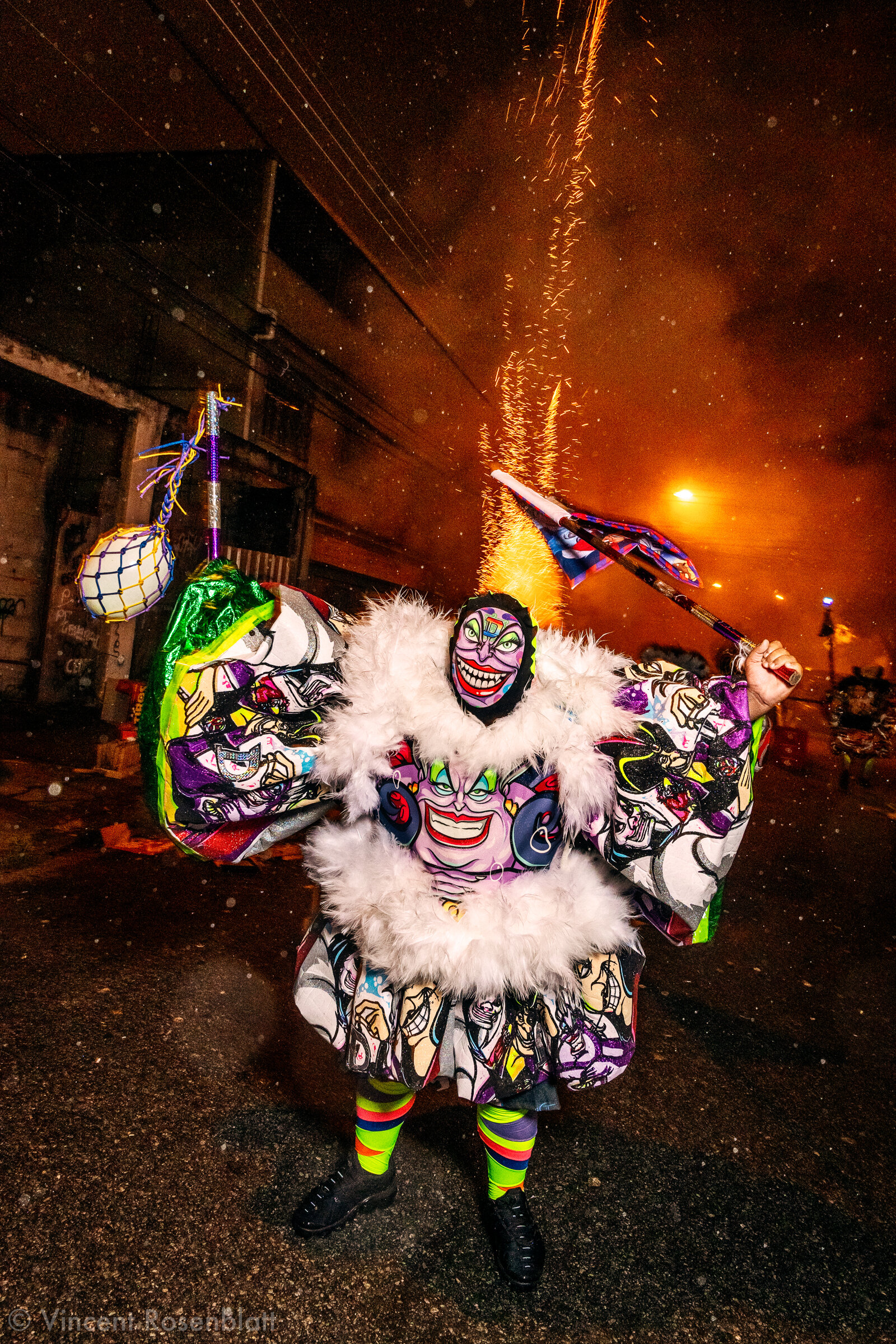
Show of the bate-bola group Truque de Mestre (Master Trick) in the Urubu favela, North Zone of Rio de Janeiro, Carnival 2020.
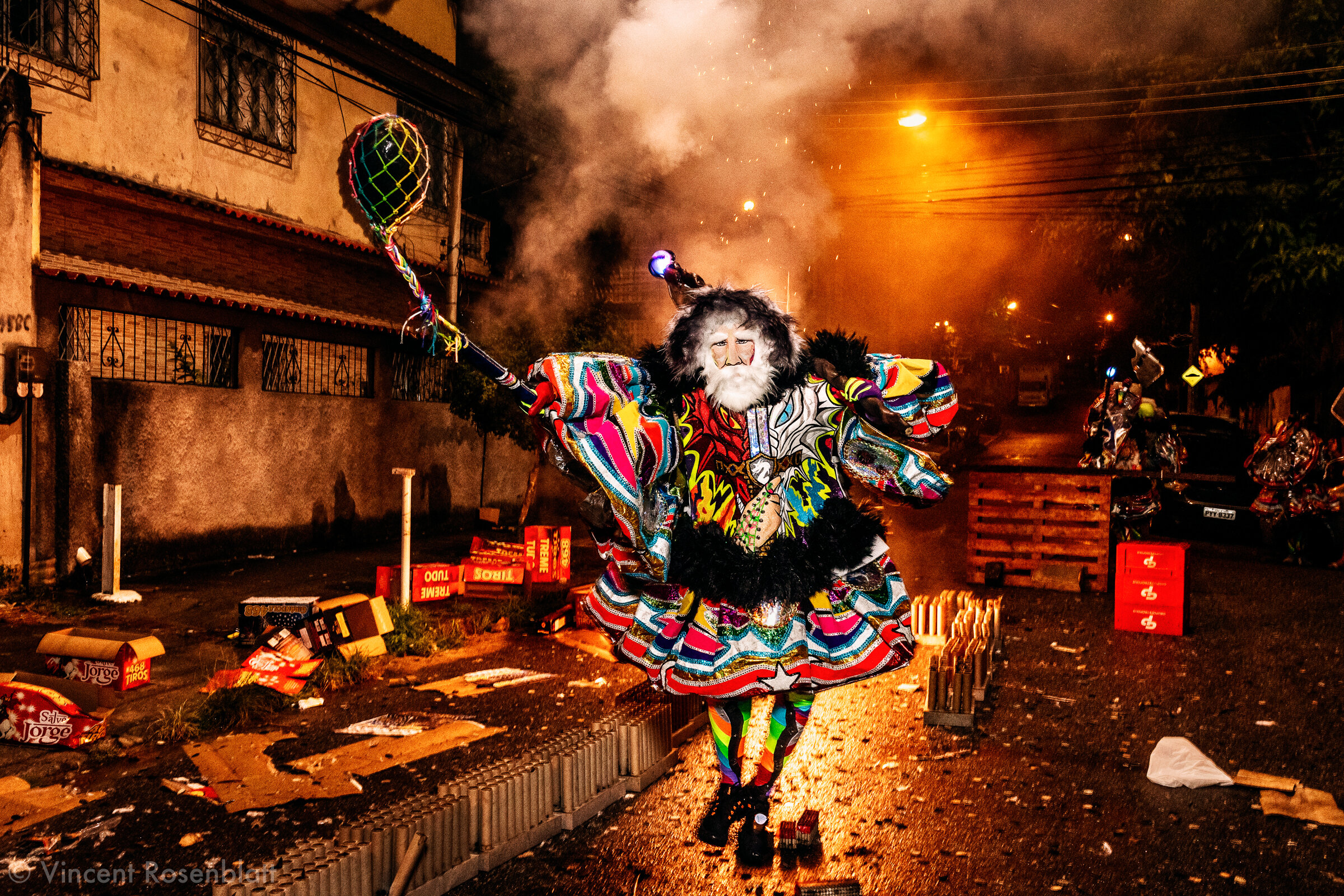
Show of the bate-bola group Turbulencia (Turbulence) in the Urubu favela, North Zone of Rio de Janeiro, Carnival 2020.
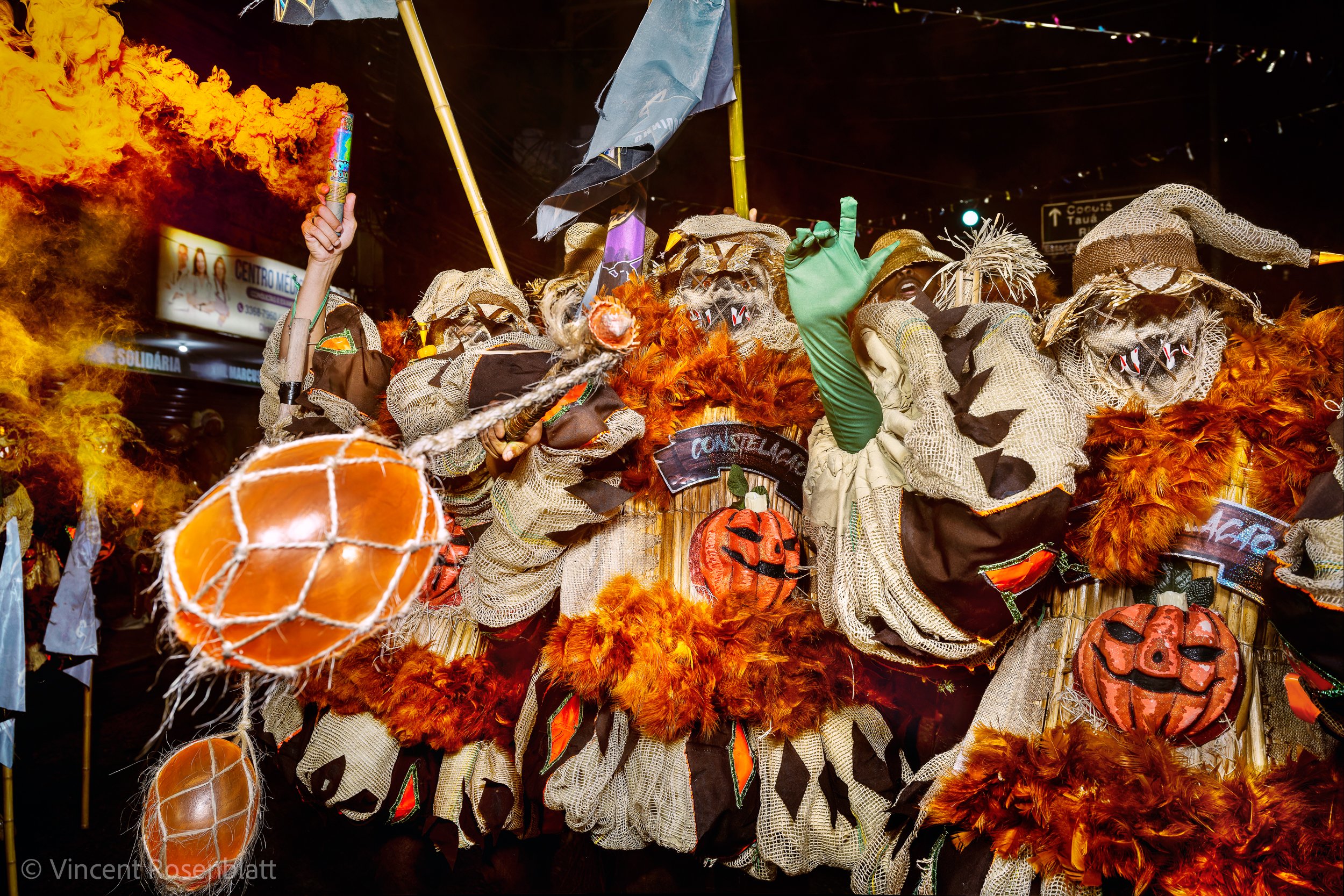
Constelaçao - bate-bola group from the Vila Aliança favela, photographed in Cacuia, Ilha do Governador, Rio de Janeiro, Carnaval 2022.
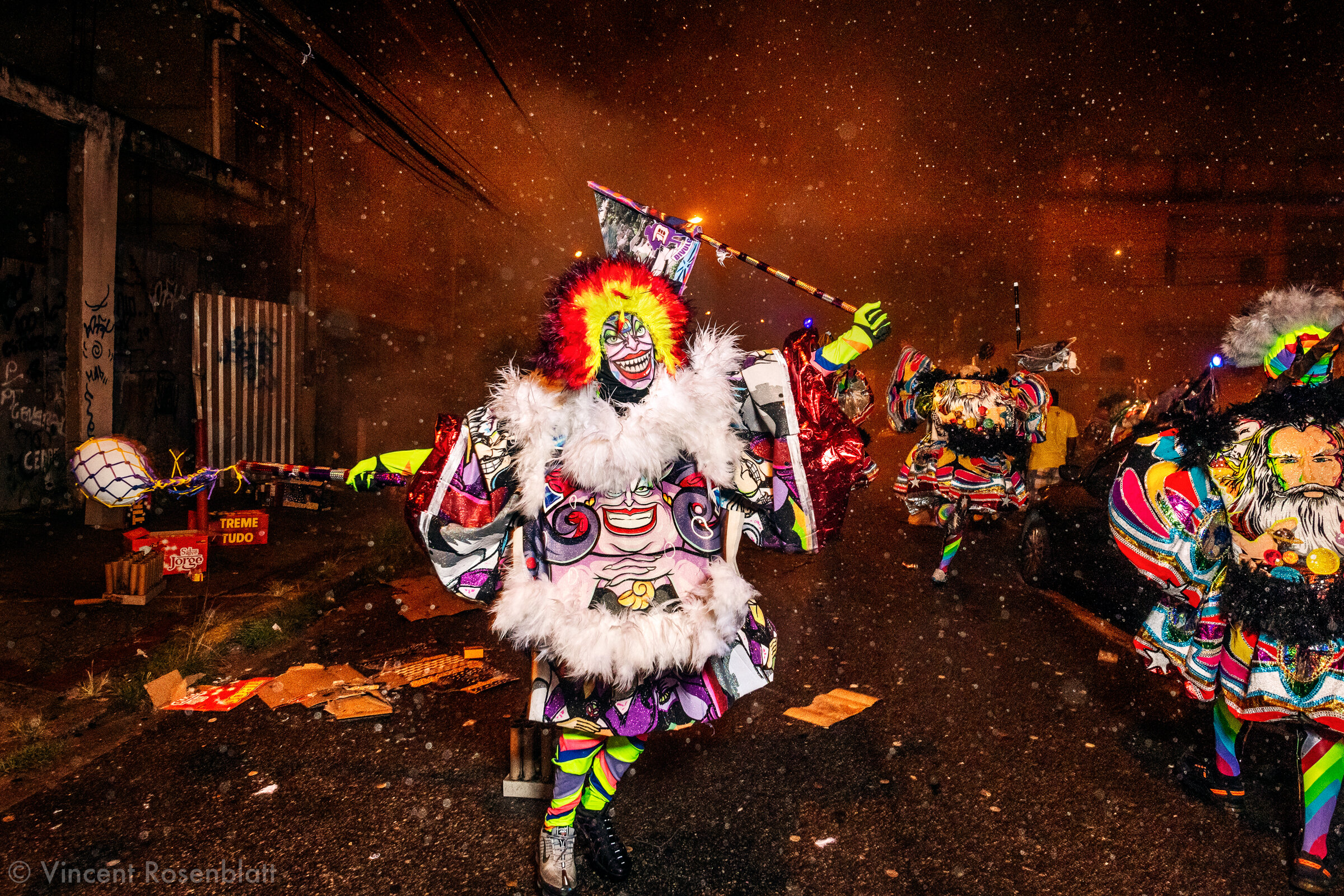
Show of the bate-bola groups Truque de Mestre (Master Trick) and Turbulencia (Turbulence) in the Urubu favela, North Zone of Rio de Janeiro, Carnival 2020.
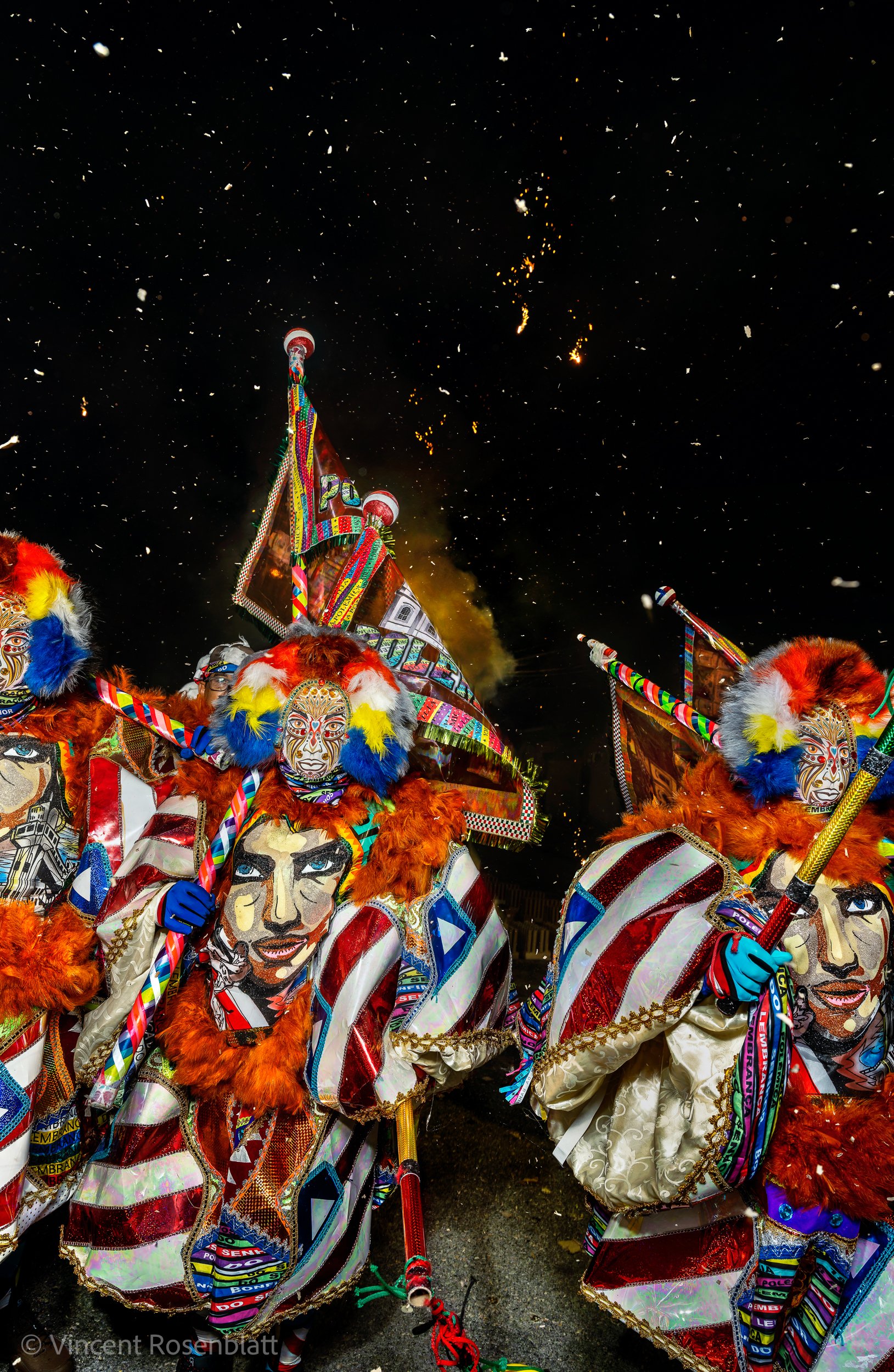
Polemica, bate-bola group from Rocha Miranda, Zona Norte, Rio de Janeiro, 2023.
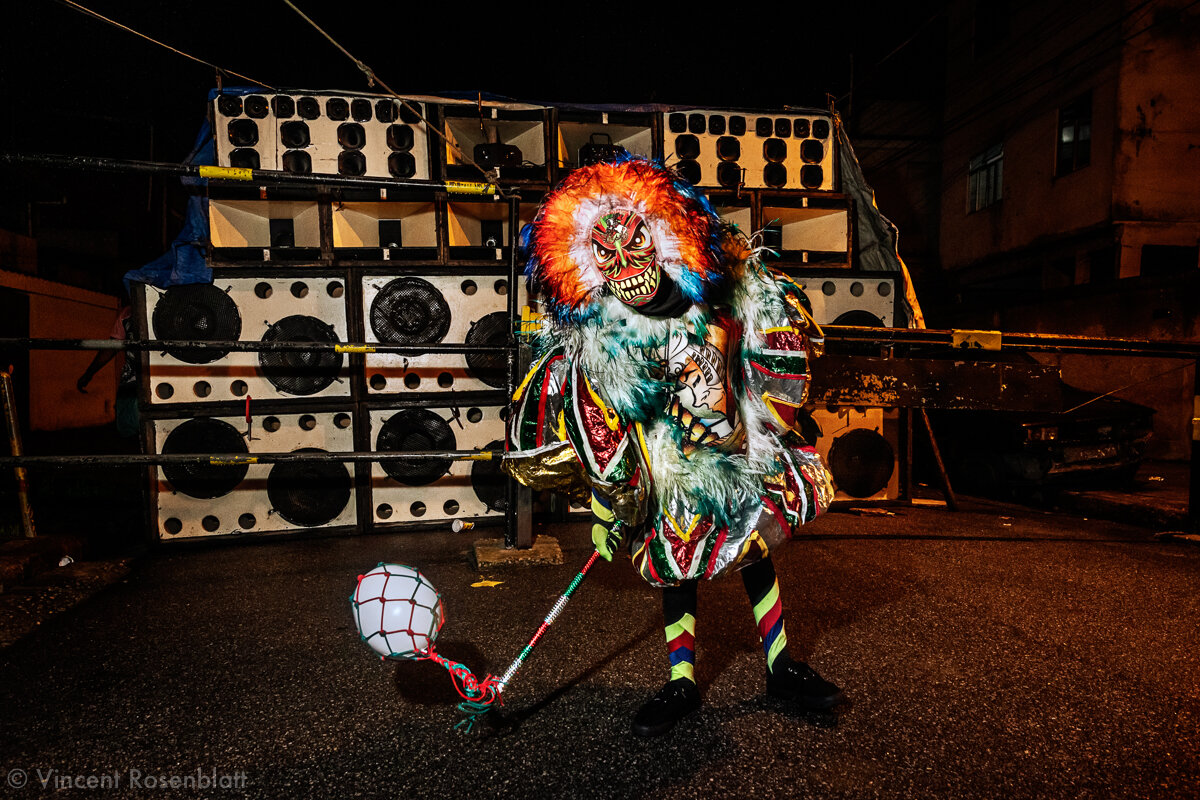
Rocha Miranda, Zona Norte - Rio de Janeiro 2019
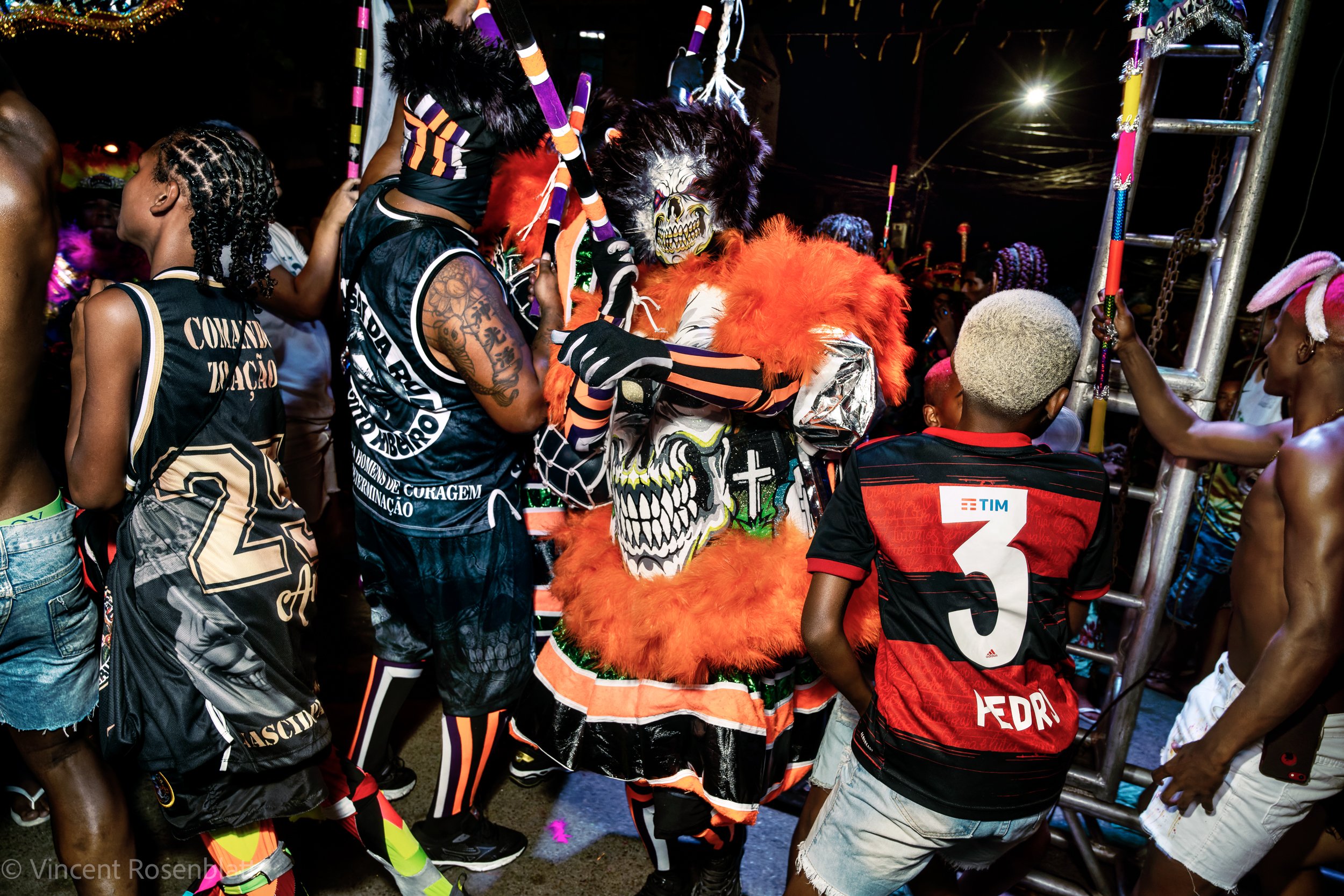
Bate-bola from the Sai da Rua group from Bento Ribeiro, photographed in Oswaldo Cruz, Zona Norte, Rio de Janeiro, 2022.
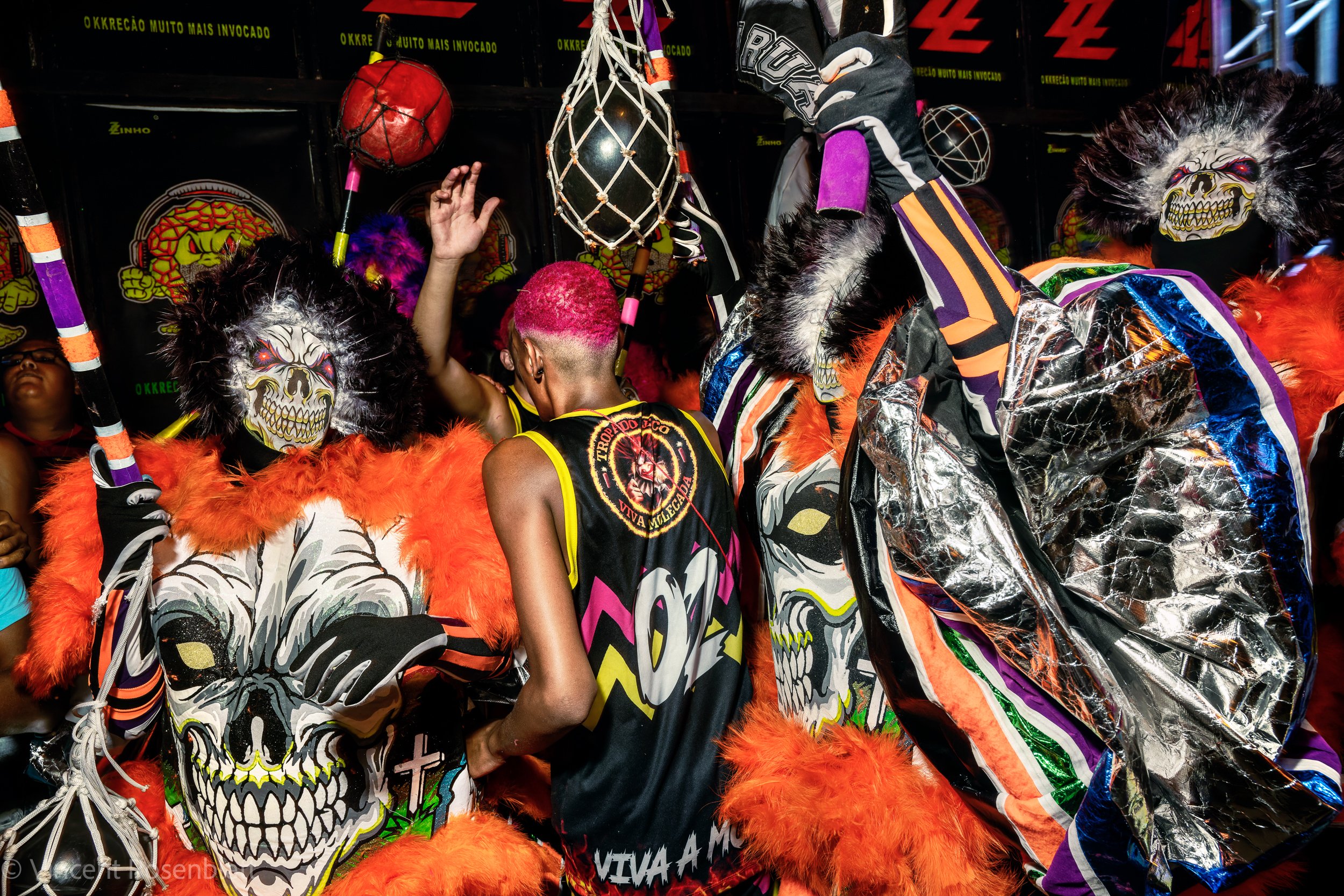
Bate-bola from the Sai da Rua group from Bento Ribeiro, photographed in Oswaldo Cruz, Zona Norte, Rio de Janeiro, 2022.
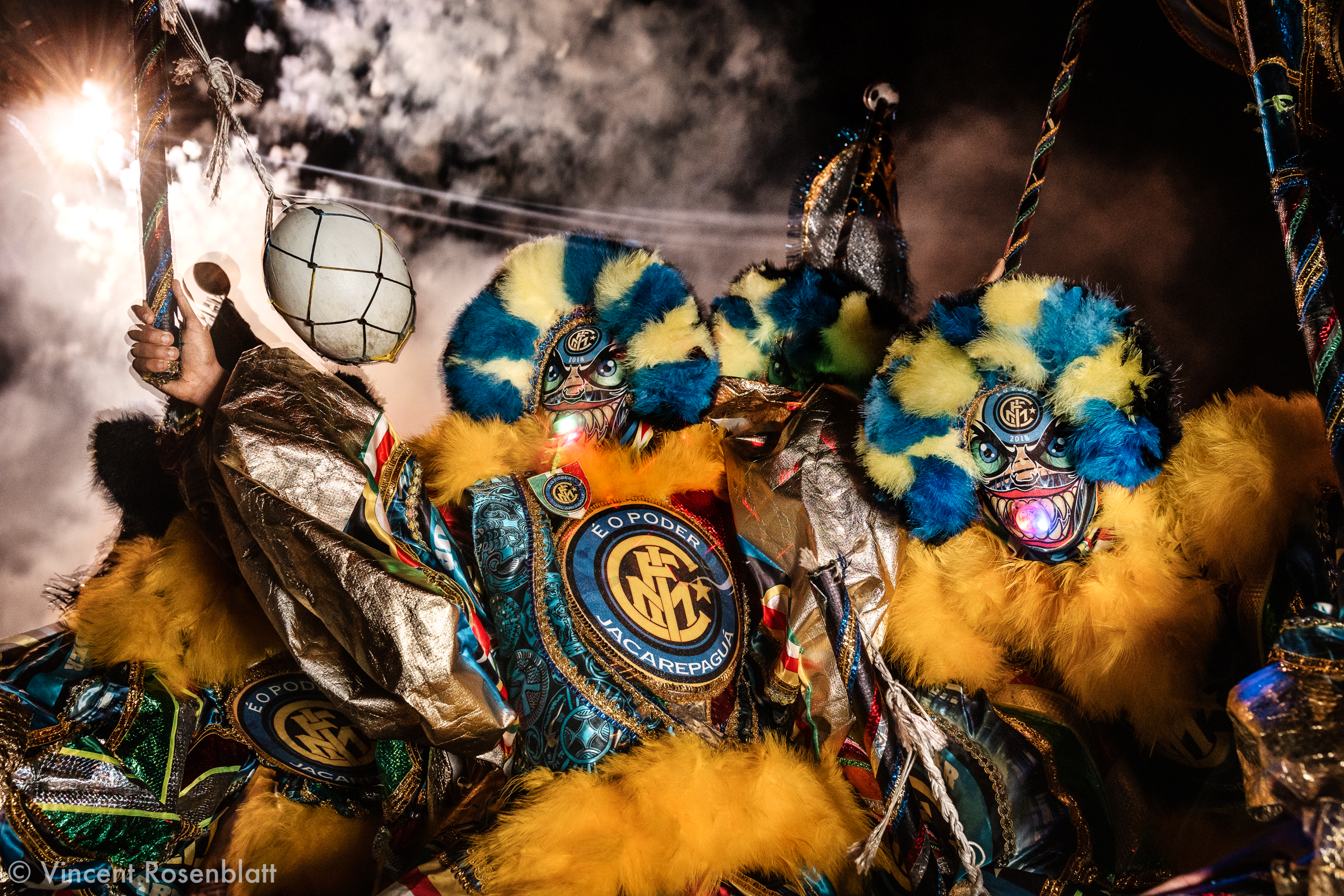
"É o Poder" - It's the Power ! Bate-Bola group from Jacarepaguá, West Zone of Rio de Janeiro, showing off in Oswaldo Cruz, territory of other groups.
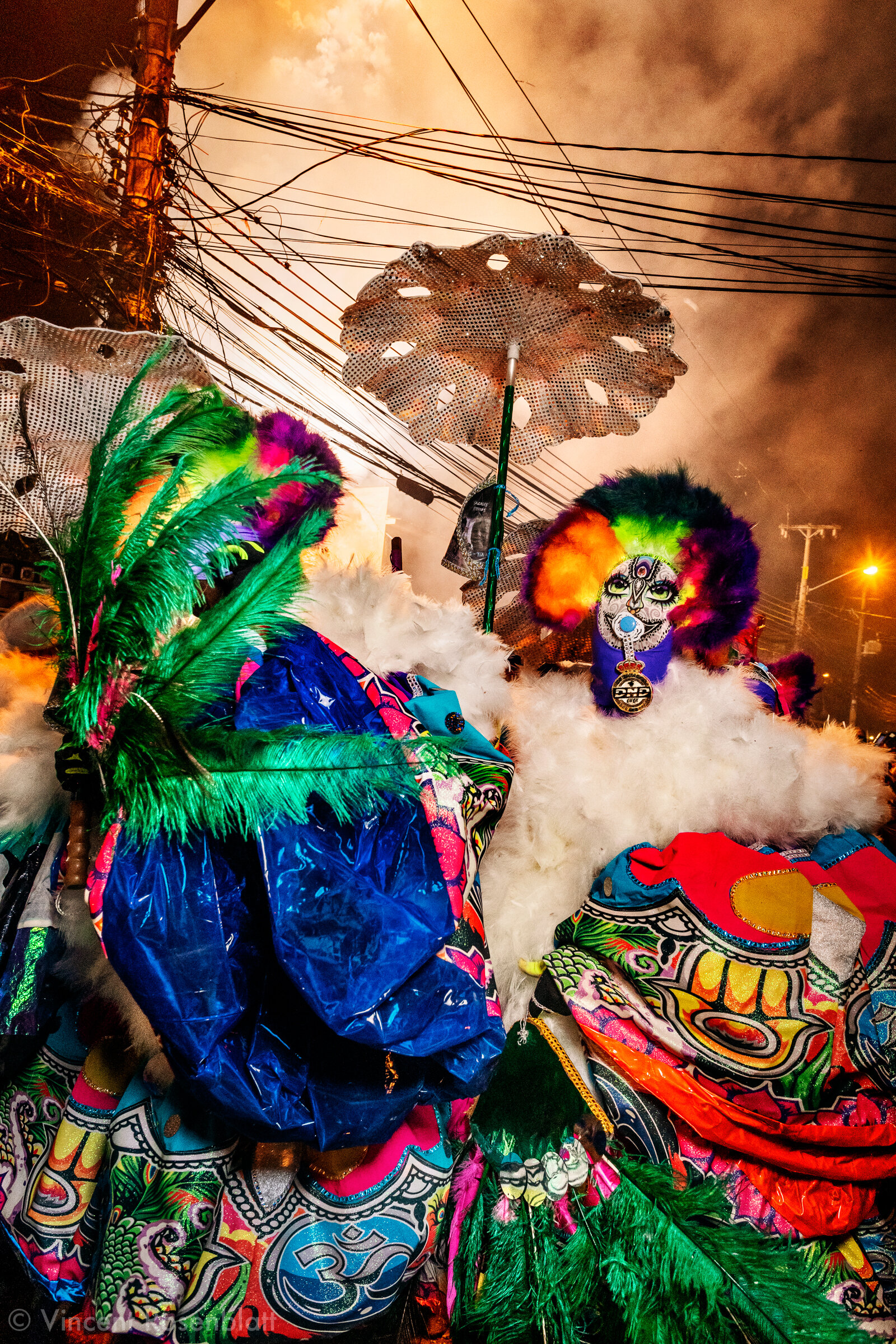
Show of the Danados (Damaged) in Marechal Hermes, North Zone of Rio de Janeiro, Carnival 2020.
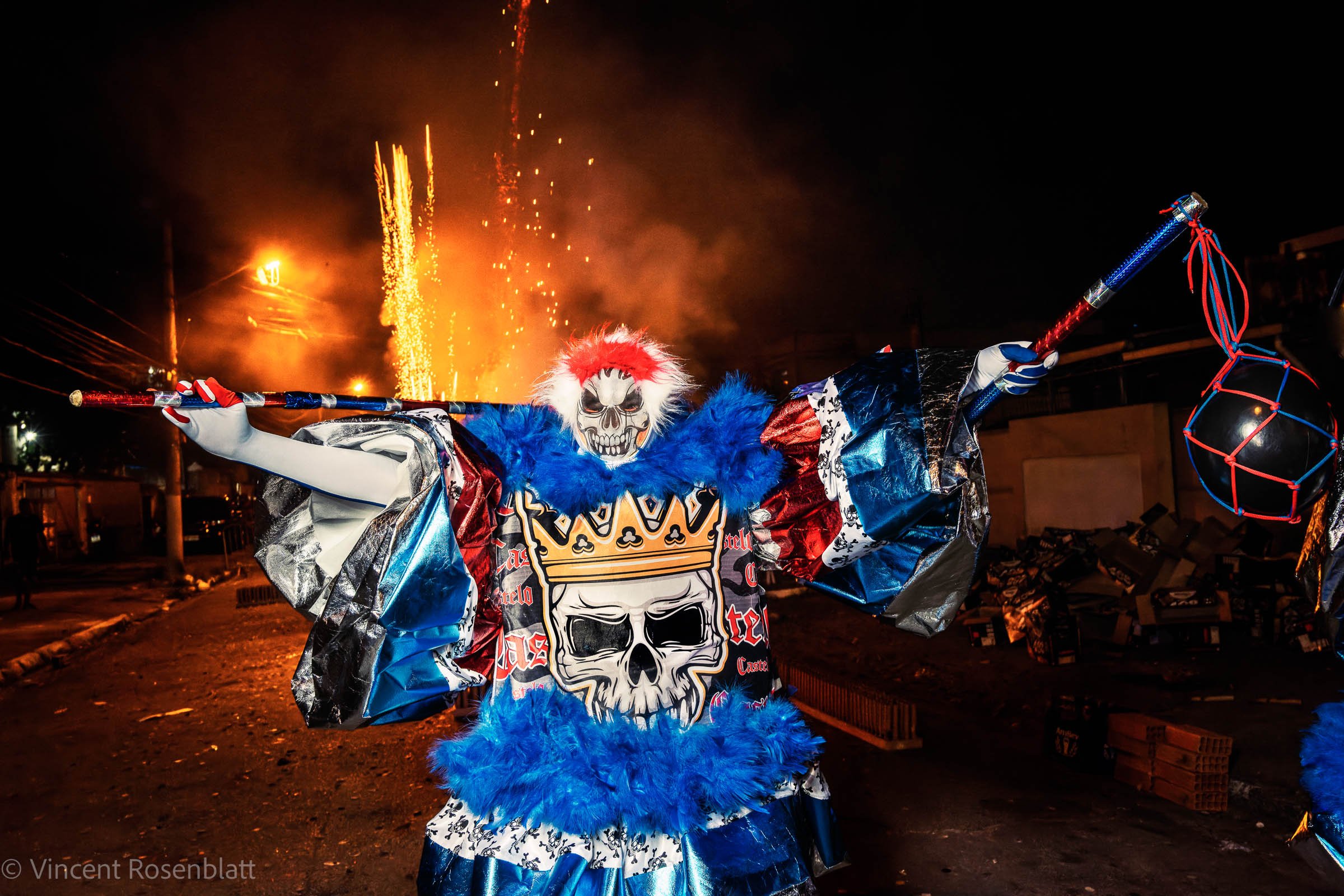
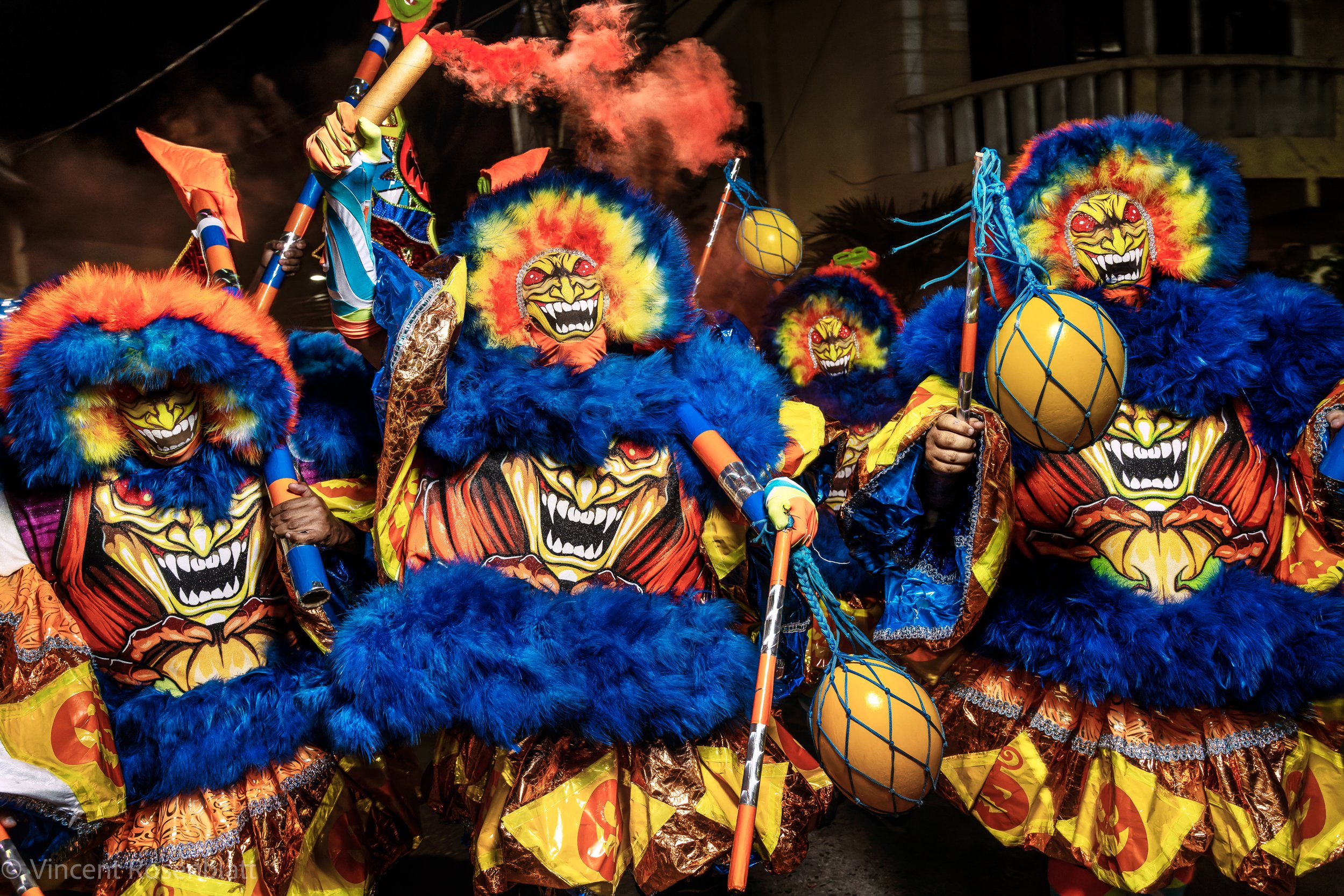
Bate-bola from the Carreira Solo group, photographed in Jacarepagua, Zona Oeste, Rio de Janeiro, Carnaval 2022.
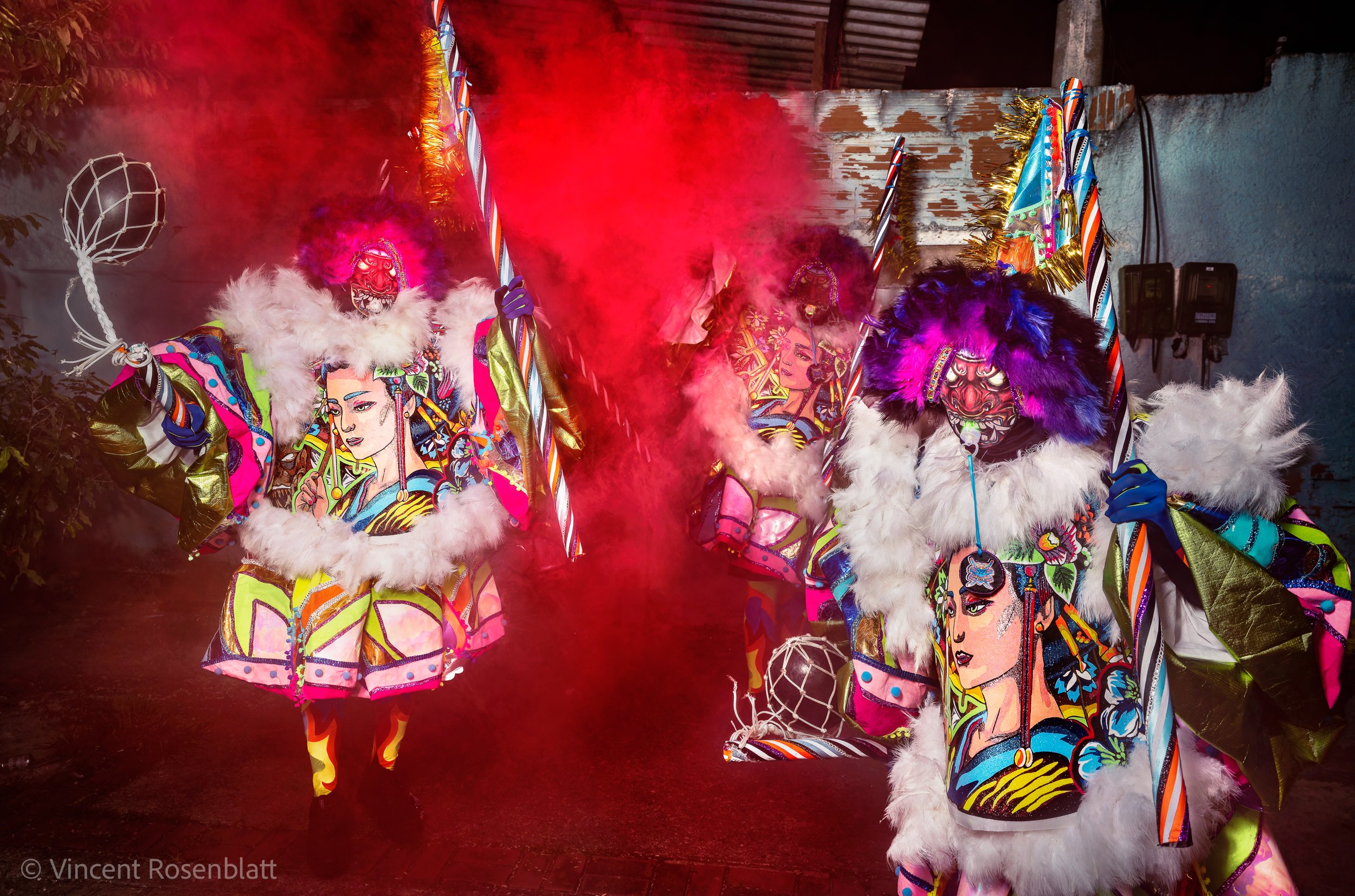
PSL (Pirocas Sem Lei) - Bate-bola group from Rocha Miranda, Zona Norte, Rio de Janeiro, 2023.
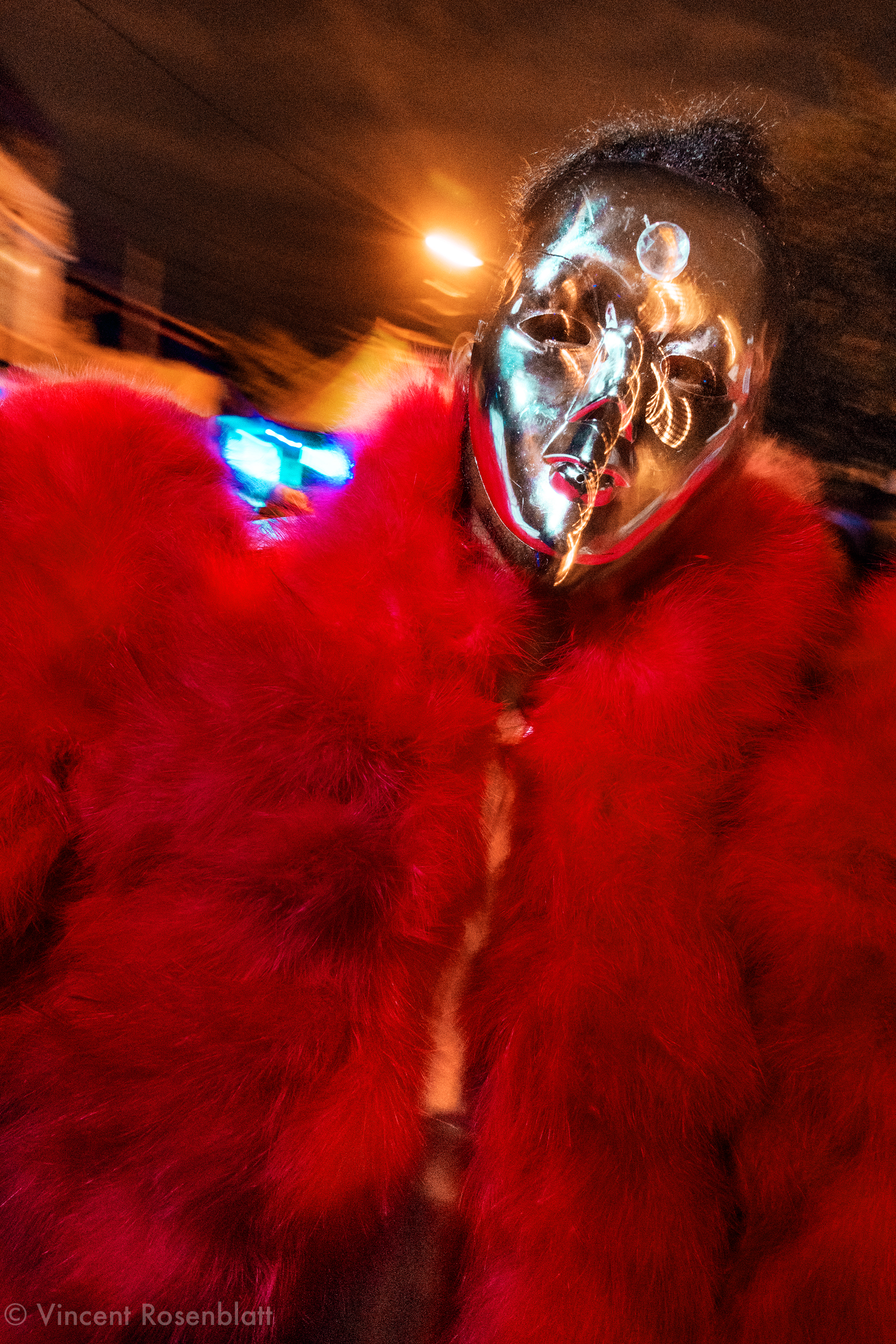
Parade of the Turma do Indio 2017 - Guadalupe, North Zone of Rio de Janeiro. The Indio is one of the most ancient and respected group of Carnival Clowns of Rio de Janeiro. That year, they inspired themselves from Ancient Greek myths for their costumes.
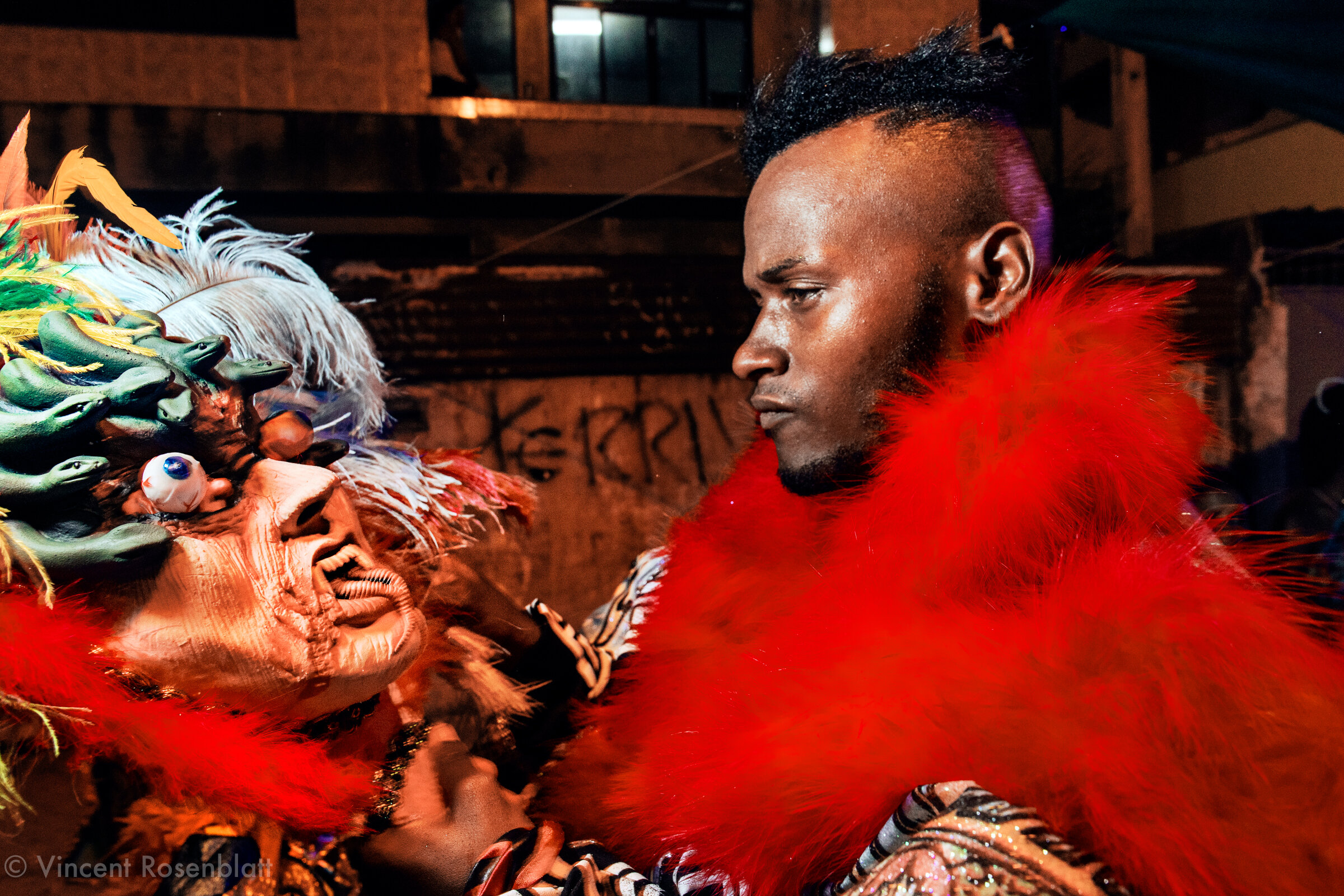
Parade of the Turma do Indio 2017 - Guadalupe, North Zone of Rio de Janeiro. The Indio is one of the most ancient and respected group of Carnival Clowns of Rio de Janeiro. That year, they inspired themselves from Ancient Greek myths for their costumes.
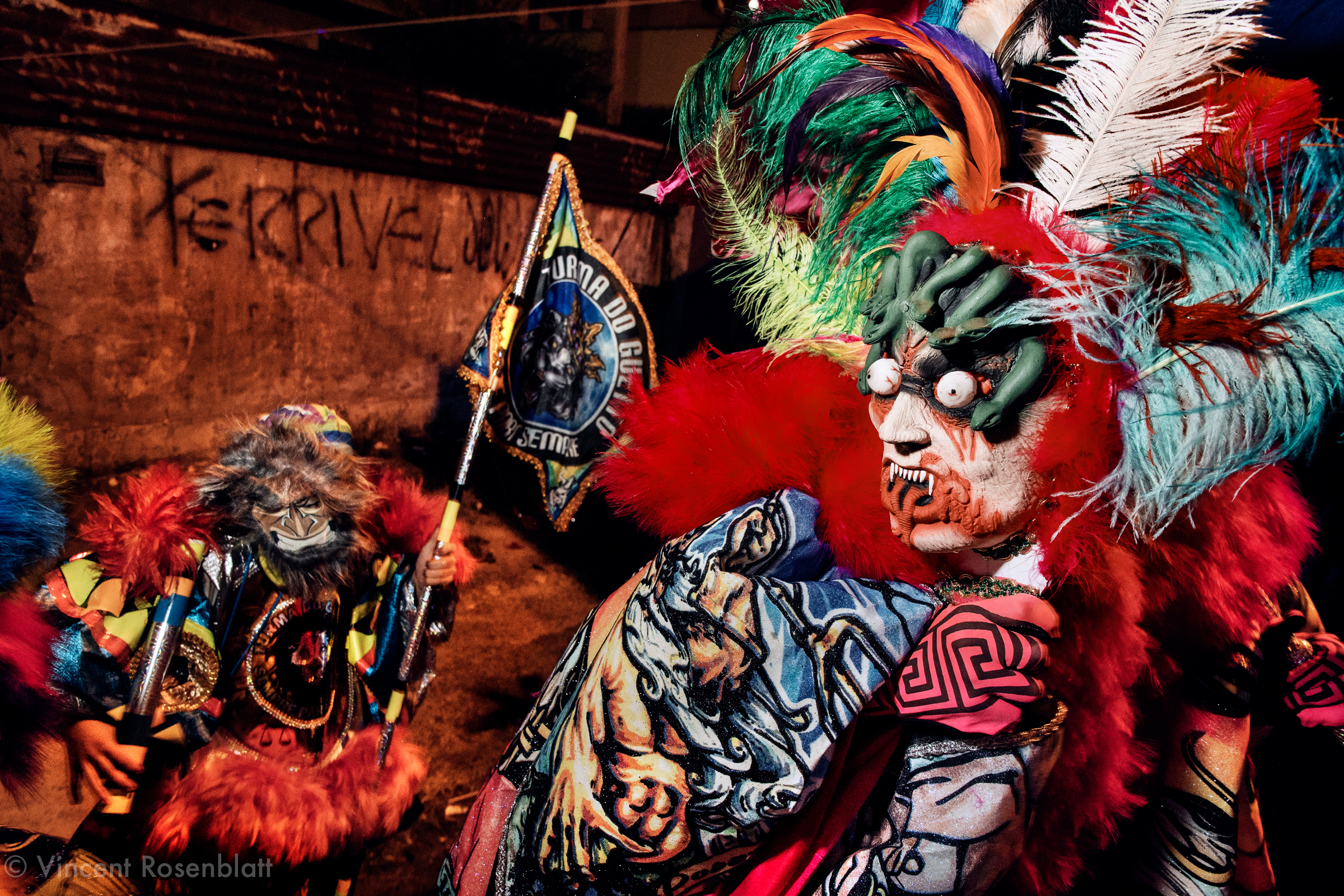
Parade of the Turma do Indio 2017 - Guadalupe, North Zone of Rio de Janeiro. The Indio is one of the most ancient and respected group of Carnival Clowns of Rio de Janeiro. That year, they inspired themselves from Ancient Greek myths for their costumes.

Turma Consideraçao, Cidade de Deus, Carnaval 2024, Rio de Janeiro.

Turma Consideraçao, Cidade de Deus, Carnaval 2024, Rio de Janeiro.
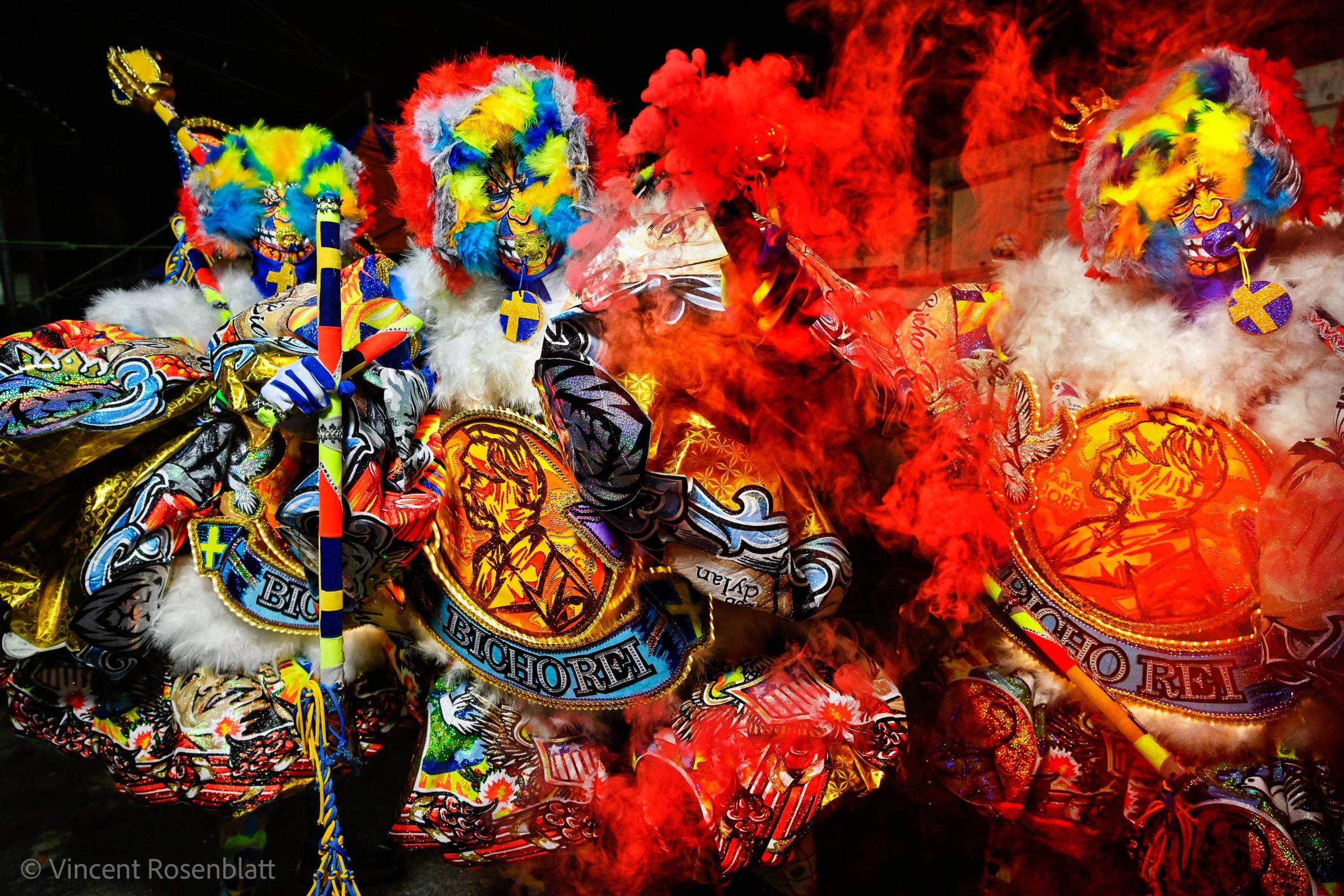
Bixo Rei, Oswaldo Cruz. Carnival, Rio de Janeiro, 2025. © Vincent Rosenblatt
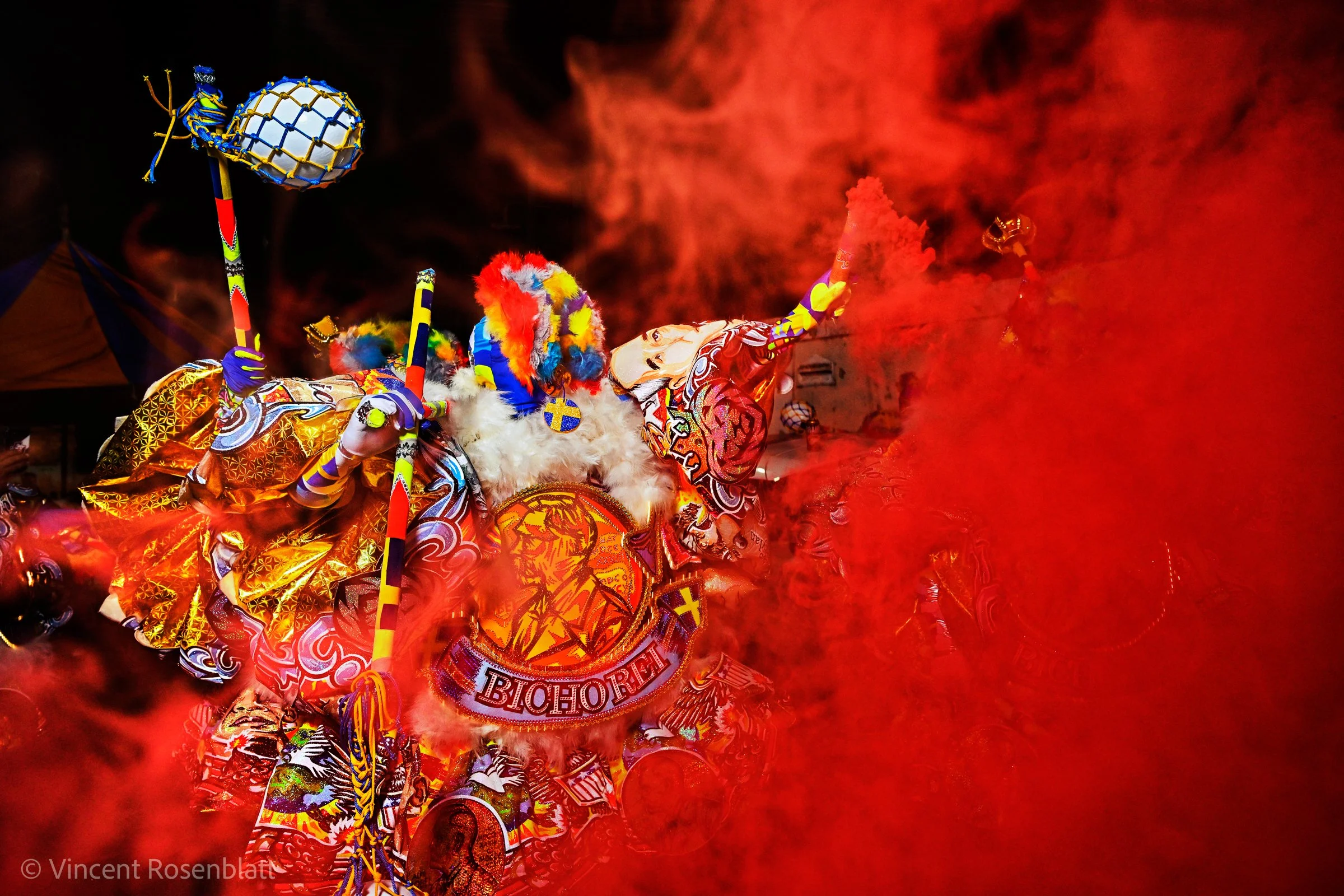
Bixo Rei, Oswaldo Cruz. Carnival, Rio de Janeiro, 2025. © Vincent Rosenblatt

Turma Sai da Rua, Bento Ribeiro, Rio de Janeiro 2024.

Turma Sai da Rua, Bento Ribeiro, Rio de Janeiro 2024.

Turma do Indio de Guadalupe. Favela do Muquiço, Rio de Janeiro 2024

Turma do Indio de Guadalupe. Favela do Muquiço, Rio de Janeiro 2024
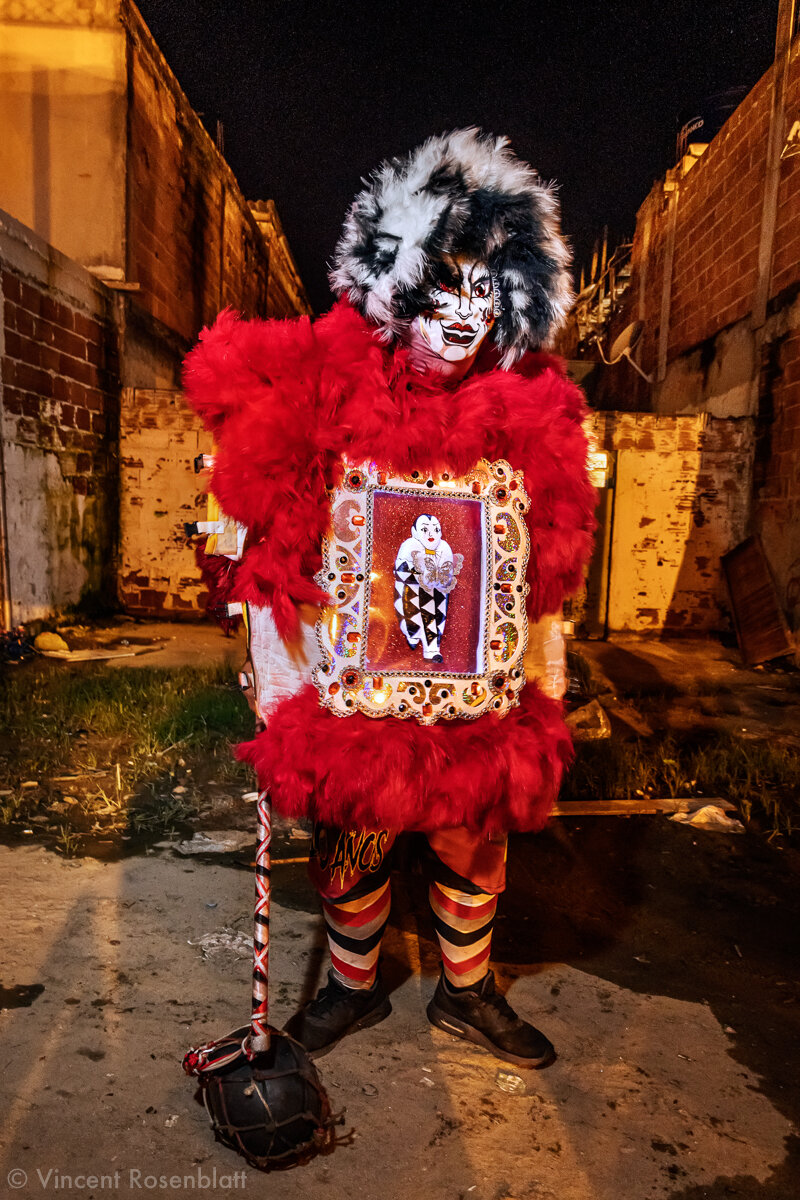
Turma Tortura - City of God, Carnival 2019 - Rio de Janeiro
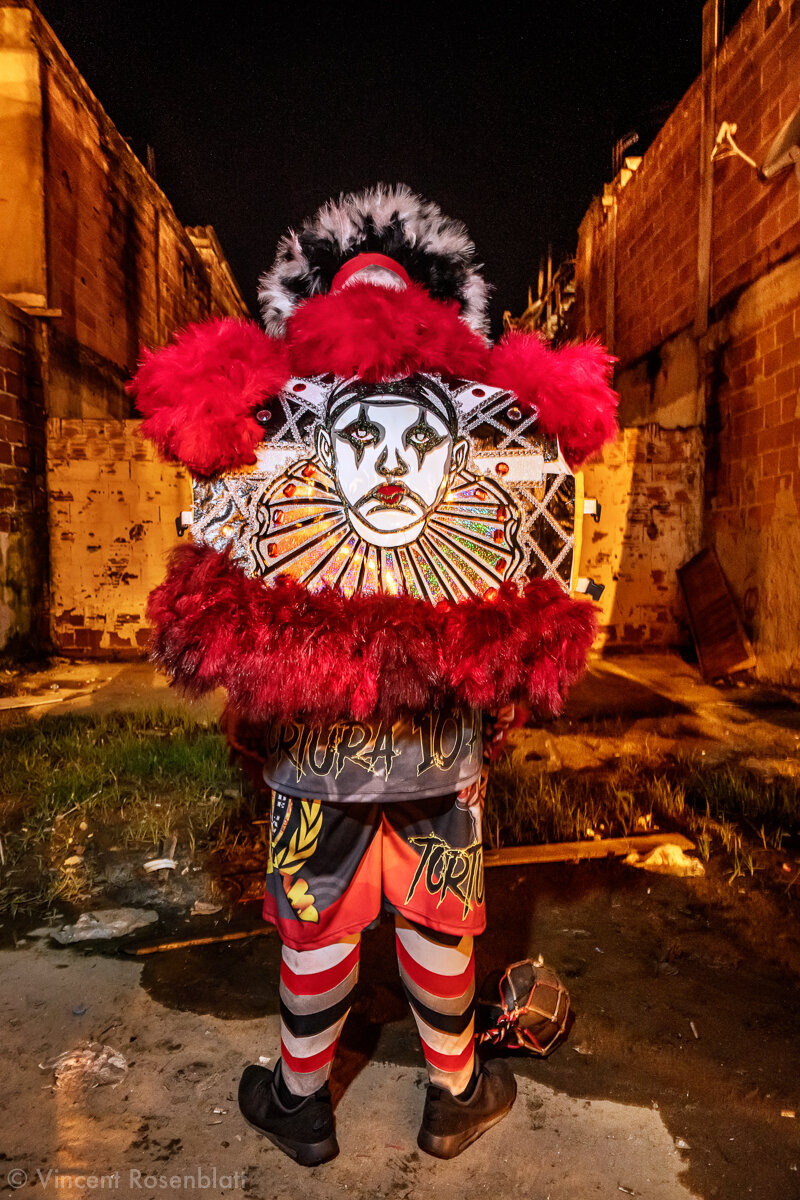
Turma Tortura, City of God, Carnival 2019 - Rio de Janeiro
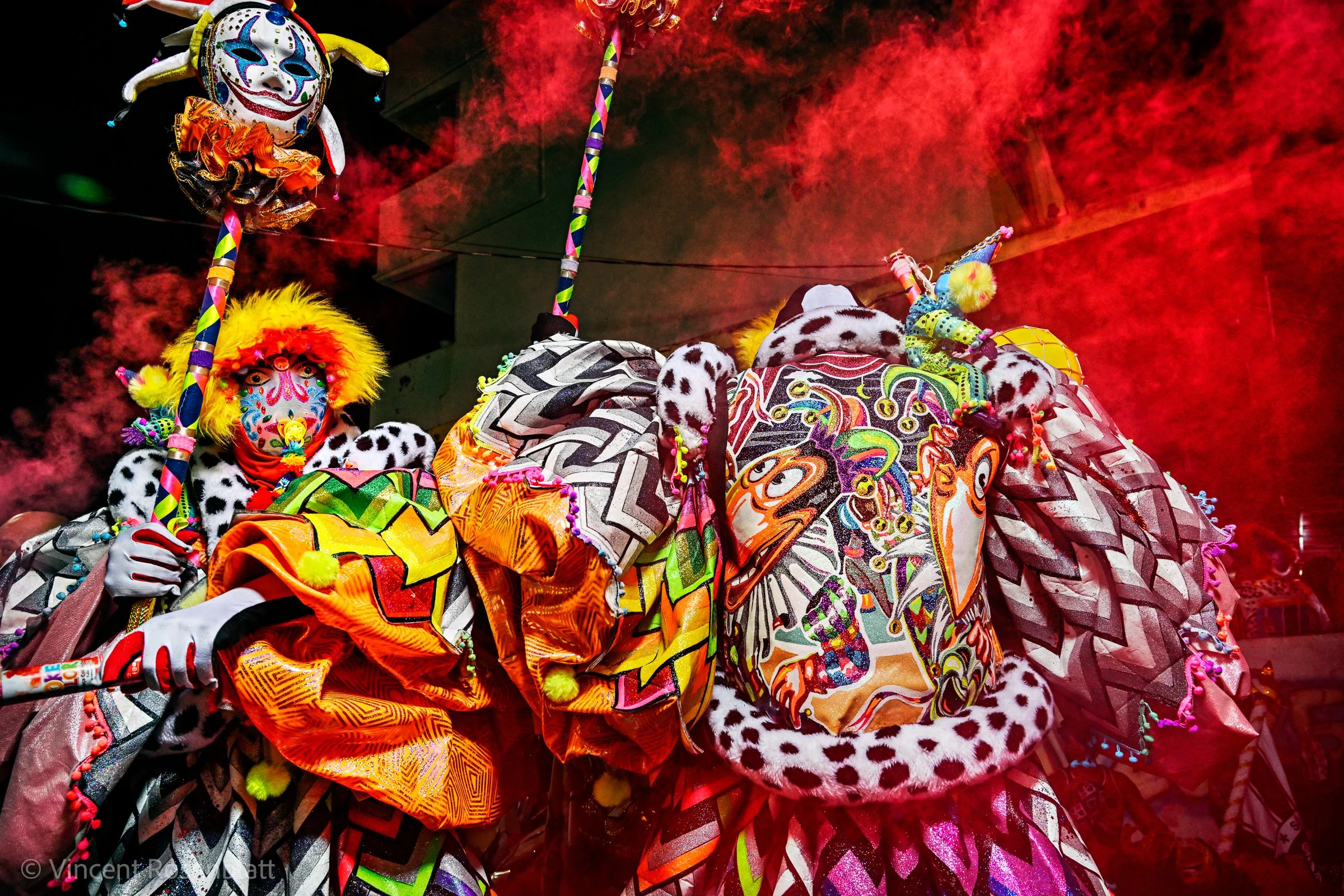
Turma Paniko do Muquiço, Rio de Janeiro, 2025.
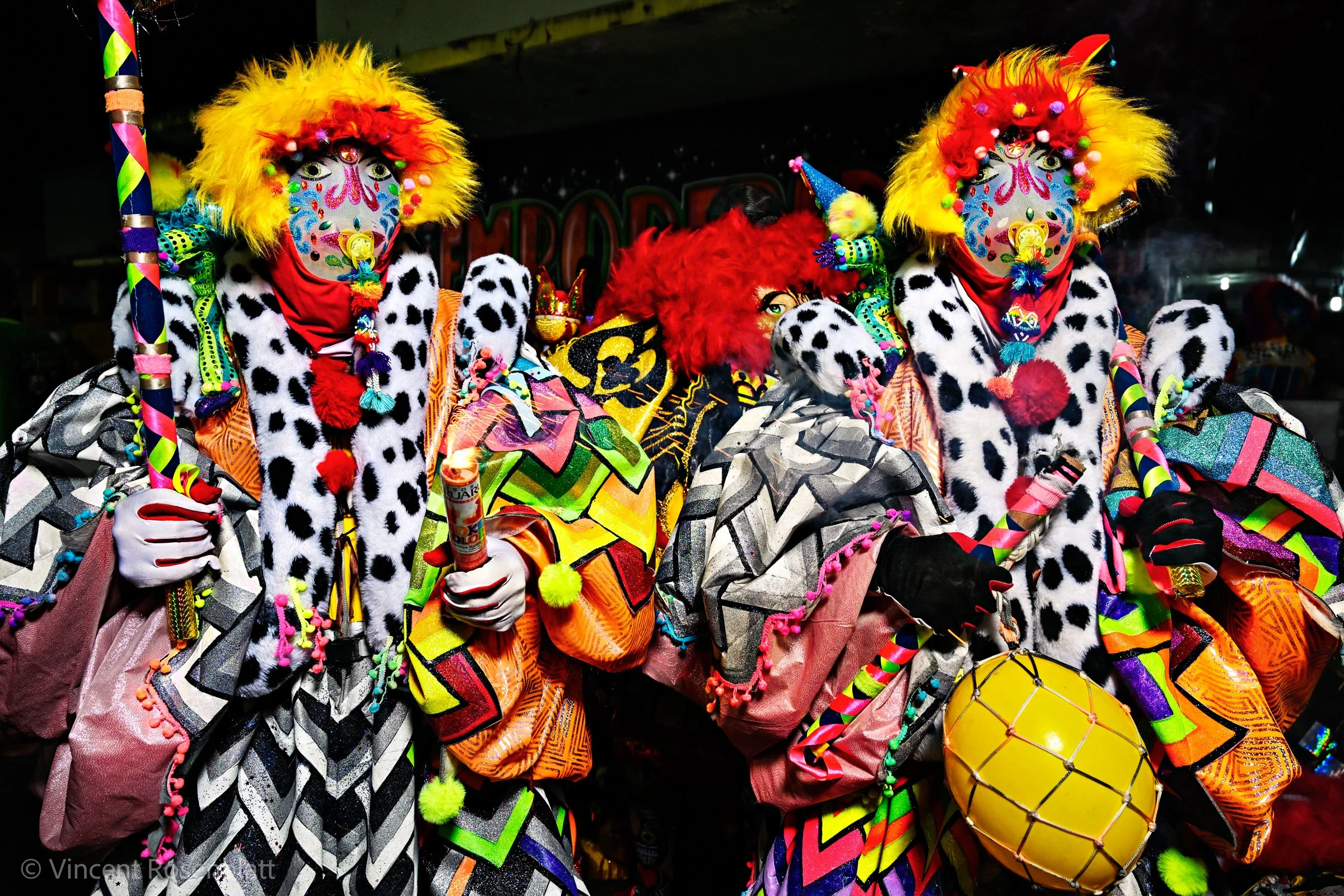
Turma Paniko do Muquiço, Rio de Janeiro, 2005.
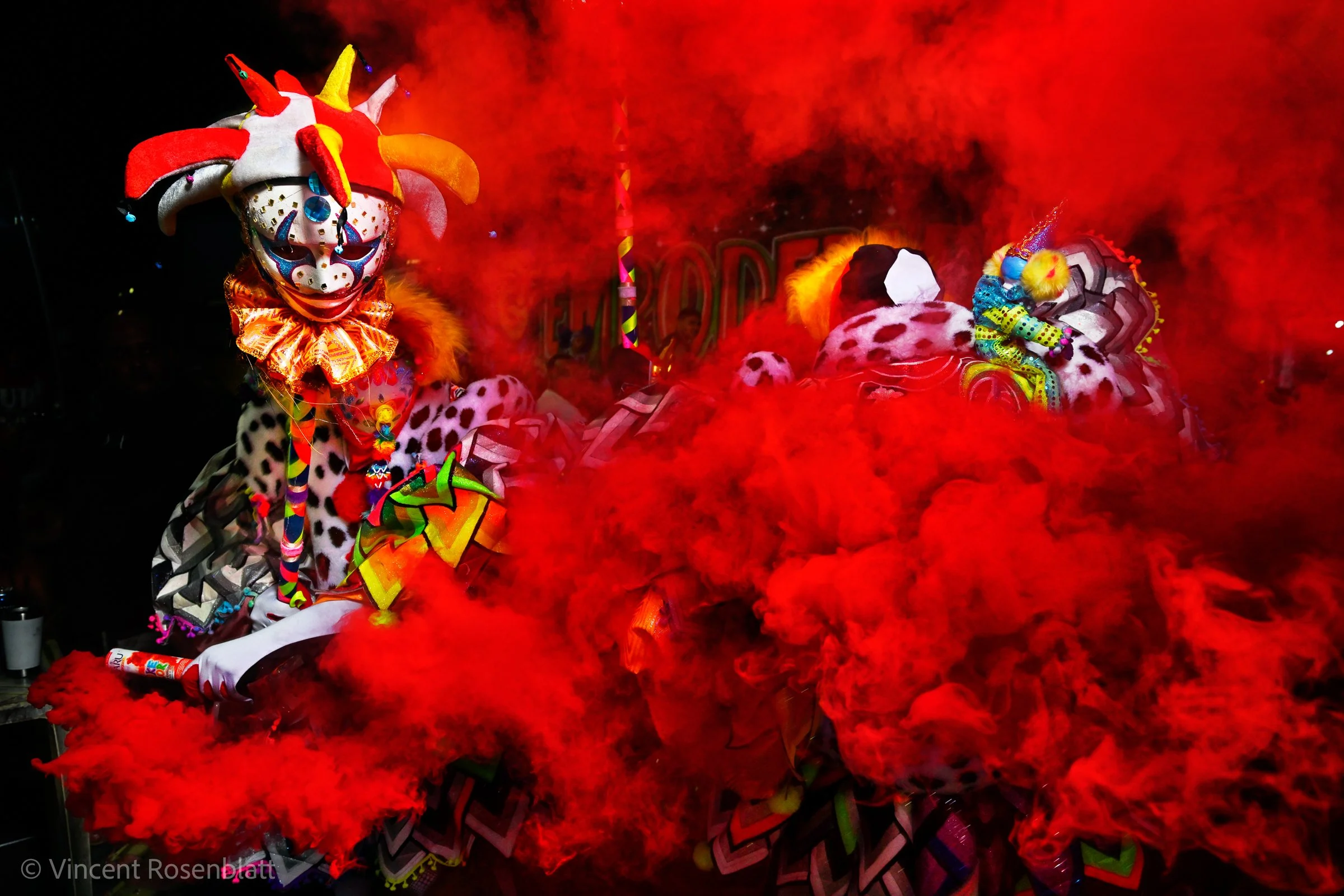
Turma Paniko do Muquiço, Rio de Janeiro, 2025.
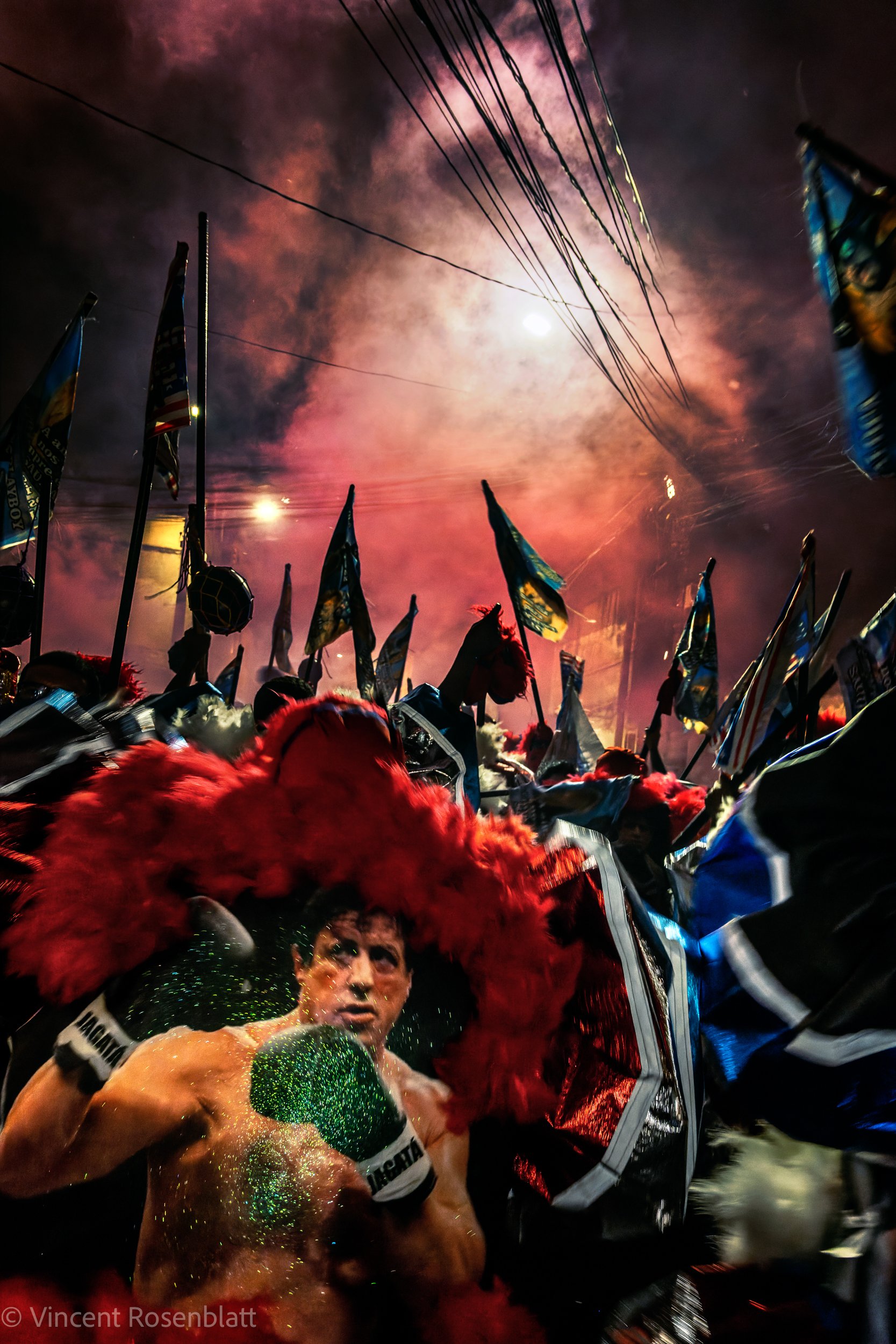
Bate-bola from the Jagatá group, Madureira, Zona Norte, Rio de Janeiro, Carnaval 2022.

Turma Sem ideia from Campo Grande, meeting in Realengo. Carnival 2024, Rio de Janeiro.

Guri Ruim, Madureira, Rio de Janeiro 2024

Guri Ruim, Madureira, Rio de Janeiro 2024

Gurilouko, Campo Grande, Rio de Janeiro 2024.

Gurilouko, Campo Grande, Rio de Janeiro 2024.
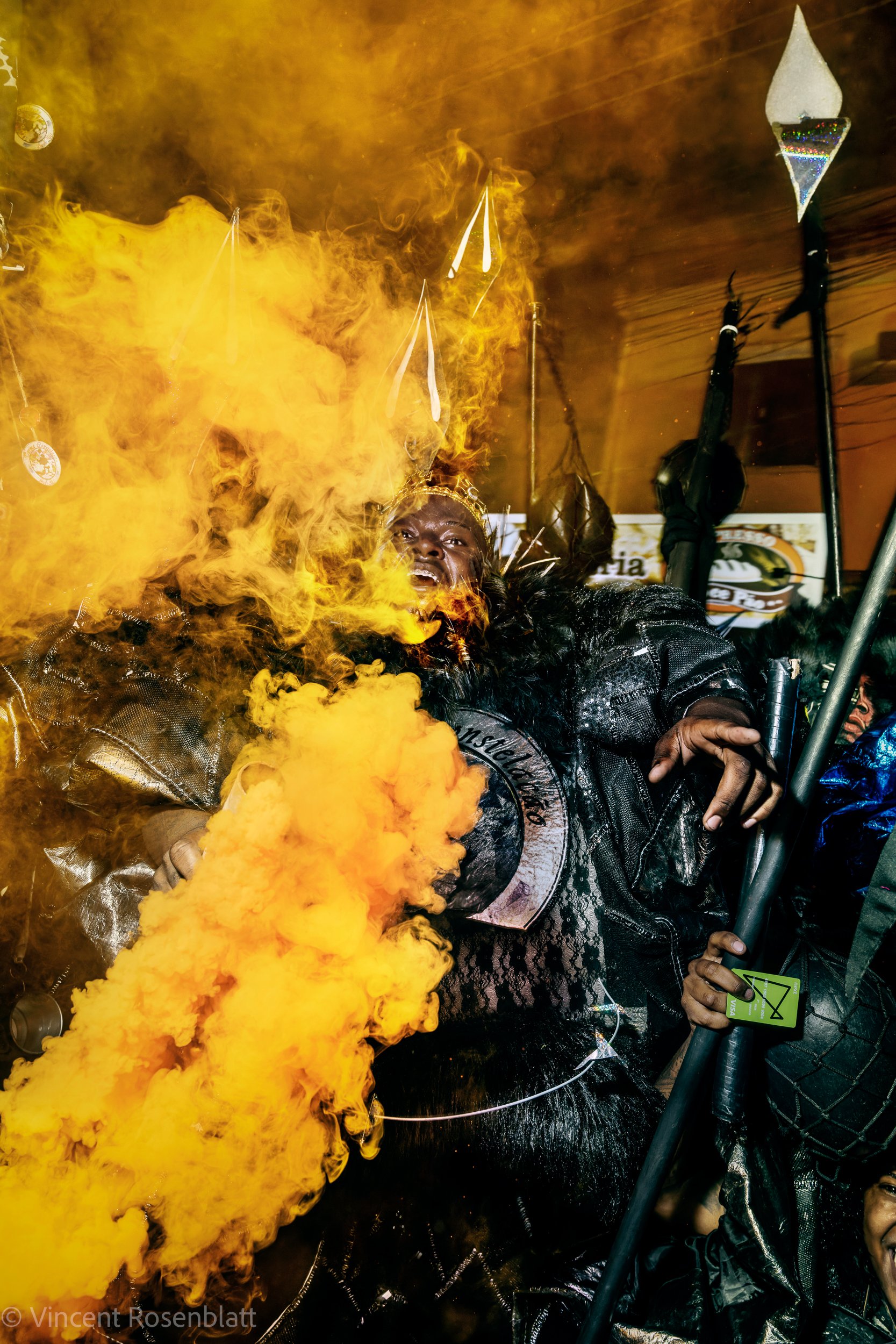
Bate-bola from the Constelaçao group from tje Vila Aliança favela, photographed in Santissimo, Zona Oeste, Rio de Janeiro, Carnaval 2022.
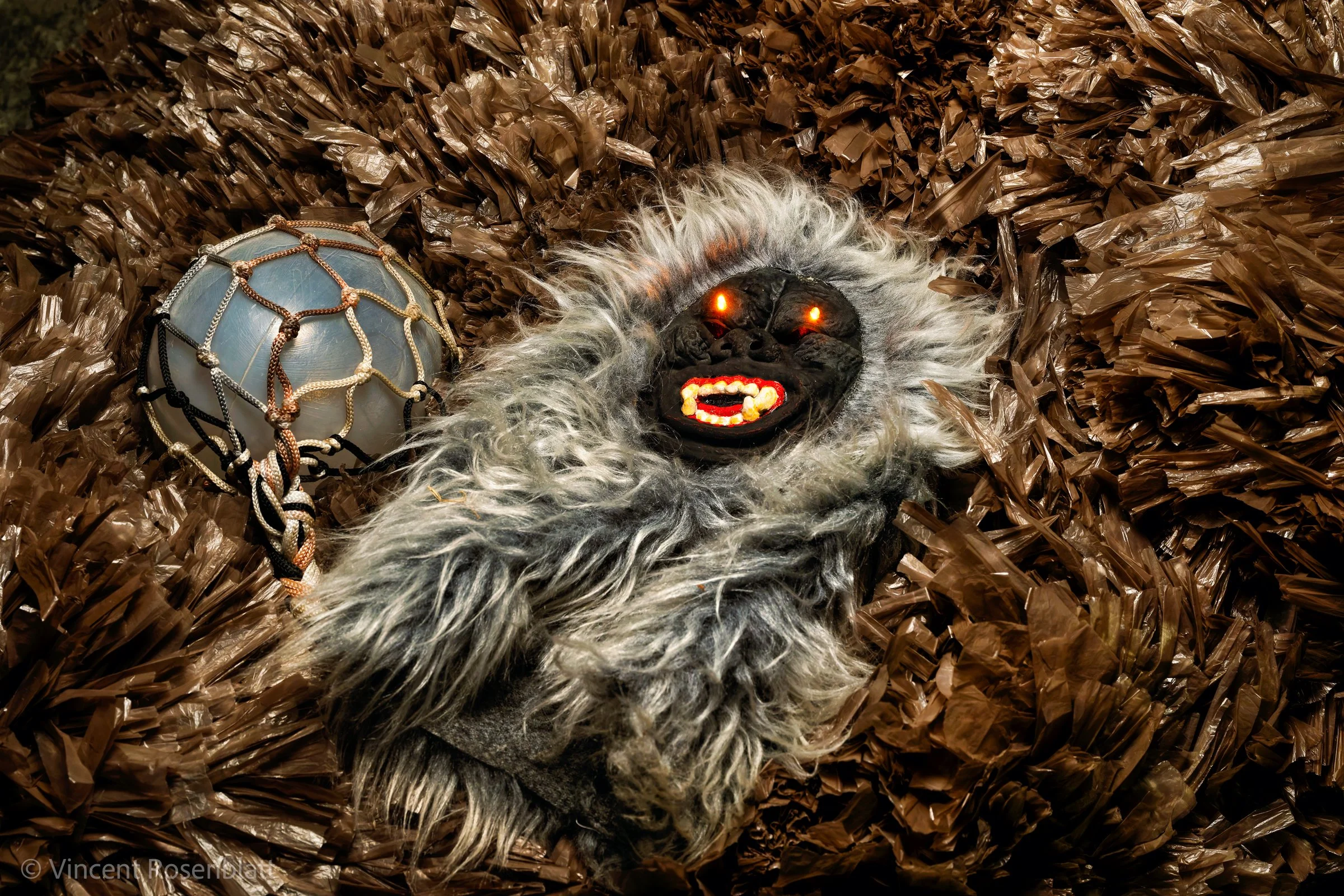
Gurilouko de Campo Grande, Rio de Janeiro, 2025.
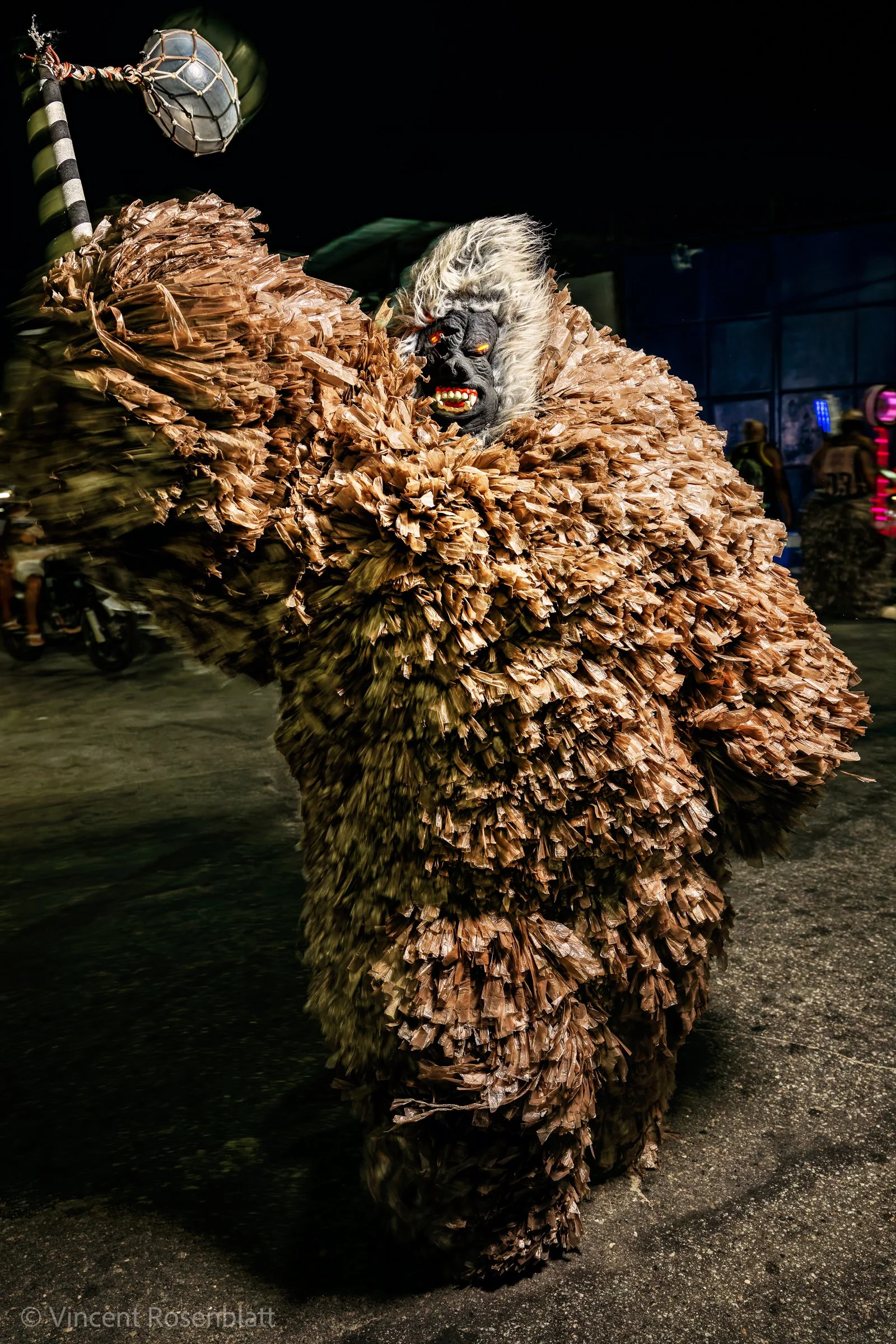
Gurilouko de Campo Grande, Rio de Janeiro, 2005.

Carnival 2024, Madureira, Rio de Janeiro
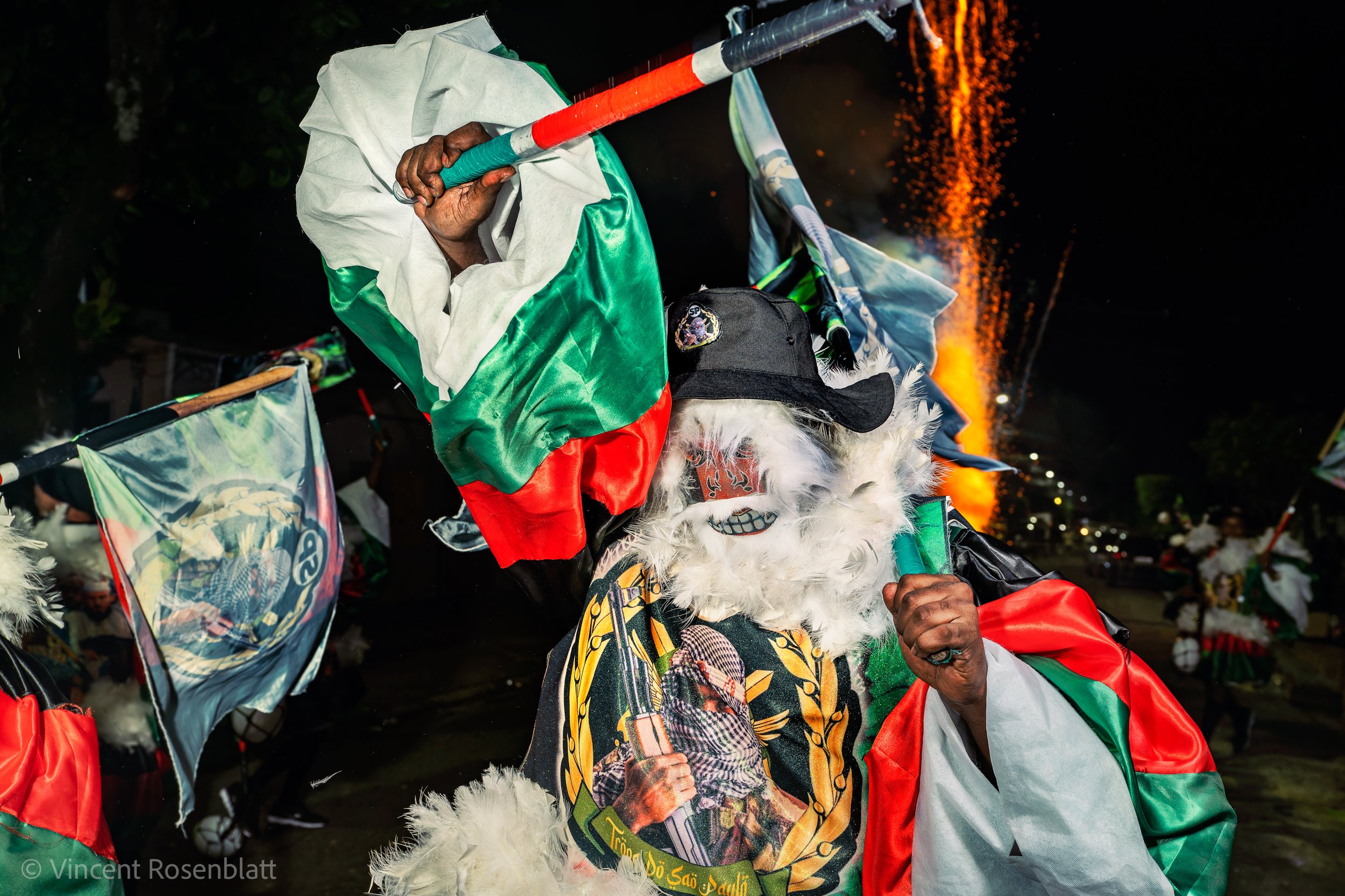
Tropa do Sao Paulo, Bate-bola group in Marechal Hermes, Zona Norte, Rio de Janeiro, 2023.
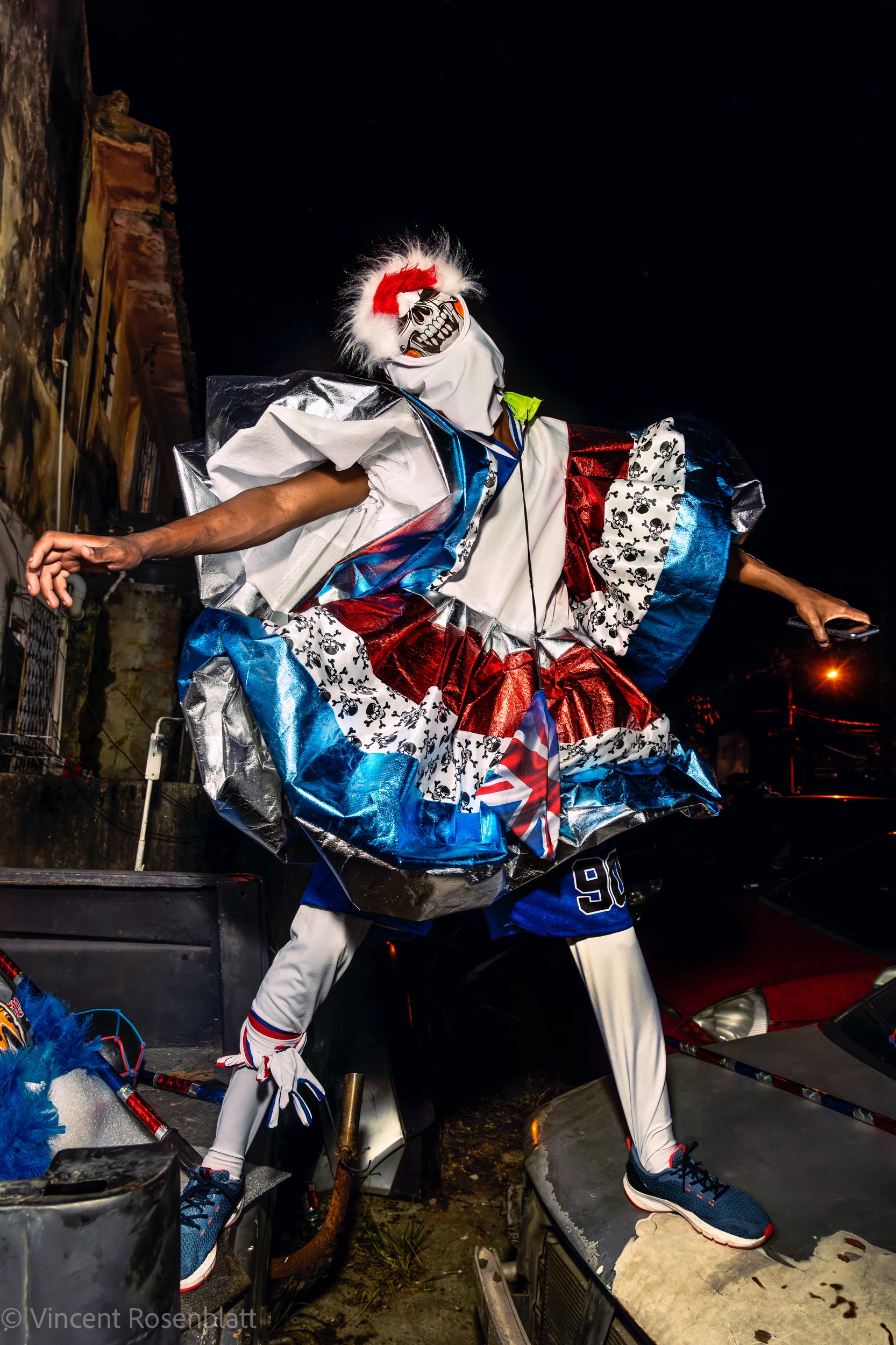
Turma da Civil - bate-bola group from Marechal Hermes, Zona Norte, Rio de Janeiro, 2022.
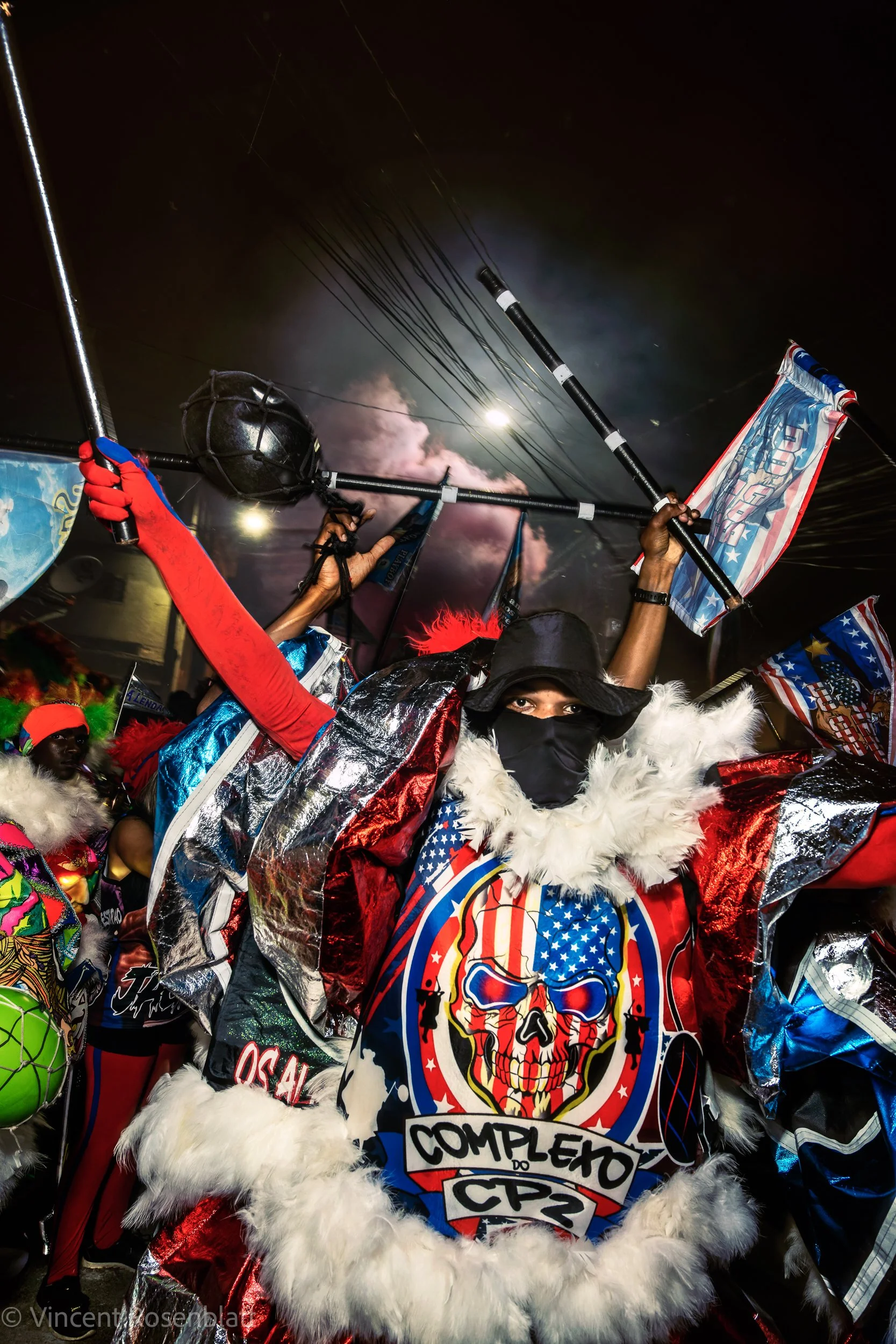
Complexo do CP2 group, Madureira, Zona Norte, Rio de Janeiro, Carnaval 2022.
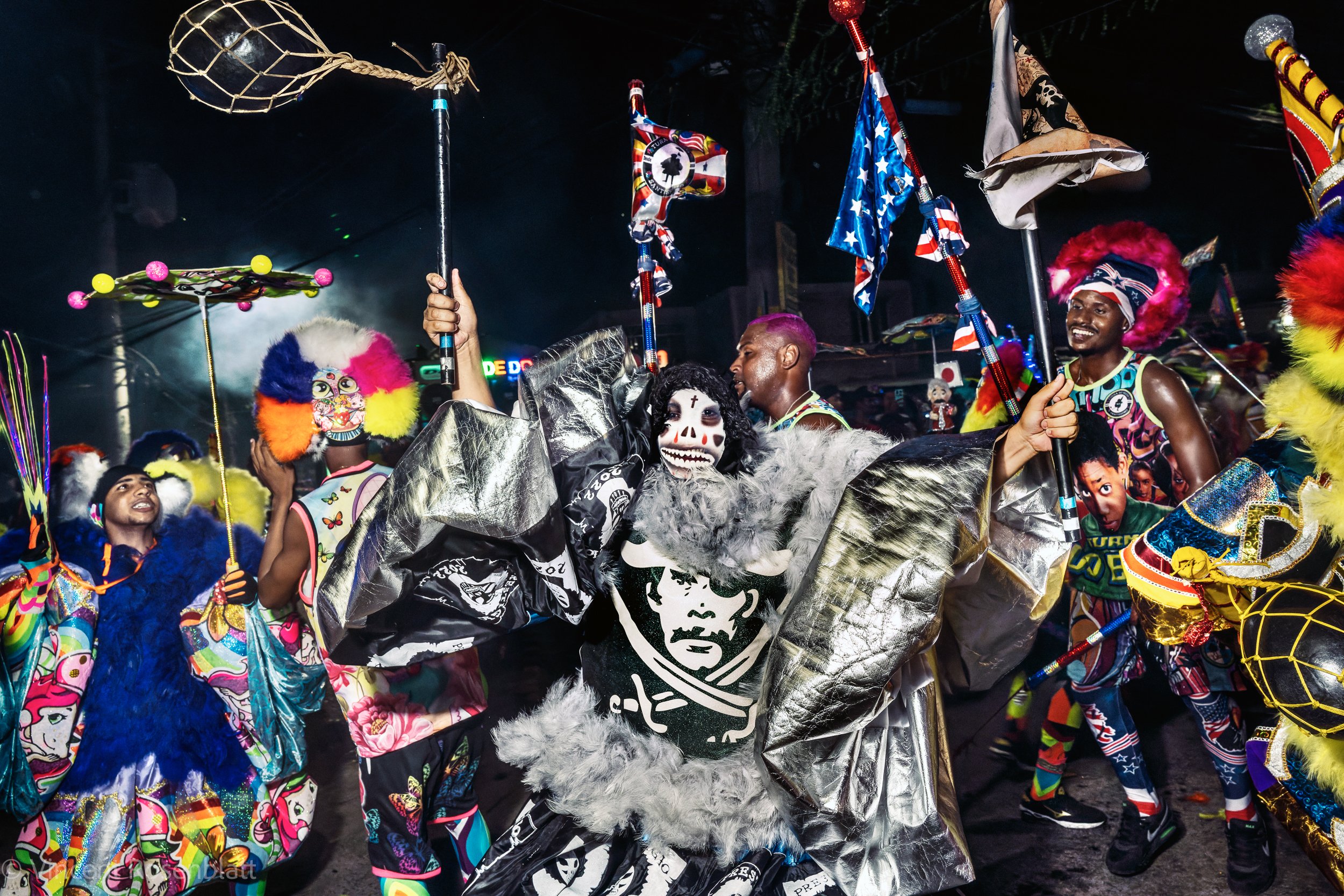
Bate-bola from the Prestigio group from Santissimo, photographed in Jacarepagua, Zona Oeste, Rio de Janeiro, Carnaval 2022.
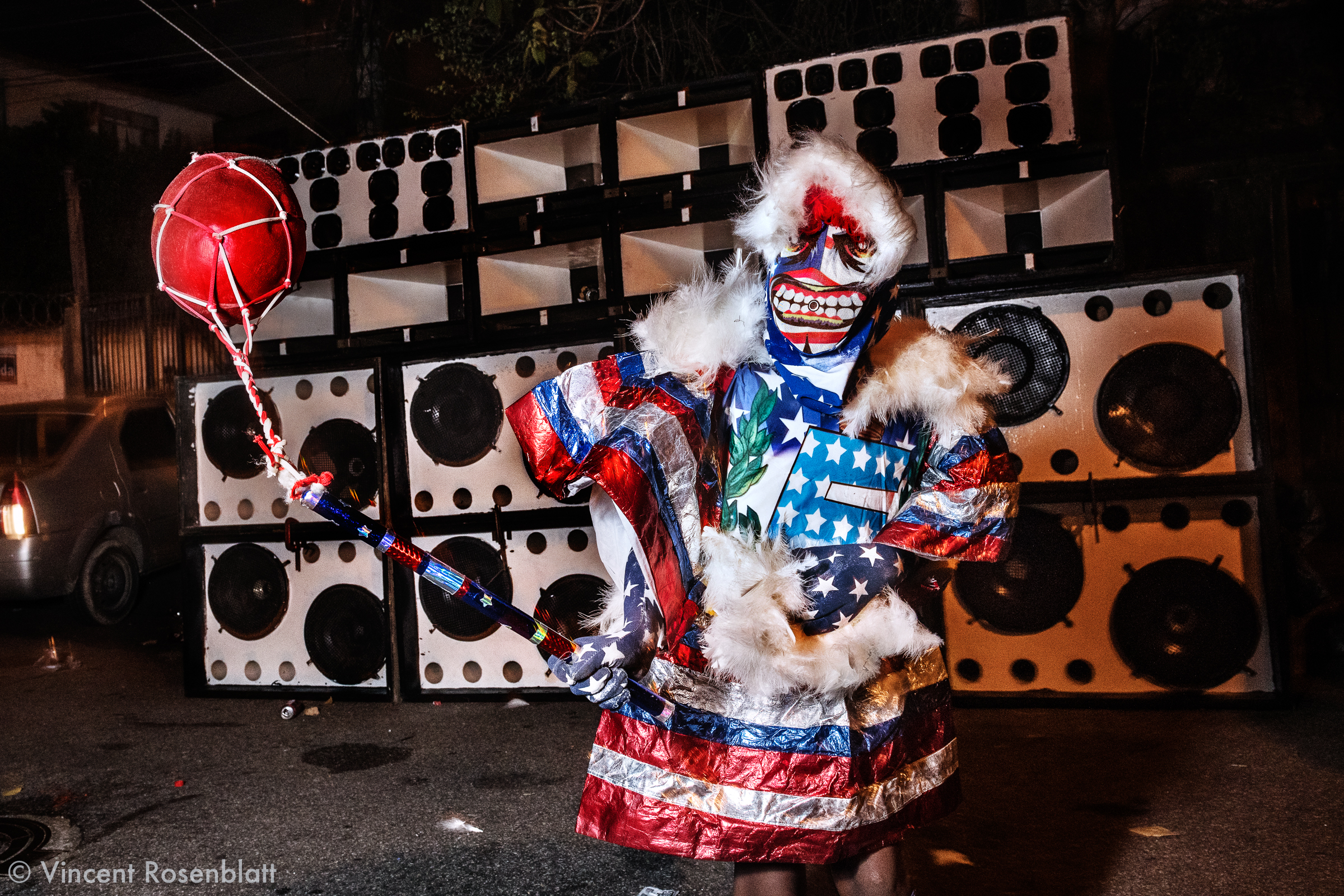
Yong Bate-Bola kid wearing an USA inspired fantasy at the Faz Quem Quer favela, North Zone of Rio de Janeiro, Carnival 2018. Baile Funk soundsystem in the background, as Funk Carioca is the main soundtrack for the Bate-Bola.

Havita, Oswaldo Cruz, Carnival 2024, Rio de Janeiro.

Turma Conceito de Vila Valqueire, saida retro,Carnaval 2024 Bento Ribeiro, Rio de Janeiro.

Turma Bolo Doido, Muquiço, Rio de Janeiro 2025. © Vincent Rosenblatt
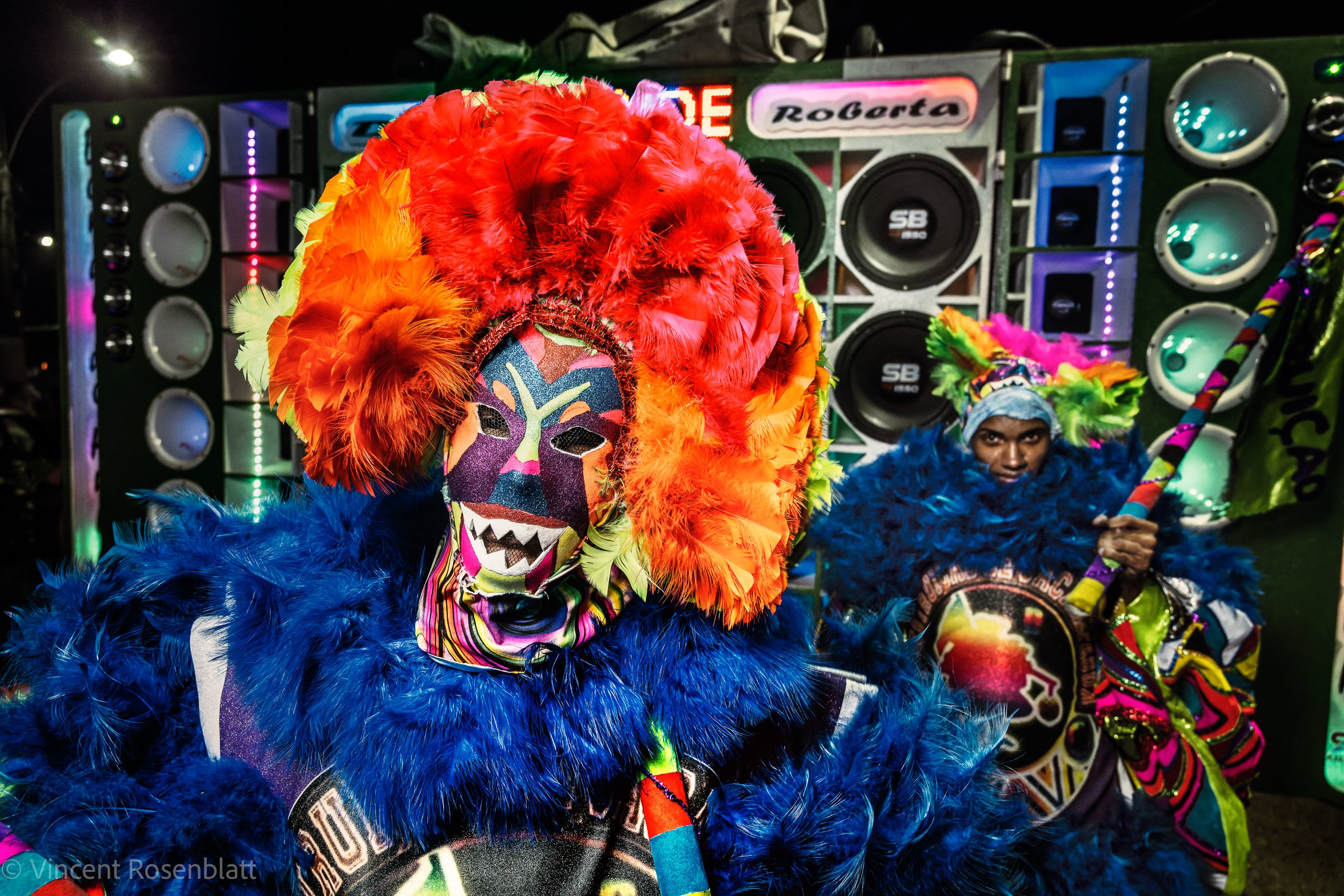
Bate-bola from the Destruiçao group, Jacarepagua, Zona Oeste, Rio de Janeiro, Carnaval 2022.
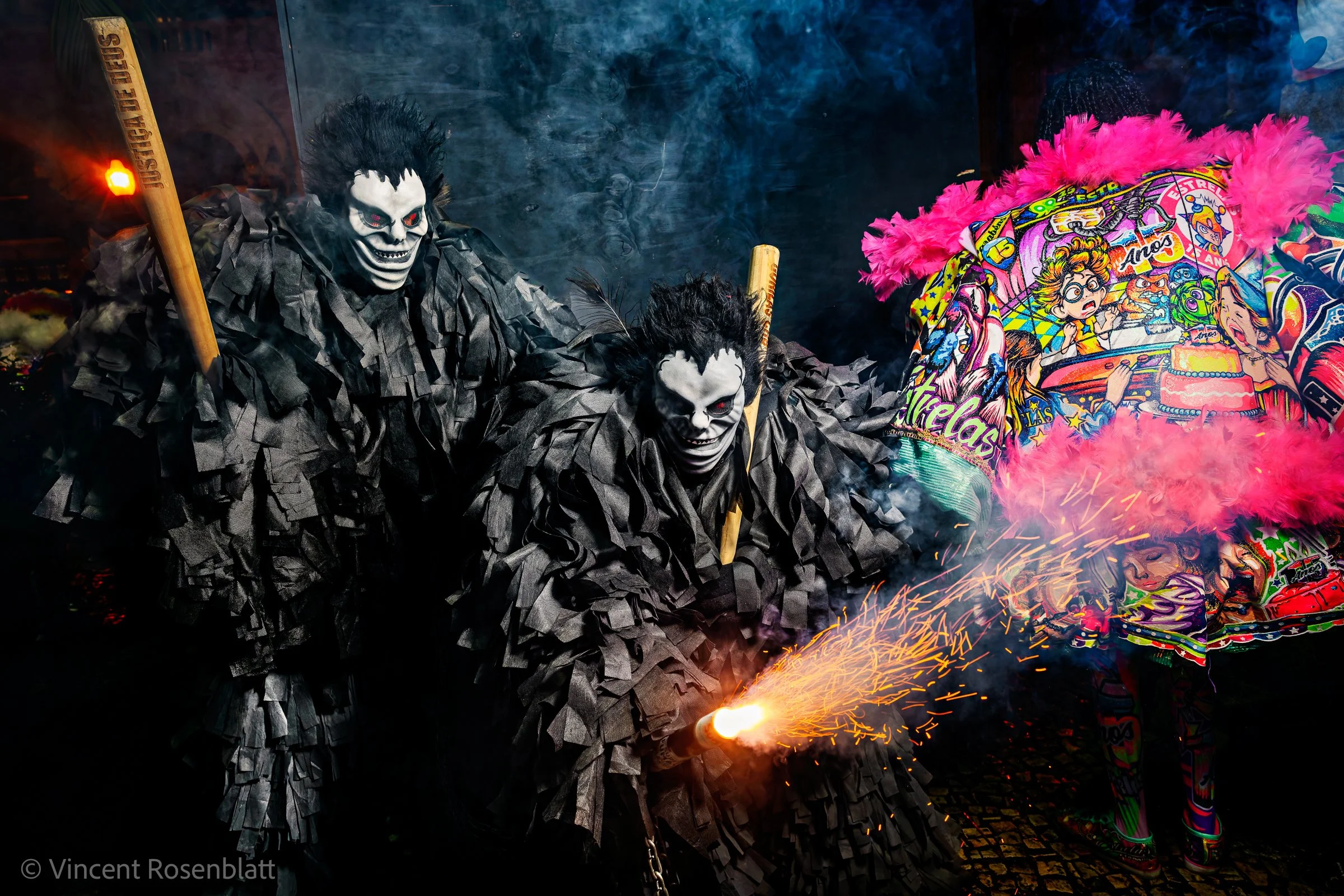
Gorilas Cehab, Cinelandia, Rio de Janeiro, 2025.
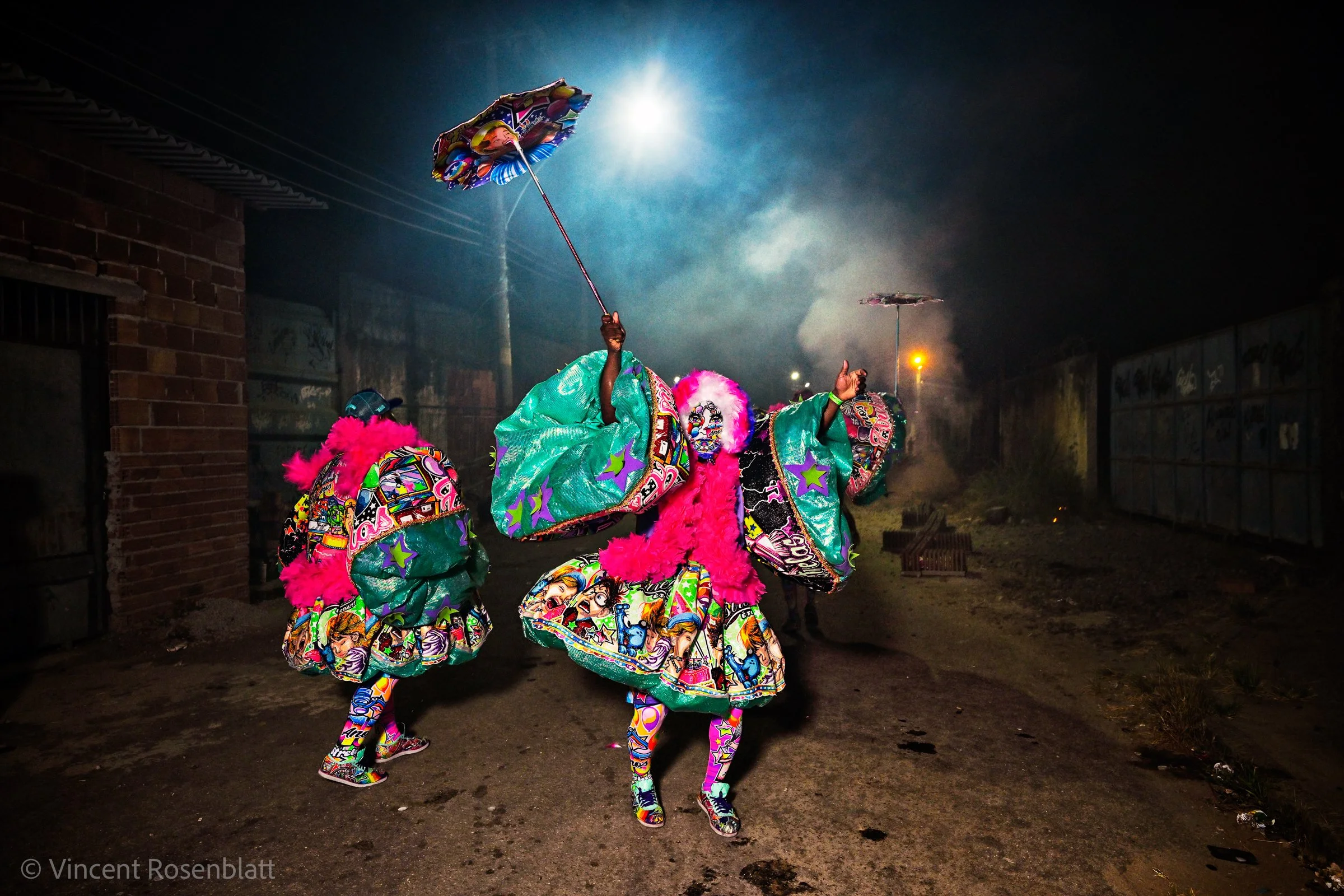
Turma Estrelas do Muquiço, Rio de Janeiro, 2025.
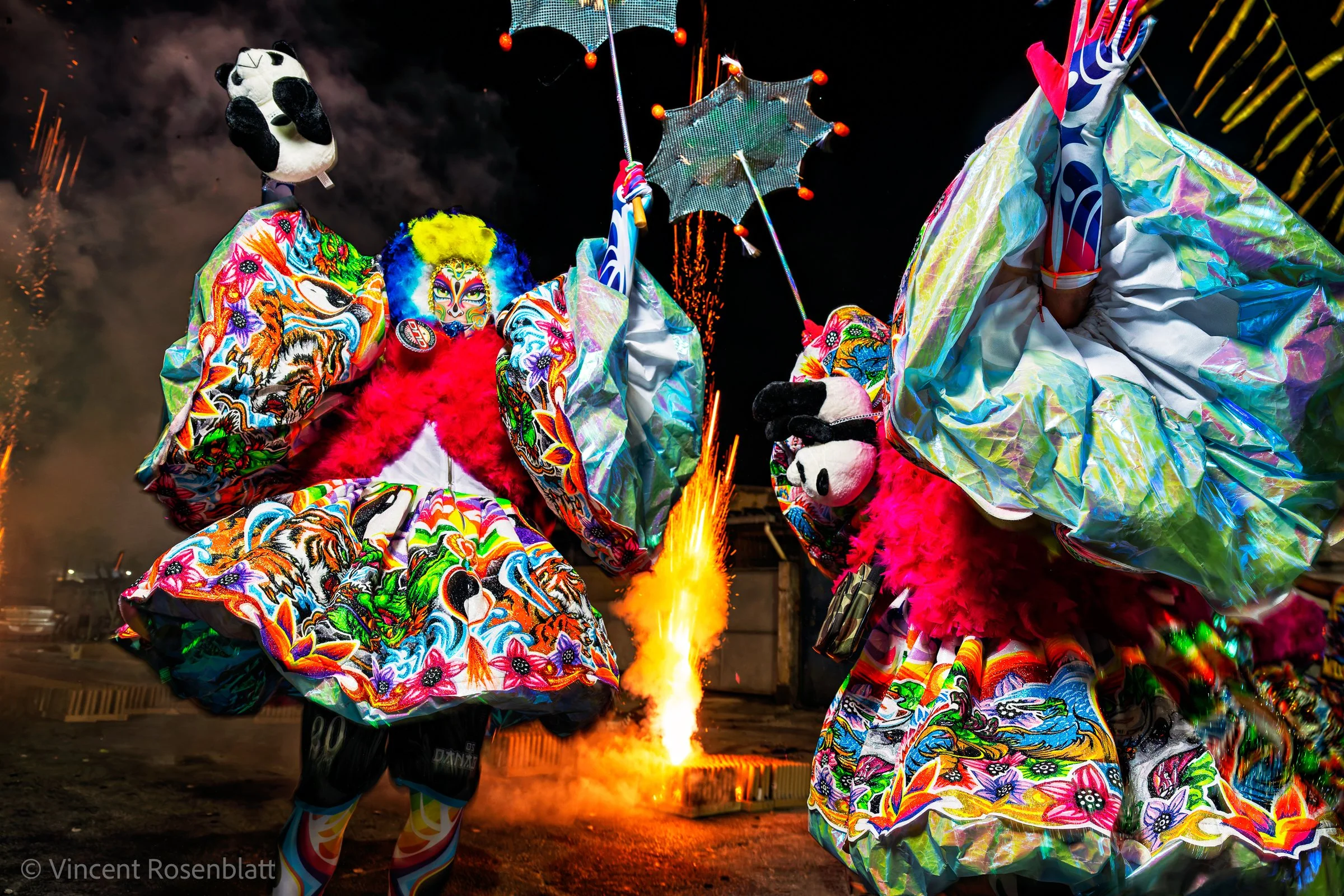
Turma dos Danados, Marechal Hermes, Rio de Janeiro, 2025.

Turma Bart from Bangu, Carnival 2024, Rio de Janeiro.

Os Impossiveis, Bate-bola group from Marechal Hermes, Zona Norte, Rio de Janeiro, 2023.
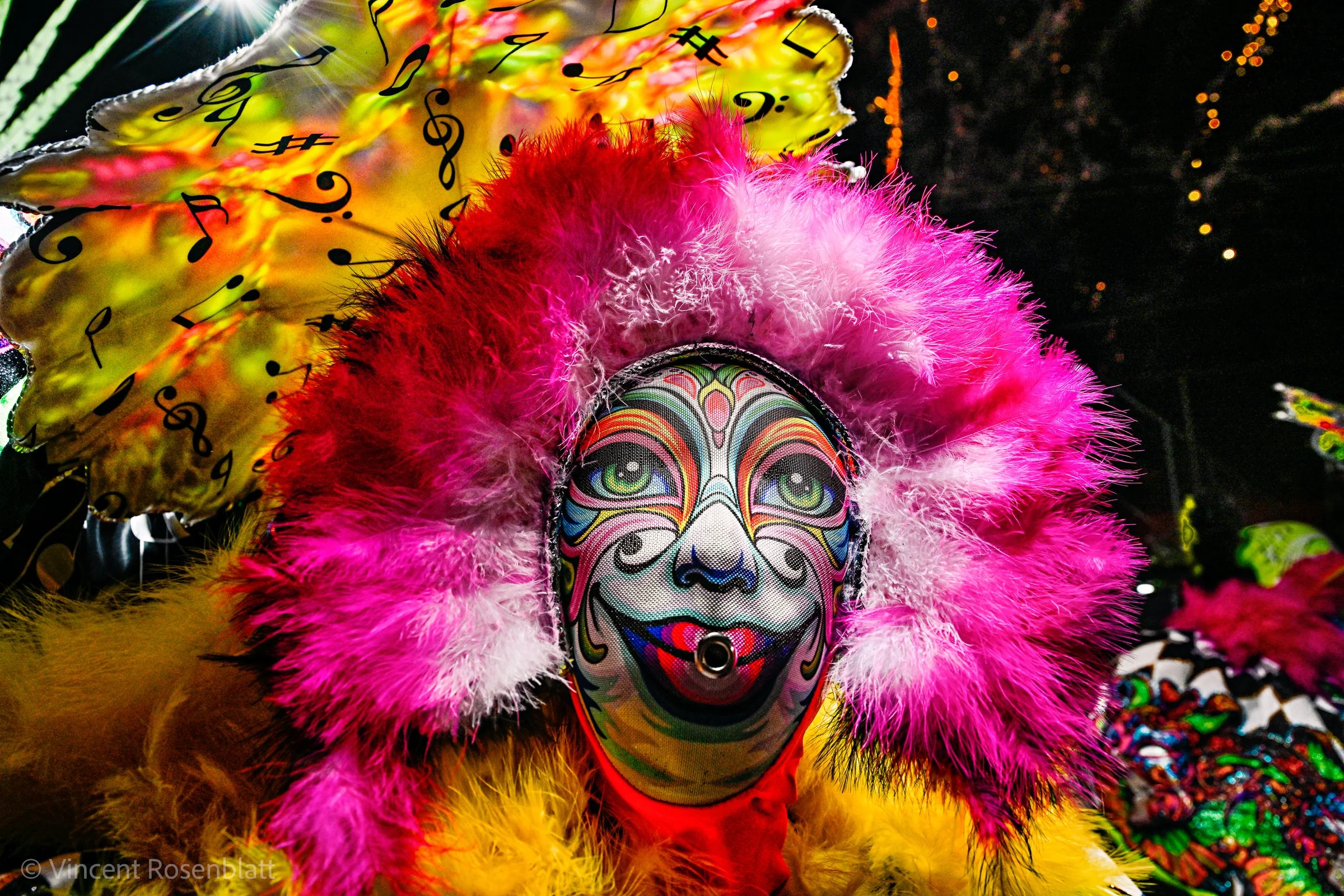
Turma Bolo Doido, Muquiço, Rio de Janeiro 2025. © Vincent Rosenblatt

Turma Bolo Doido, Muquiço, Rio de Janeiro 2025. © Vincent Rosenblatt

Zorra Total, bate-Bola group from Nilopolis, photographed in Santissimo, Rio de Janeiro, 2023.
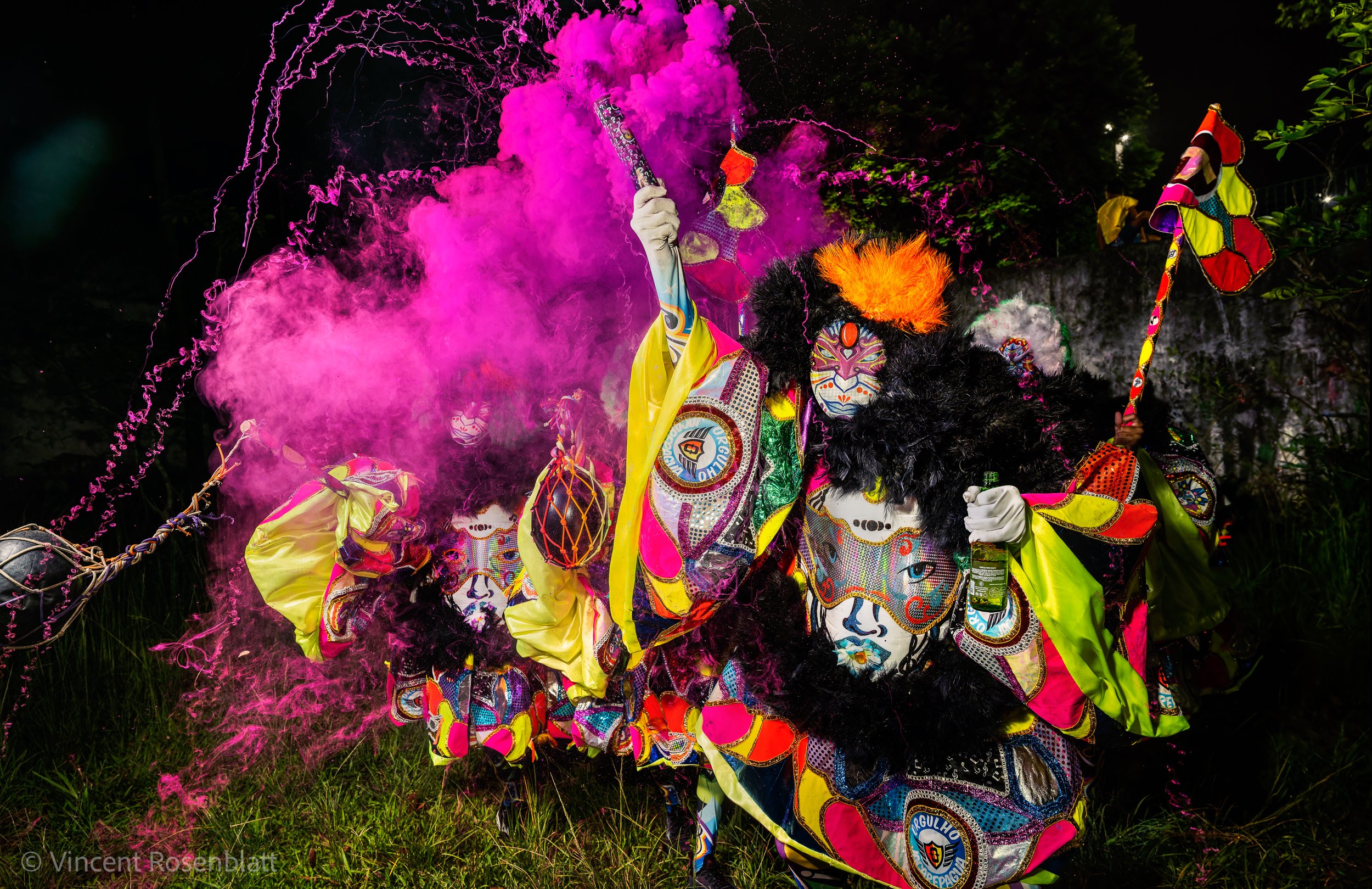
Orgulho (Pride) Bate-bola group from the Ladeira de Santa Maria favela, Jacarepagua, Zona Oeste, Rio de Janeiro, 2023.
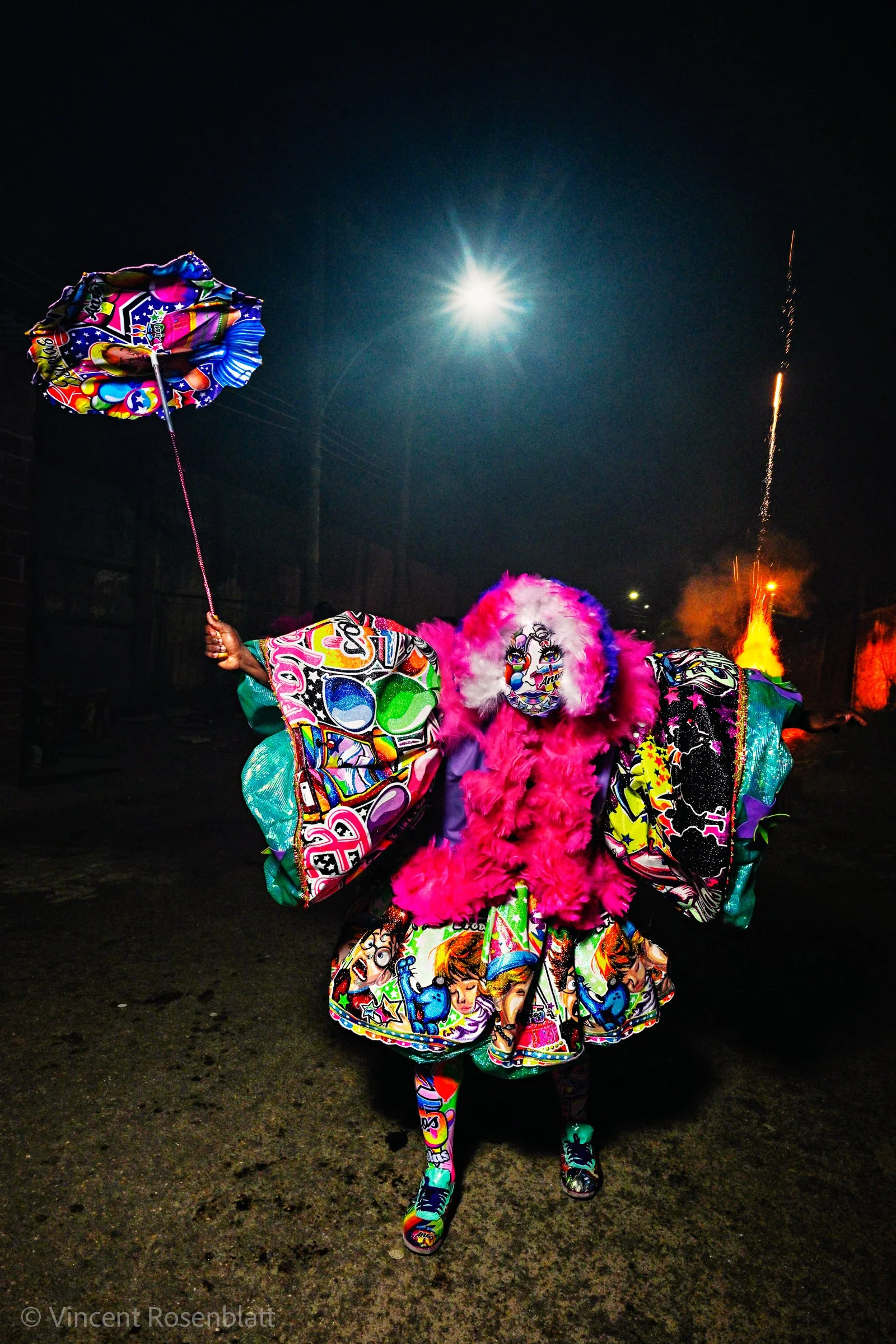
Turma Estrelas do Muquiço, Rio de Janeiro, 2025.

Turma do Indio de Guadalupe. Favela do Muquiço, Rio de Janeiro 2024

Turma Show Maior, Carnaval 2024, Oswaldo Cruz, Rio de Janeiro

As Faixa Preta, Muquiço, Rio de Janeiro, 2025.
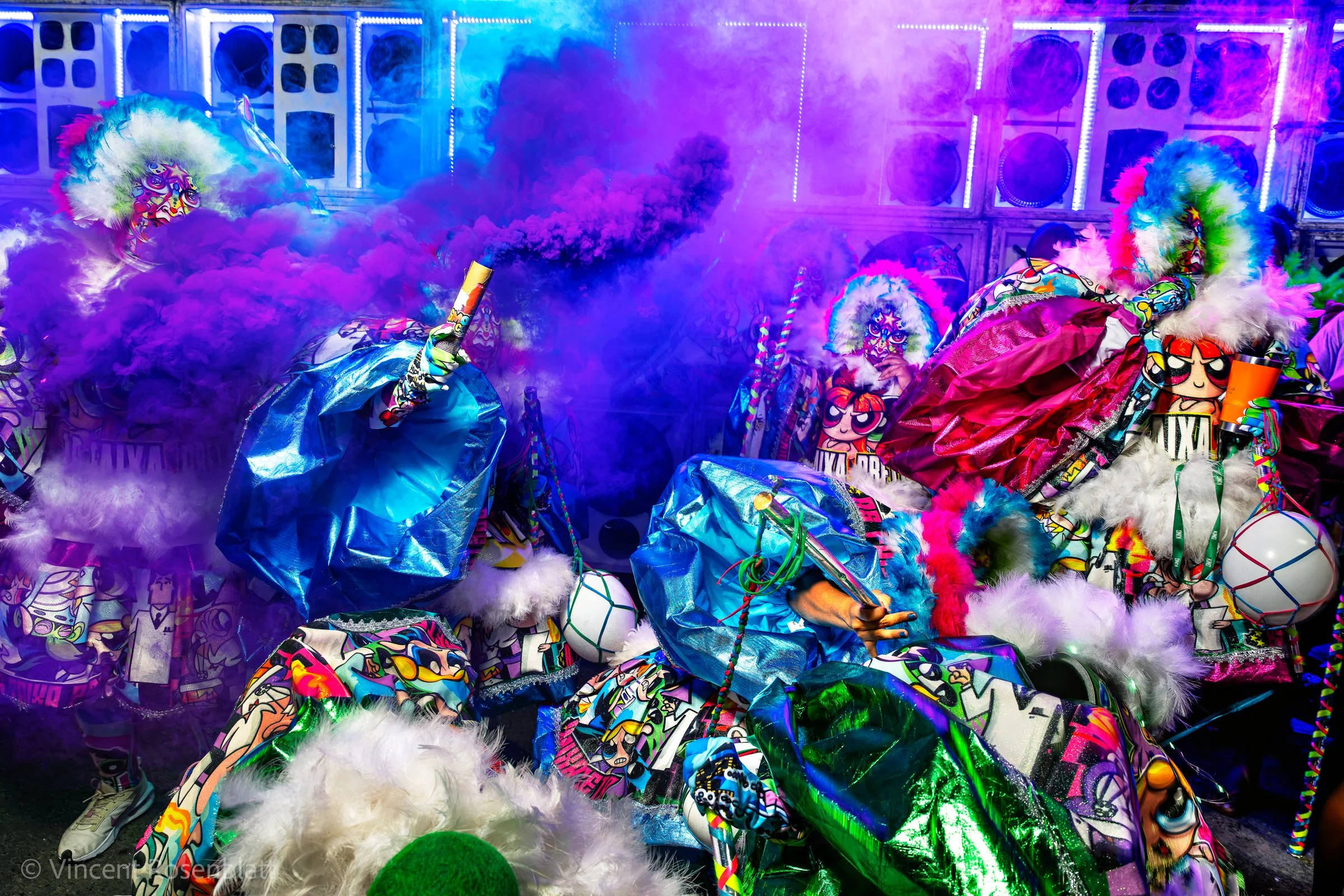
As Faixa Preta, Muquiço, Rio de Janeiro, 2025.
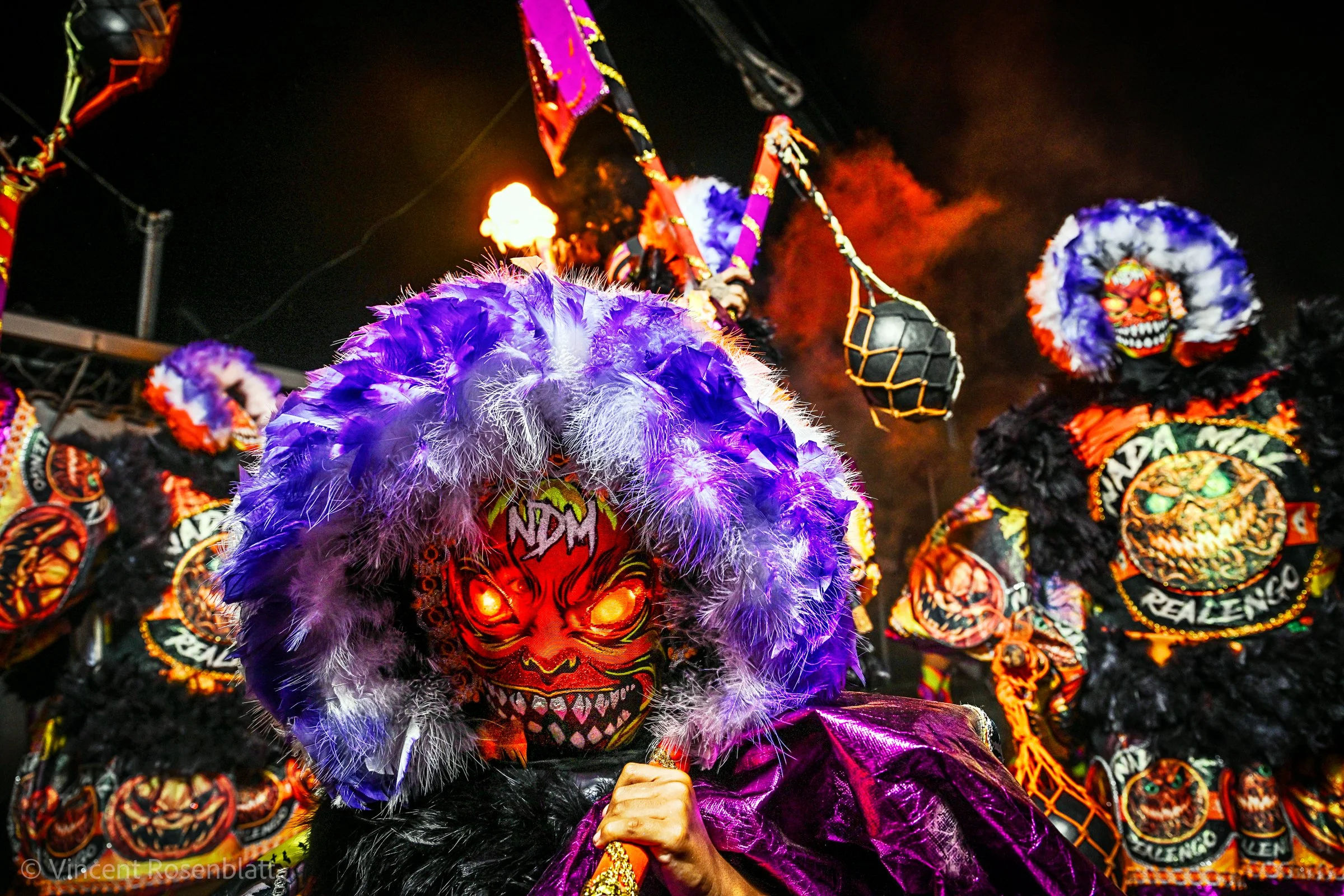
Turma Nada Mal de Realengo, Rio de Janeiro, 2025.
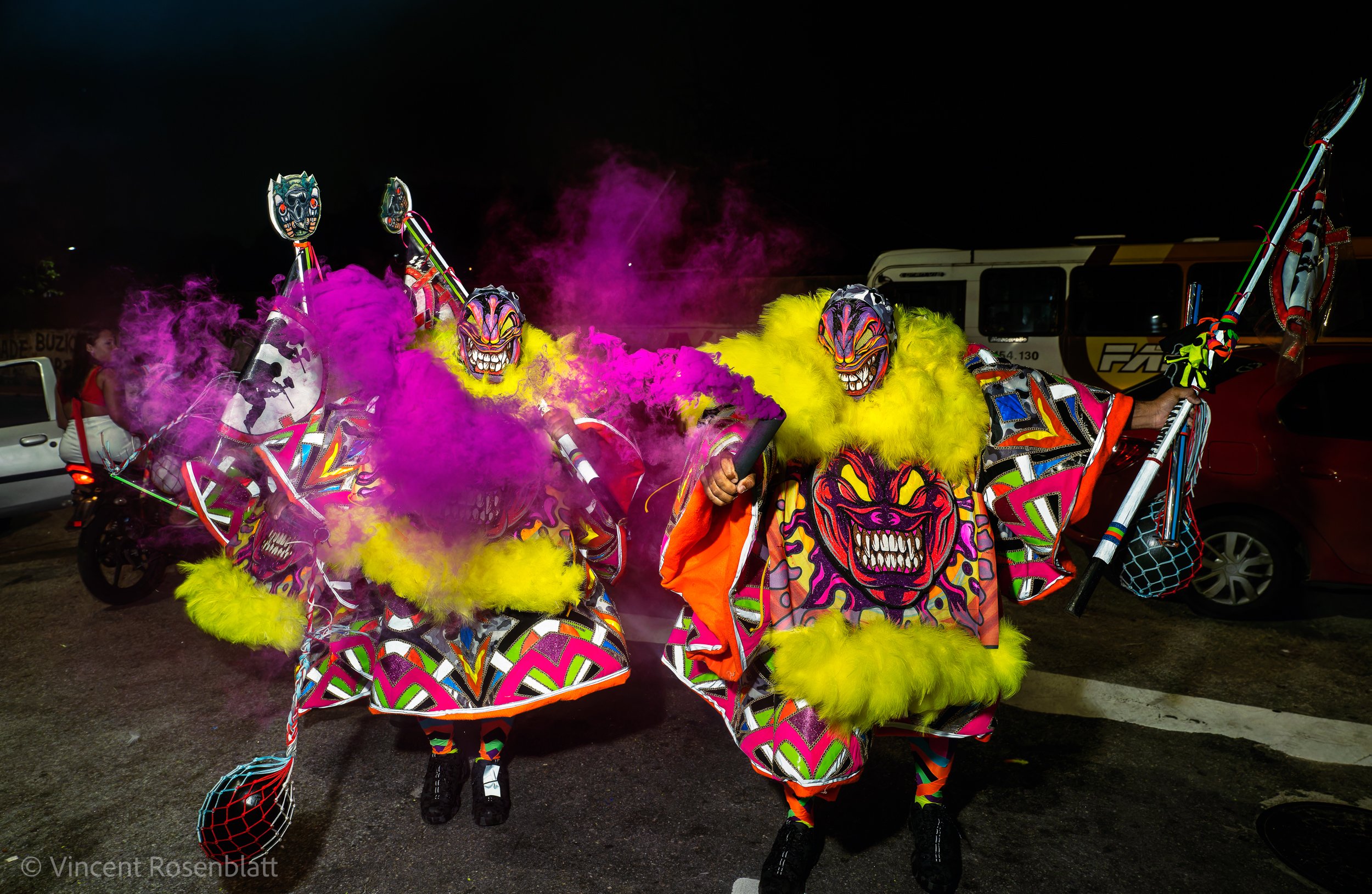
Tropa do Marvin, Oswaldo Cruz, Rio de Janeiro, 2023.
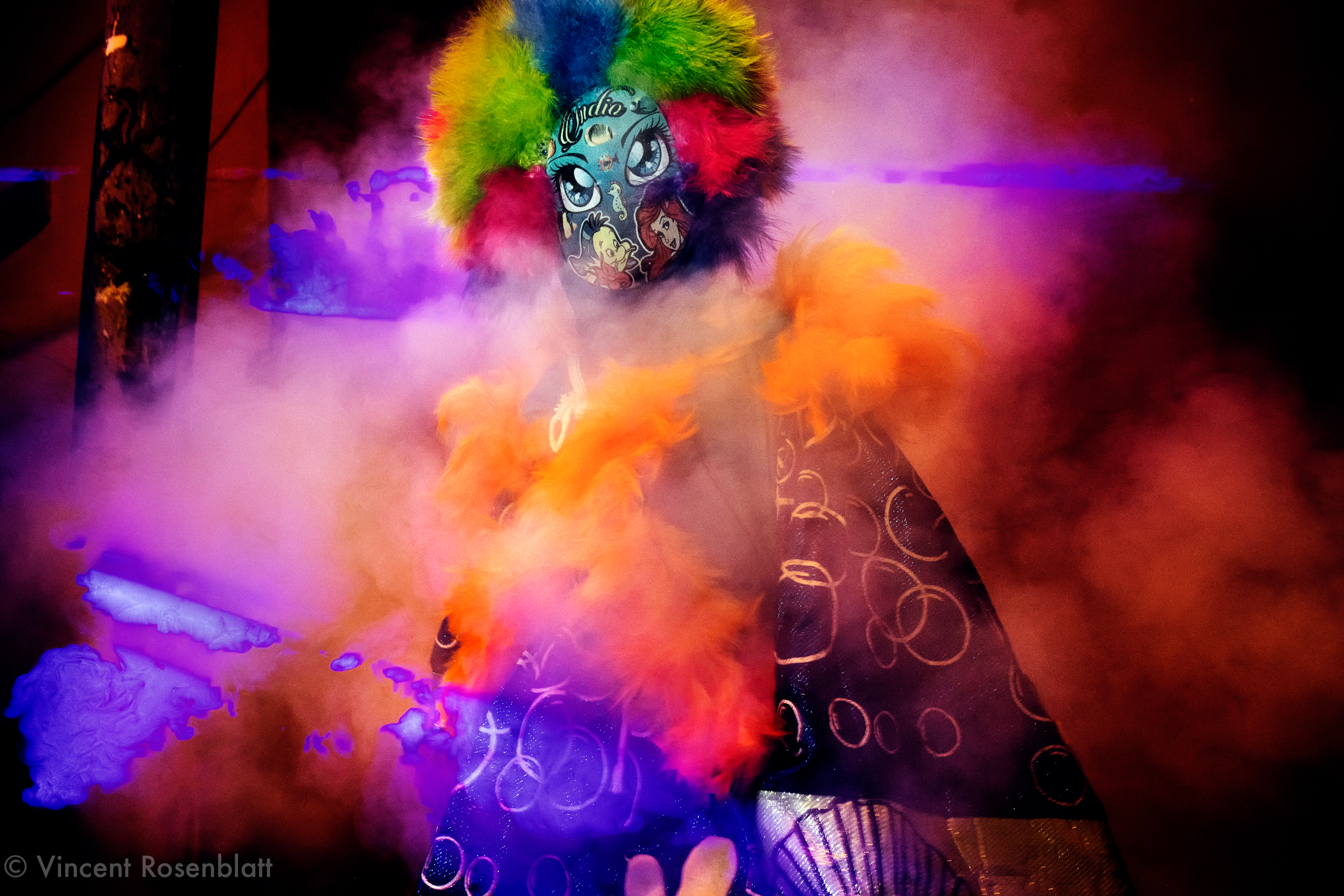
Parade of the Turma do Indio 2017 - Guadalupe, North Zone of Rio de Janeiro. The Indio is one of the most ancient and respected group of Carnival Clowns of Rio de Janeiro. That year, they inspired themselves from Ancient Greek myths for their costumes.
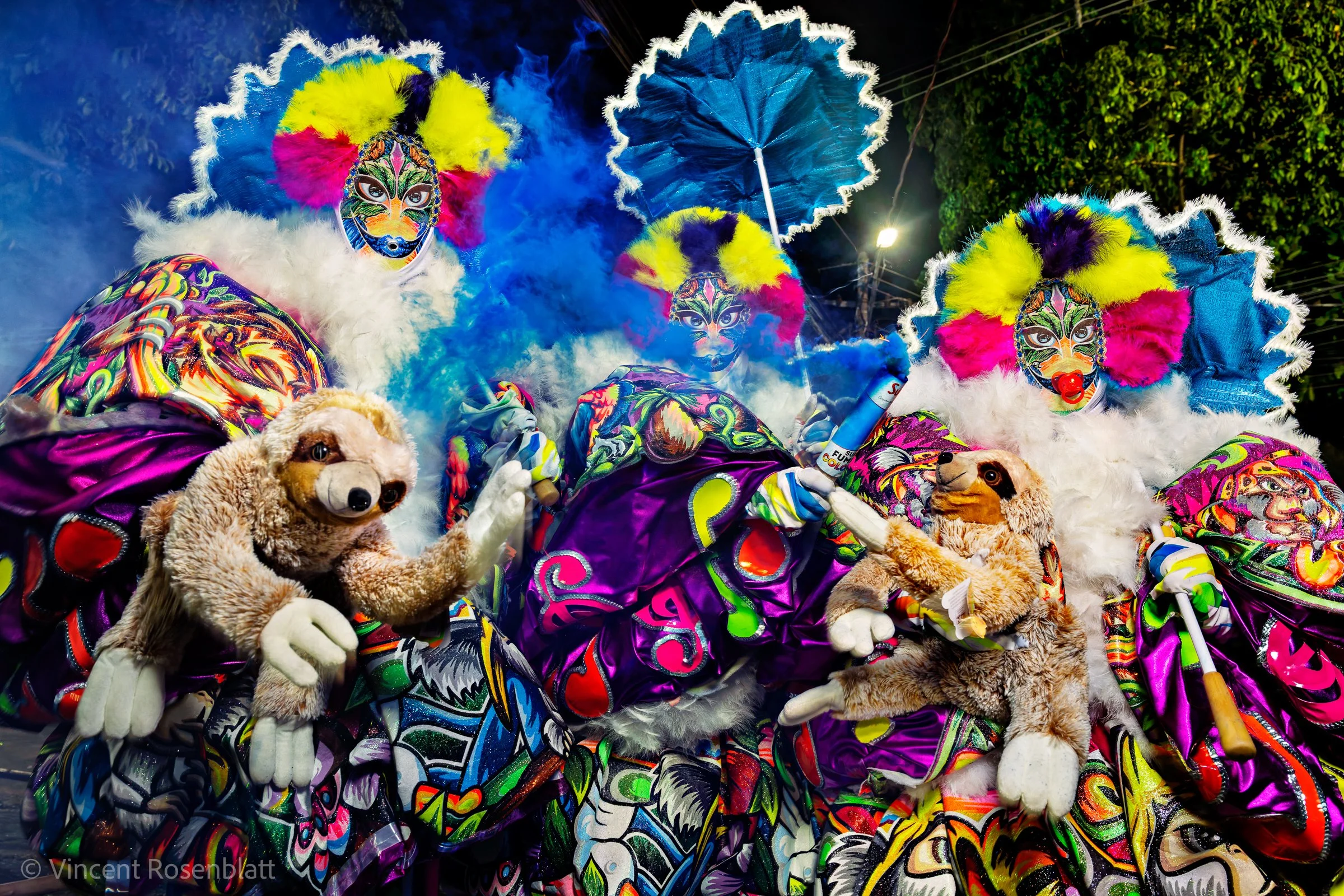
Foto © Vincent Rosenblatt

Turma Amizade, Marechal Hermes, Rio de Janeiro 2025. © Vincent Rosenblatt
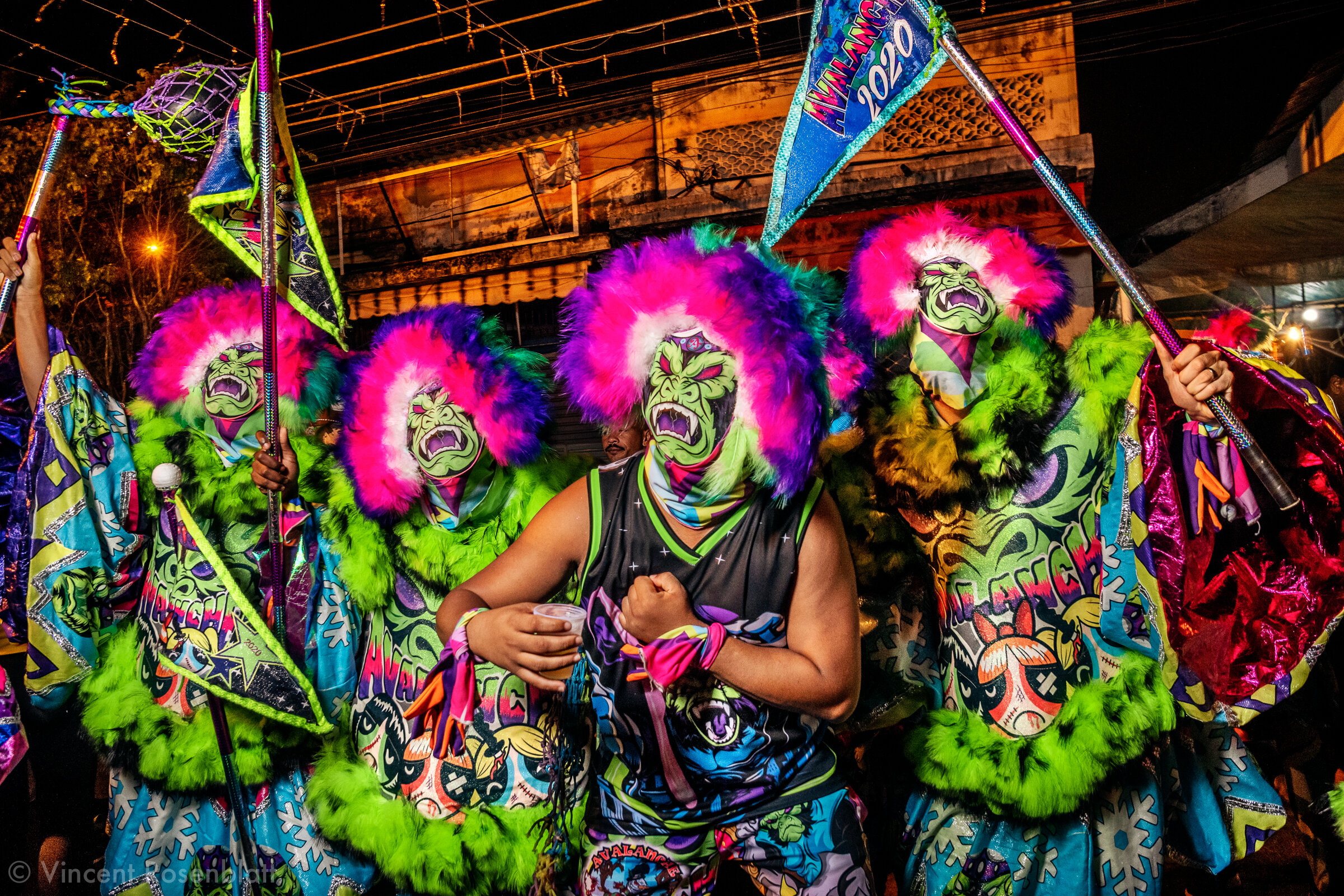
The Avalanche Bate-Bola group in Santissimo, West Zone of Rio de Janeiro.Carnival 2020
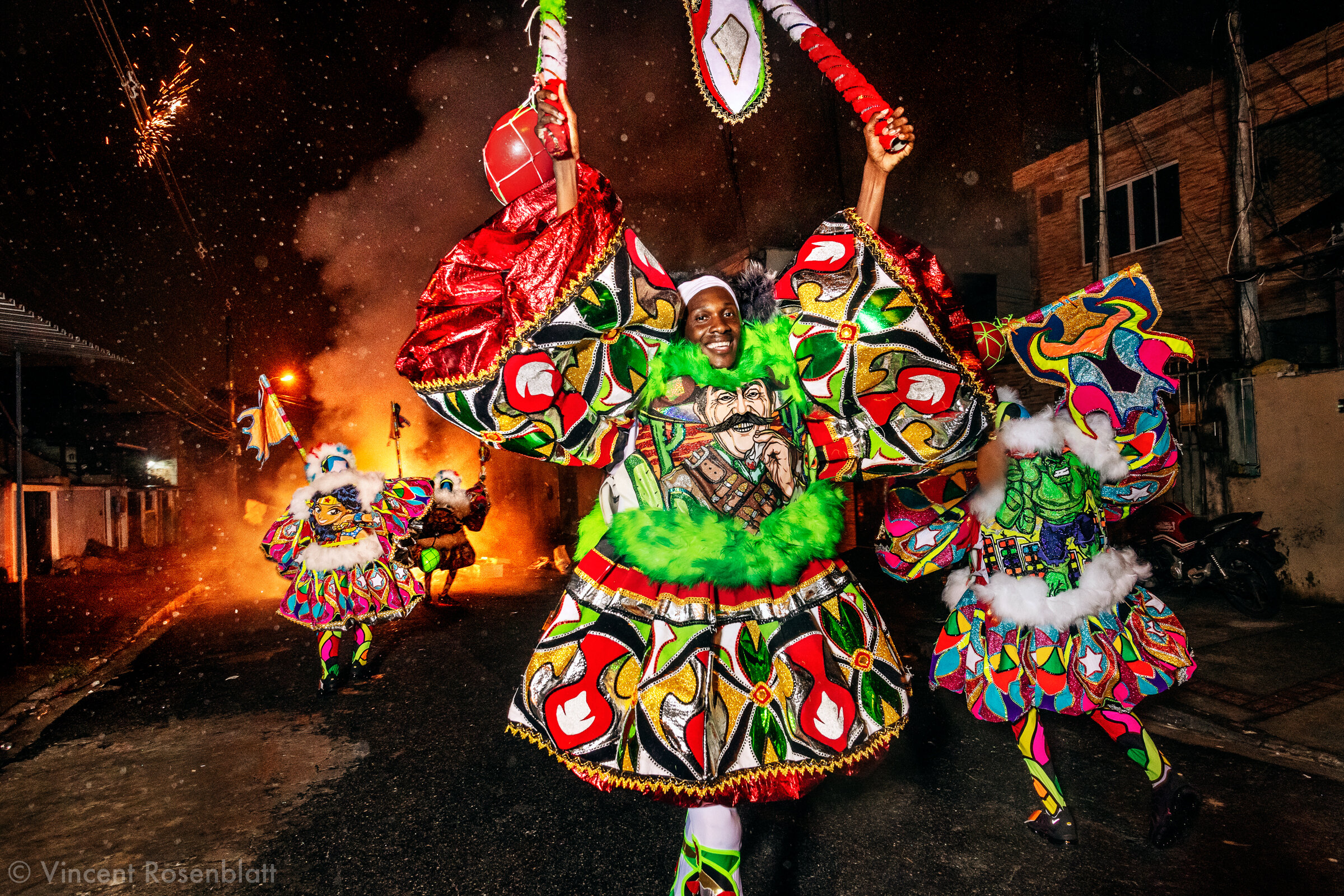
Union of Rocha Miranda group, inspired by Marvel heroes (Hulk, Wonder Woman..), North Zone of Rio de Janeiro, Carnival 2020.

Jagata, Madureira, Rio de Janeiro 2024.
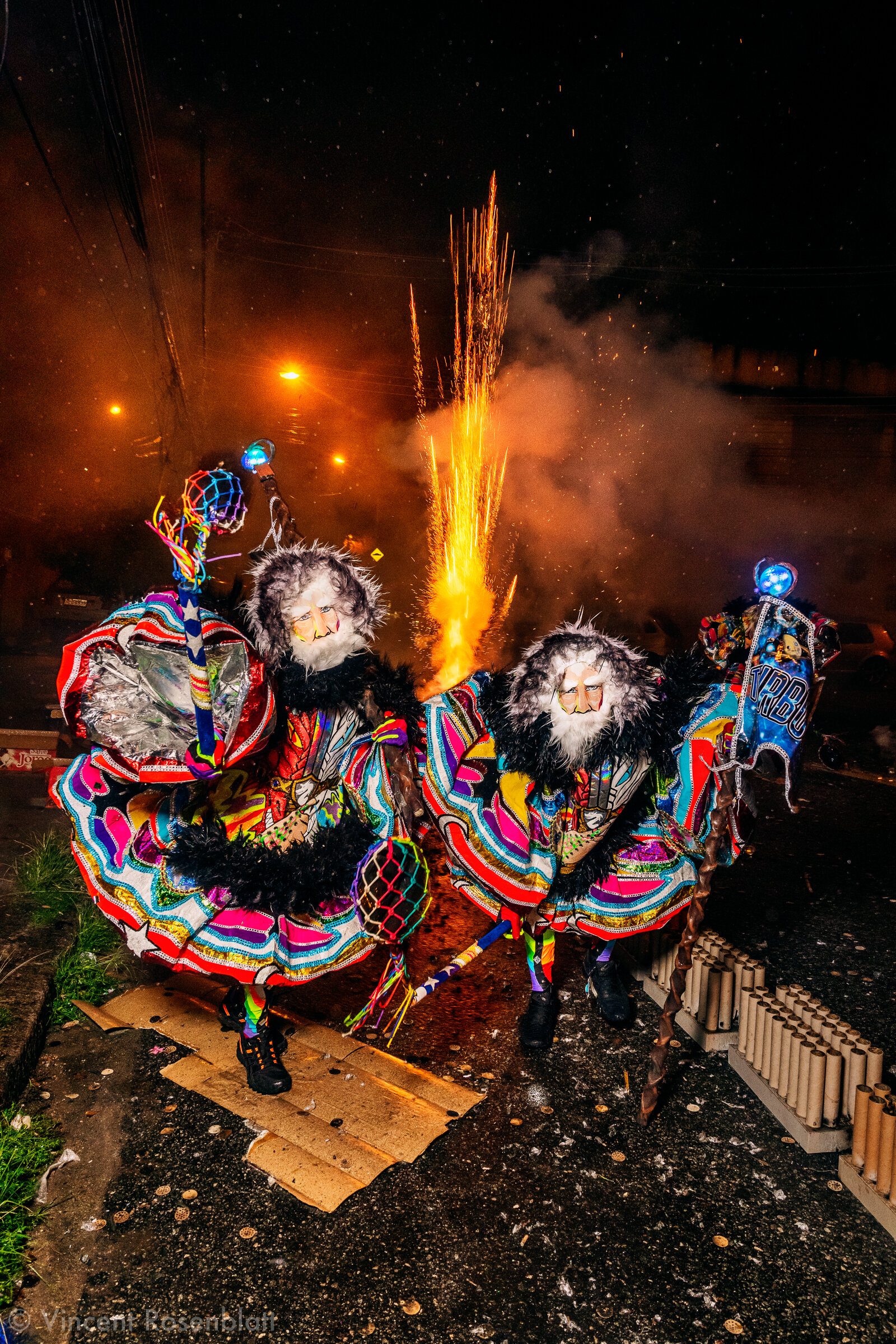
Show of the bate-bola group Turbulencia (Turbulence) in the Urubu favela, North Zone of Rio de Janeiro, Carnival 2020.

Nova Geração de Realengo, Carnival 2024, Rio de Janeiro

Jagata, Madureira, Rio de Janeiro 2024.
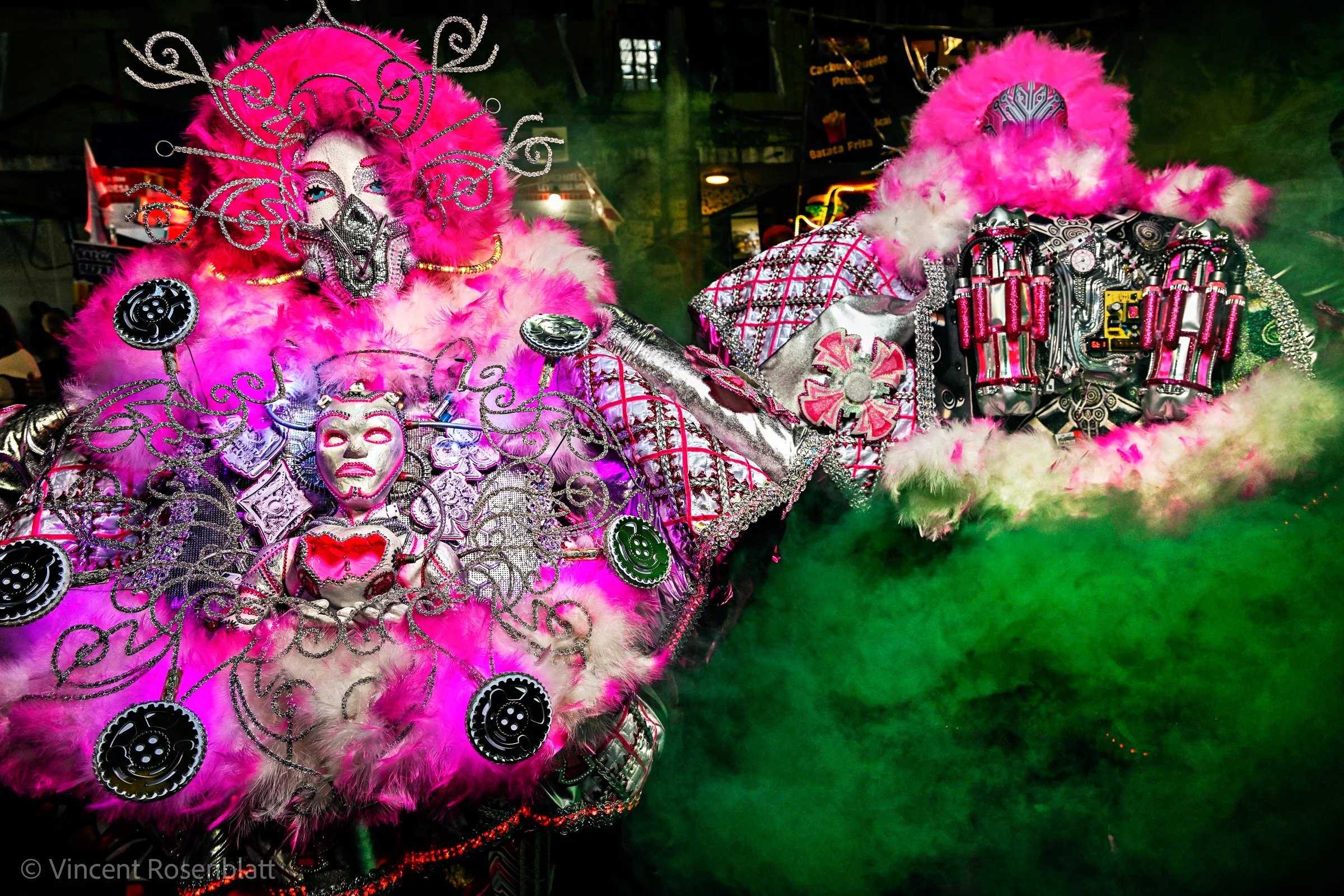
Turma Naipe de Realengo, Rio de Janeiro, 2025.

Xavier, Bate-bola of the Surreal group from Nova Iguaçu, photographed in Santissimo, Zona Oeste, Rio de Janeiro, 2023.

Havita, Oswaldo Cruz, Carnival 2024, Rio de Janeiro.
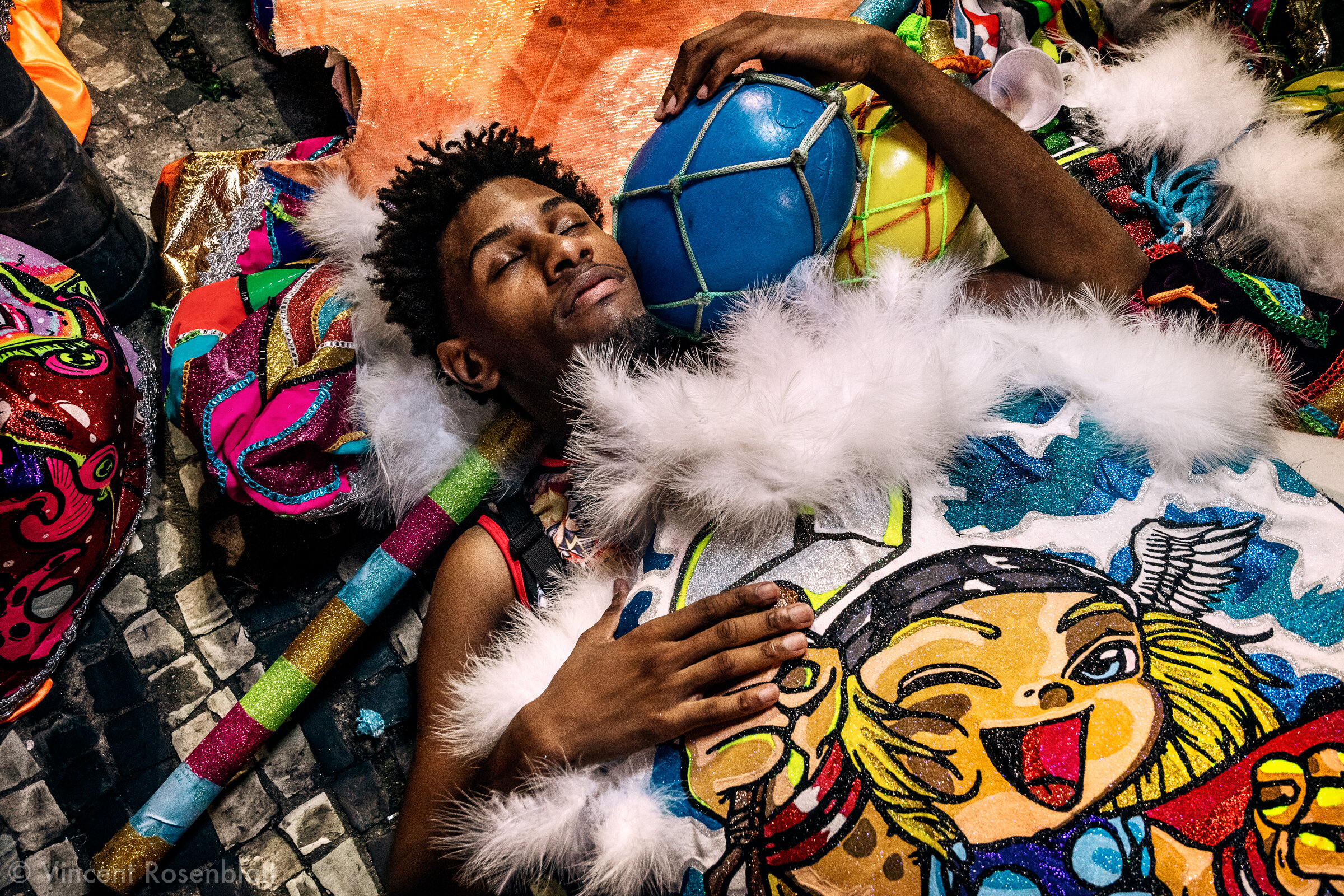
Sleepy member of the Turma Bem Feito (well made) from Campo Grande the last day of Carnival, in Cinelândia, Centre of Rio de Janeiro.
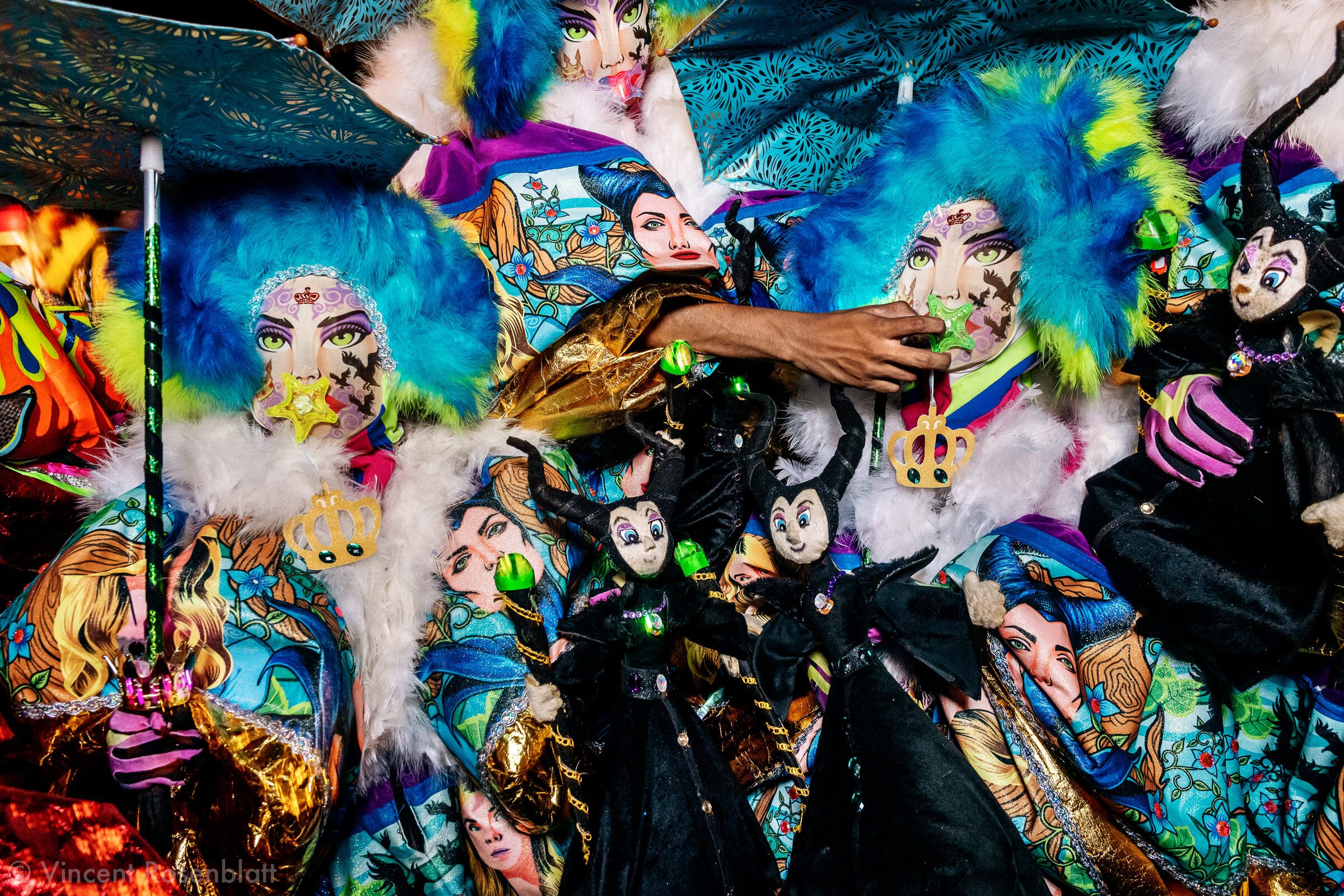
Bate-Bola inspired by the Maleficent (Malévola in Portuguese) movie - crafted by the Pura Mania group from Campo Grande - clown meeting in Santissimo, West Zone of Rio de Janeiro.Carnival 2020
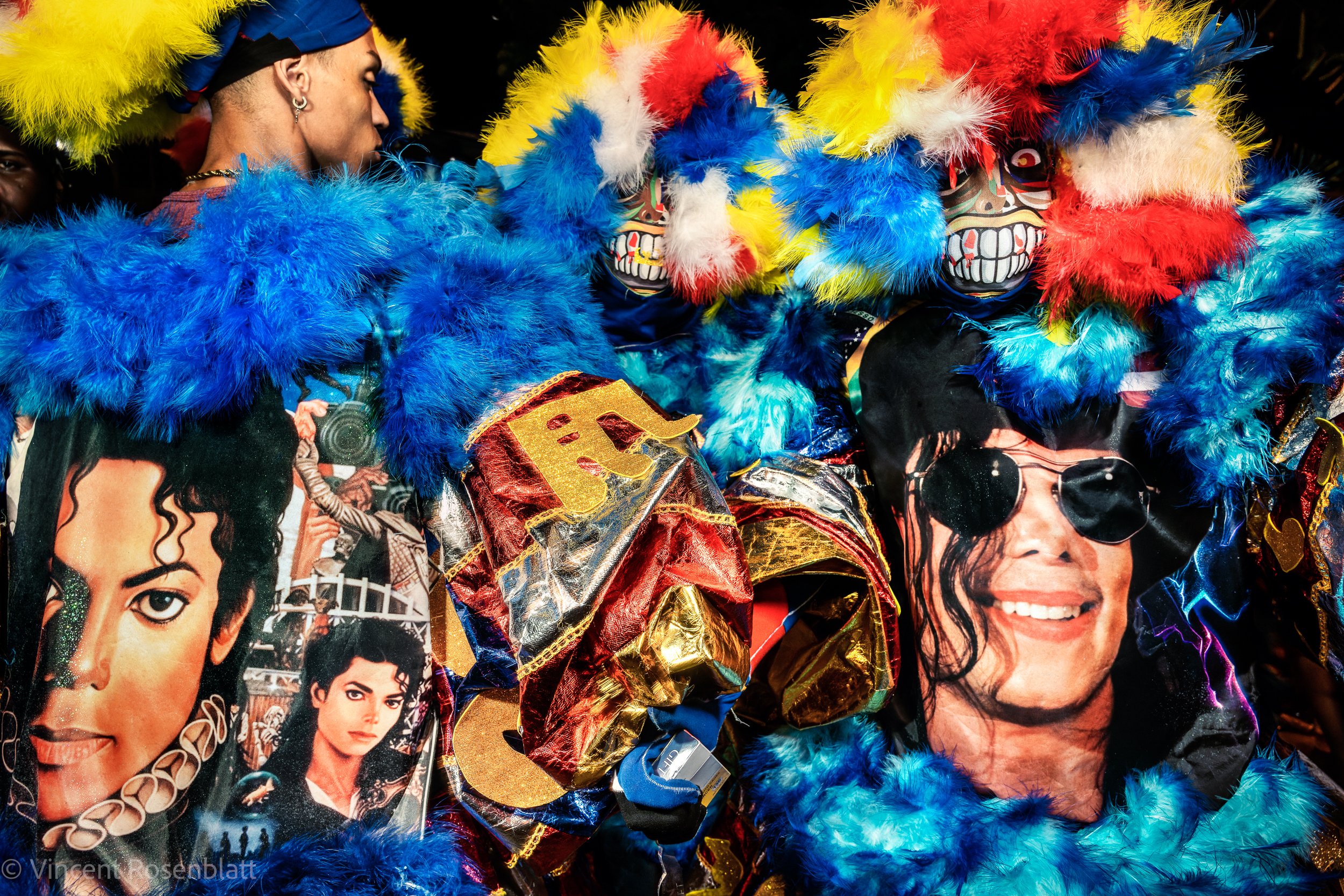
Bate-bola from the Chapa Quente group, Carnival in Oswaldo Cruz, Zona Norte, Rio de Janeiro, 2022.
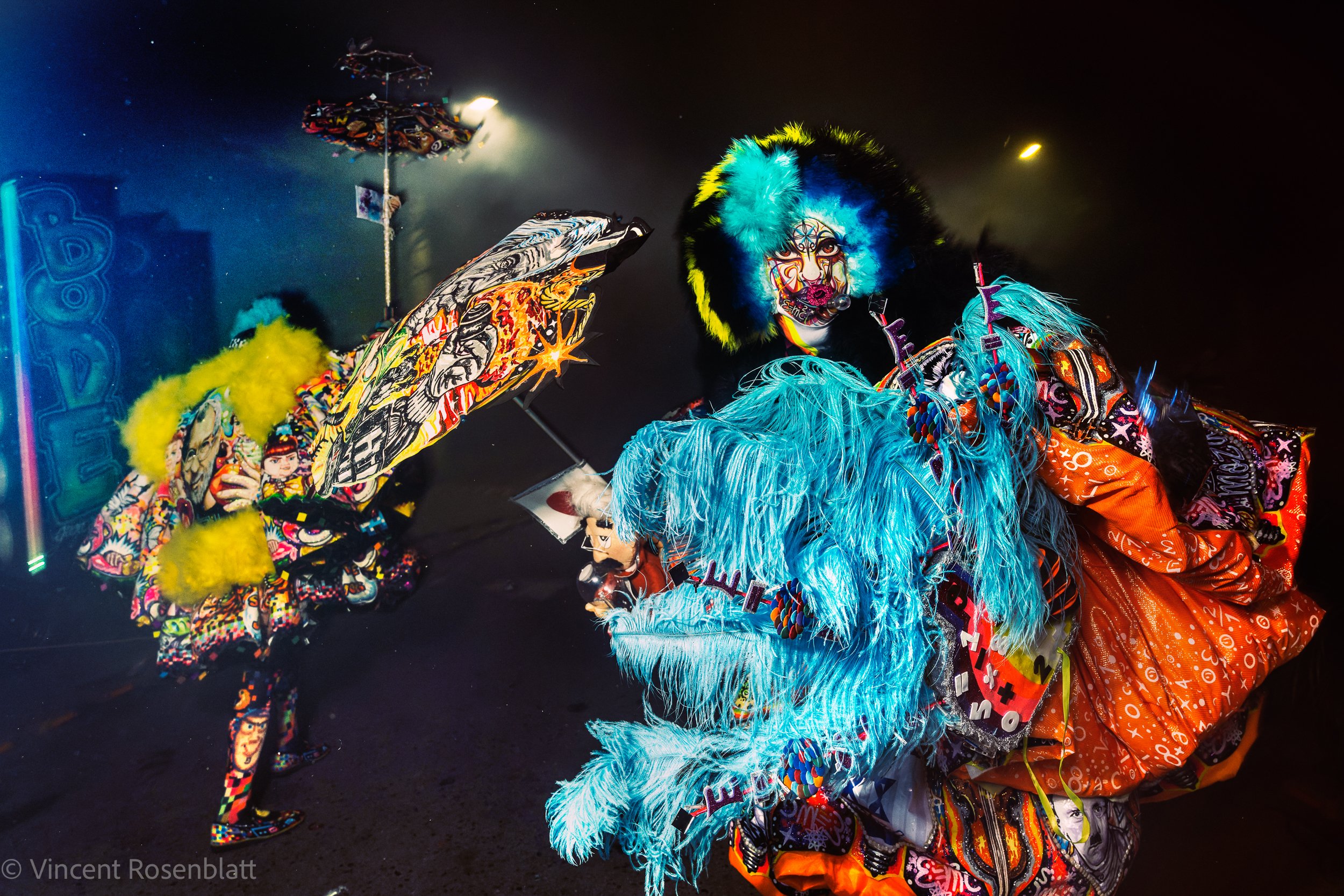
Bate-bola from the Animaçao group, Jacarepagua, Zona Oeste, Rio de Janeiro, Carnaval 2022.
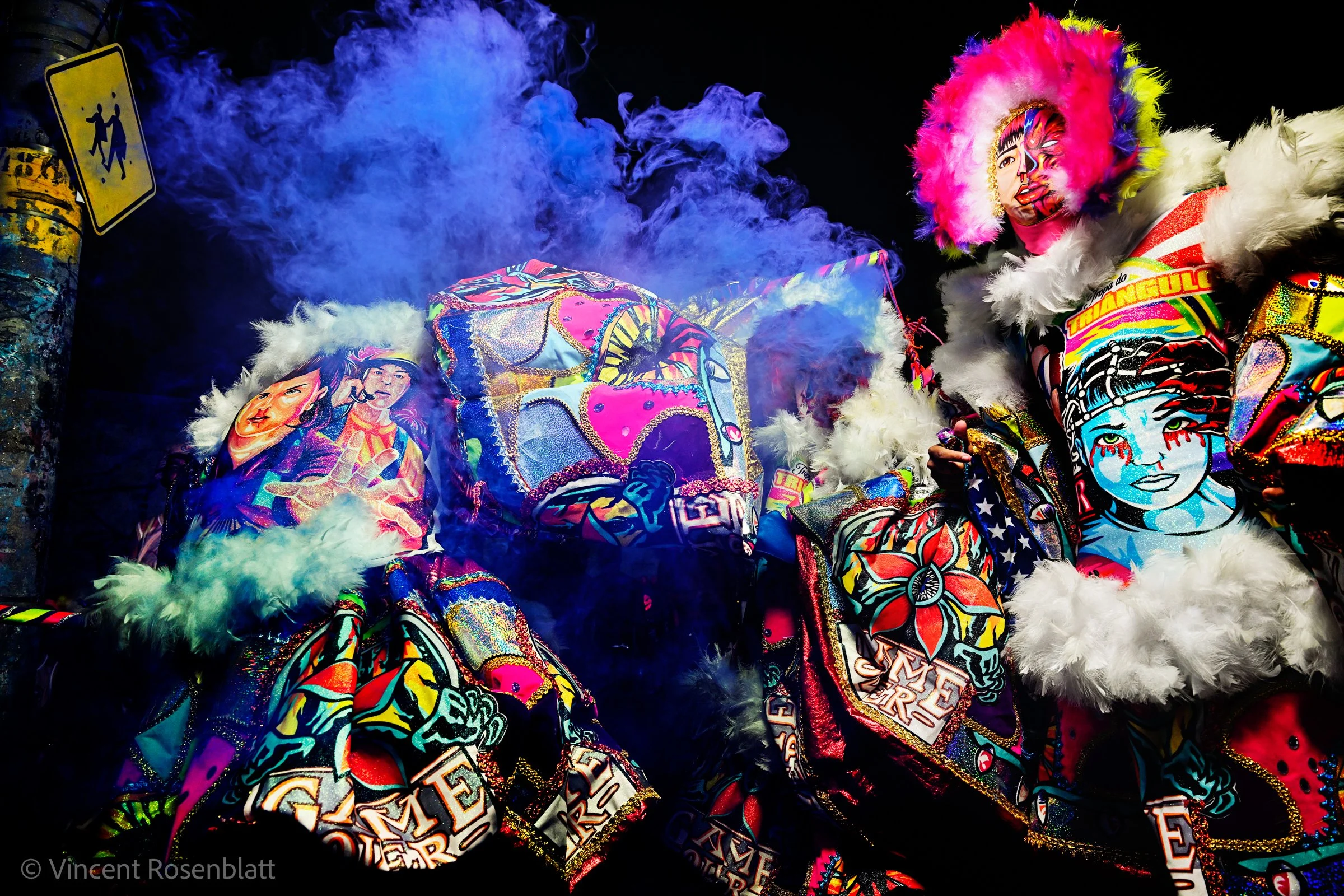
Tropa do Triângulo, Muquiço, Rio de Janeiro, 2025.

Turma da Civel, Marechal Hermes, Rio de Janeiro 2024
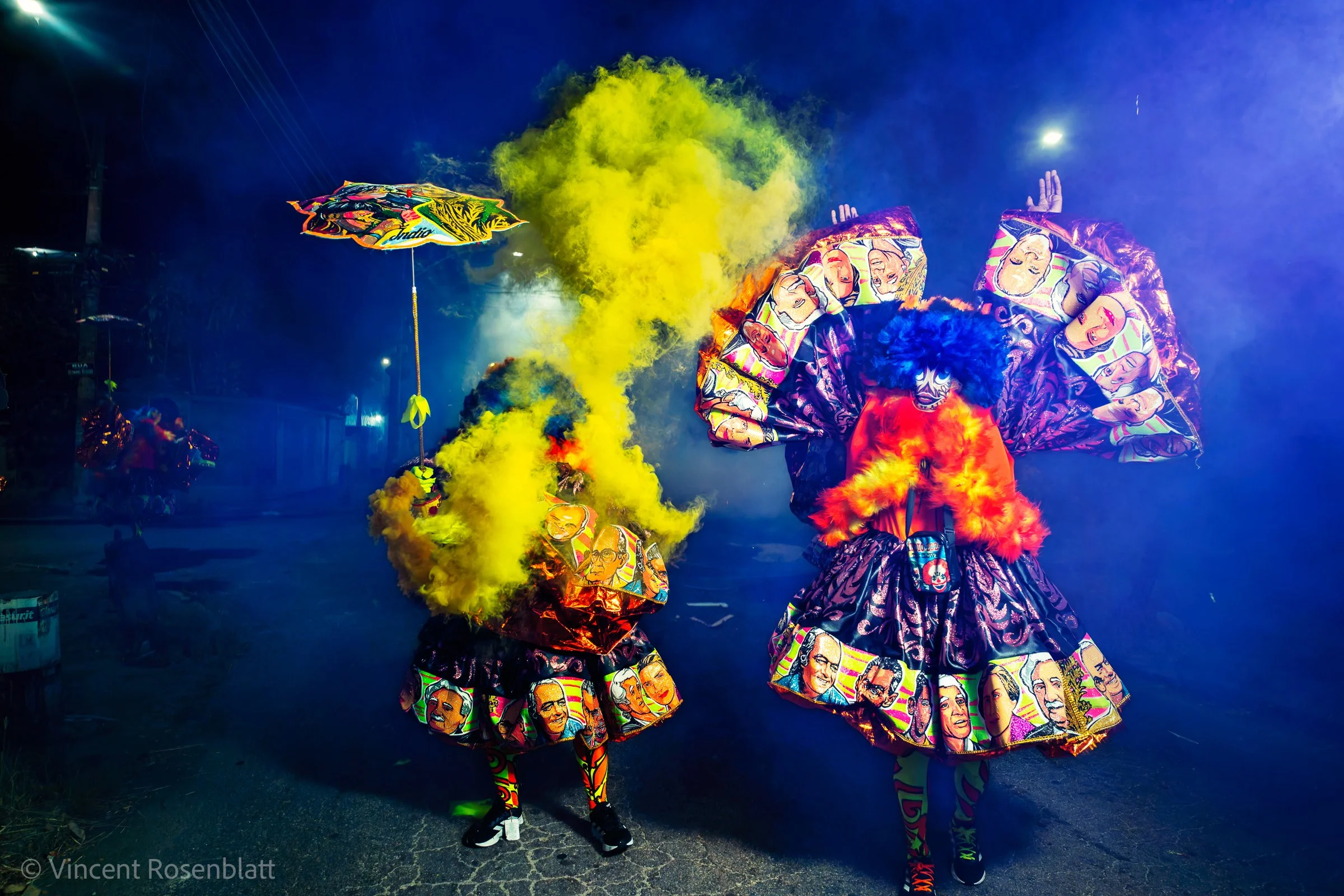
Turma do Indio, Guadalupe, Rio de Janeiro, 2025.

Os Brabos, Carnaval 2024, Cidade de Deus, Rio de Janeiro
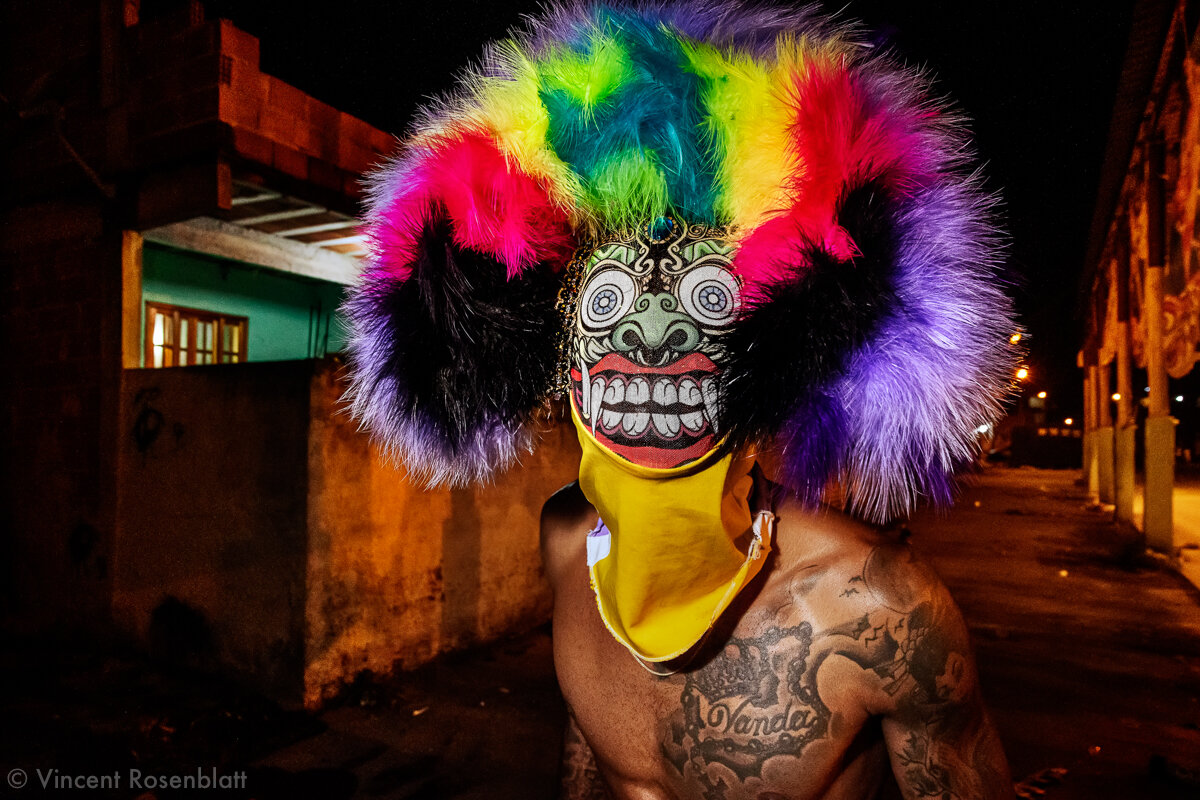
Turma Polemica de Rocha Miranda - visiting City of God, Carnival 2019 - Rio de Janeiro.

Bate-bola meeting in the Muquiço favela, Zona Oeste, Rio de Janeiro, 2024.

Bate-bola meeting in the Muquiço favela, Zona Oeste, Rio de Janeiro, 2024.

Bate-bola meeting in the Muquiço favela, Zona Oeste, Rio de Janeiro, 2024.

Bate-bola meeting in the Muquiço favela, Zona Oeste, Rio de Janeiro, 2024.

Bate-bola meeting in the Muquiço favela, Zona Oeste, Rio de Janeiro, 2024.
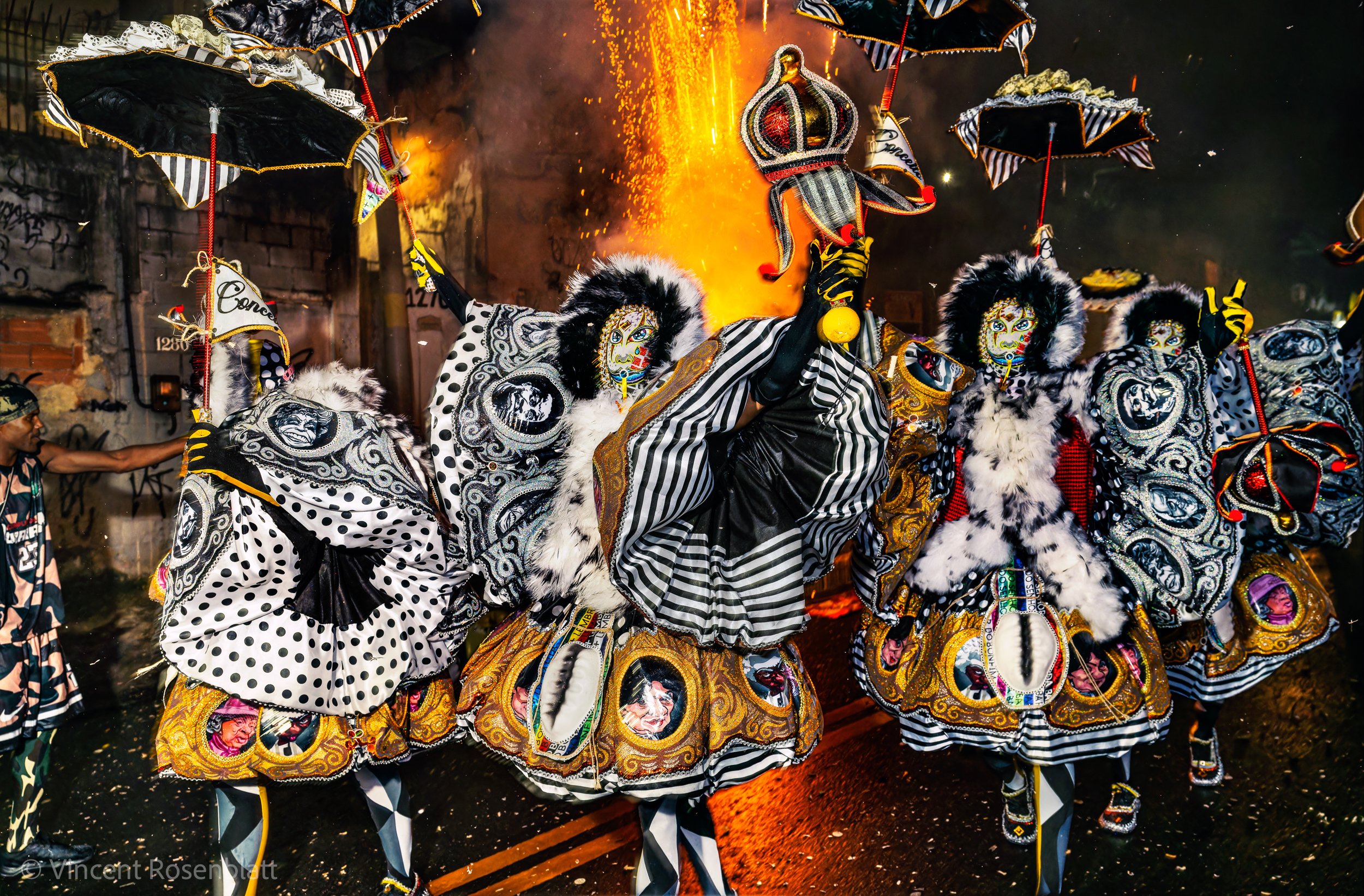
Conceito - Bate-bola group from Vila Valqueira, Zona Norte, Rio de Janeiro, 2023.

Conceito - Bate-bola group from Vila Valqueira, Zona Norte, Rio de Janeiro, 2023.
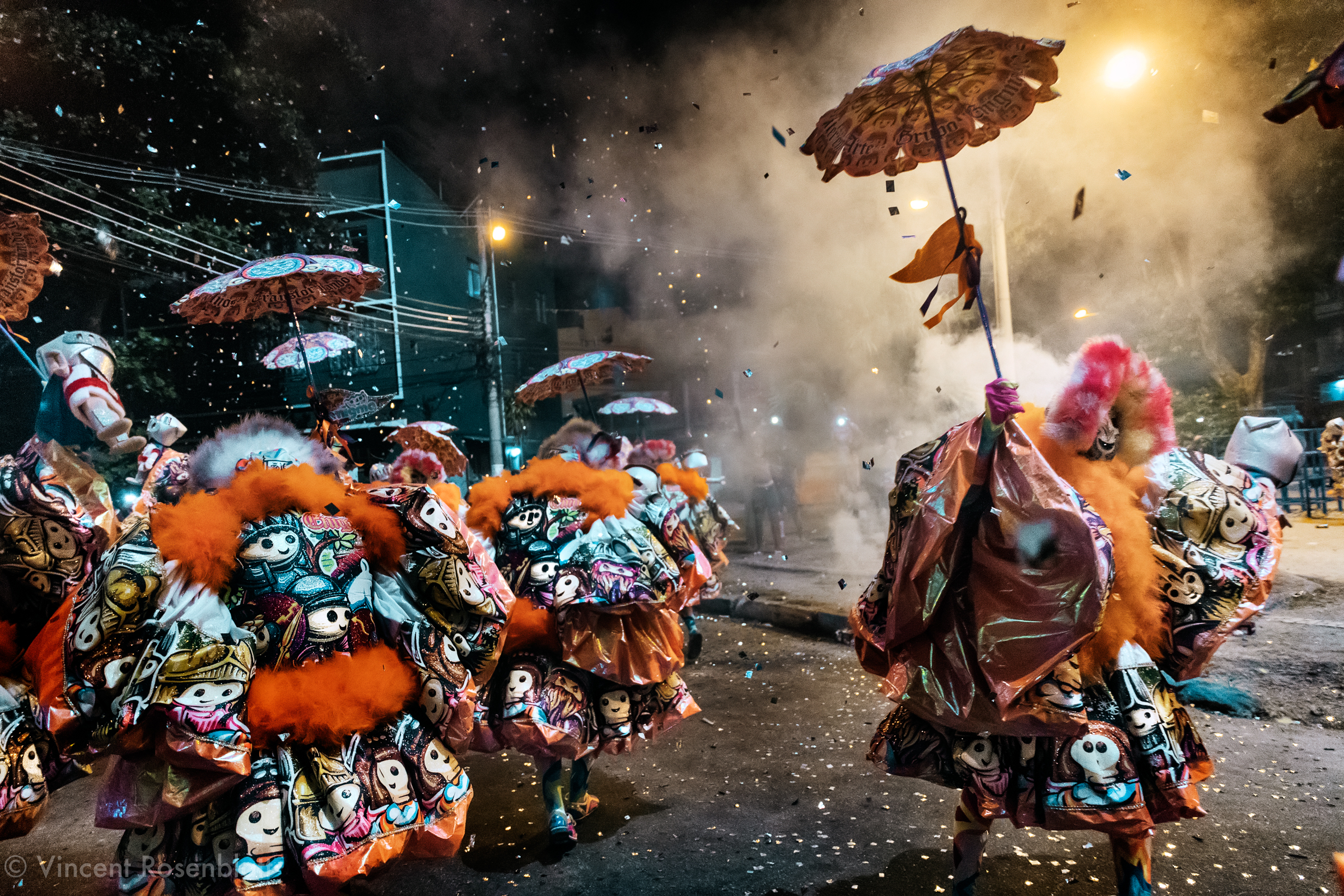
Parade of the Enigma group, Carnival 2017 - in Marechal Hermes, North Zone of Rio de Janeiro. Playmobil was the inspiration theme.
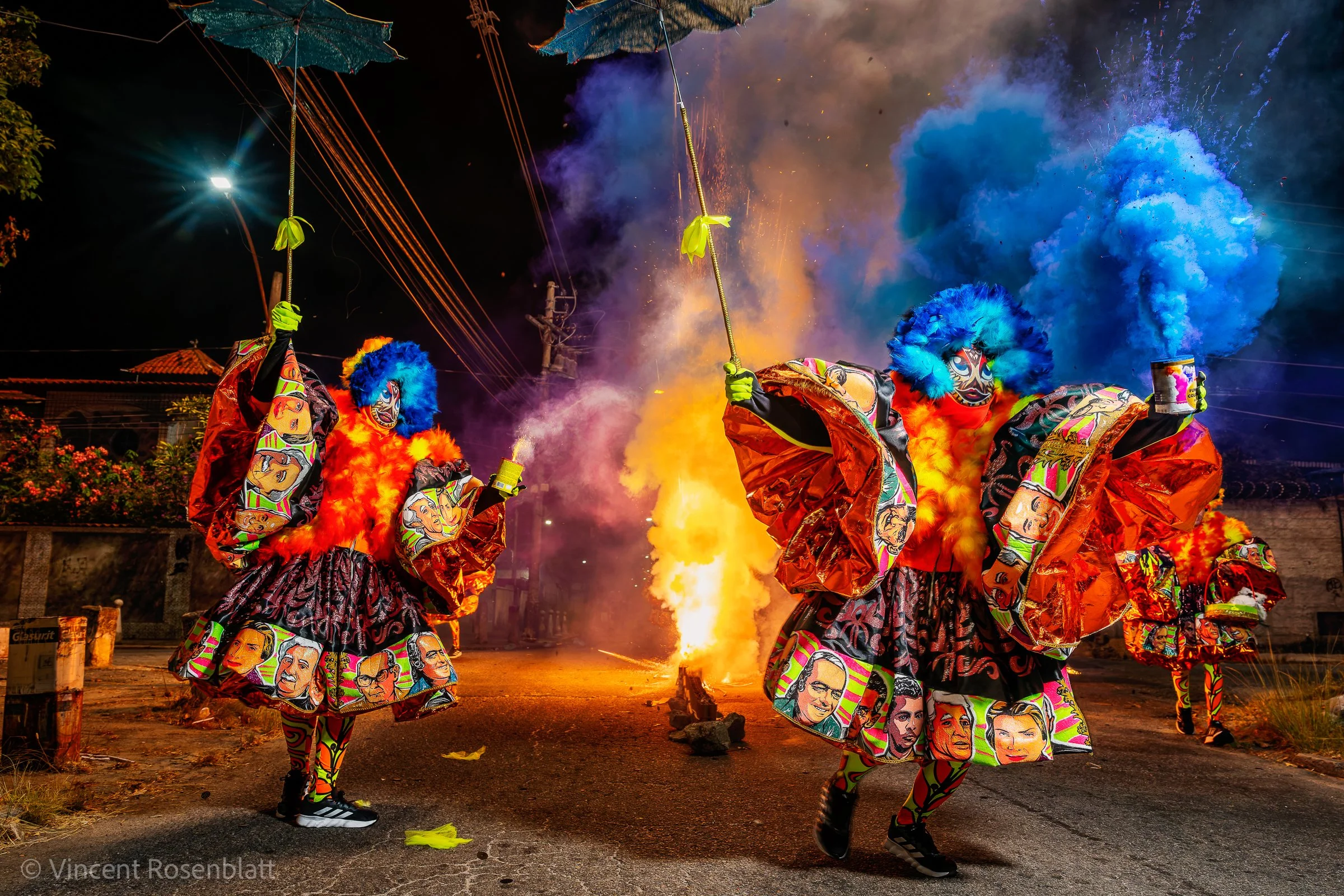
Turma do Indio, Guadalupe, Rio de Janeiro, 2025.
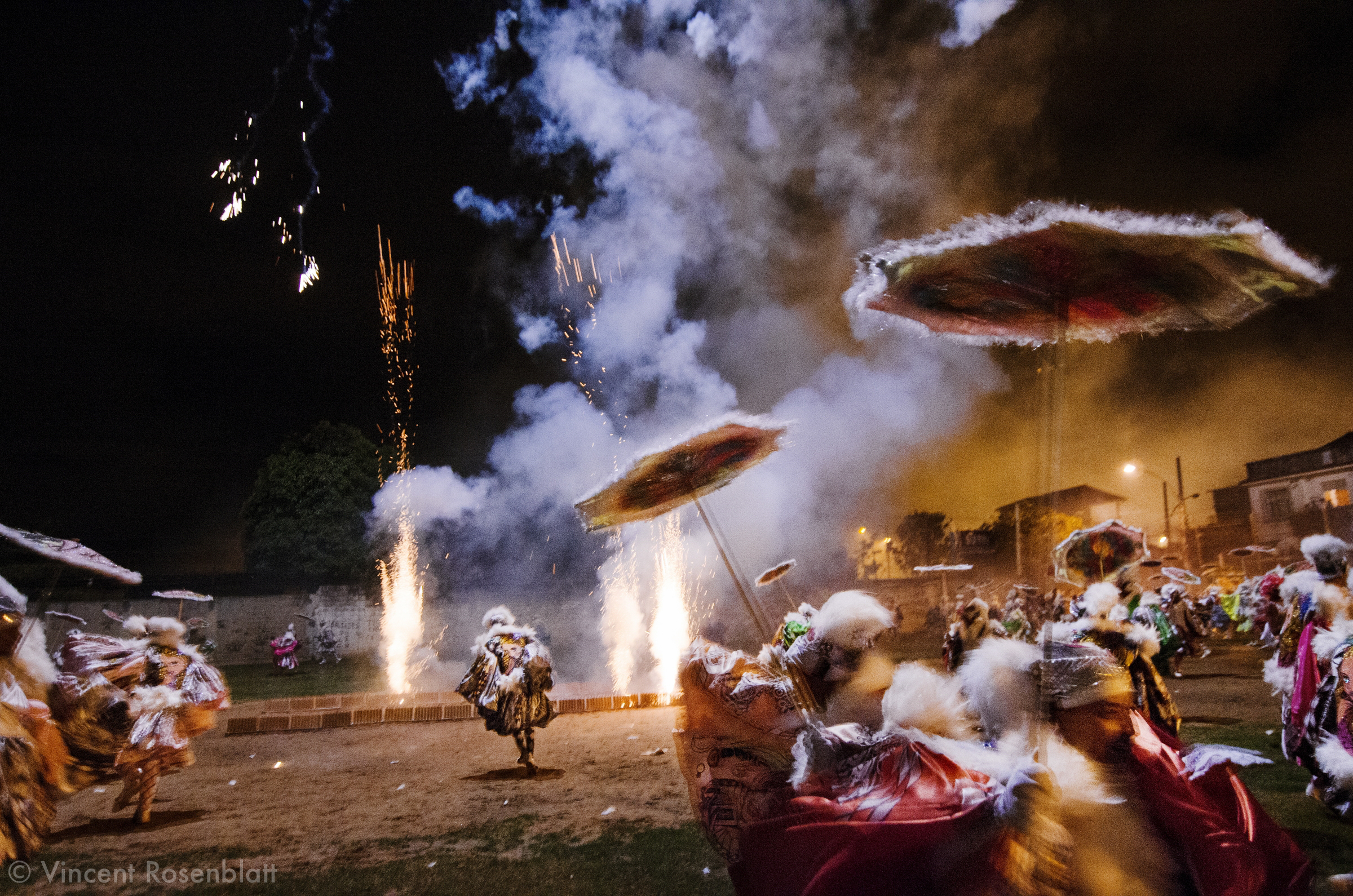
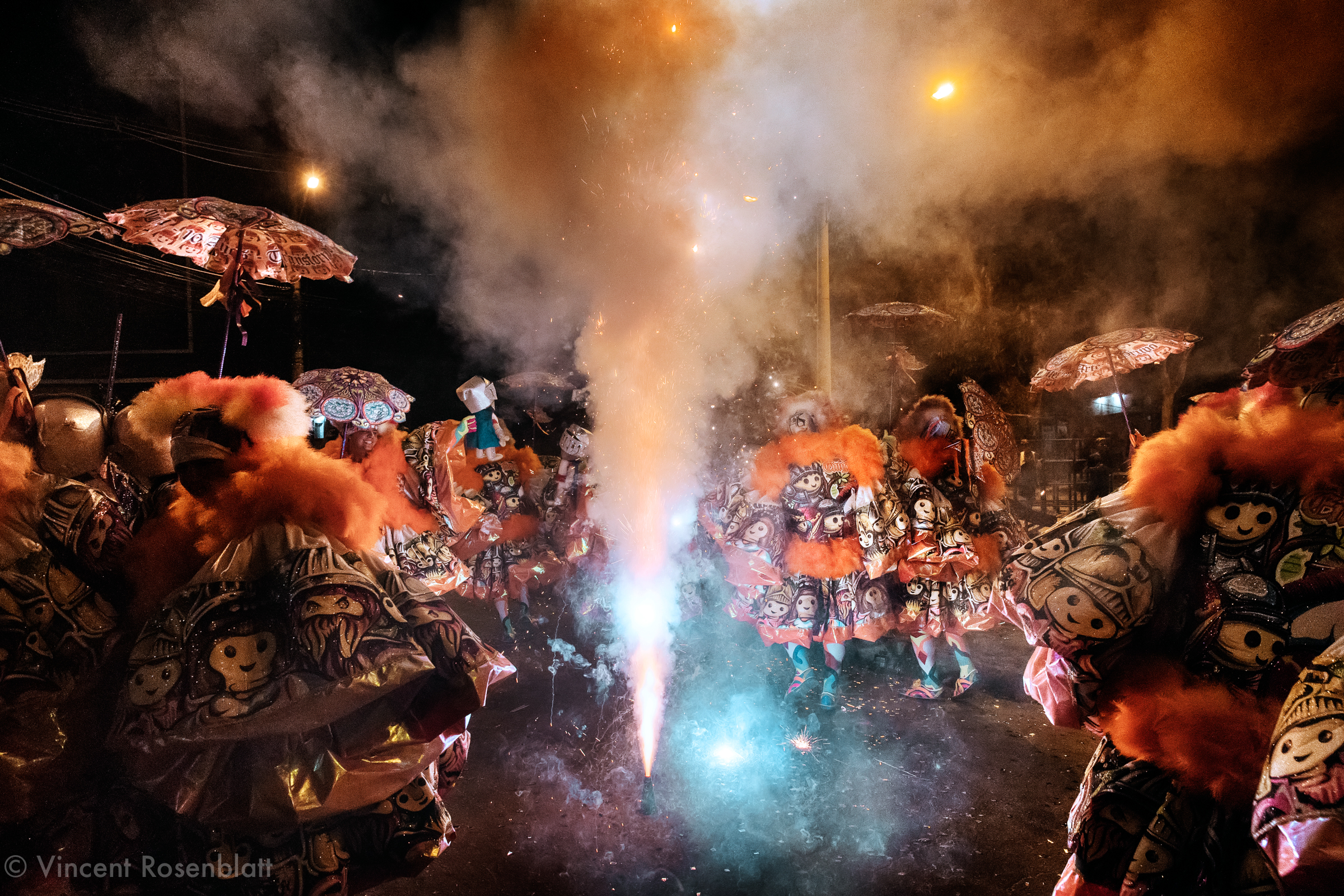
Parade of the Enigma group, Carnival 2017 - in Marechal Hermes, North Zone of Rio de Janeiro. Playmobil was the inspiration theme.
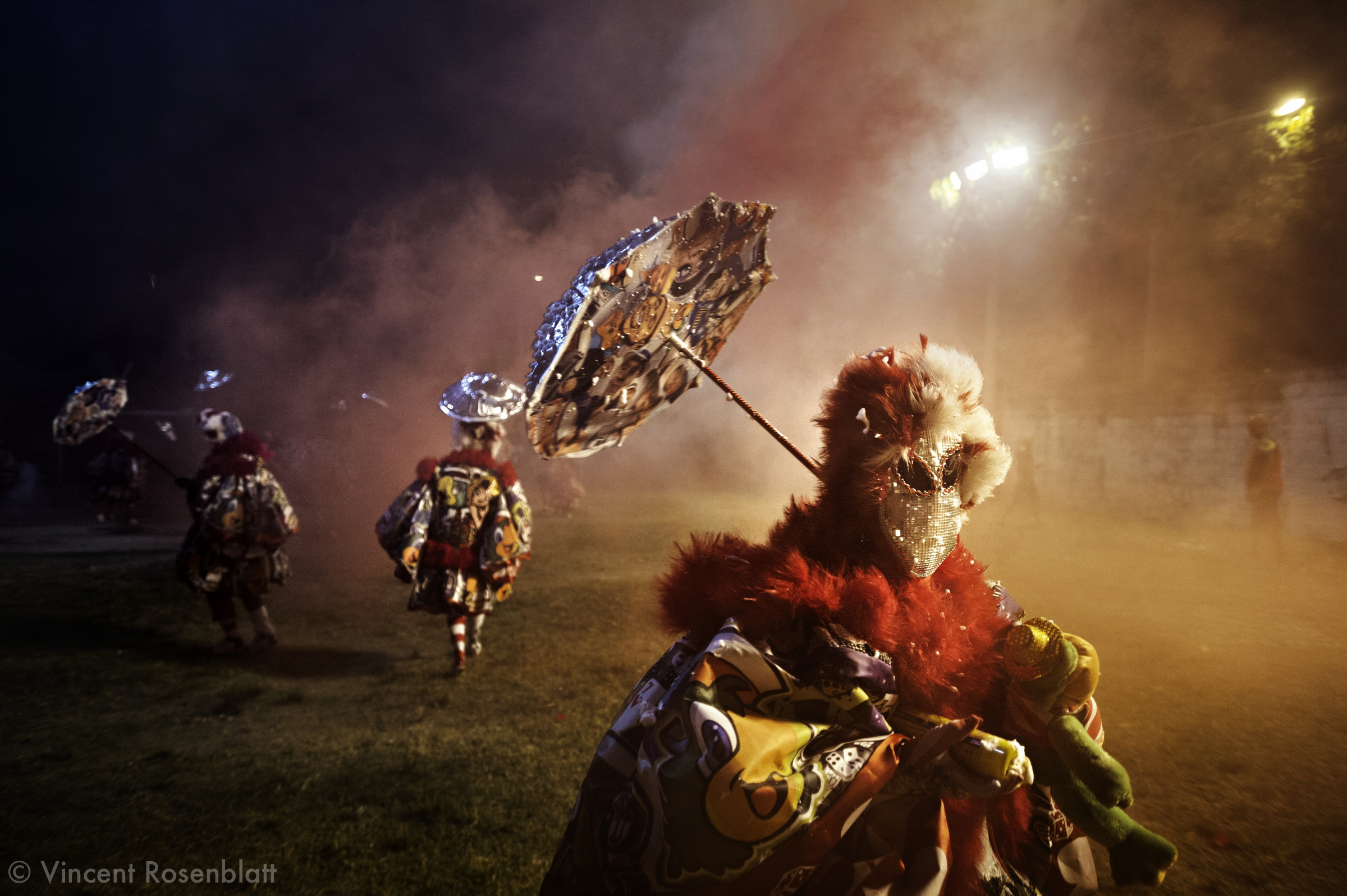
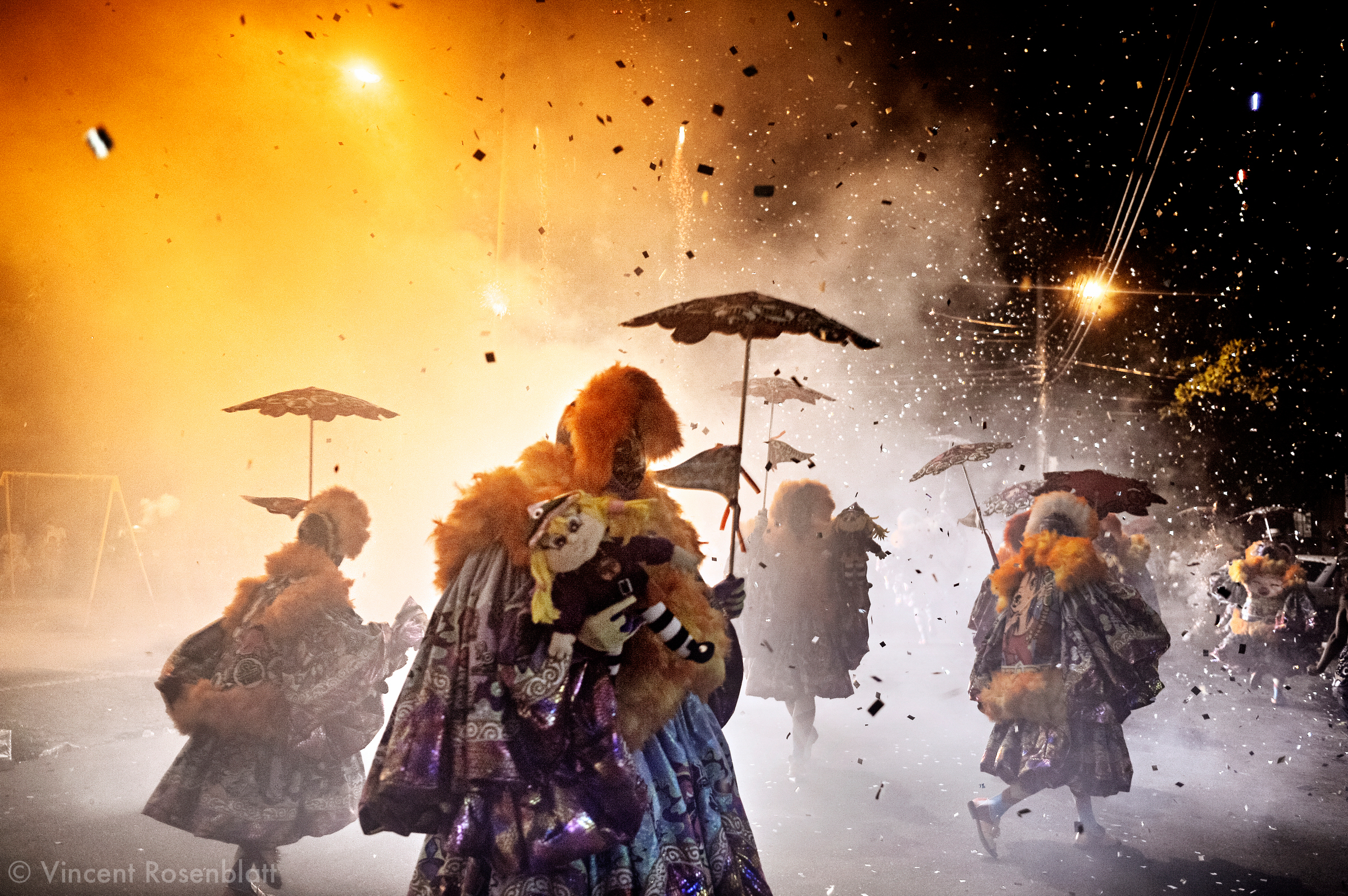
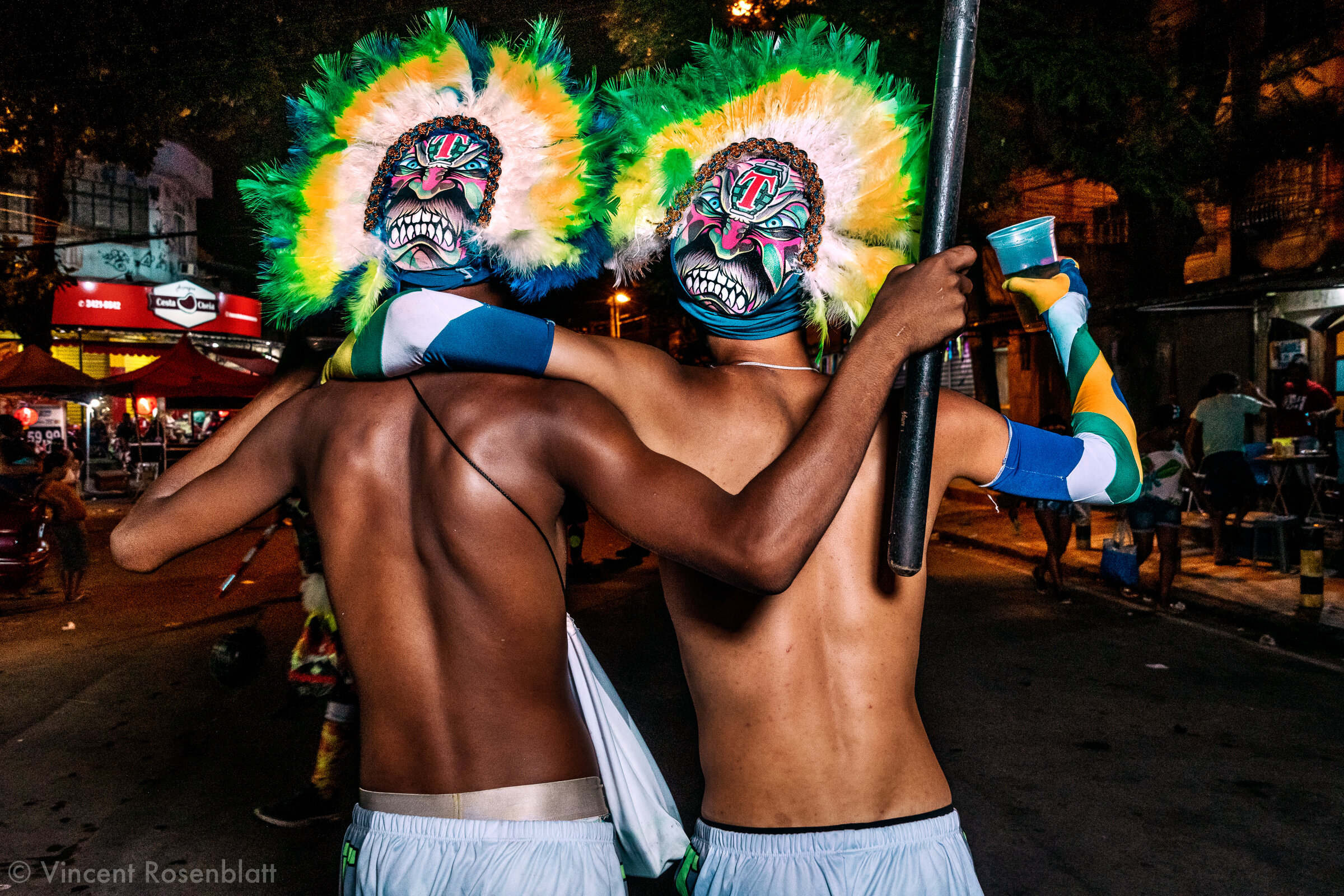
Bate-bola friends in the community Cohab de Realengo, West Zone of Rio de Janeiro, Carnival 2020.
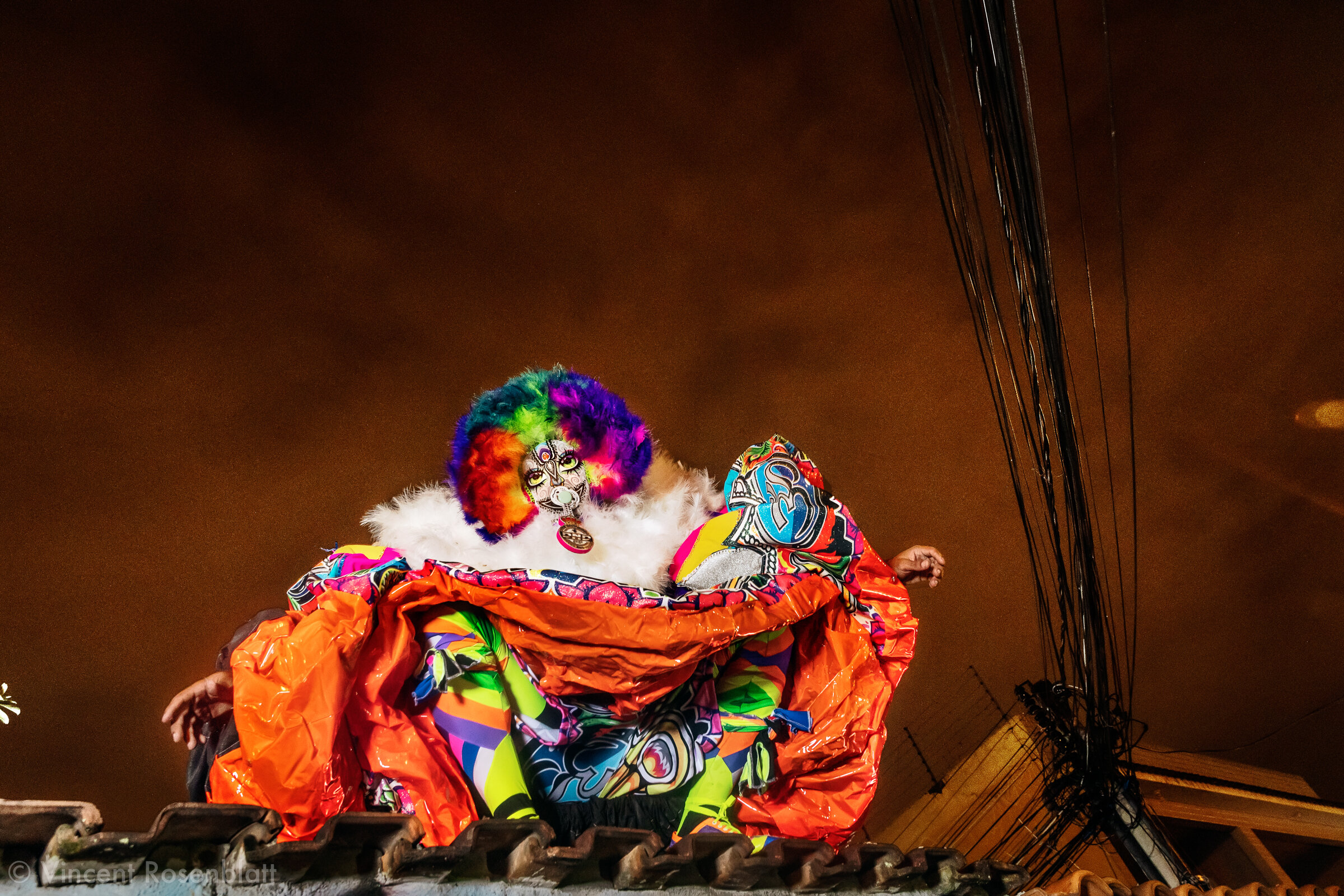
Show of the Danados (Damaged) in Marechal Hermes, North Zone of Rio de Janeiro, Carnival 2020.
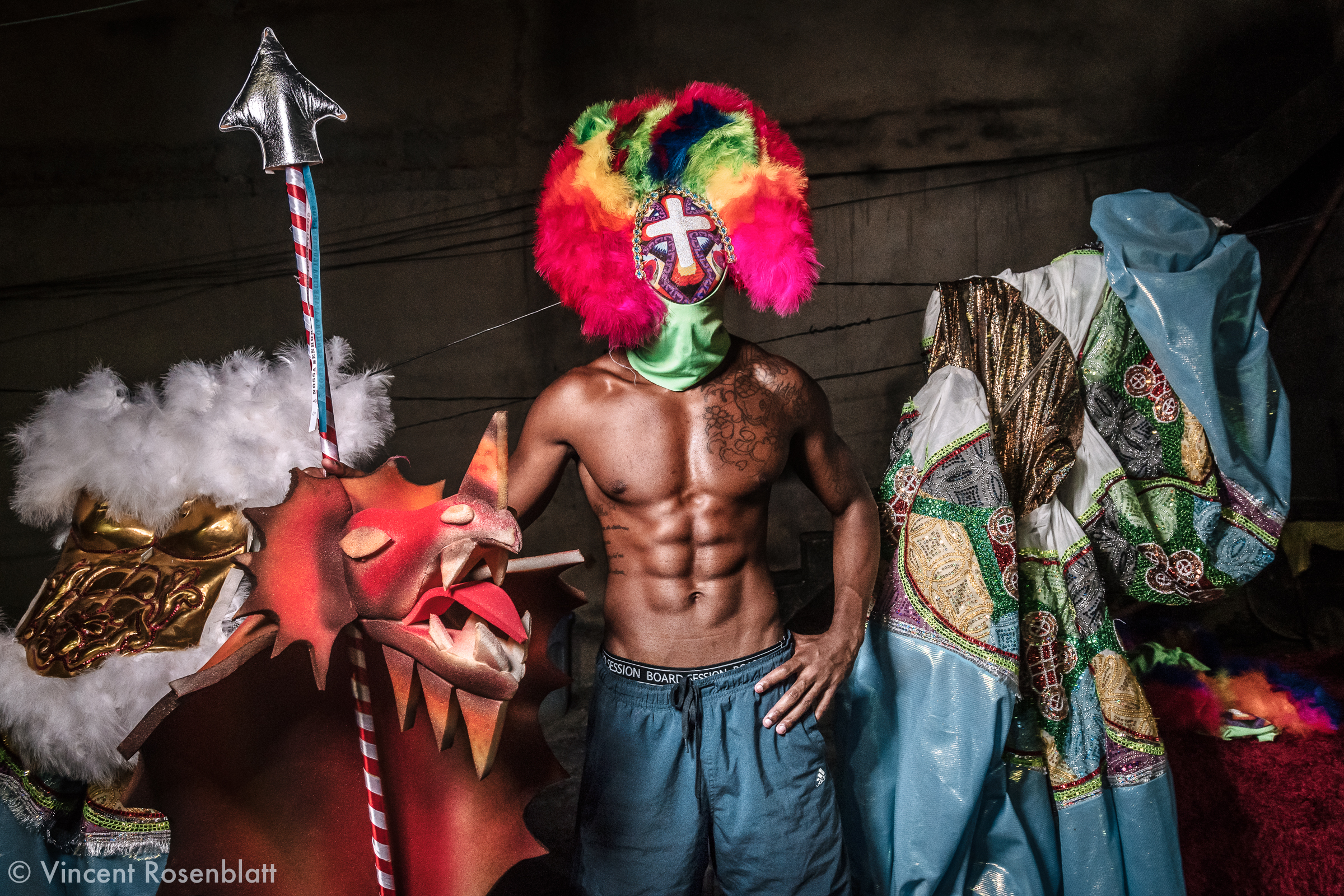
Diogo - member of the Show Maior group in Oswaldo Cruz. That year - they had picked up Saint George - killing the Dragon - as a theme for their Bate-Bola. In Afro-Brazilian religions as Umbanda & Candomblé, São Jorge corresponds to the Orixa Ogum, divinity of War.
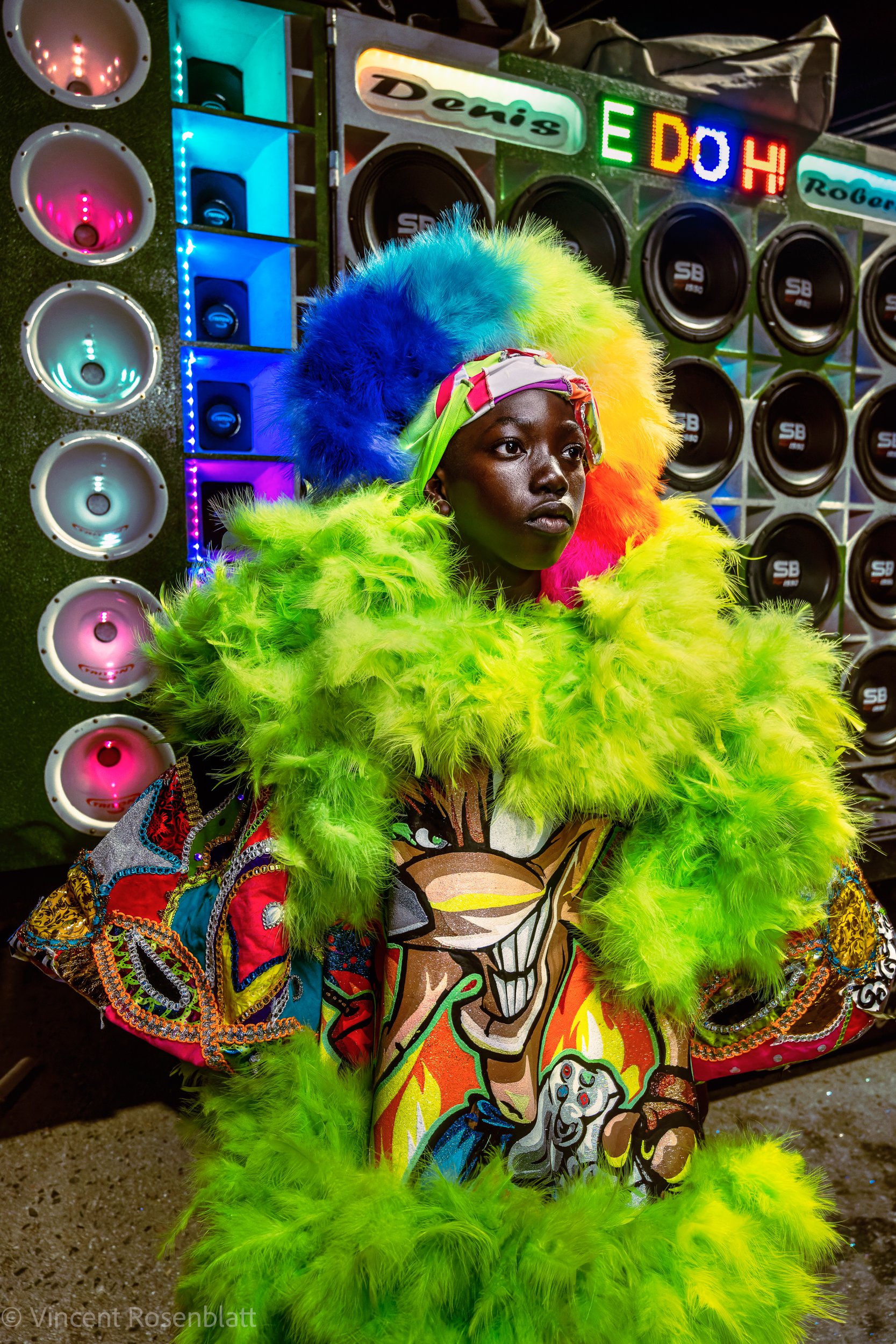
Thayllick, bate-bola from Os Mais Falados group from Madureira, photographed in Jacarepagua, Zona Oeste, Rio de Janeiro, Carnaval 2022.
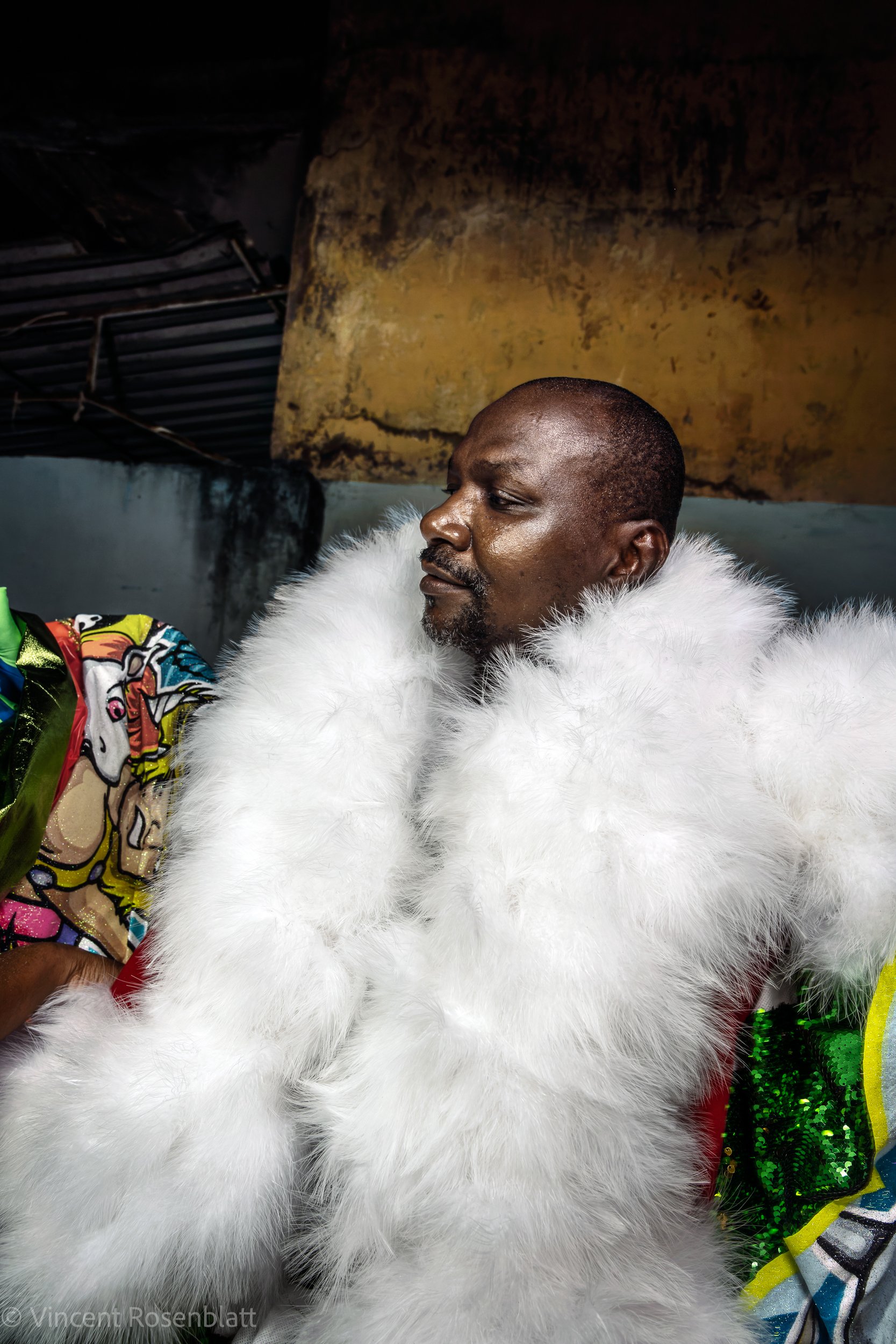
Jorge, from Os Impossiveis - bate-bola group from Marechal Hermes, Zona Norte, Rio de Janeiro, 2022.

Turma Vila Rosa de Jacarepaguá, Carnaval 2024, Rio de Janeiro.

Turma Vila Rosa de Jacarepaguá, Carnaval 2024, Rio de Janeiro.
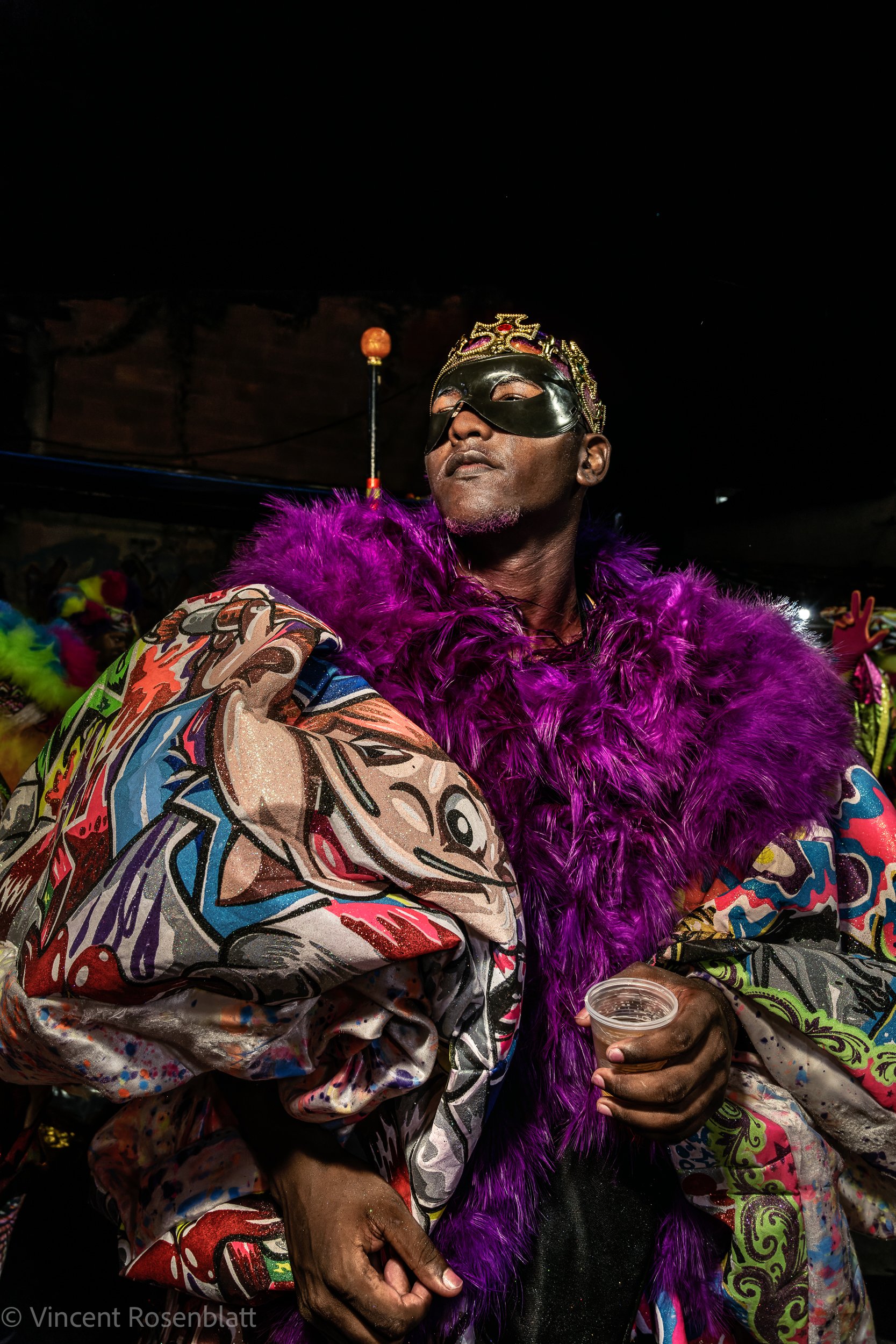
Wallace - bate-bola from the Estrelas do Muquiço group, photographed in Santissilmo, Zona Oeste, Rio de Janeiro, Carnaval 2022.
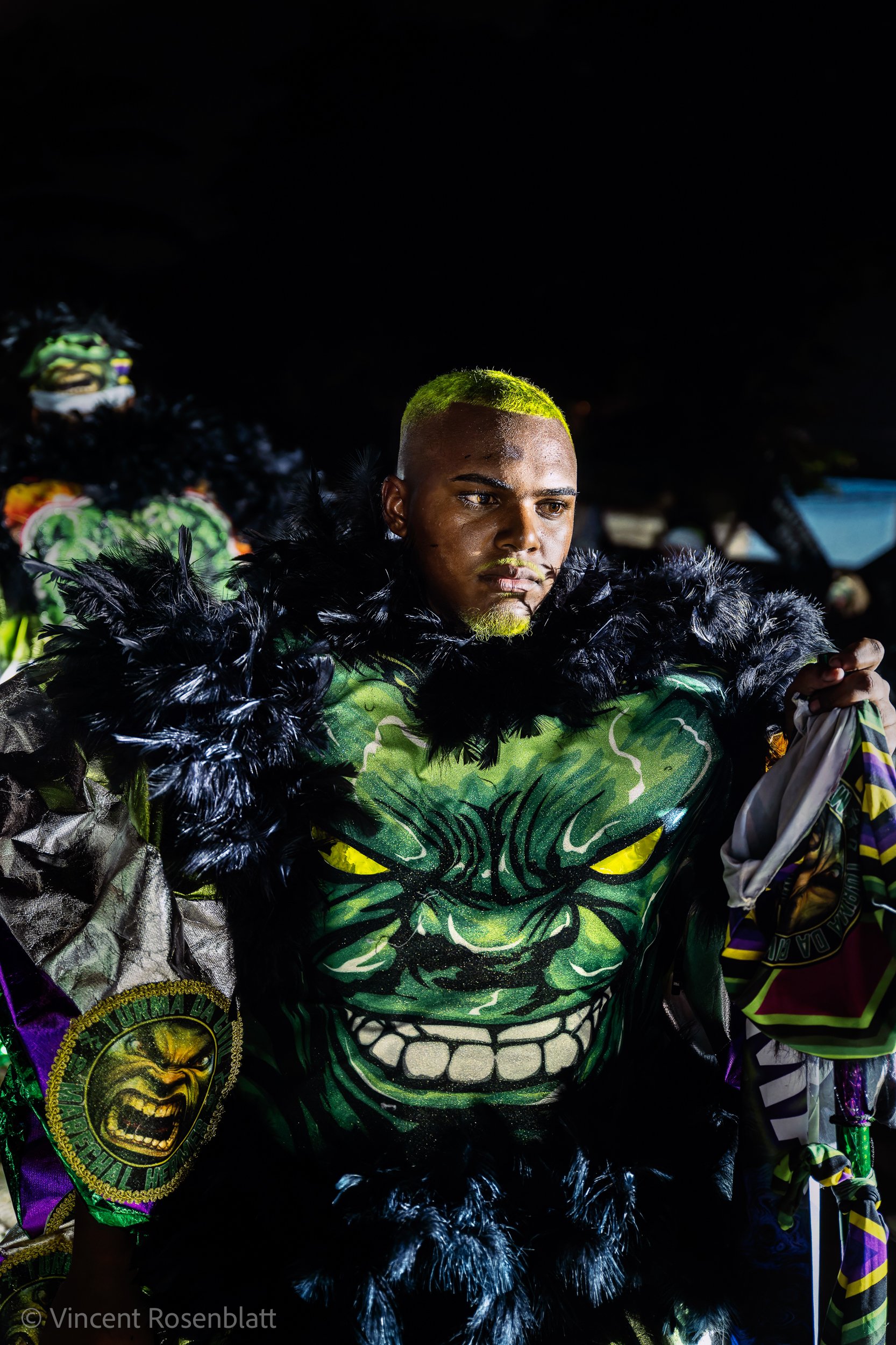
Luiz Fernando, Turma da Civil, bate-bola group from Marechal Hermes, Rio de Janeiro, 2023.


Pierrot & Linguarudo - Muquiço favela, Zona Oeste, Rio de Janeiro, 2024.

Theus & Juninho - wearing the Morcego & Linguarudo - Muquiço favela, Zona Oeste, Rio de Janeiro, 2024.

Theus & Juninho - wearing the Morcego & Linguarudo - Muquiço favela, Zona Oeste, Rio de Janeiro, 2024.
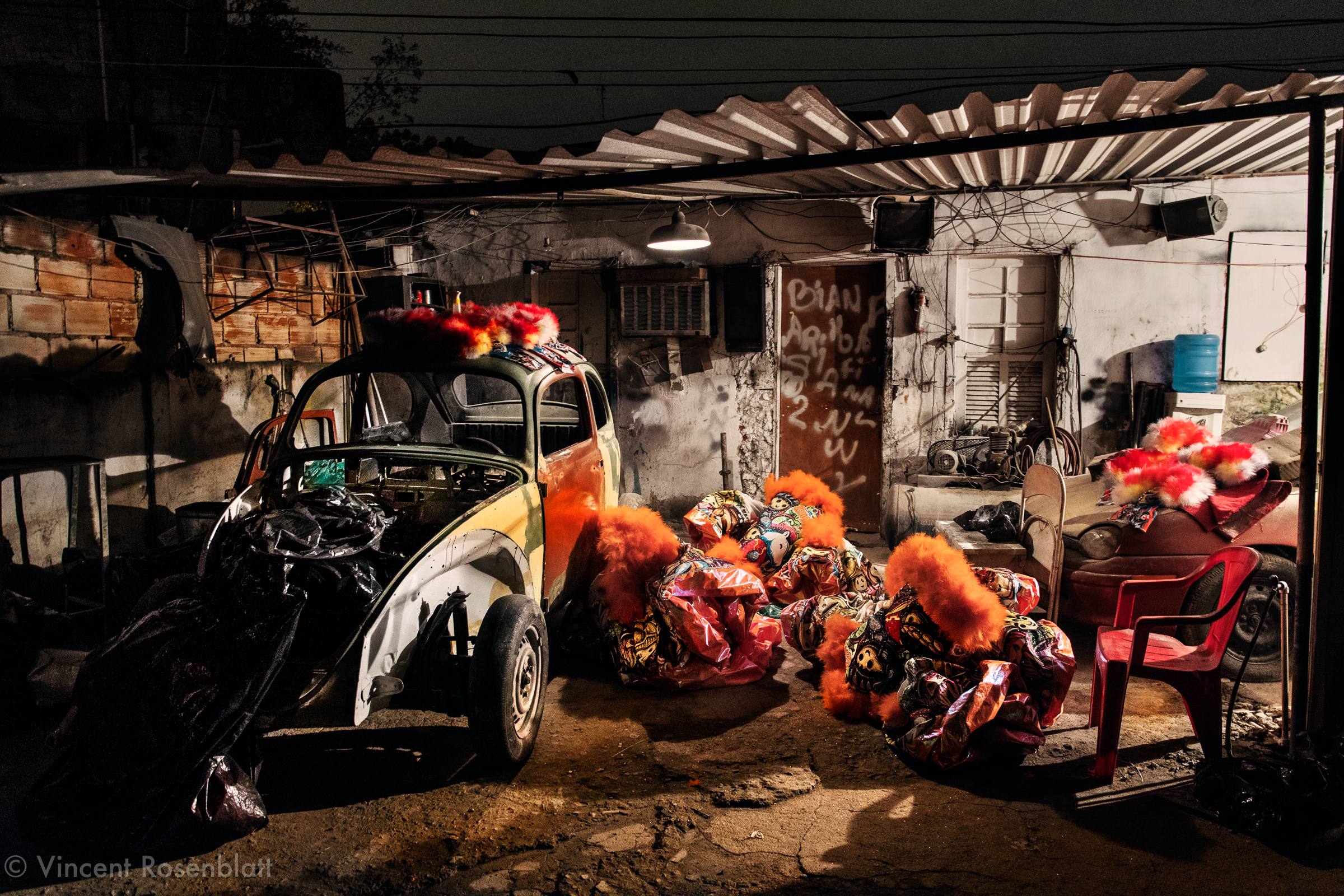
Preparation of the show of the Enigma group, Carnival 2017 - in Marechal Hermes, North Zone of Rio de Janeiro. Playmobil was the inspiration theme.

Bicho Rei, Oswaldo Cruz, Rio de Janeiro 2024.

Gurilouko, Campo Grande, Rio de Janeiro 2024.
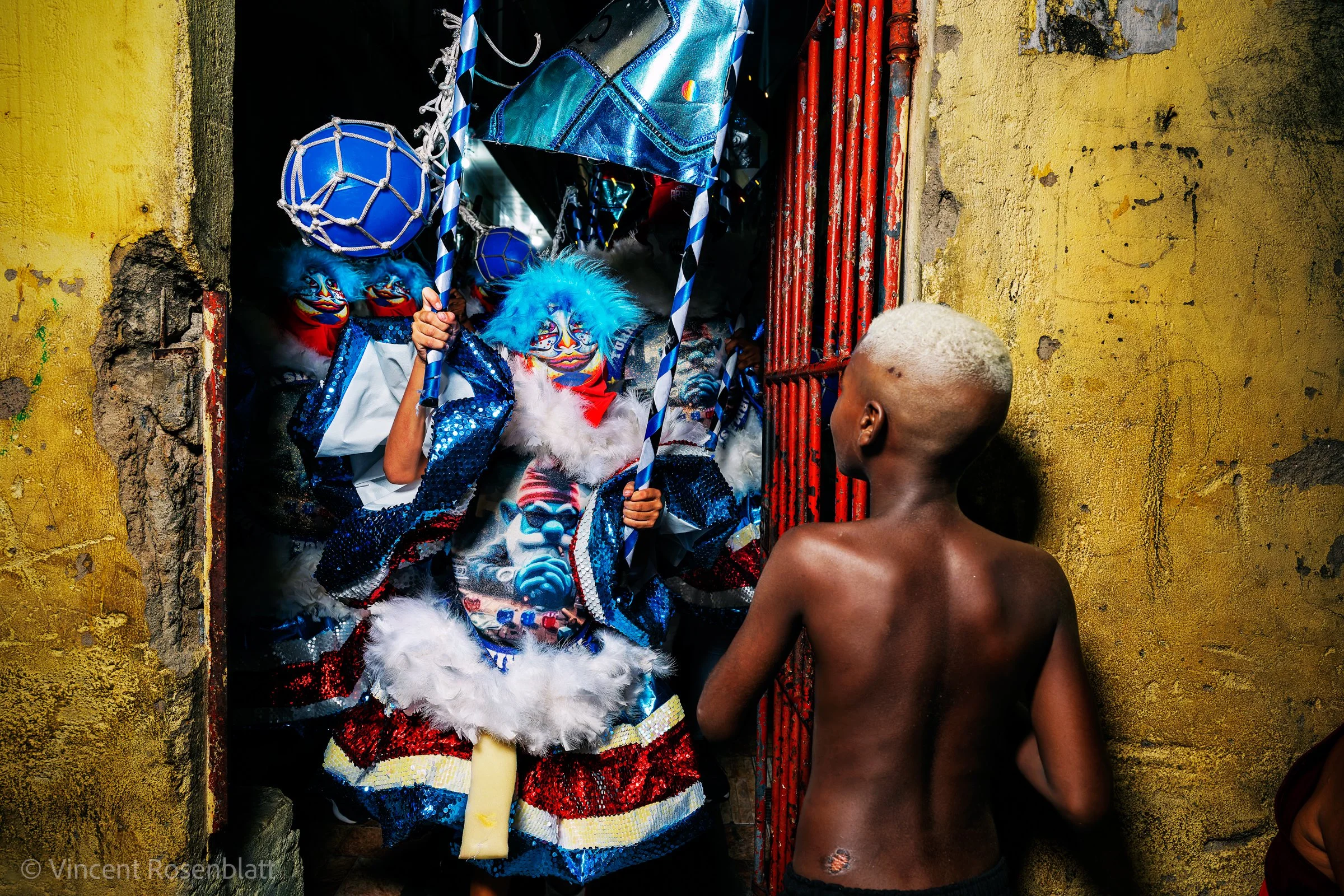
Turma Sinceridade, Oswaldo Cruz. Carnival, Rio de Janeiro, 2025. © Vincent Rosenblatt
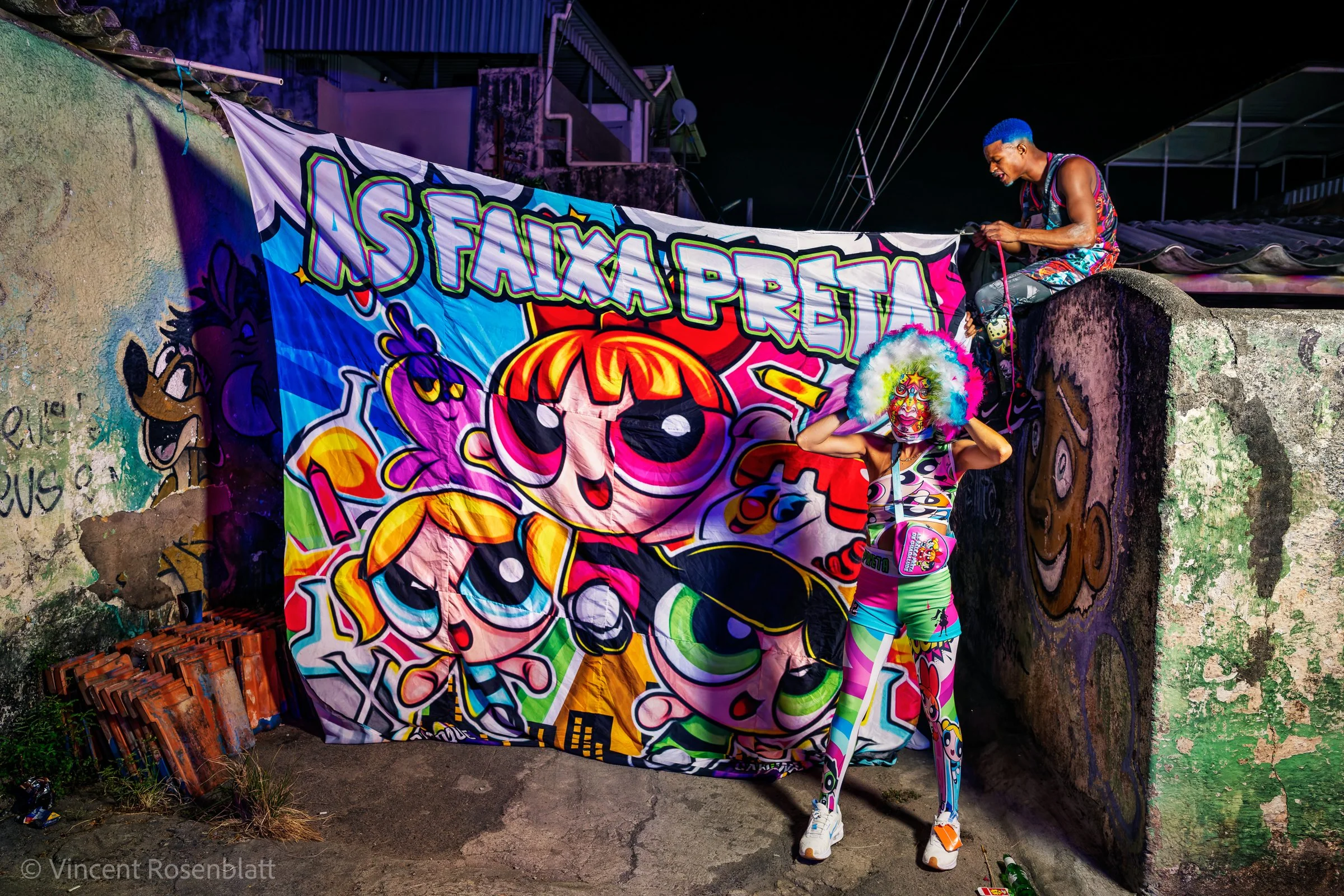
As Faixa Preta, Muquiço, Rio de Janeiro, 2025.

Juan helps his father Pablo to get dressed for the show. Carnaval 2024, Turma Amizade, Marechal Hermes, Rio de Janeiro
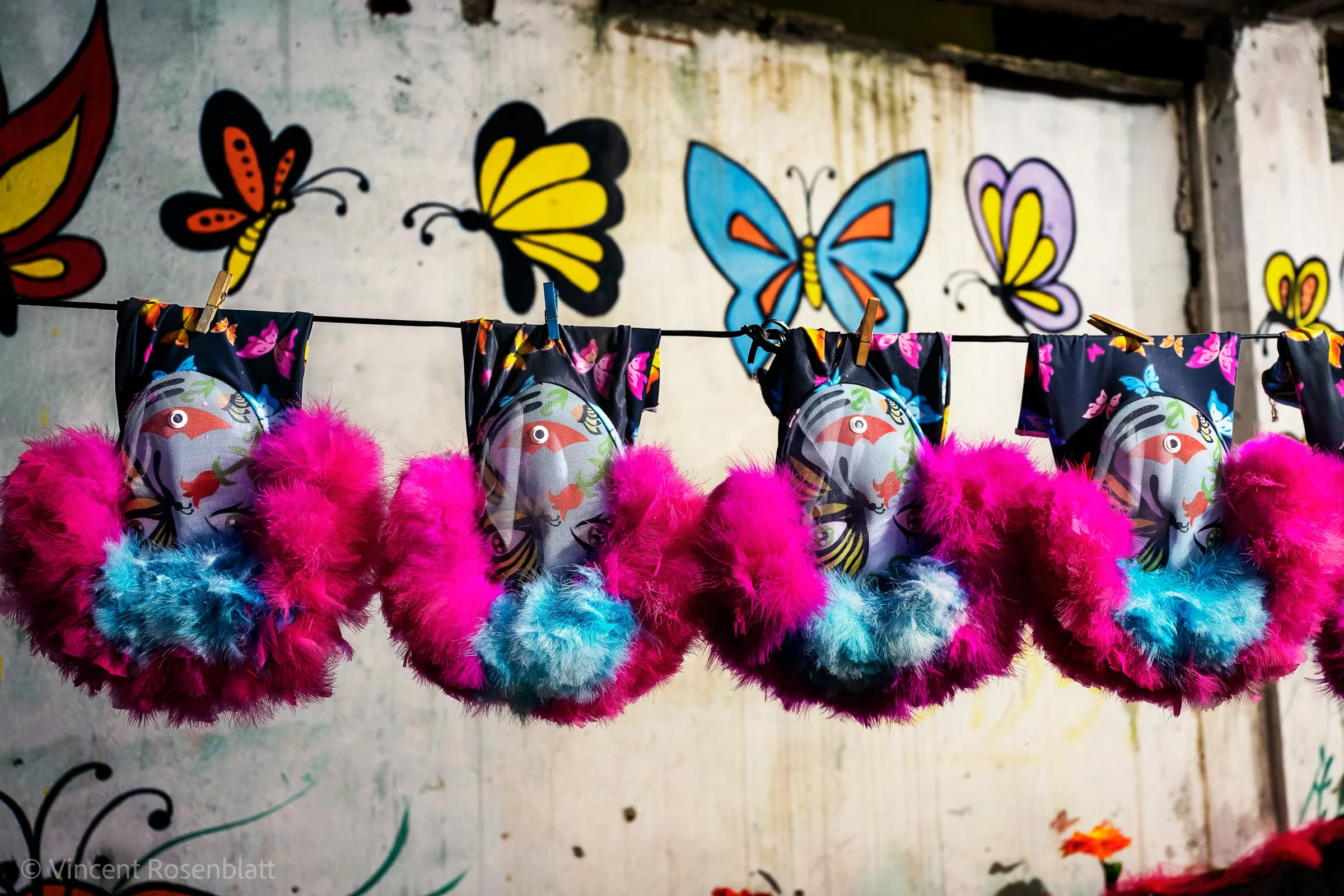
Turma So Qualidade, Muquiço, Rio de Janeiro, 2025. © Vincent Rosenblatt


Guilherme & Ricardo Laguna - Turma Paniko - Muquiço favela, Zona Oeste, Rio de Janeiro, 2024.
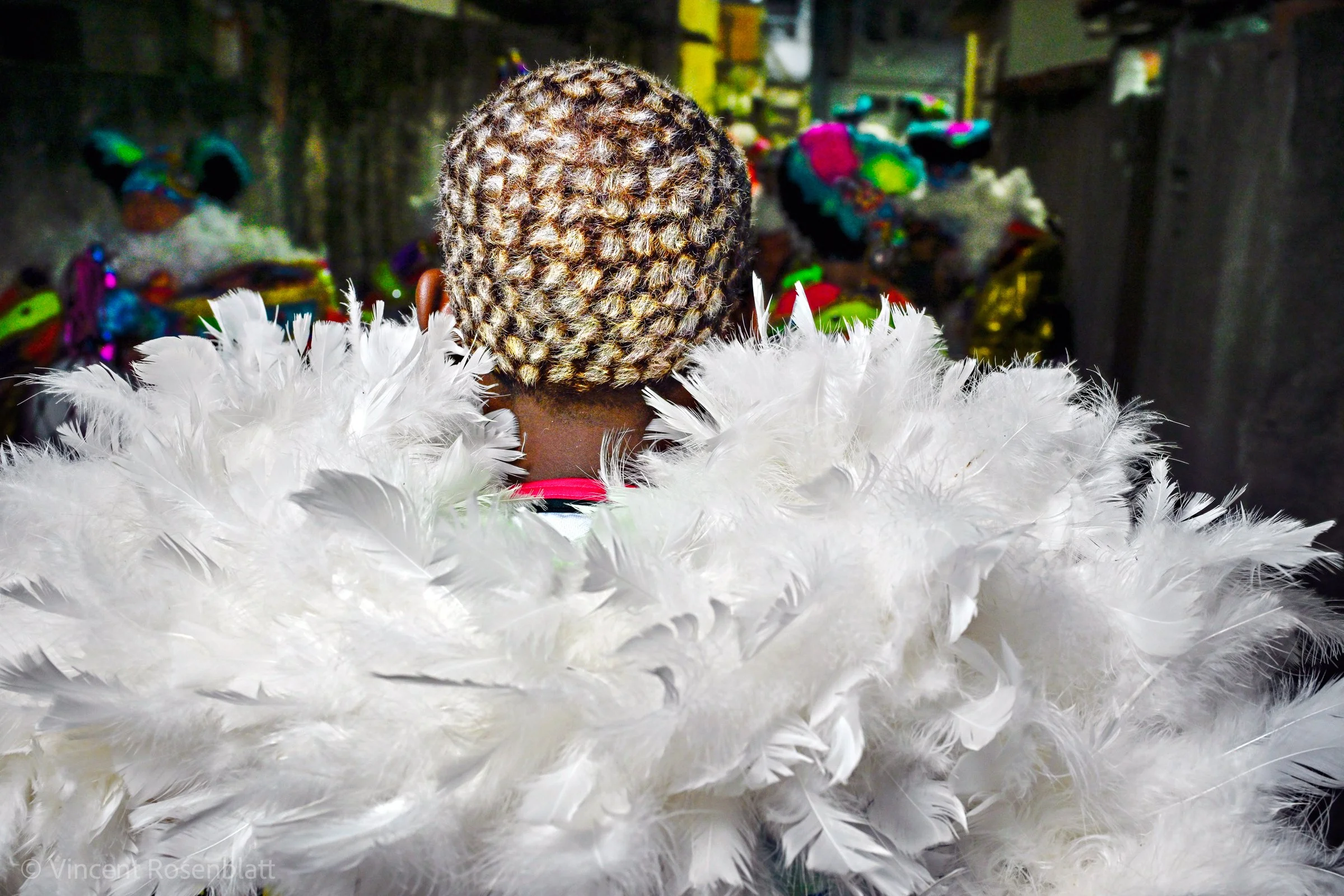
Turma Tropa da Russia, Muquiço, Rio de Janeiro, 2025. © Vincent Rosenblatt
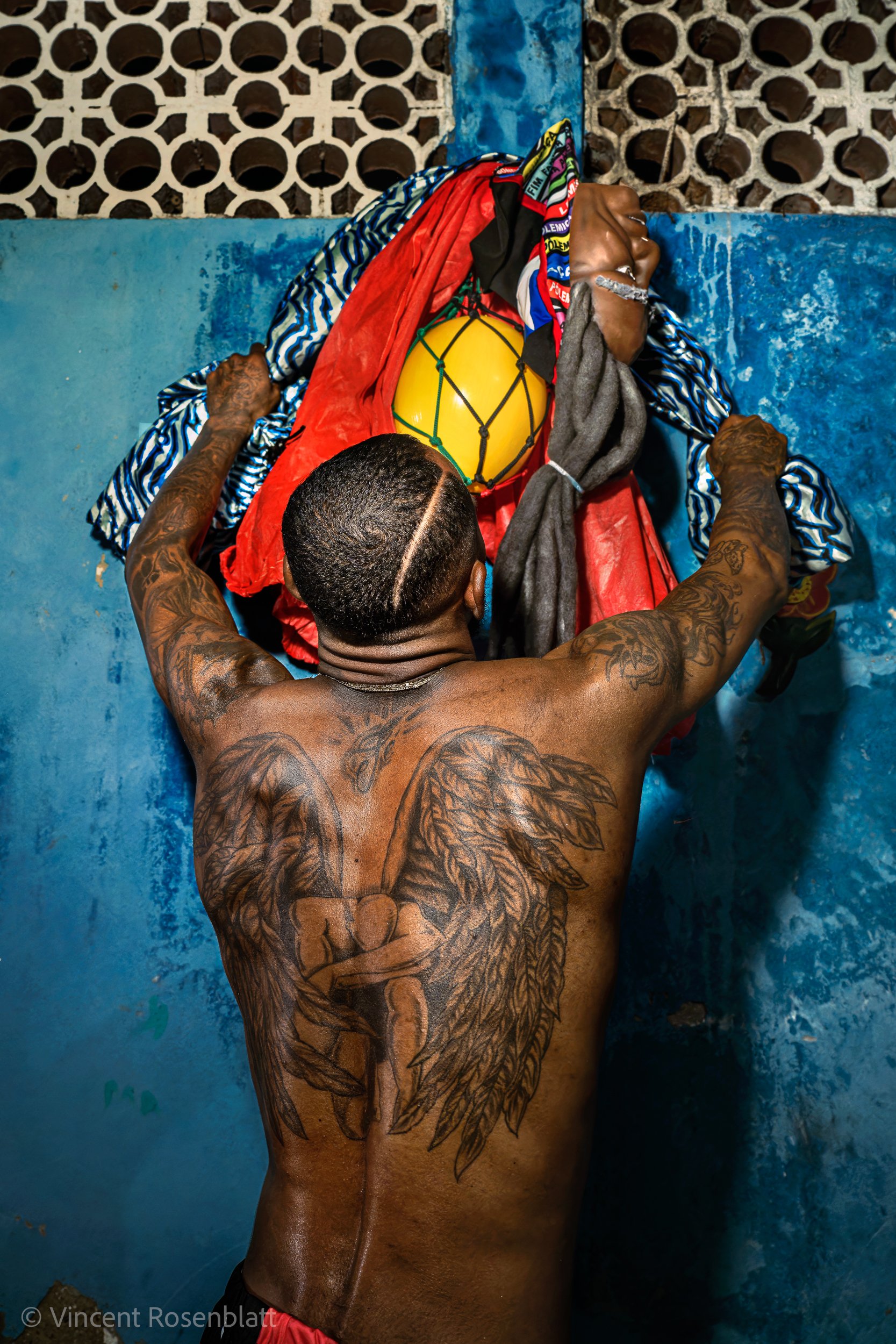
Dininho, Bate-bola from the Polemica group, Rocha Miranda, Zona Norte, Rio de Janeiro, 2023.
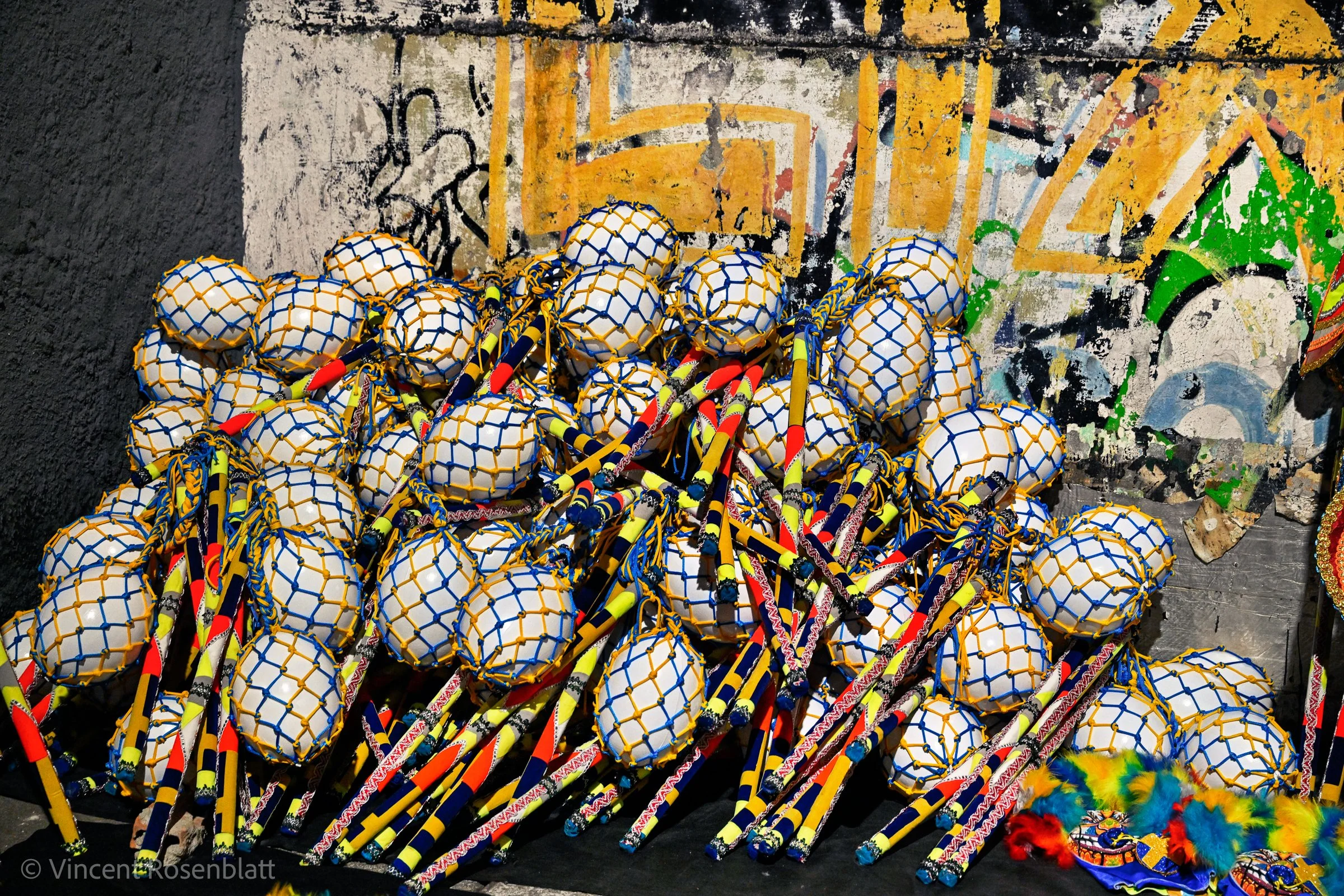
Bixo Rei, Oswaldo Cruz. Carnival, Rio de Janeiro, 2025. © Vincent Rosenblatt
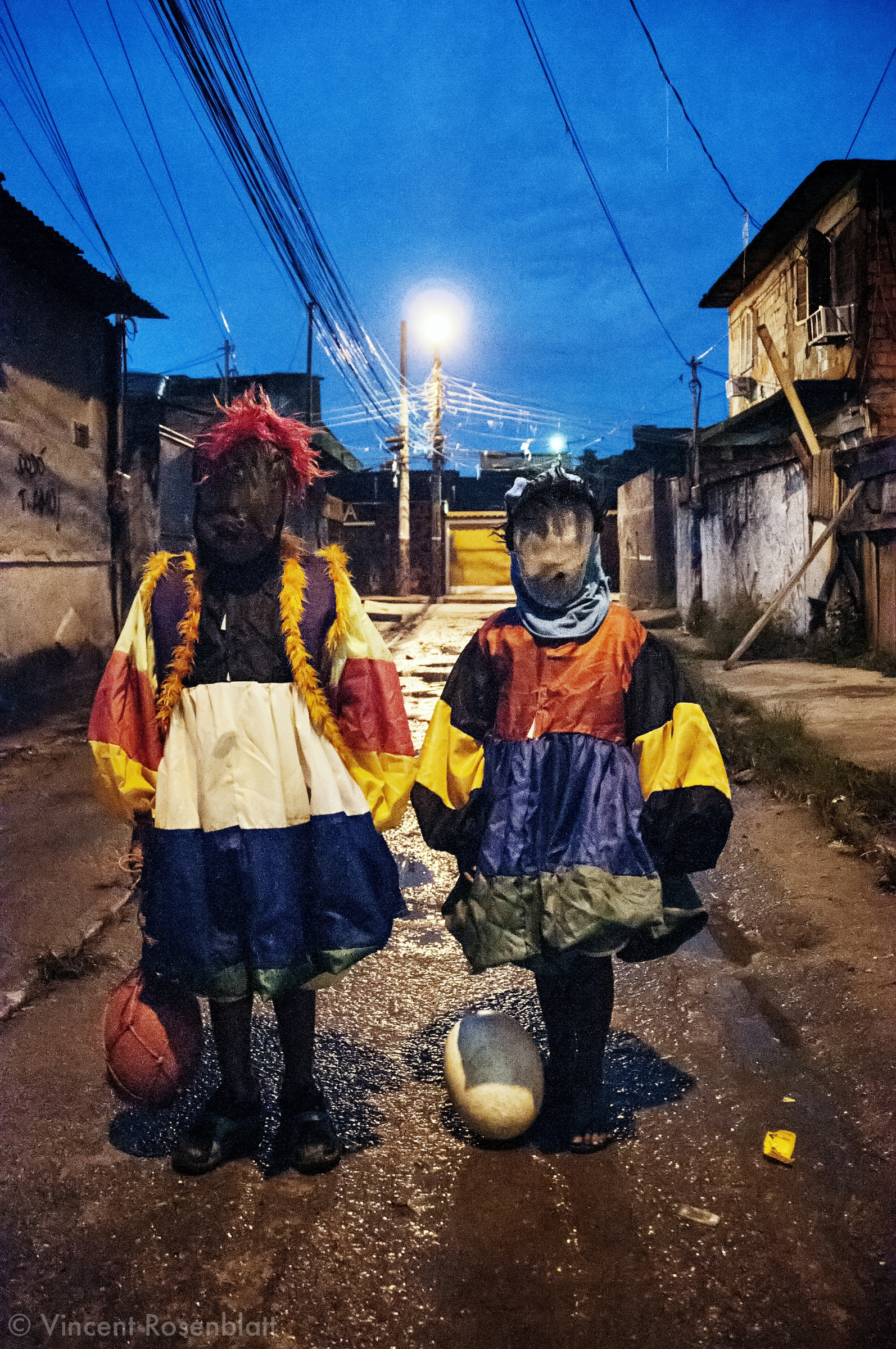
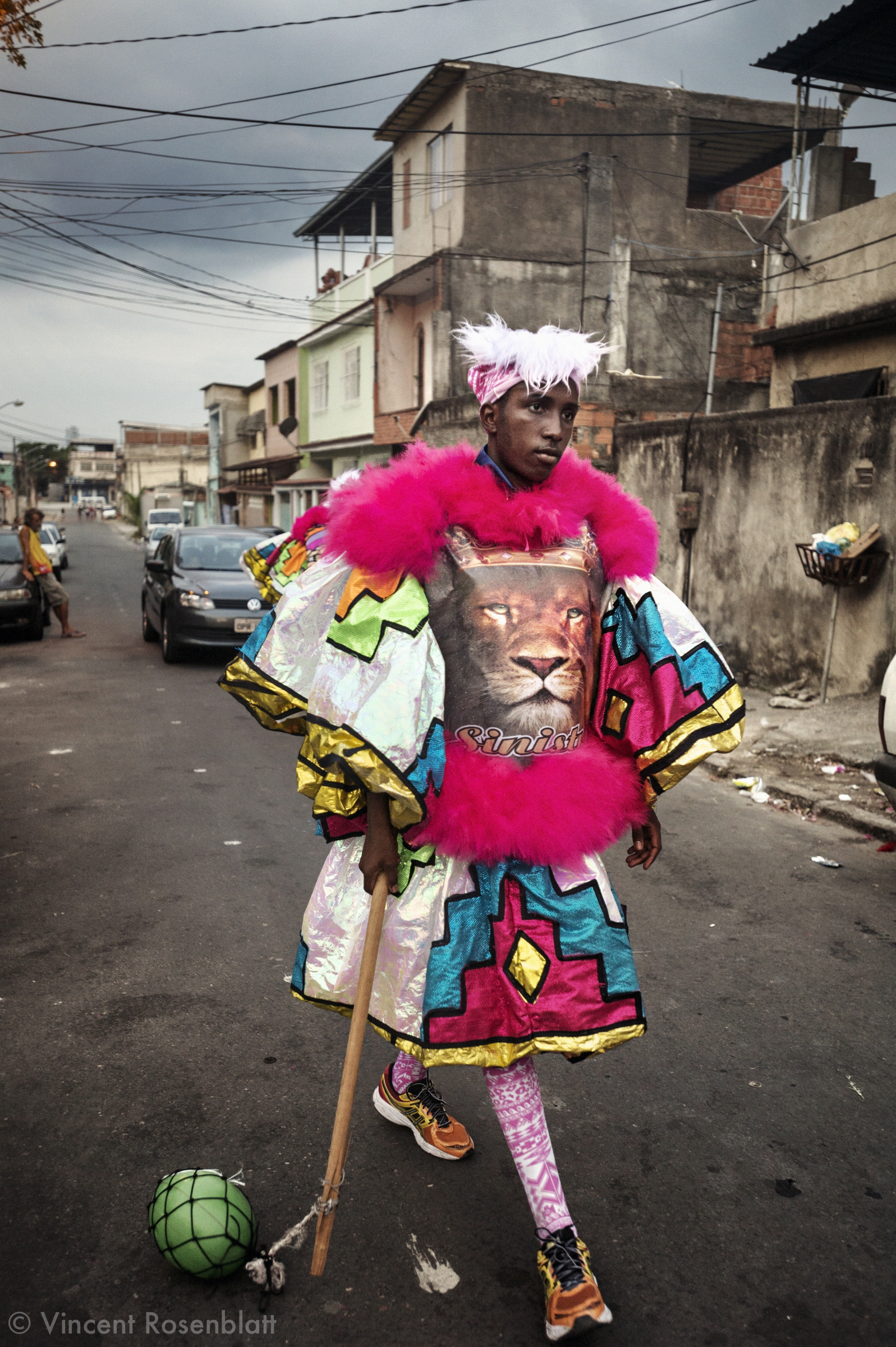

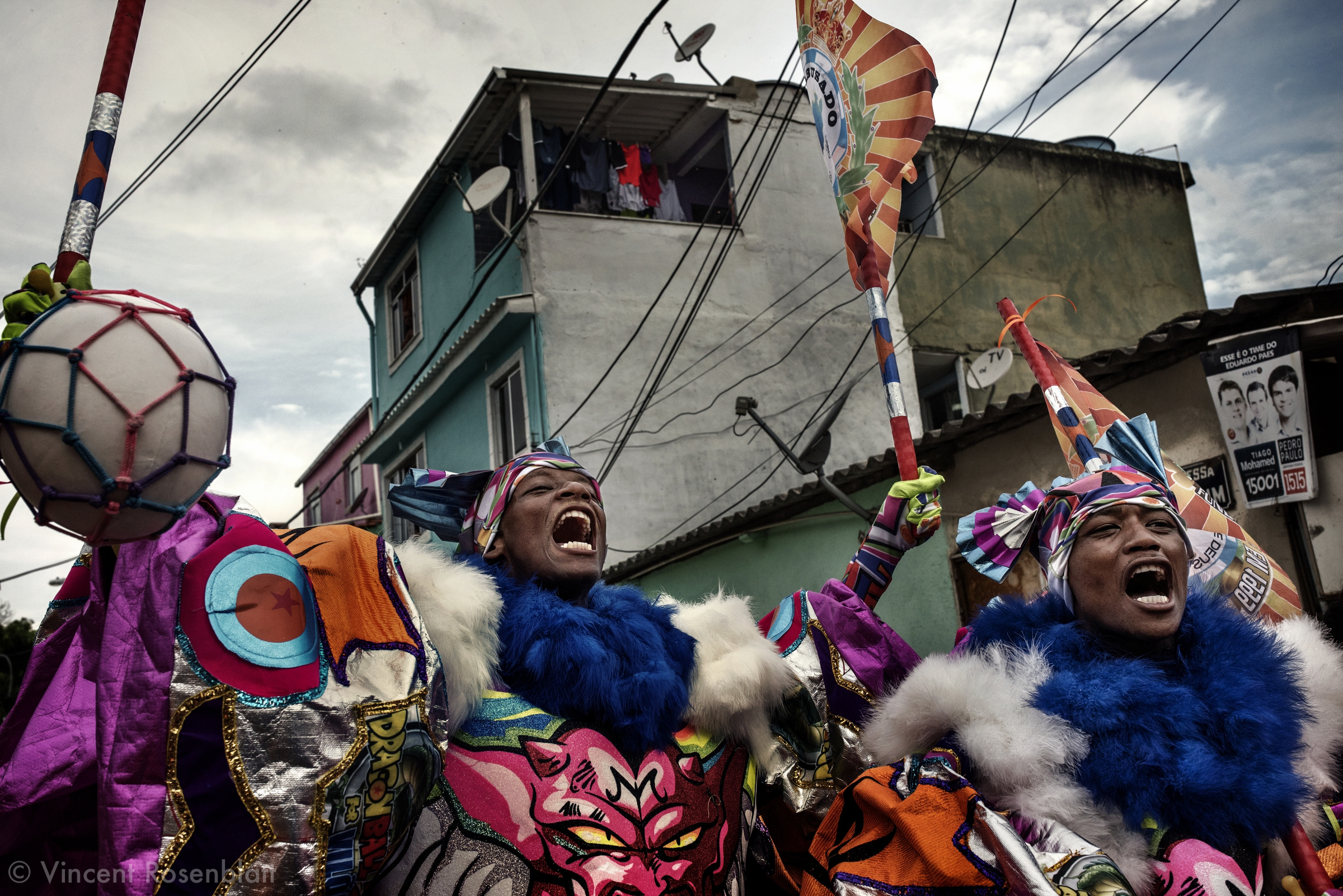
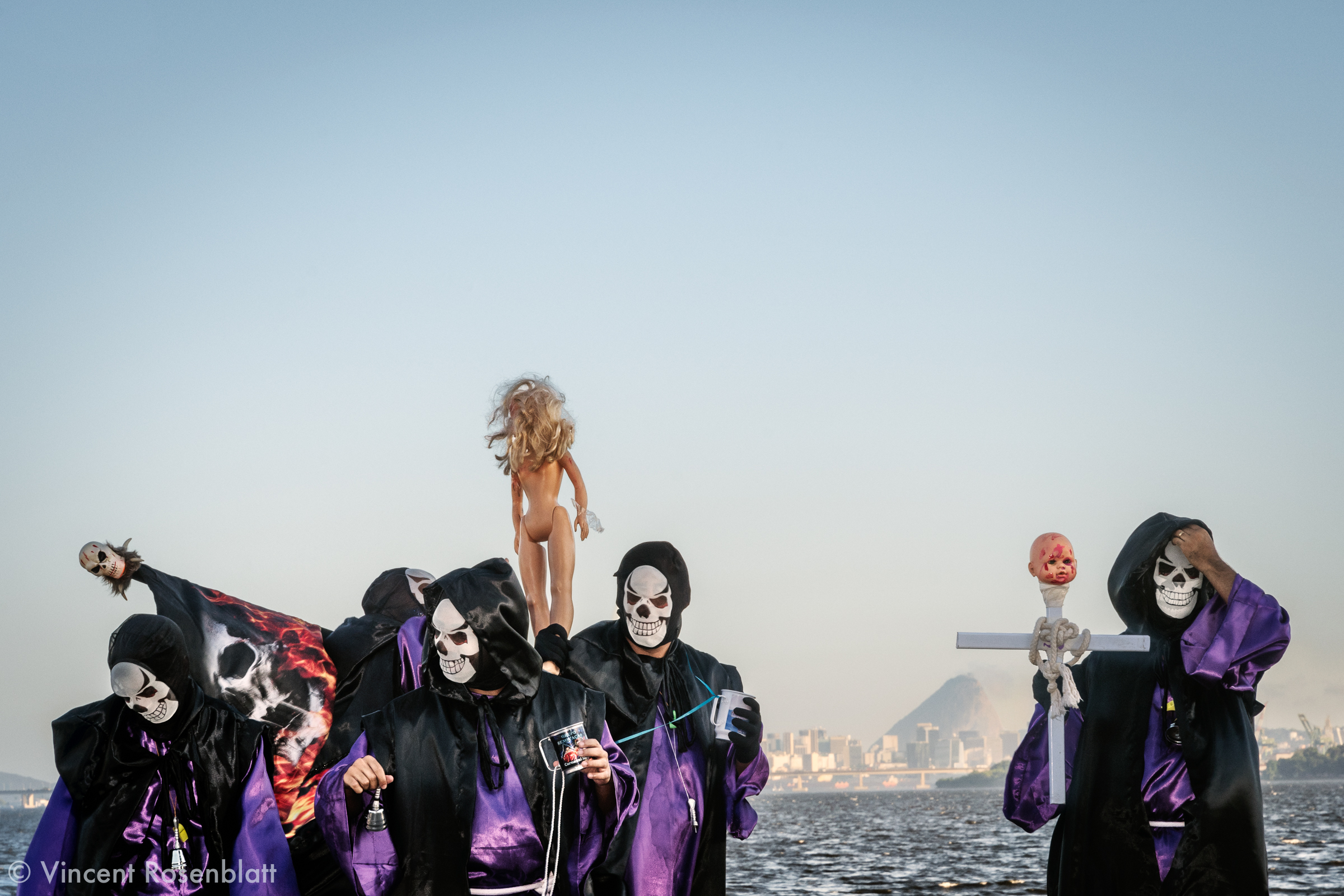
"Skull of the Governor's Island" - Caveira da Ilha - Group of proto Bate-Bola, Ilha do Governador, North Zone of Rio de Janeiro, Carnival 2018. Simpler and much cheaper than the actual Bate-Bola, they represent how the suburban scene looked like more than half a century ago.. In the background, the Center of Rio de Janeiro and the Sugarloaf.
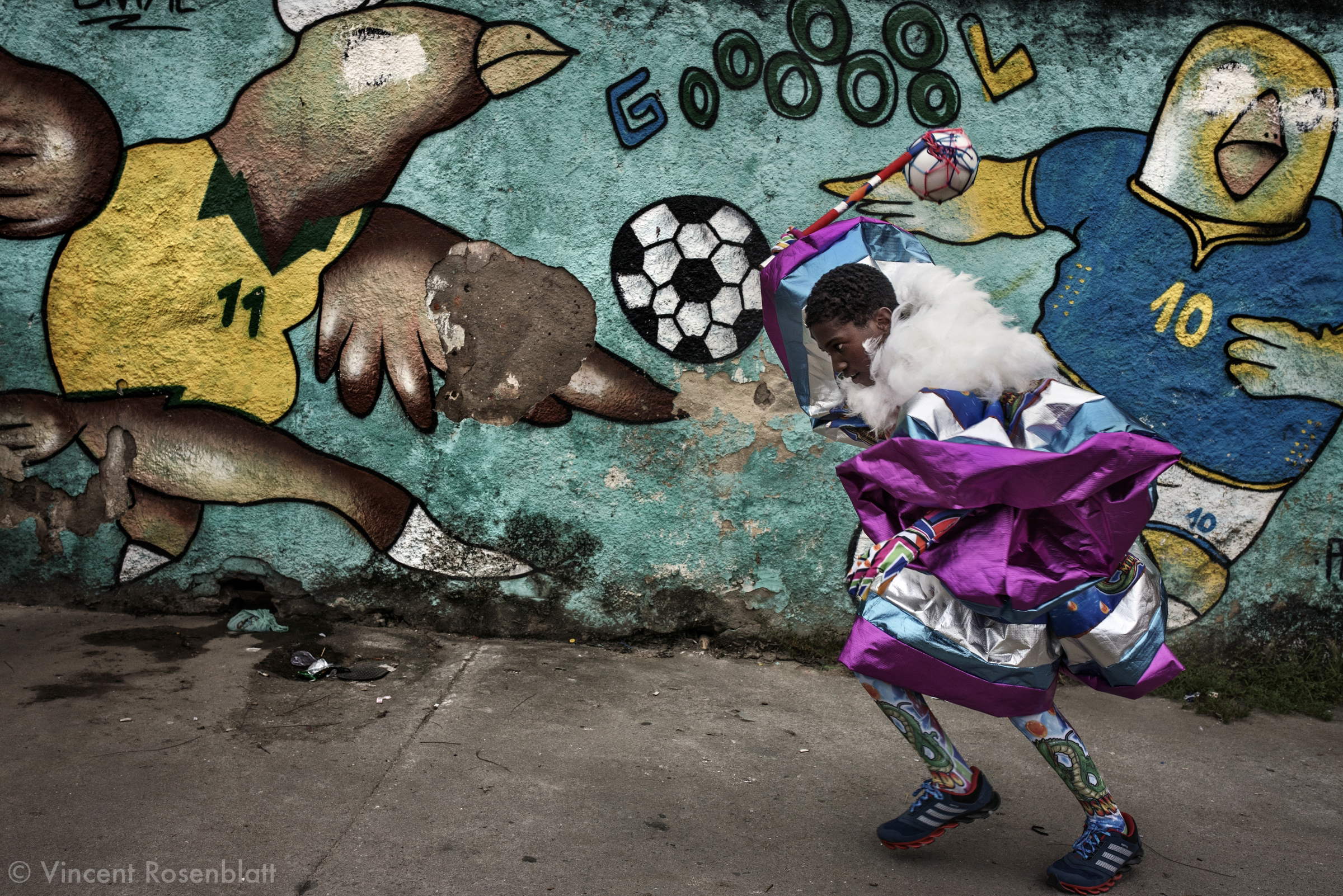





































































































































































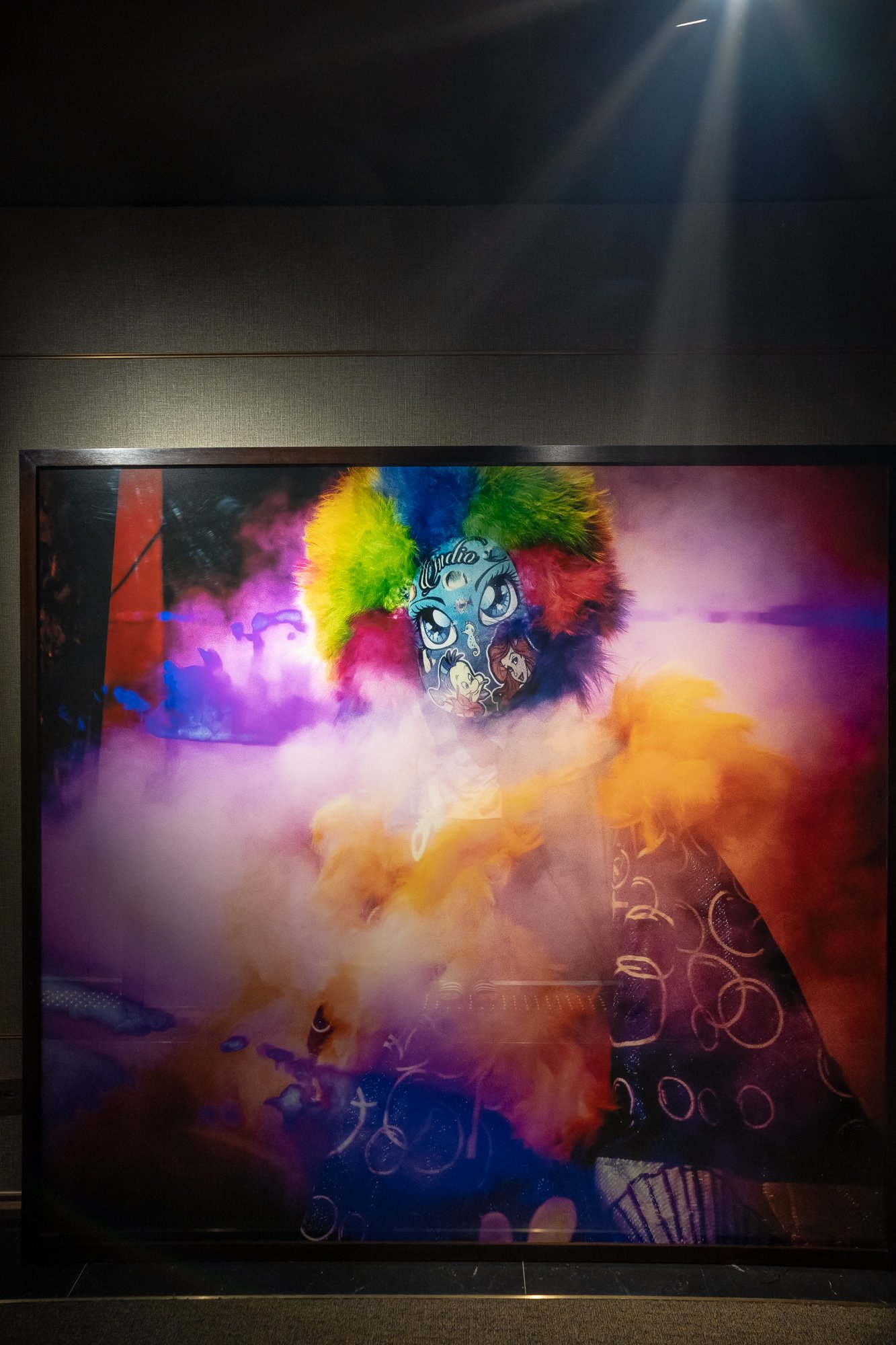
Installation of the Bate-Bola - Rio Secret Carnival series - photographs by Vincent Rosenblatt at the 9° floor of the Rosewood, Cidade Matarazzo, São Paulo, Brazil.
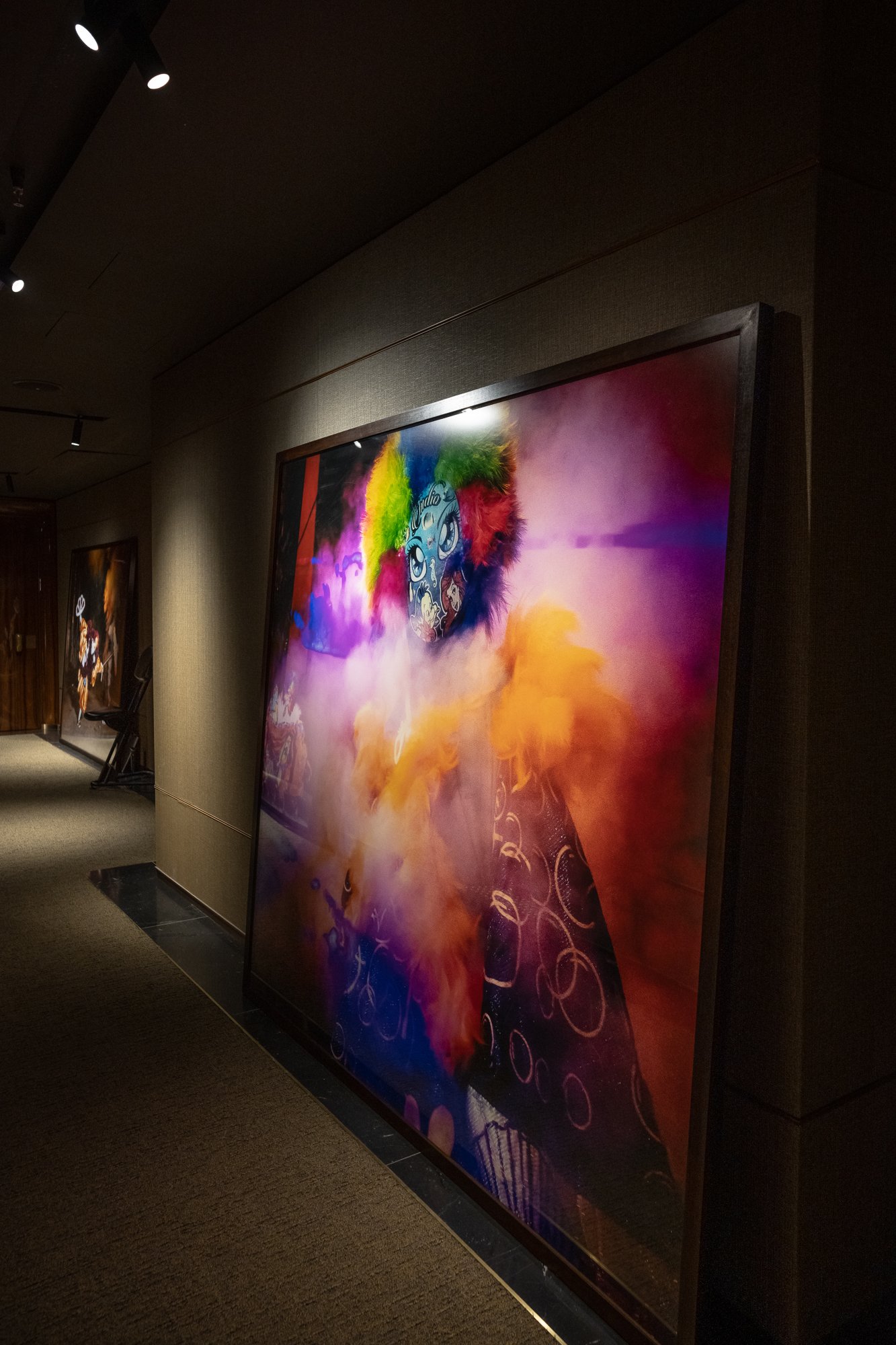
Installation of the Bate-Bola - Rio Secret Carnival series - photographs by Vincent Rosenblatt at the 9° floor of the Rosewood, Cidade Matarazzo, São Paulo, Brazil.

Installation of the Bate-Bola - Rio Secret Carnival series - photographs by Vincent Rosenblatt at the 9° floor of the Rosewood, Cidade Matarazzo, São Paulo, Brazil.
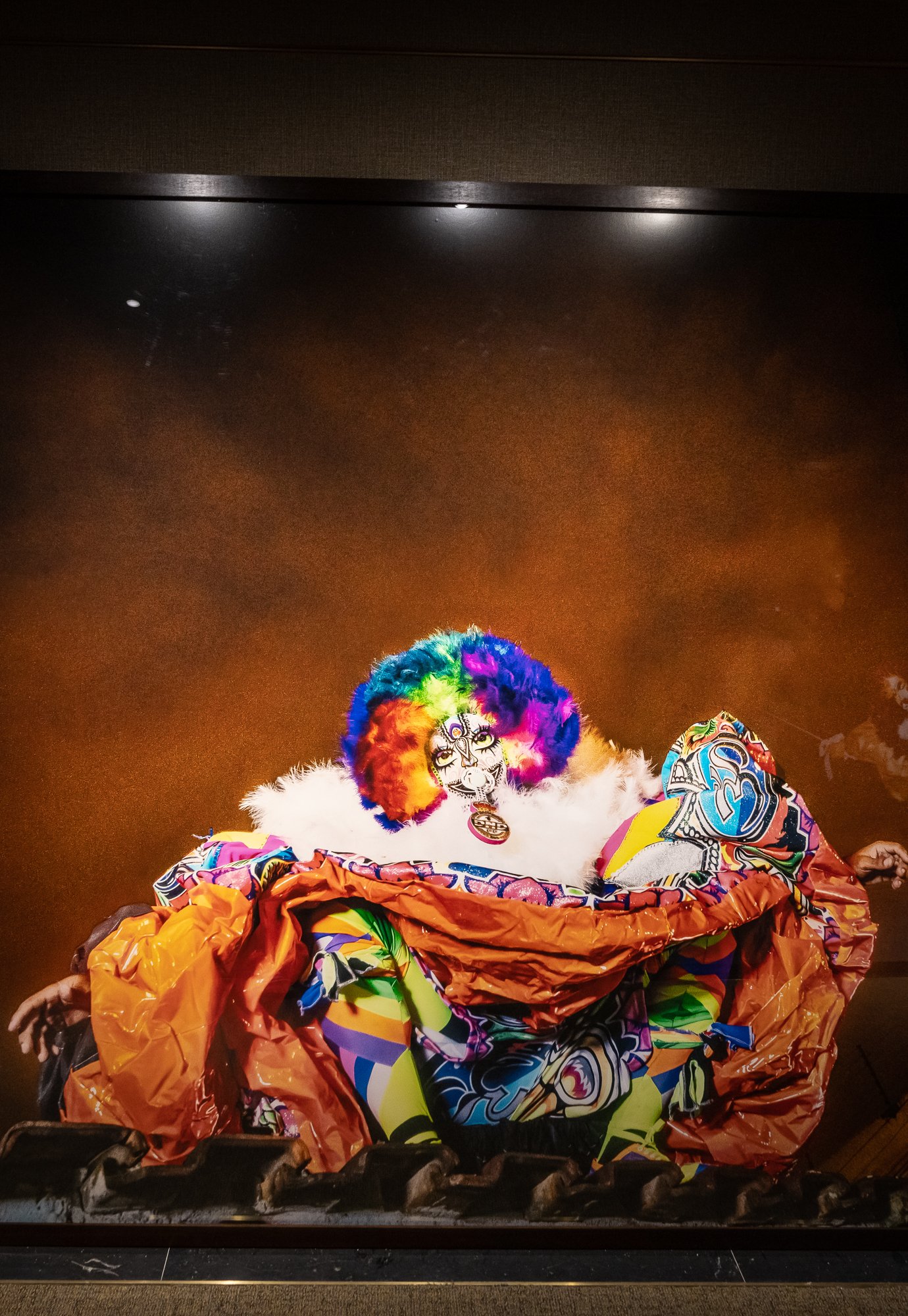
Installation of the Bate-Bola - Rio Secret Carnival series - photographs by Vincent Rosenblatt at the 9° floor of the Rosewood, Cidade Matarazzo, São Paulo, Brazil.
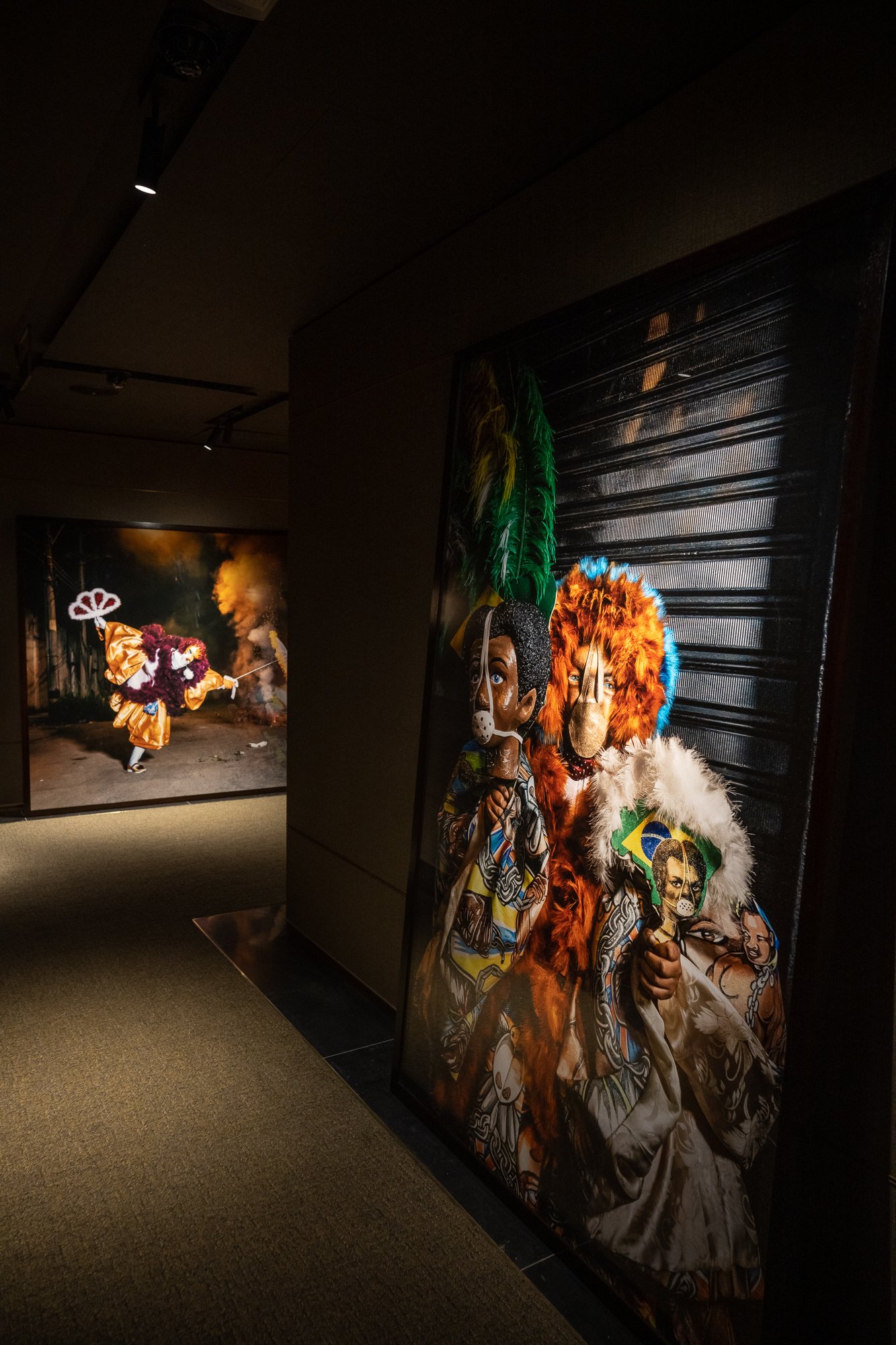
Installation of the Bate-Bola - Rio Secret Carnival series - photographs by Vincent Rosenblatt at the 9° floor of the Rosewood, Cidade Matarazzo, São Paulo, Brazil.
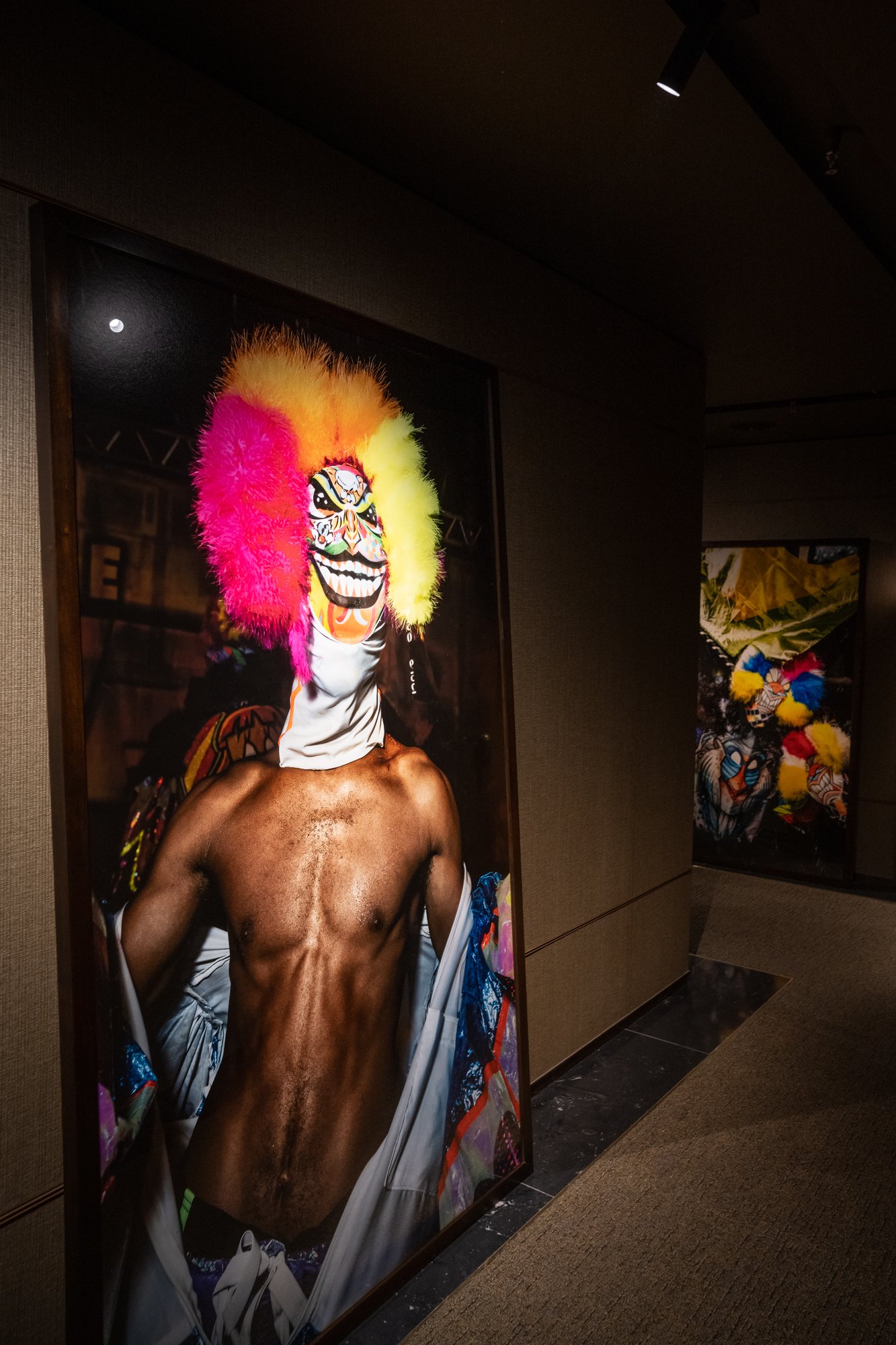
Installation of the Bate-Bola - Rio Secret Carnival series - photographs by Vincent Rosenblatt at the 9° floor of the Rosewood, Cidade Matarazzo, São Paulo, Brazil.

Installation of the Bate-Bola - Rio Secret Carnival series - photographs by Vincent Rosenblatt at the 9° floor of the Rosewood, Cidade Matarazzo, São Paulo, Brazil.
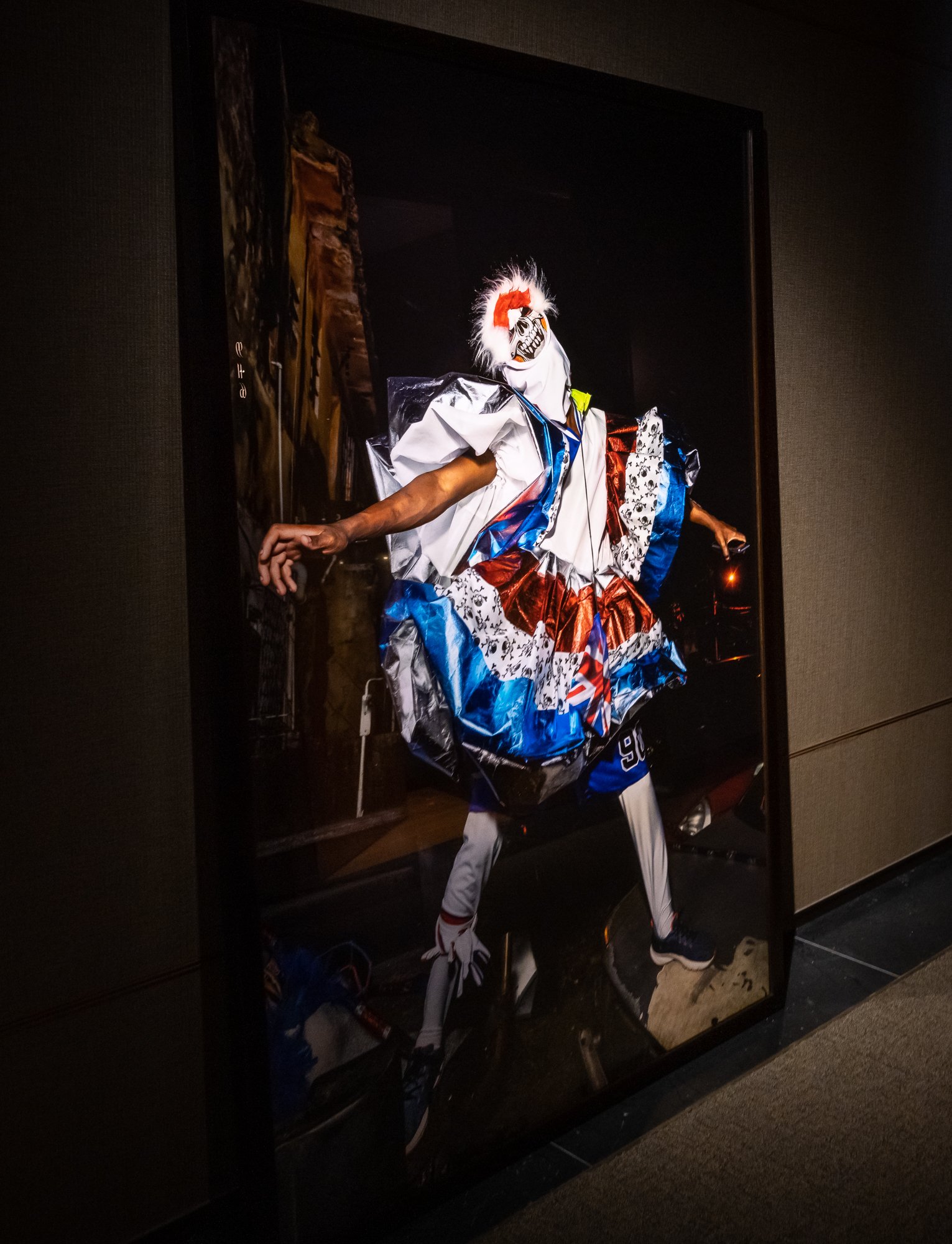
Installation of the Bate-Bola - Rio Secret Carnival series - photographs by Vincent Rosenblatt at the 9° floor of the Rosewood, Cidade Matarazzo, São Paulo, Brazil.
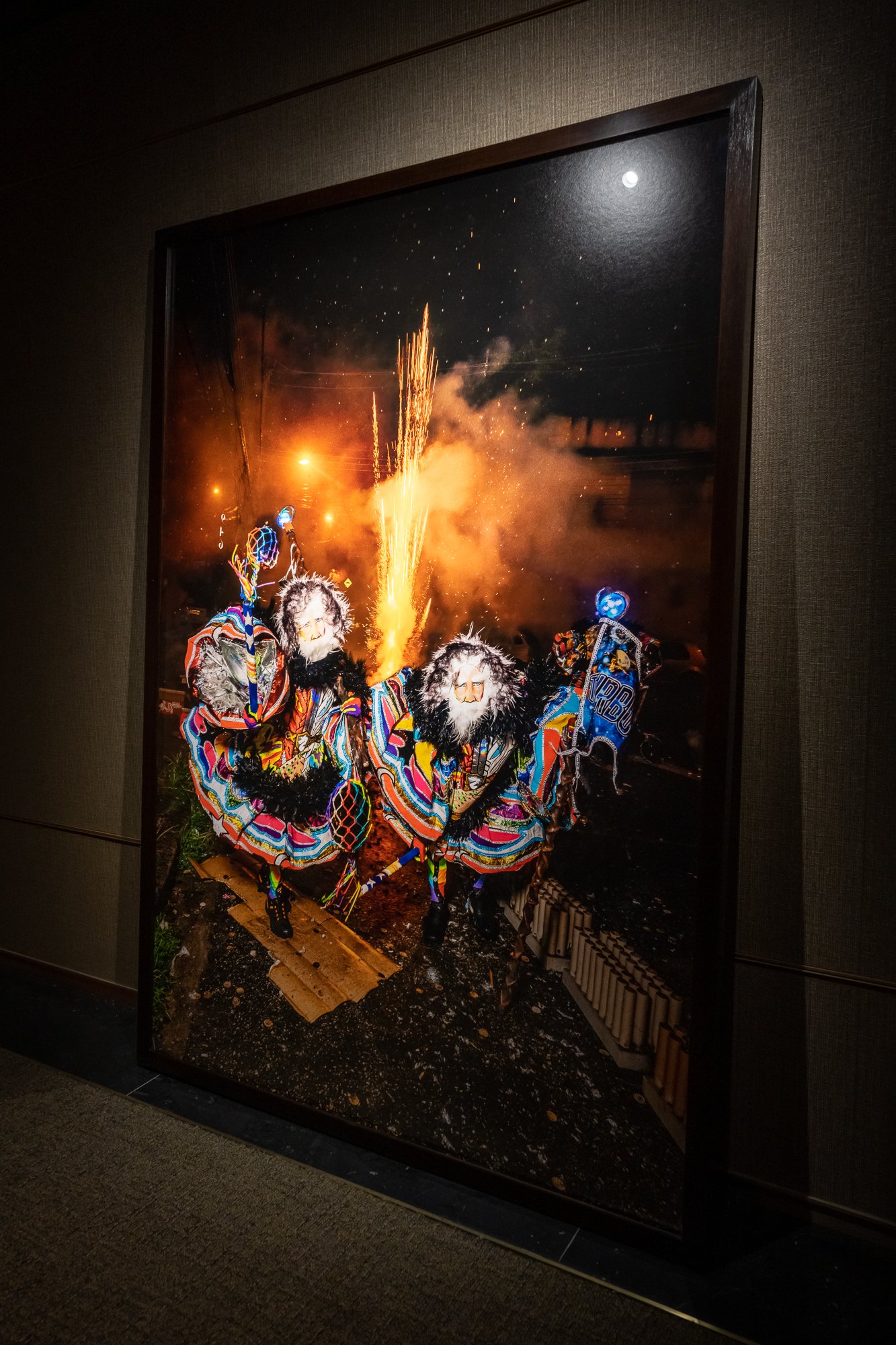
Installation of the Bate-Bola - Rio Secret Carnival series - photographs by Vincent Rosenblatt at the 9° floor of the Rosewood, Cidade Matarazzo, São Paulo, Brazil.
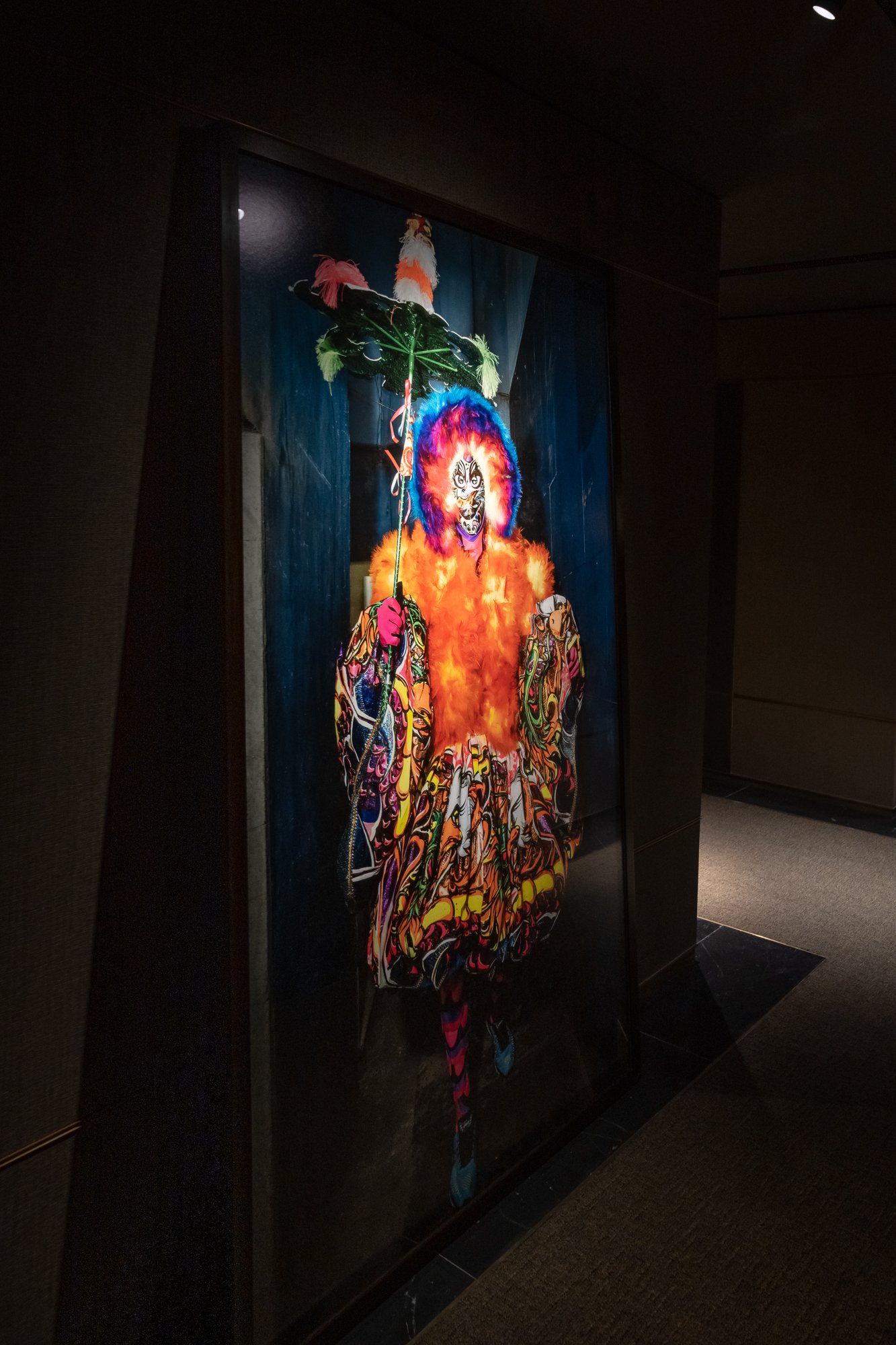
Installation of the Bate-Bola - Rio Secret Carnival series - photographs by Vincent Rosenblatt at the 9° floor of the Rosewood, Cidade Matarazzo, São Paulo, Brazil.










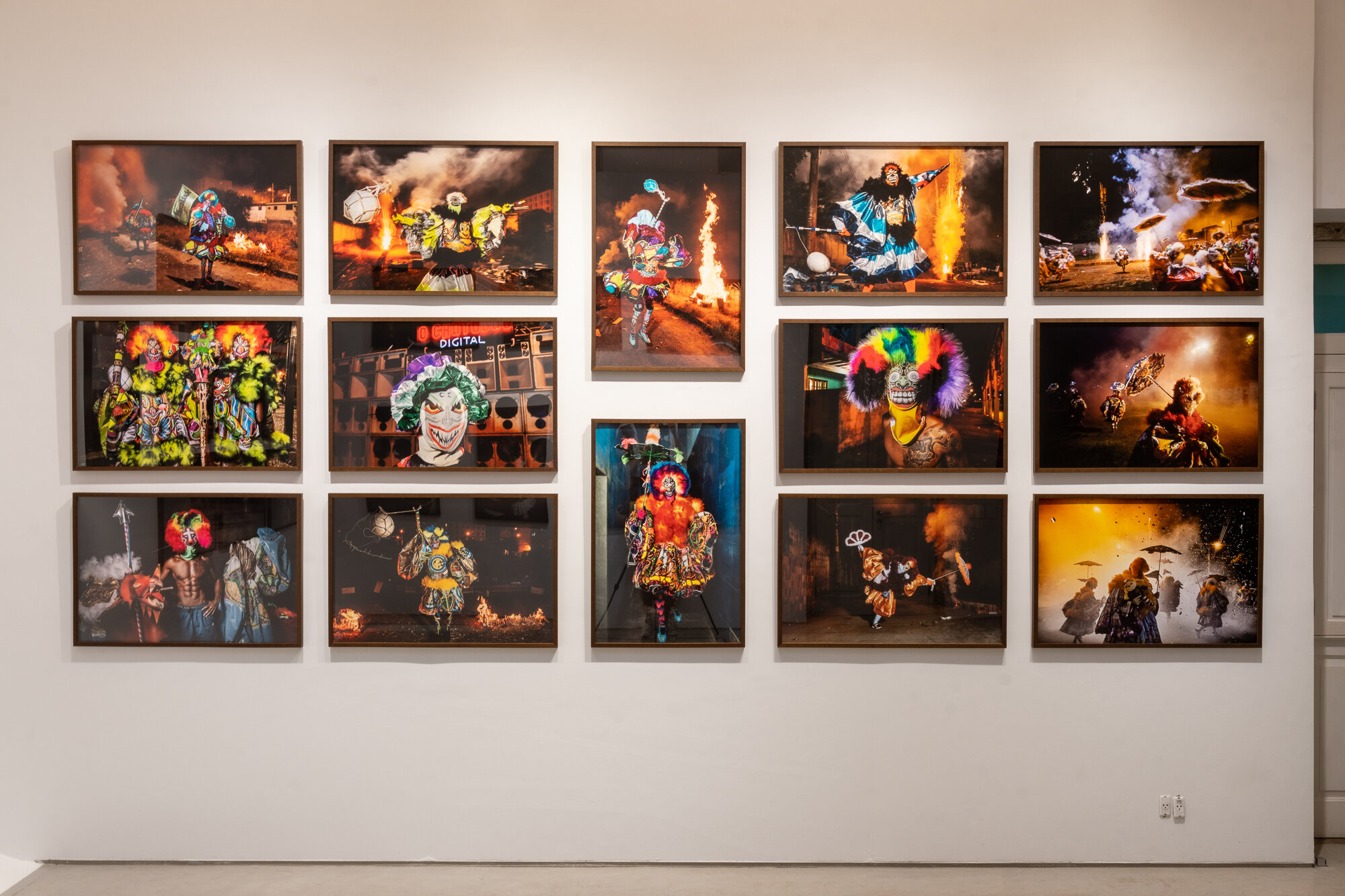
Exhibit « RIO NIGHT FEVER » by Vincent Rosenblatt at the Galeria da Gávea, Rio de Janeiro 2020
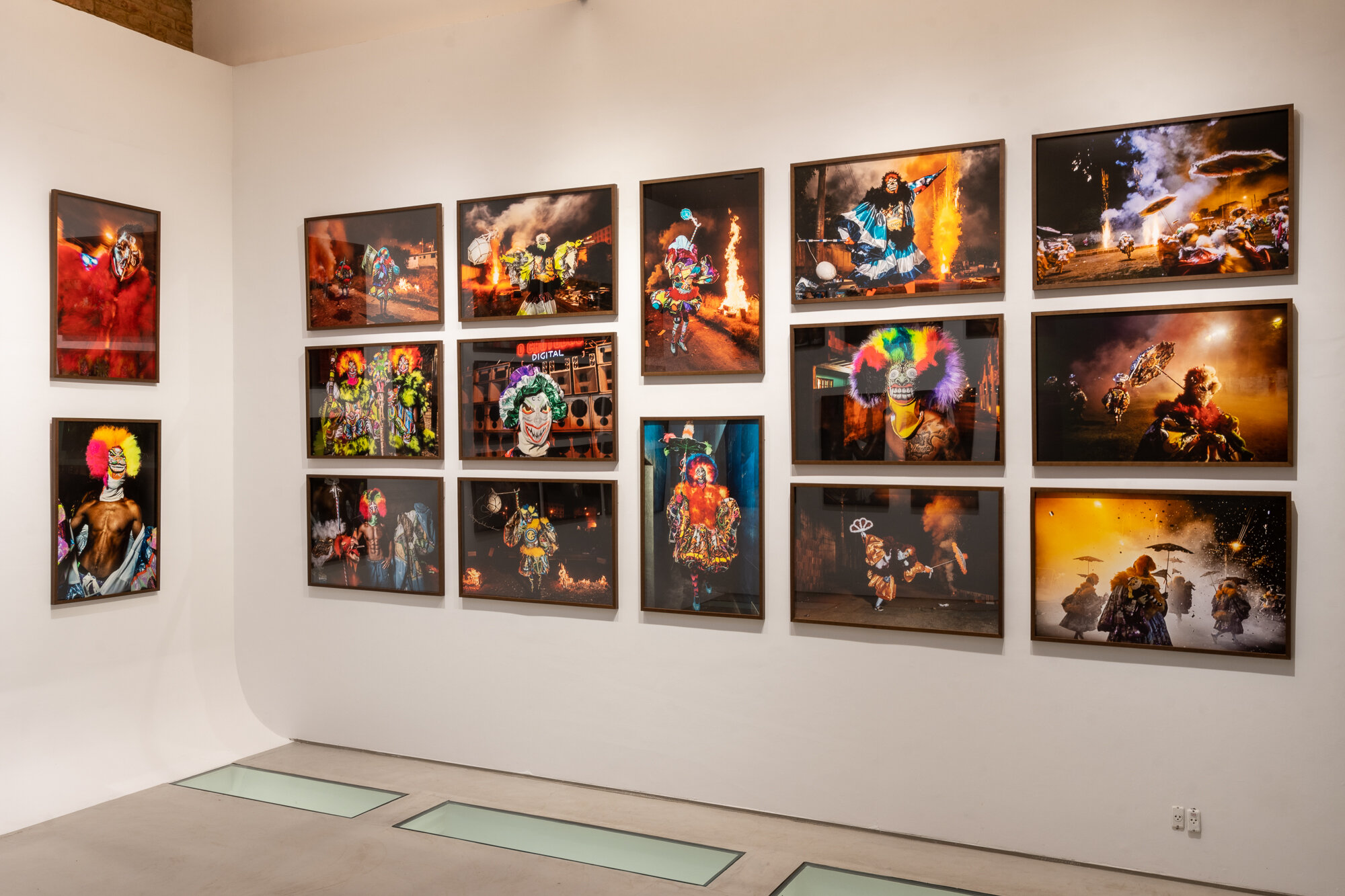
Exhibit « RIO NIGHT FEVER » by Vincent Rosenblatt at the Galeria da Gávea, Rio de Janeiro 2020
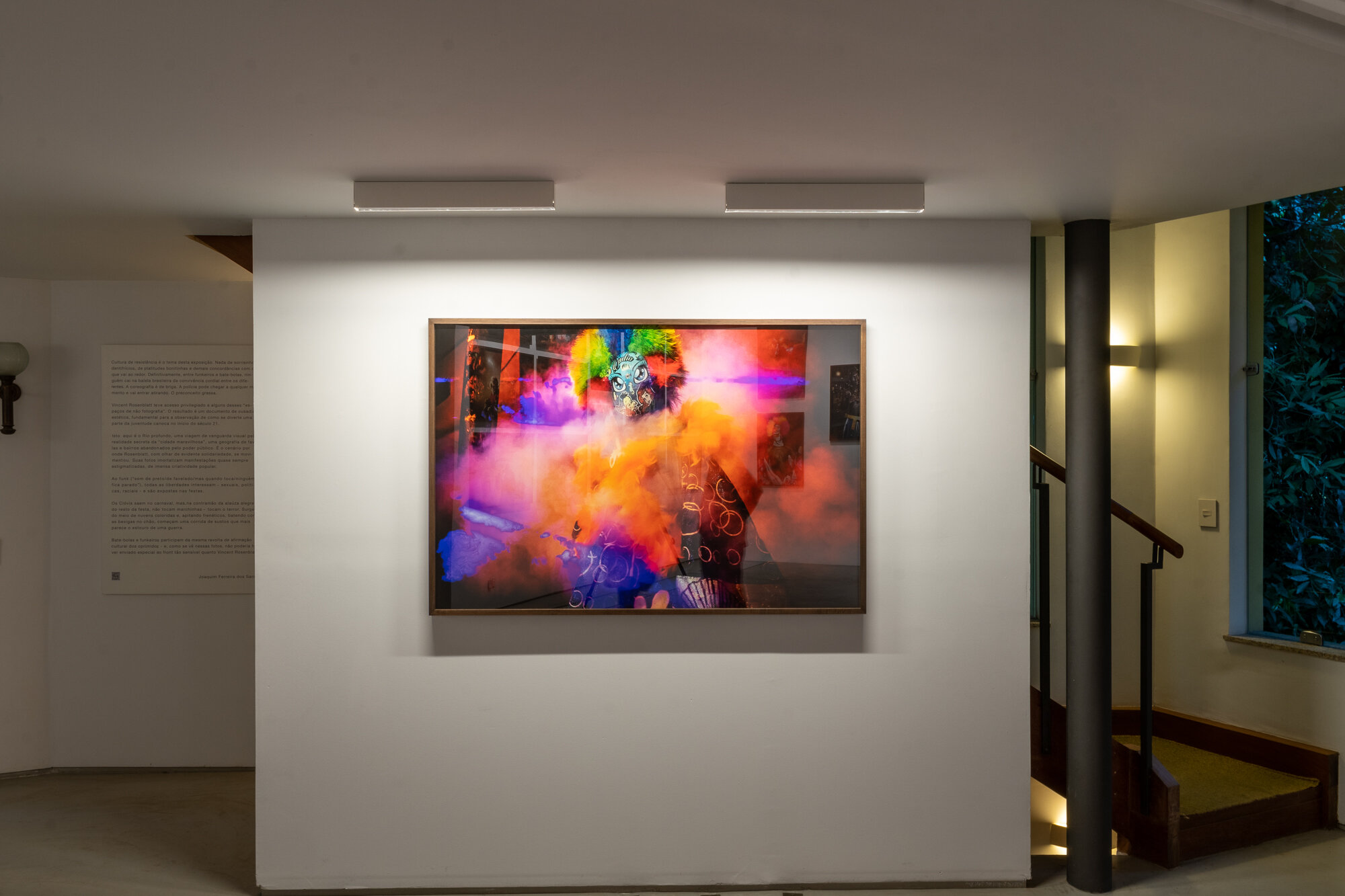
Exhibit « RIO NIGHT FEVER » by Vincent Rosenblatt at the Galeria da Gávea, Rio de Janeiro 2020
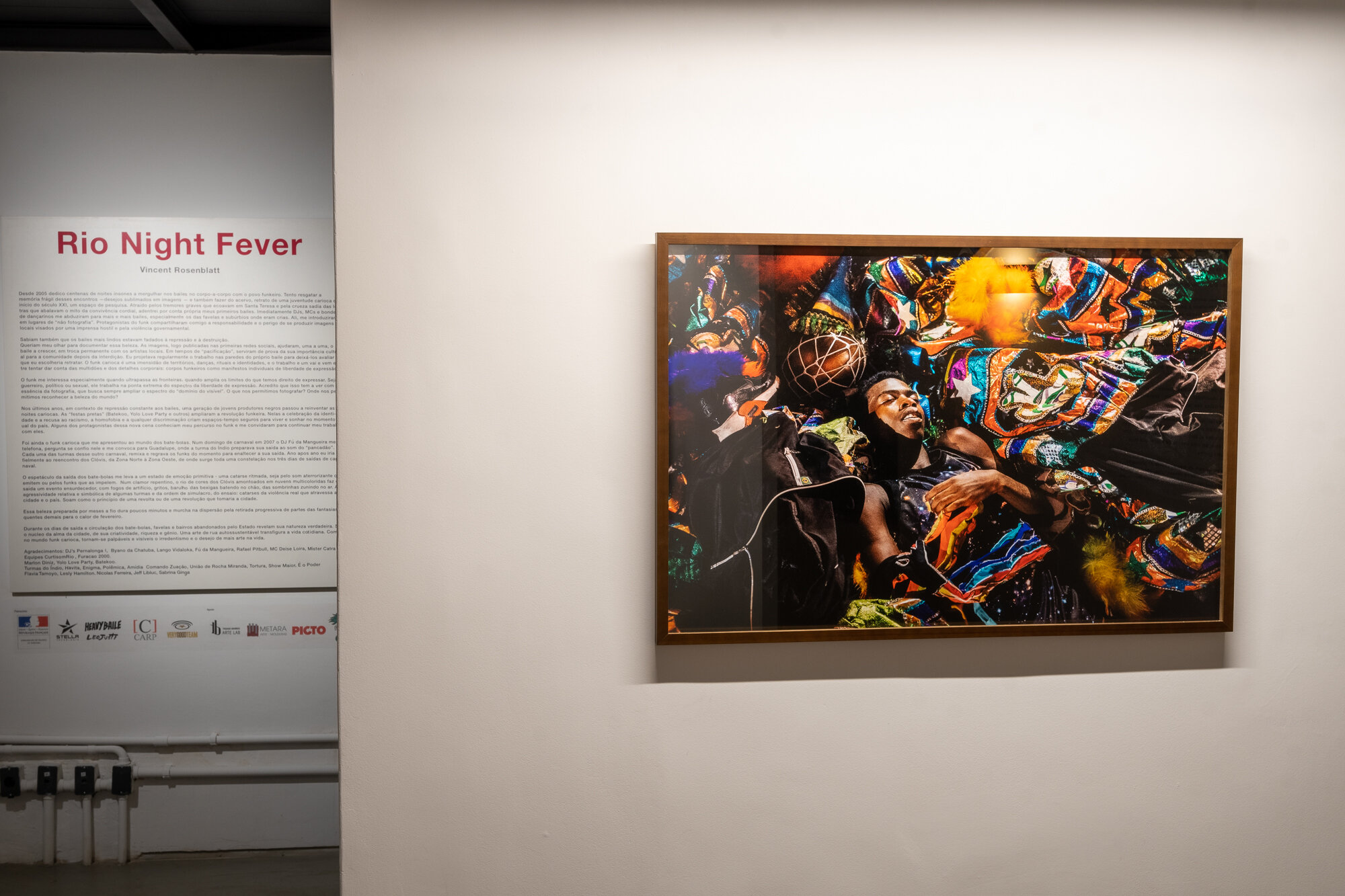
Exhibit « RIO NIGHT FEVER » by Vincent Rosenblatt at the Galeria da Gávea, Rio de Janeiro 2020
Publications : there’s a cool article & portfolio at Atlas Obscura about the Bate-Bola (in English) and a video at Brazil 21 TV (French)

During June & July 2016, for the first time of a half century of existence of the Clovis / Bate-bola culture, an exhibit took place in the heart of their territory; the gallery of the SESC-Madureira. Not only a photography exhibit, but also complete outfits and masks, debates & lectures.
Back in 2015, at the CACP-Vila Pérochon in the town of Niort, France, I had an outdoor show of this series.
